Messier Monday: The Ultimate Trip
After more than two years, we’ve visited all 110 objects. Have a look back at each one!
“If you keep your eyes open enough, oh, the stuff you will learn. Oh, the most wonderful stuff.” –Dr. Seuss
In October of 2012, twenty-six months and one blog ago, we began a journey through the Messier catalogue, the first major, comprehensive effort to map the fixed, extended clusters, nebulae and (as we now know) galaxies in the night sky. It took 110 Mondays for us to complete it all, but now that we have, let’s take a tour, in incomparable pictures (and links, for those of you who want more information) through each and every one!
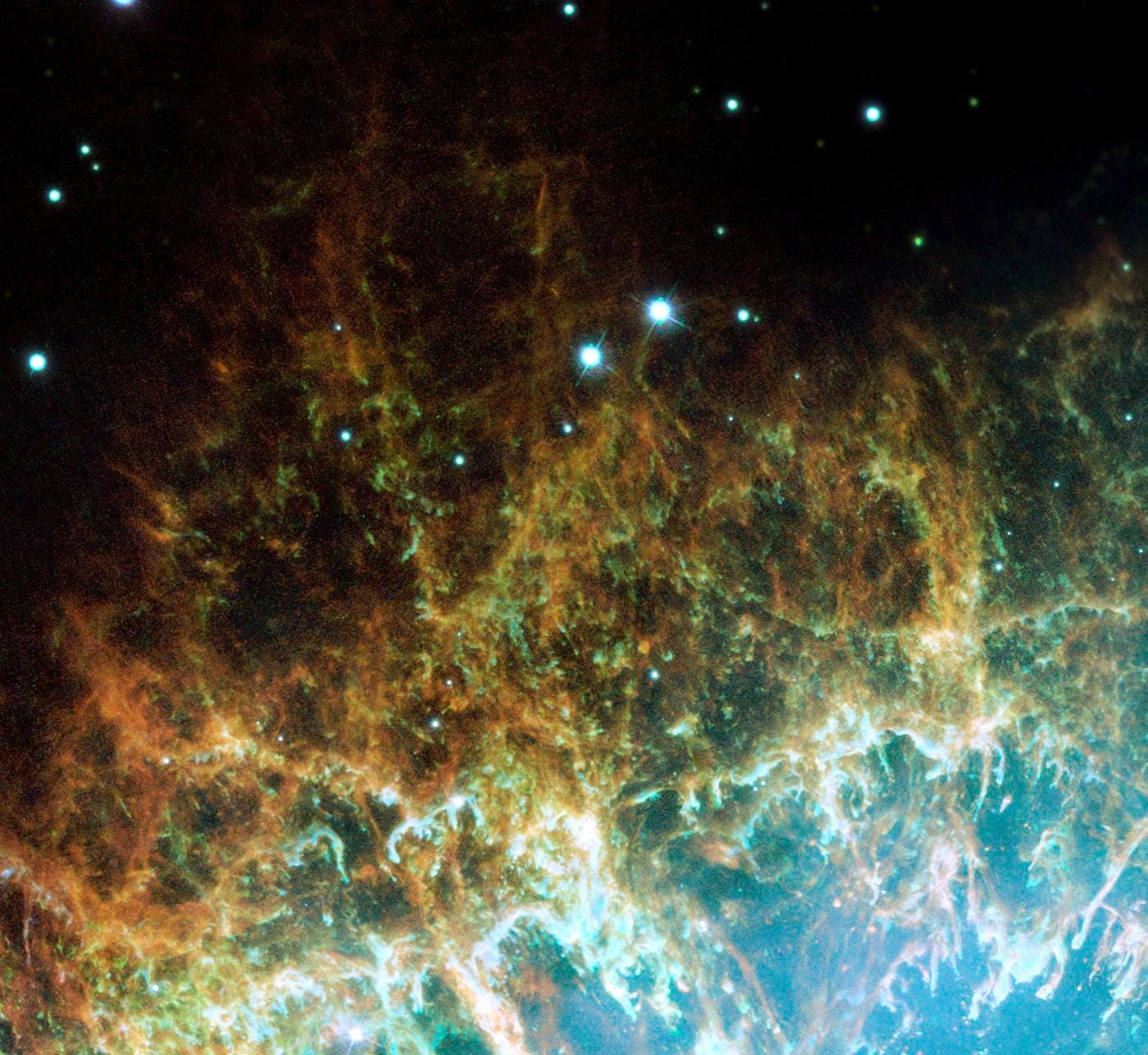
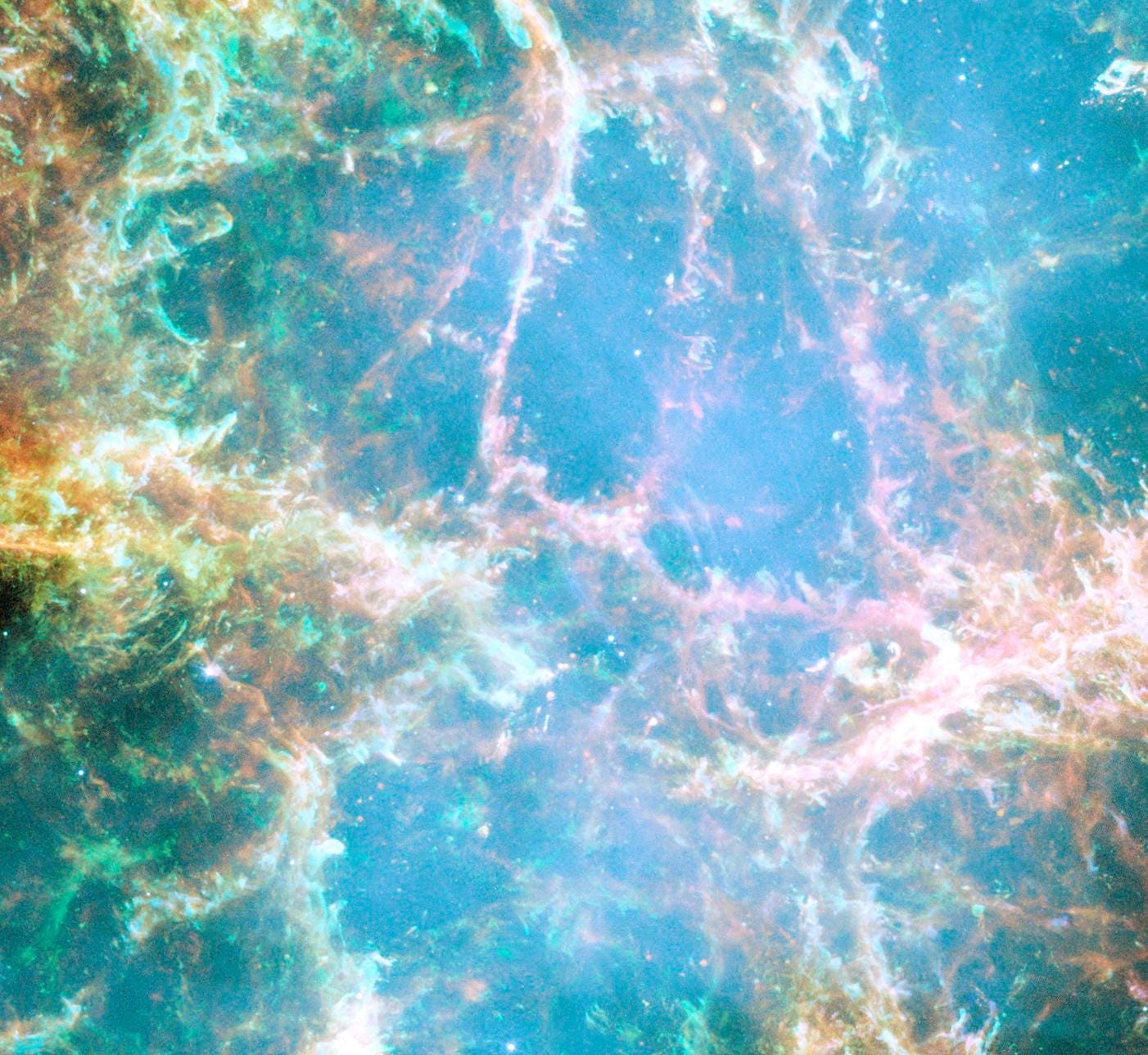
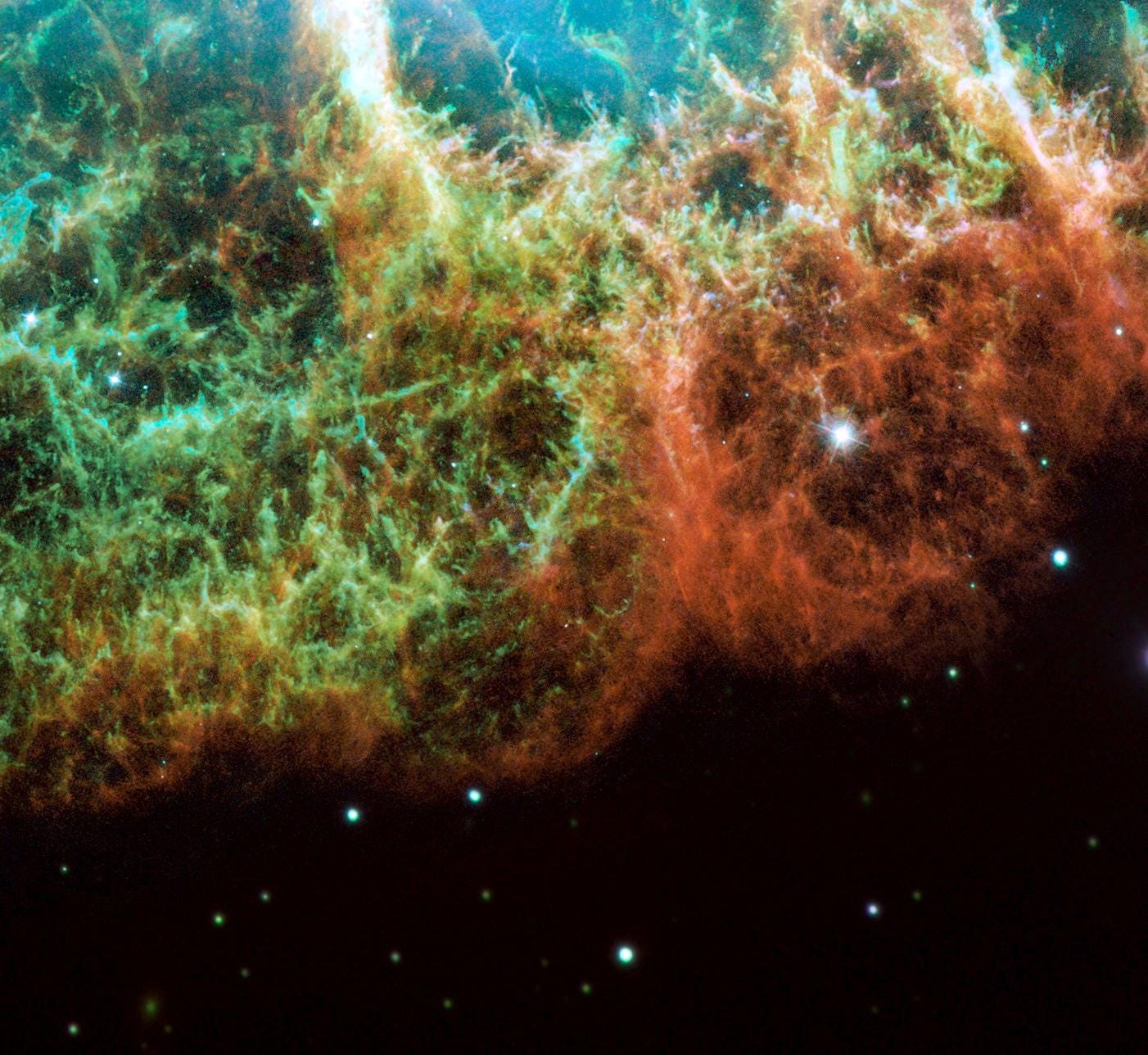
- M1, The Crab Nebula: October 22, 2012
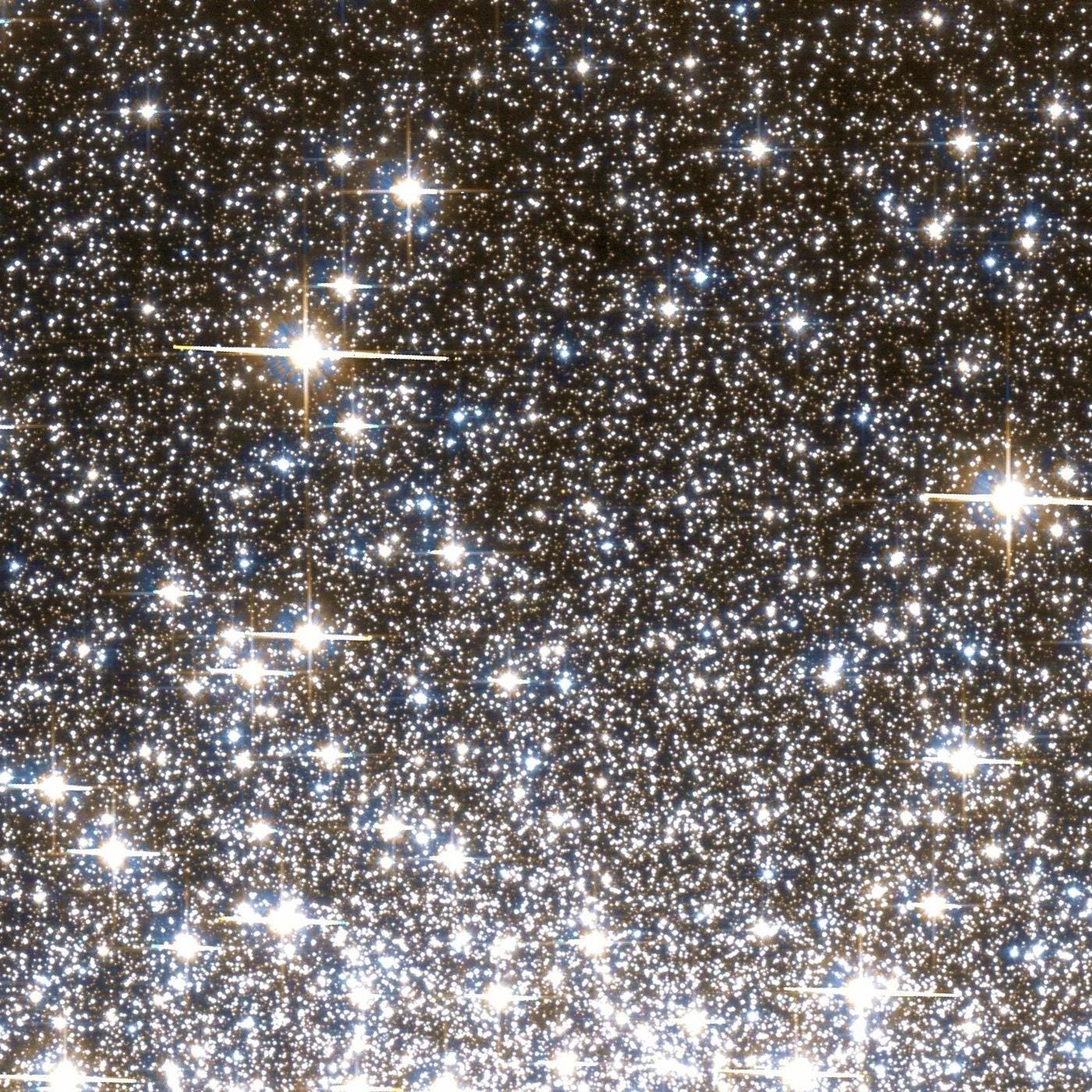
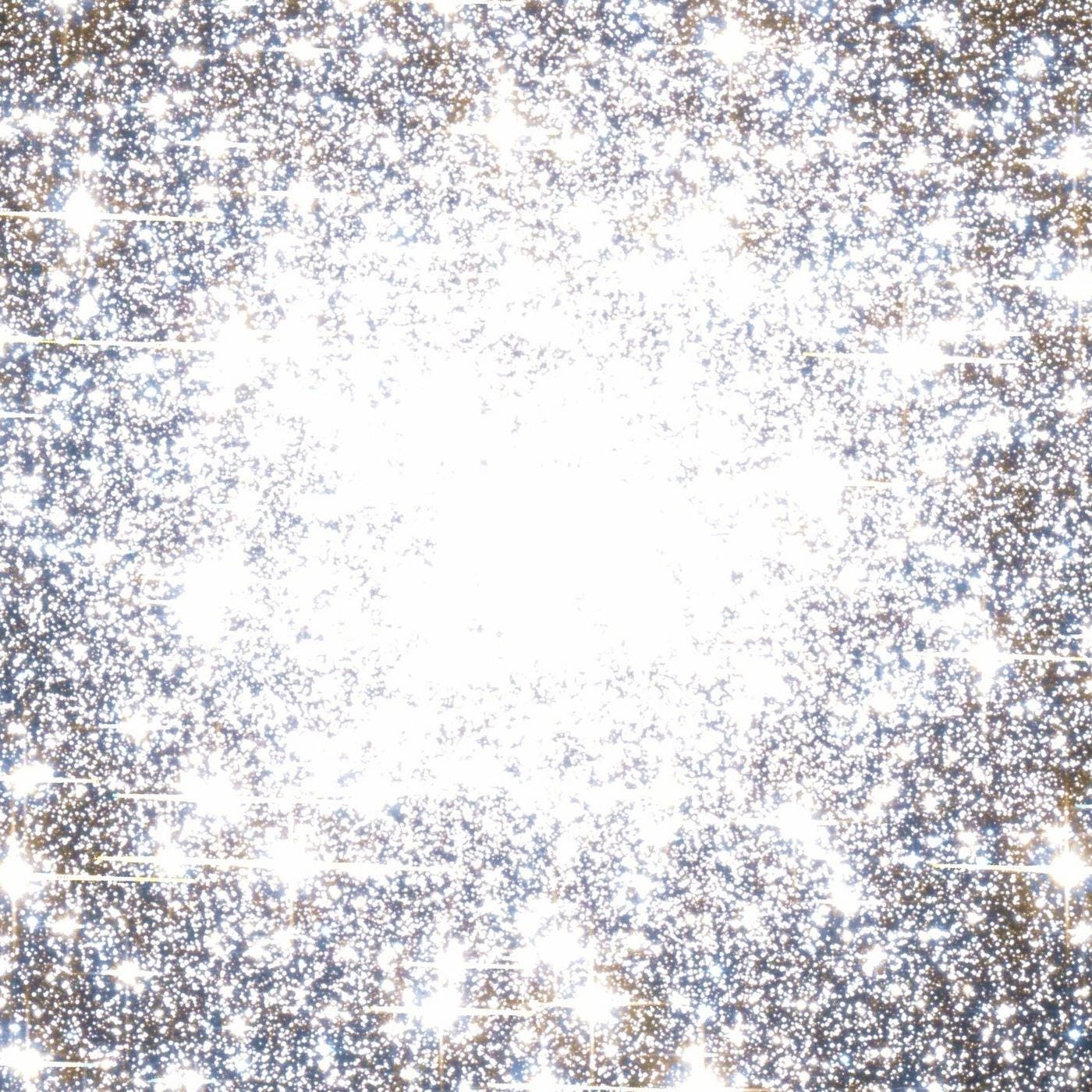
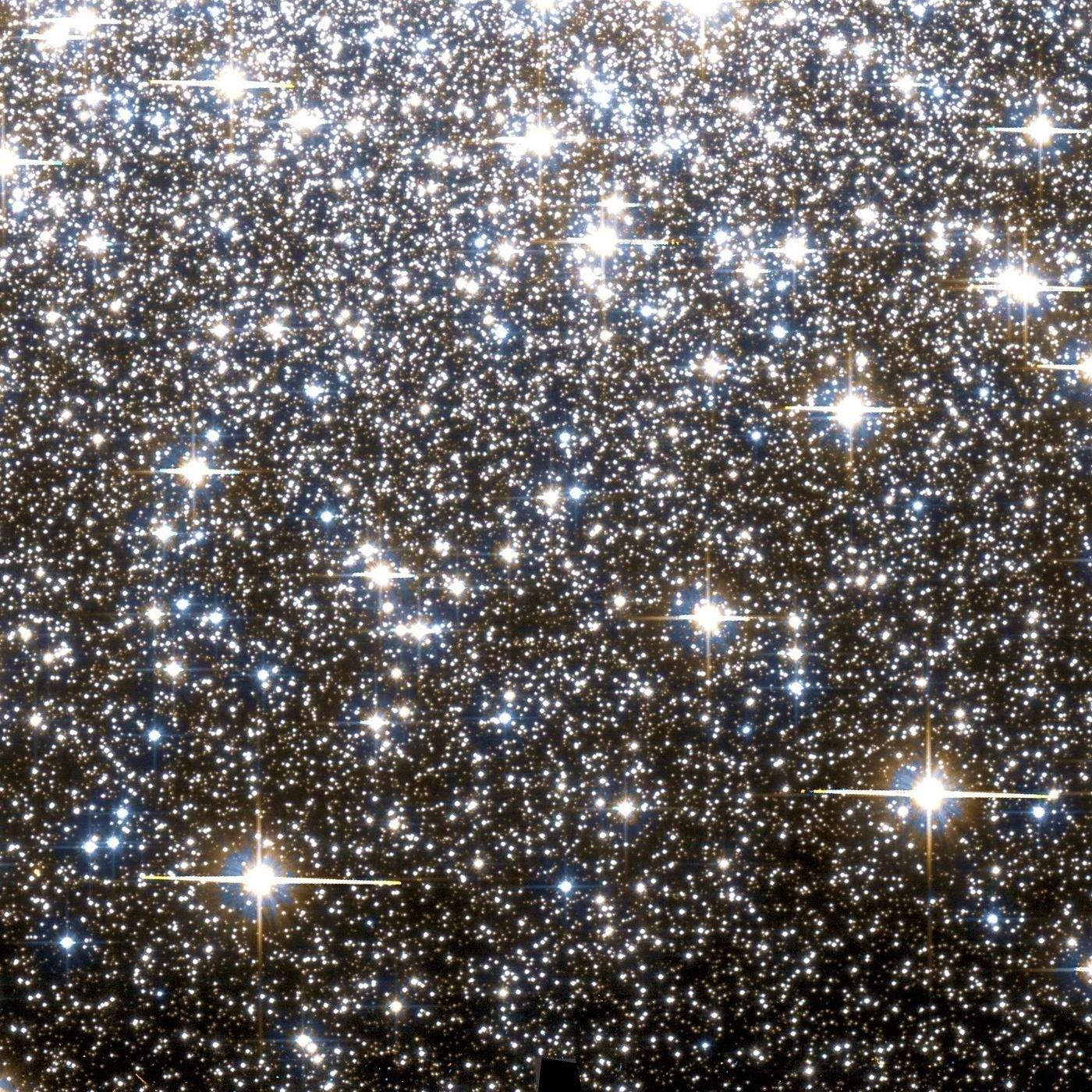
- M2, Messier’s First Globular Cluster: June 17, 2013
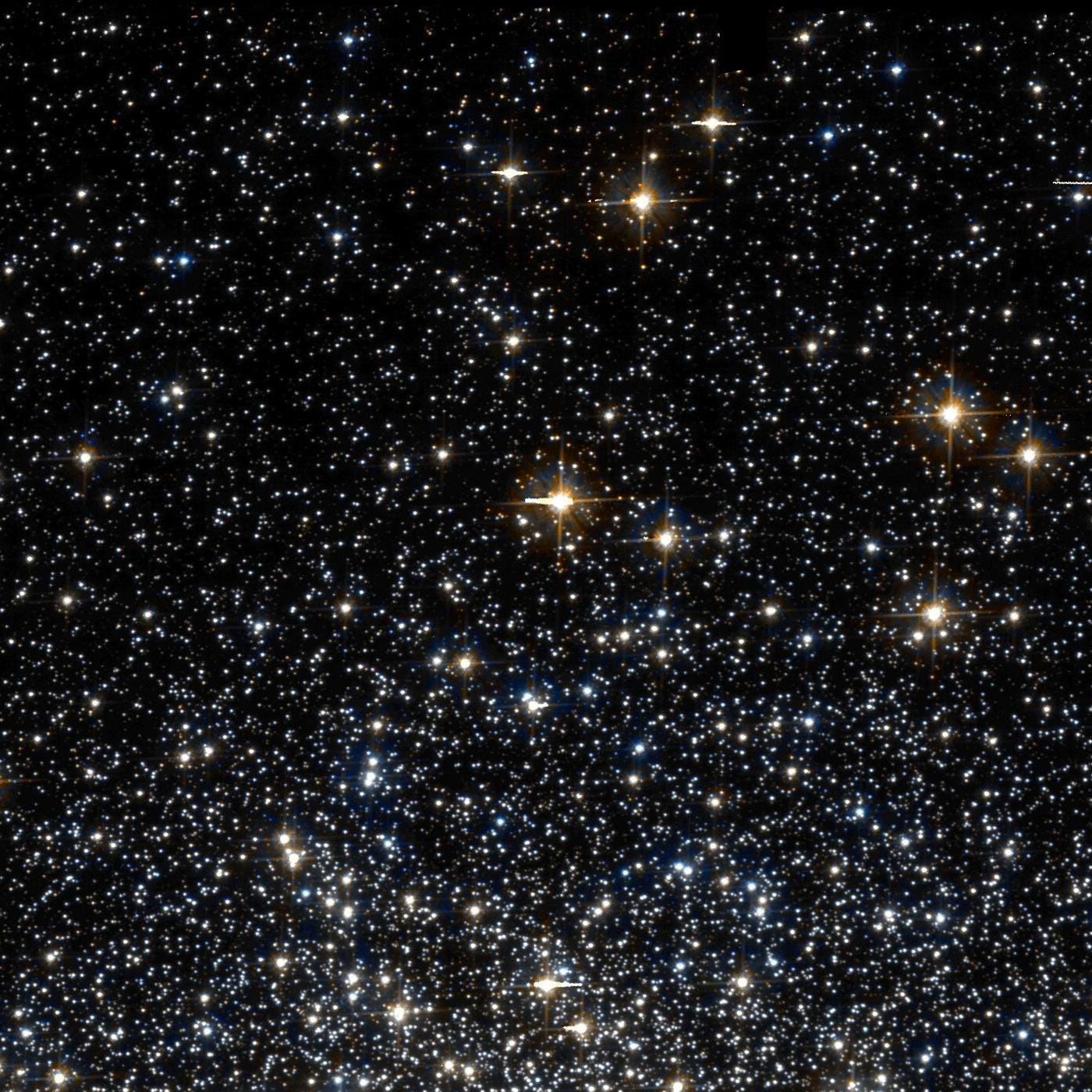
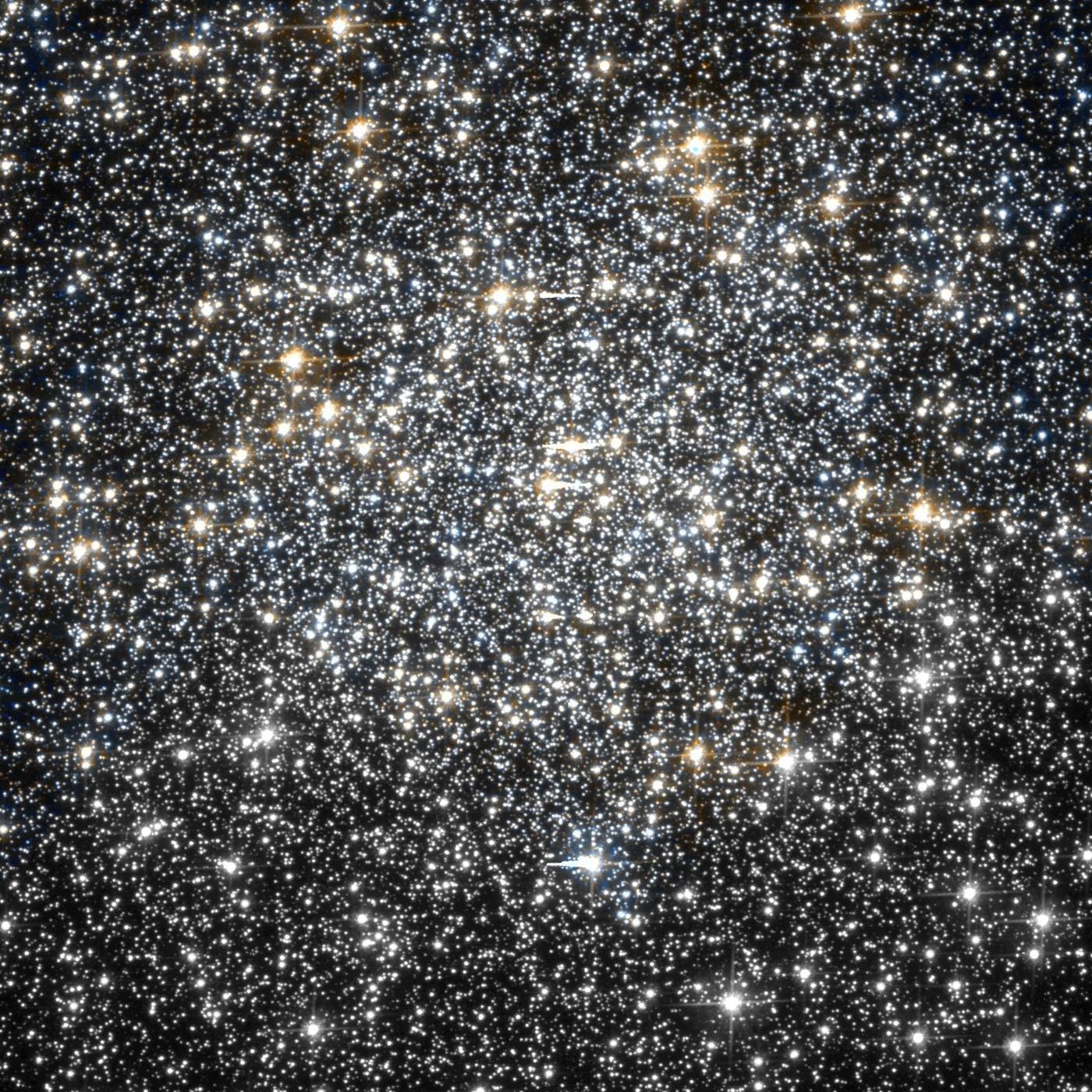
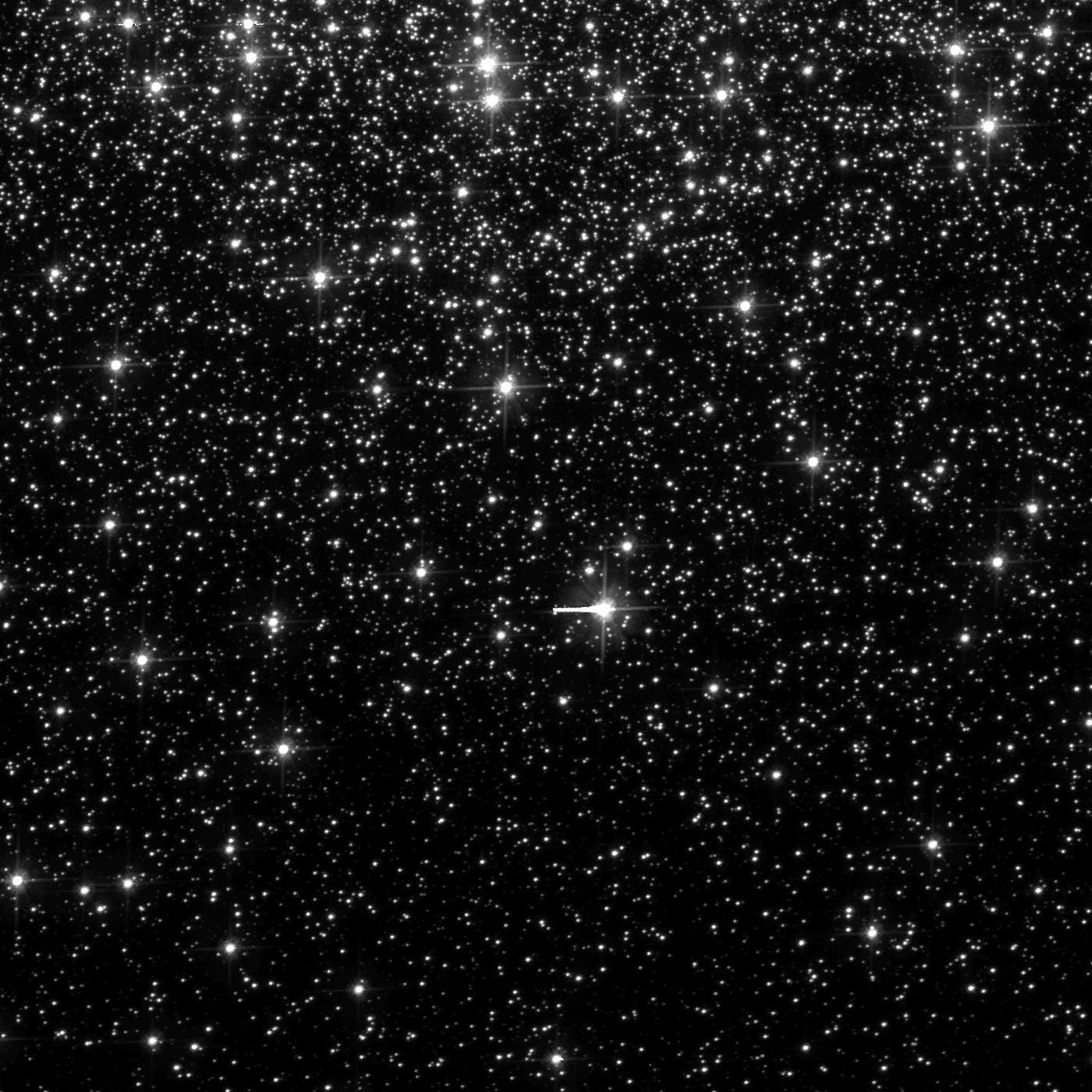
- M3, Messier’s First Original Discovery: February 17, 2014
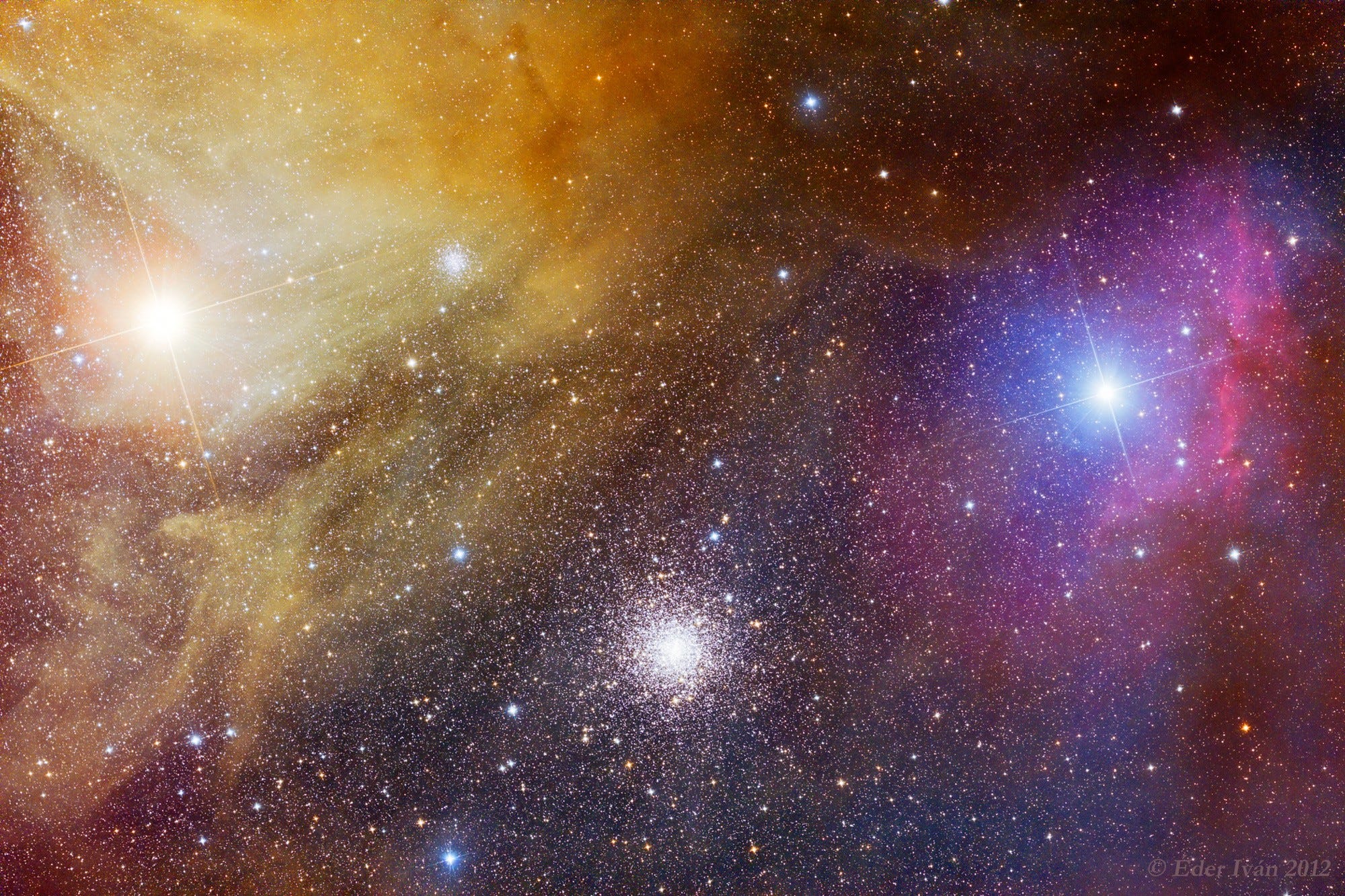
- M4, A Cinco de Mayo Special: May 5, 2014
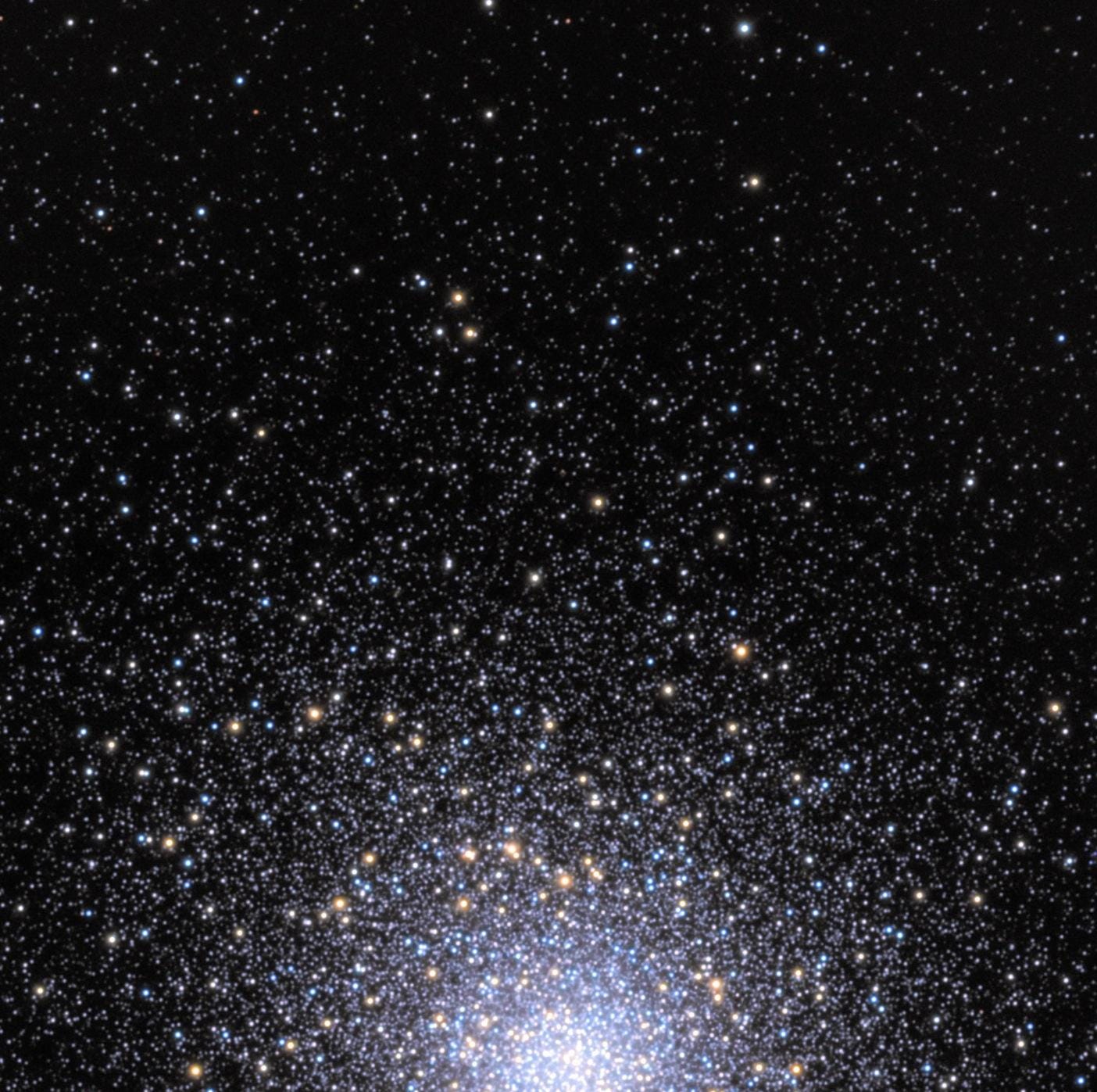
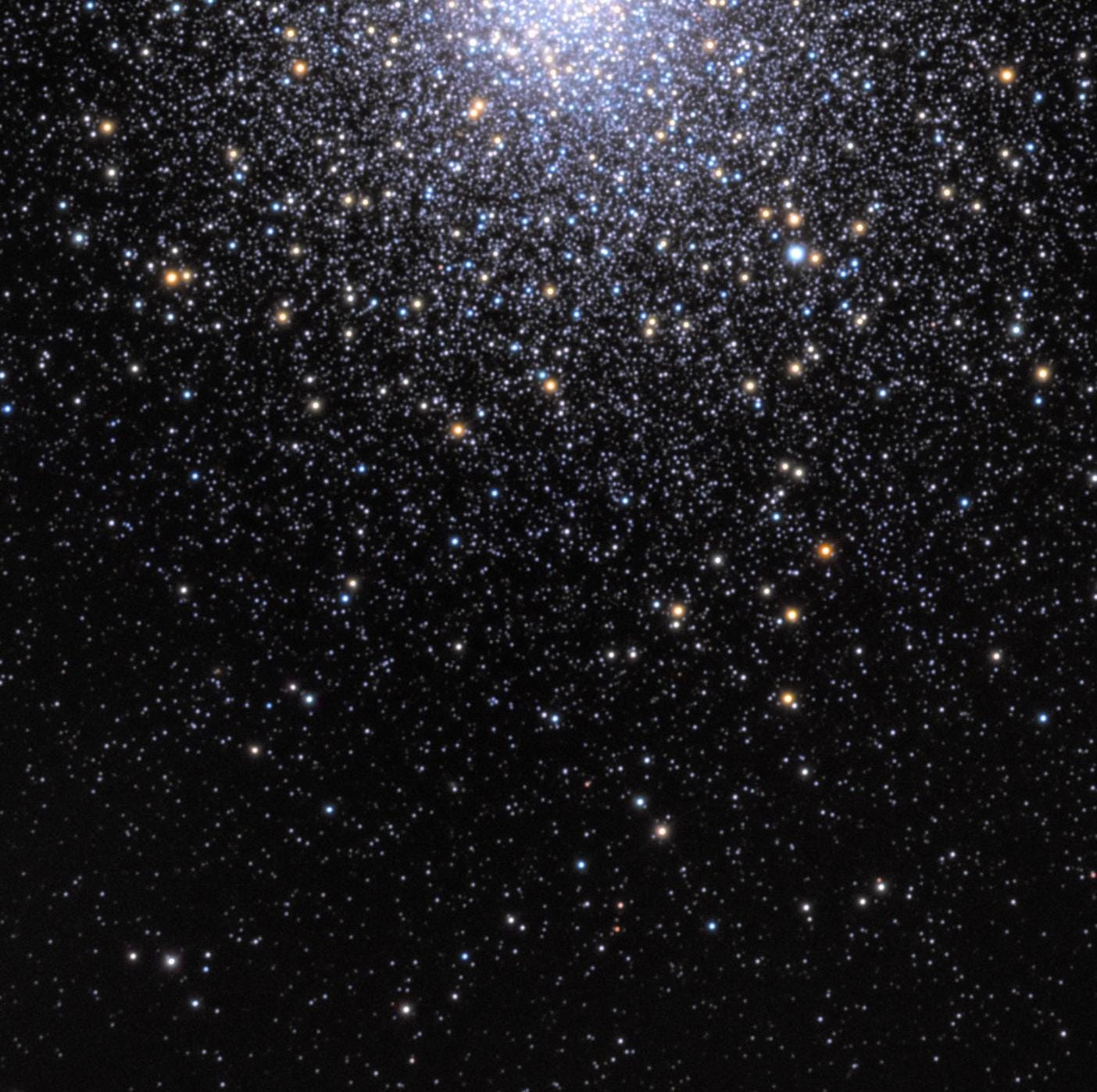
- M5, A Hyper-Smooth Globular Cluster: May 20, 2013
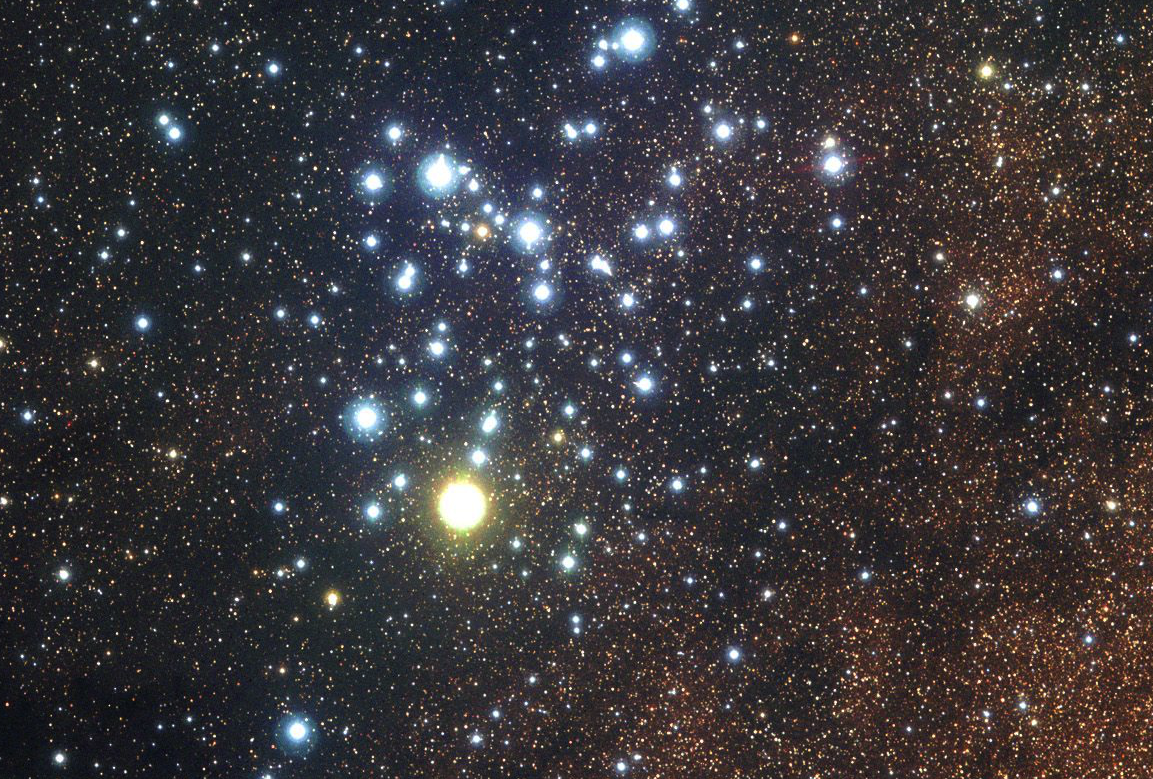
- M6, The Butterfly Cluster: August 18, 2014
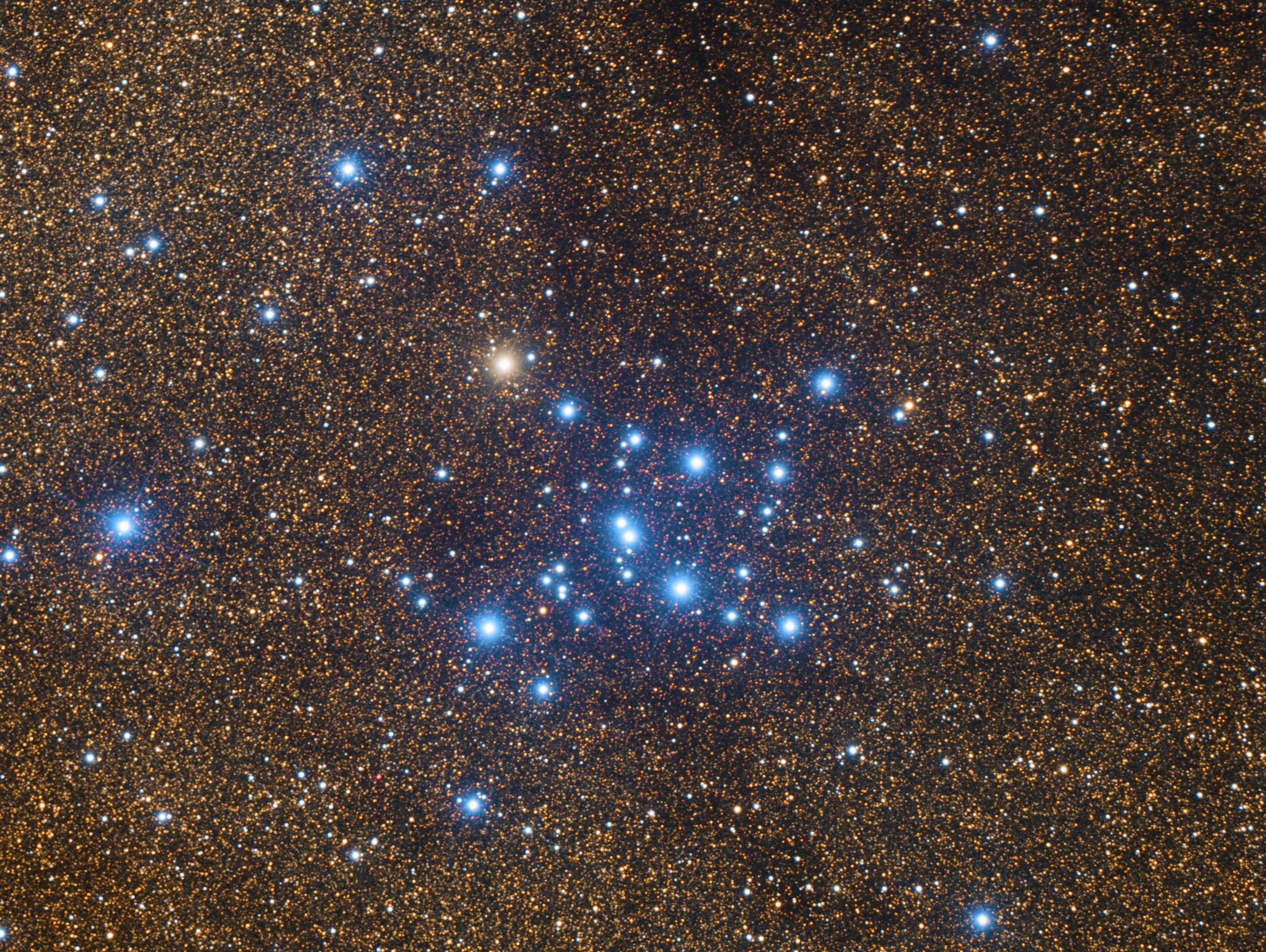
- M7, The Most Southerly Messier Object: July 8, 2013
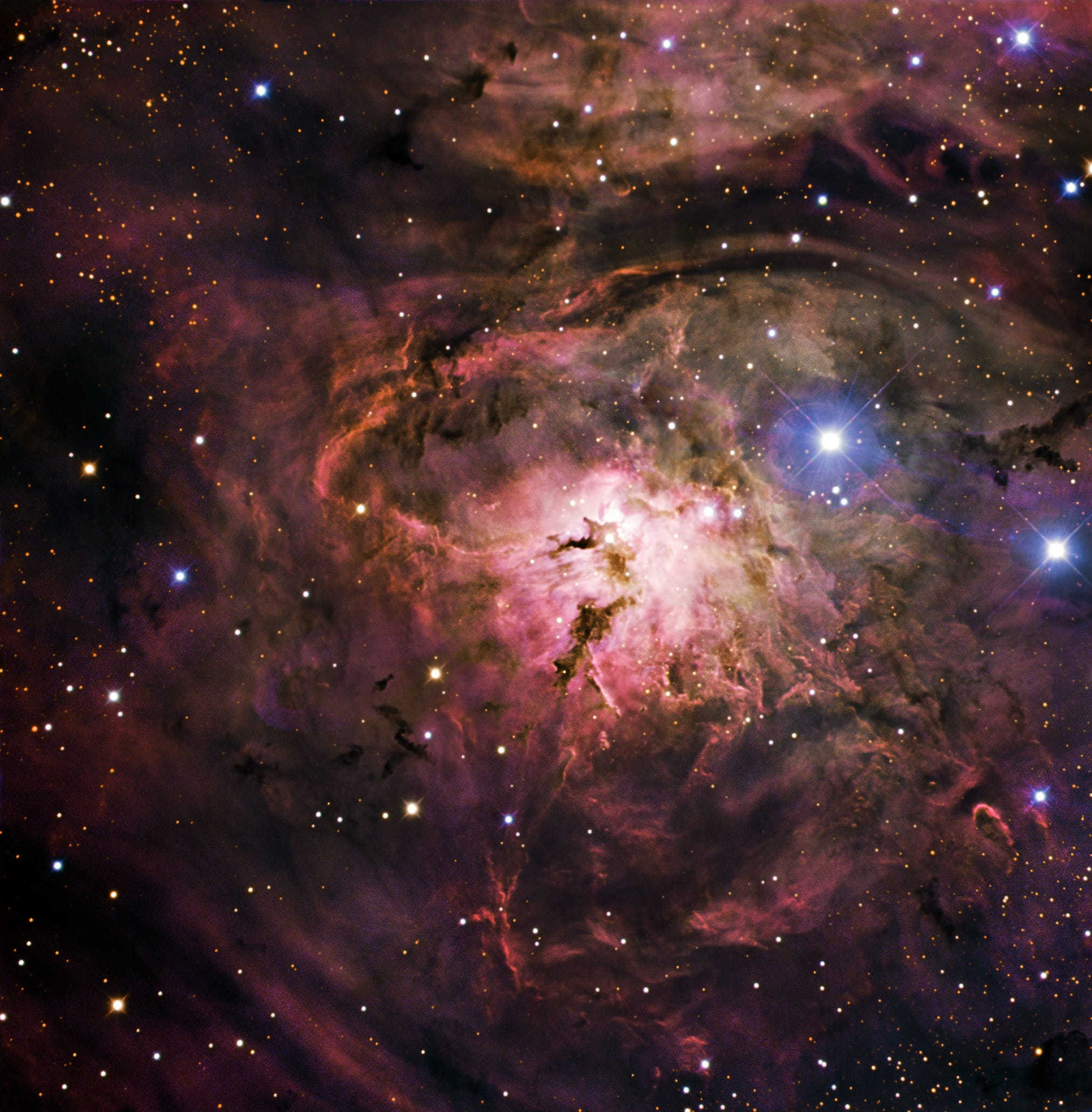
- M8, The Lagoon Nebula: November 5, 2012
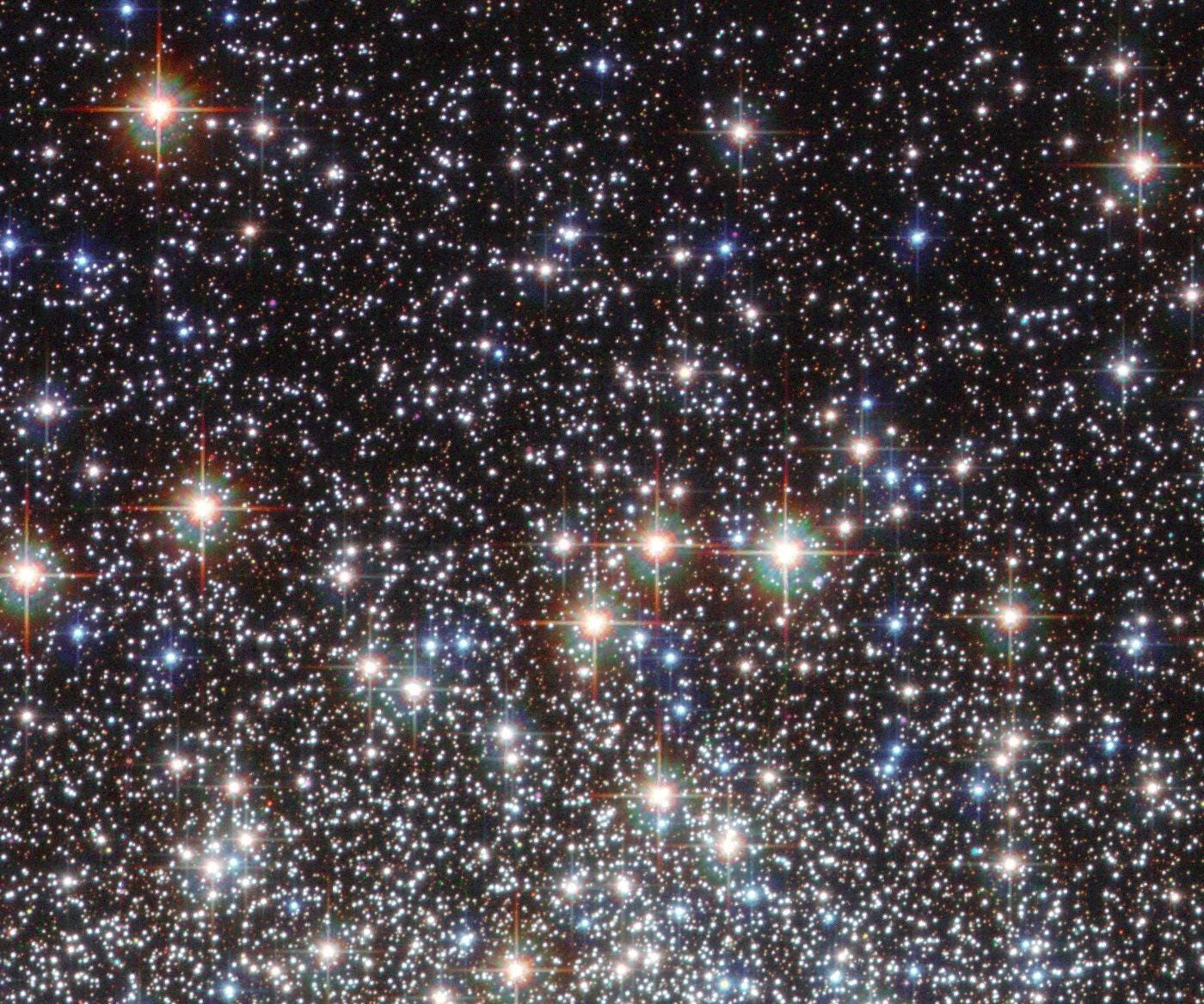
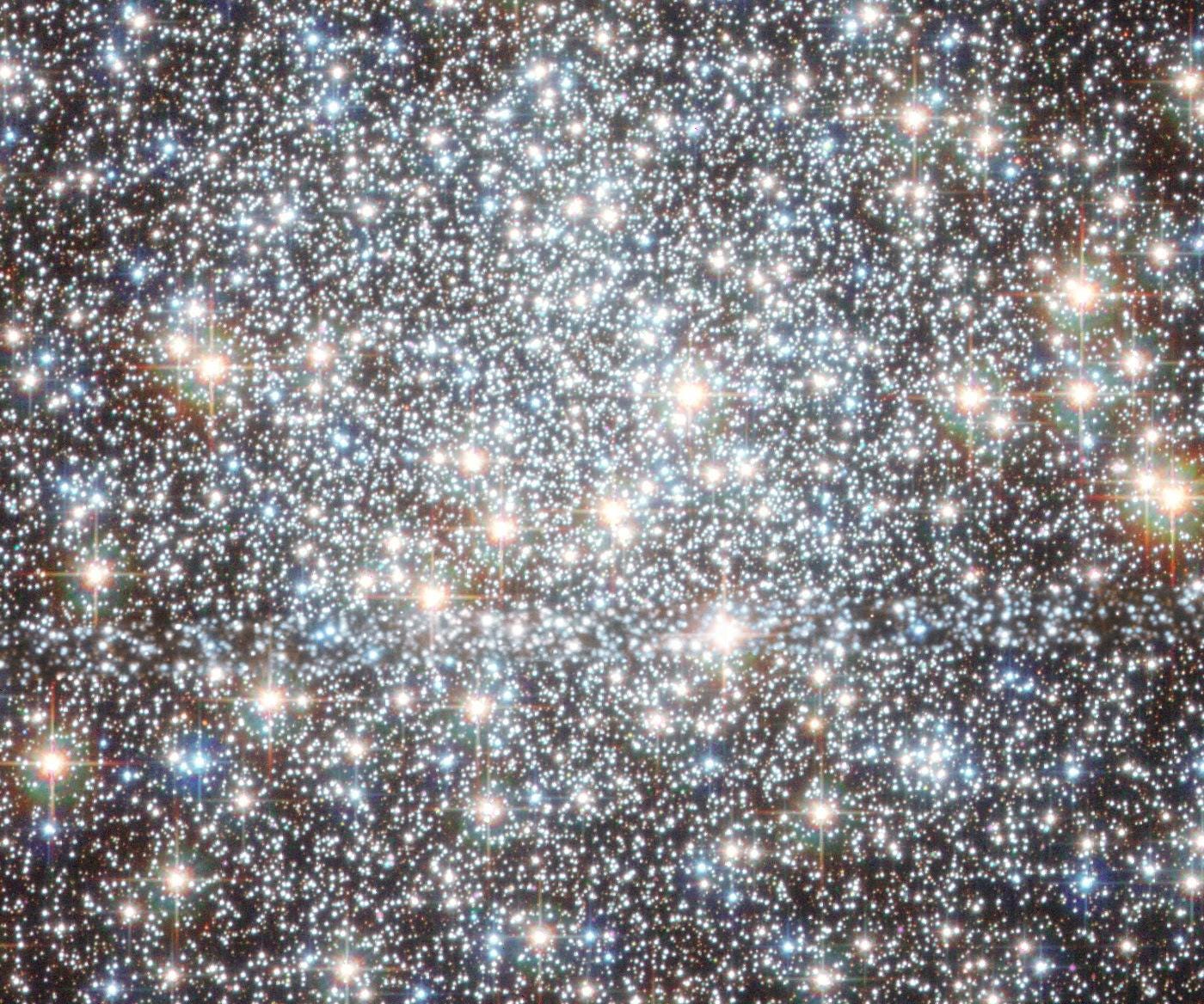
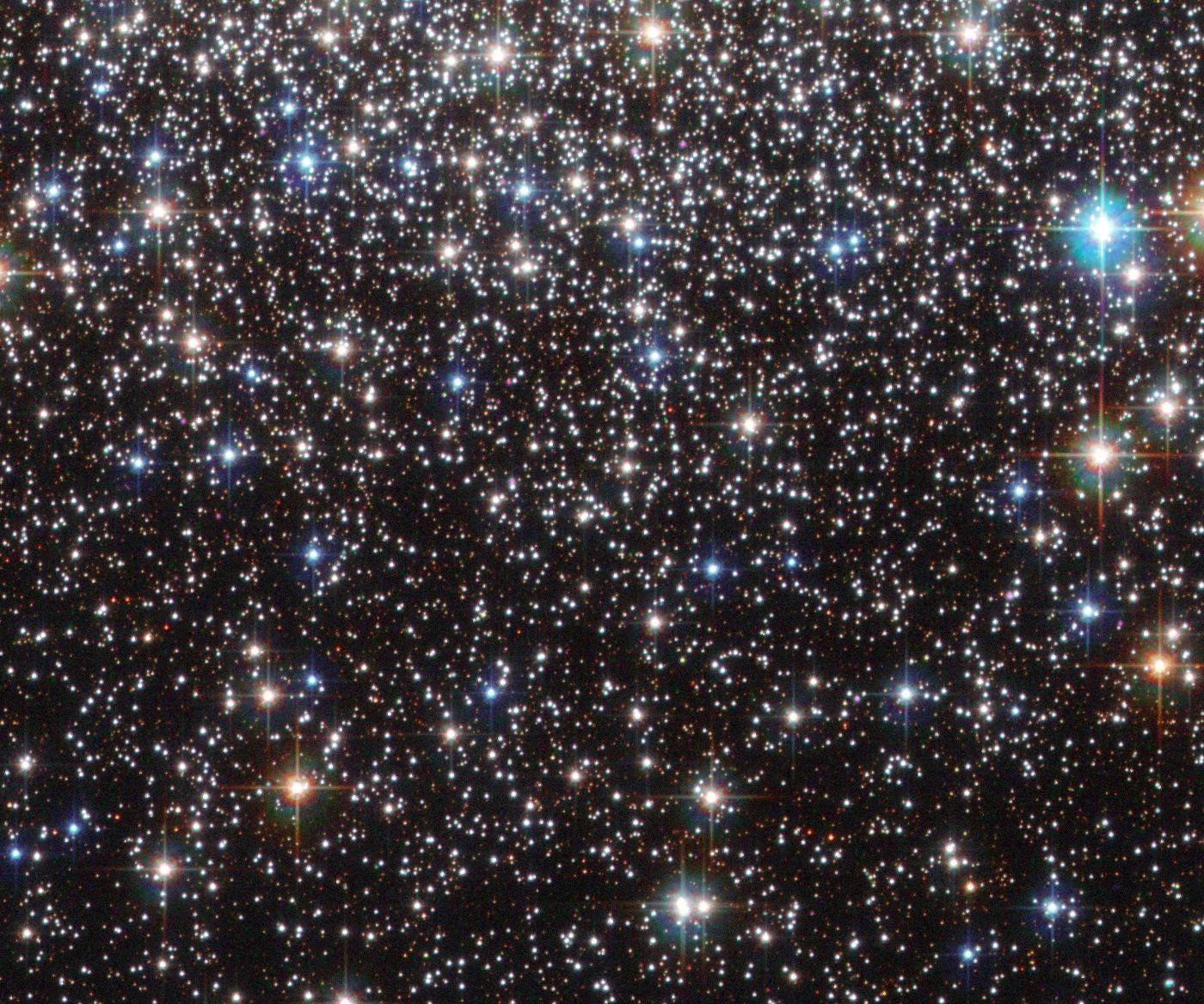
- M9, A Globular from the Galactic Center: July 7, 2014
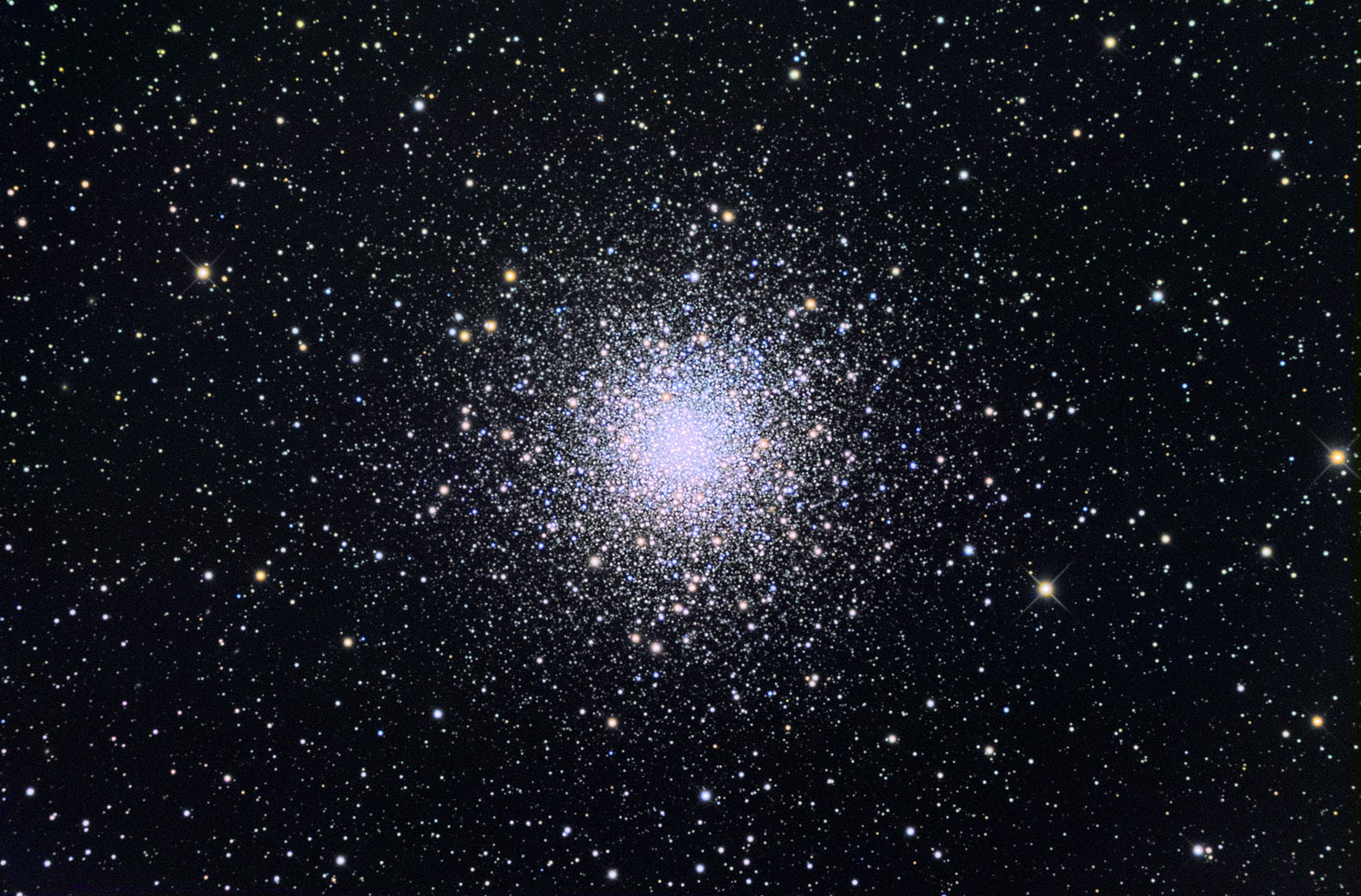
- M10, A Perfect Ten on the Celestial Equator: May 12, 2014
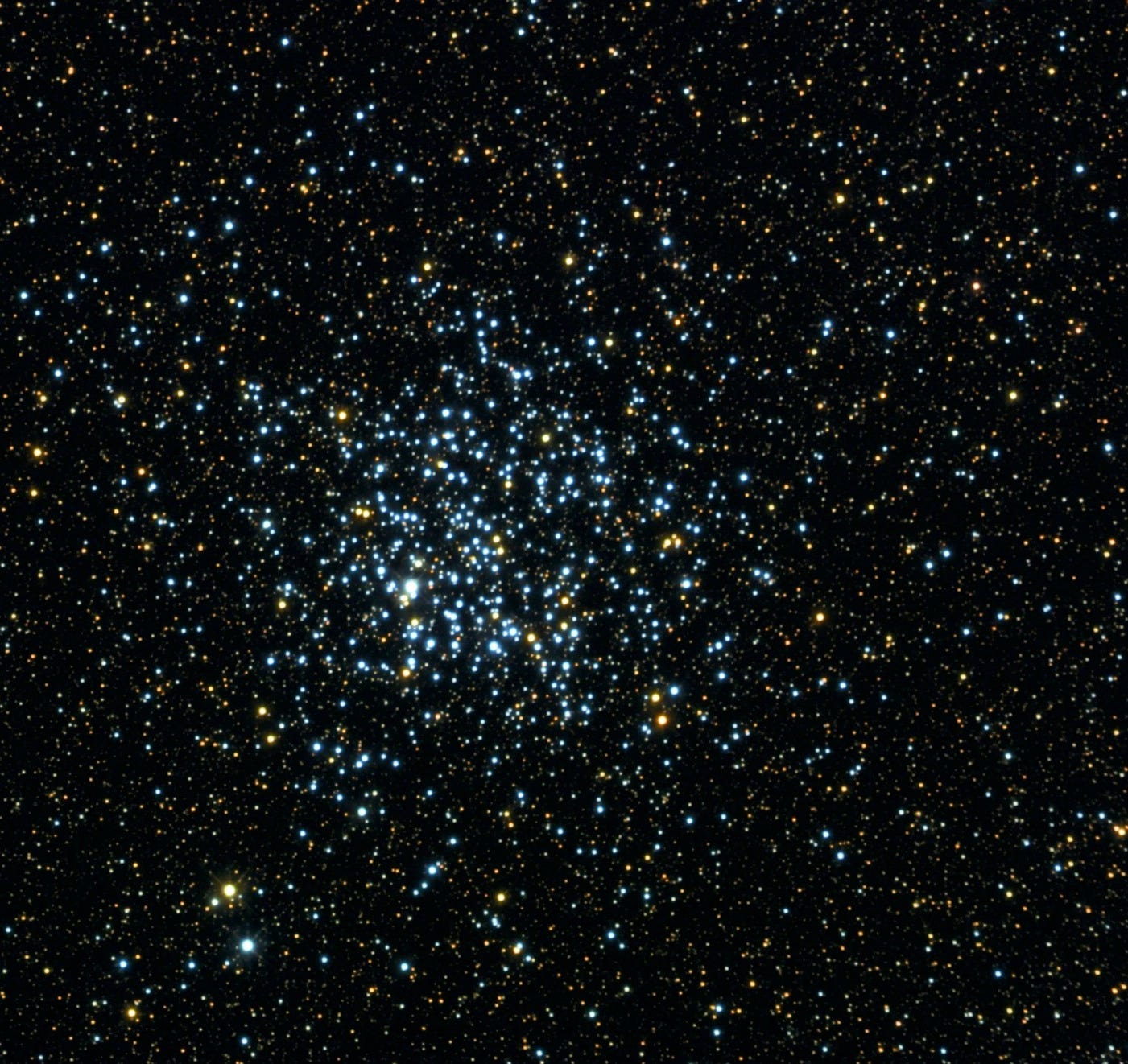
- M11, The Wild Duck Cluster: September 9, 2013
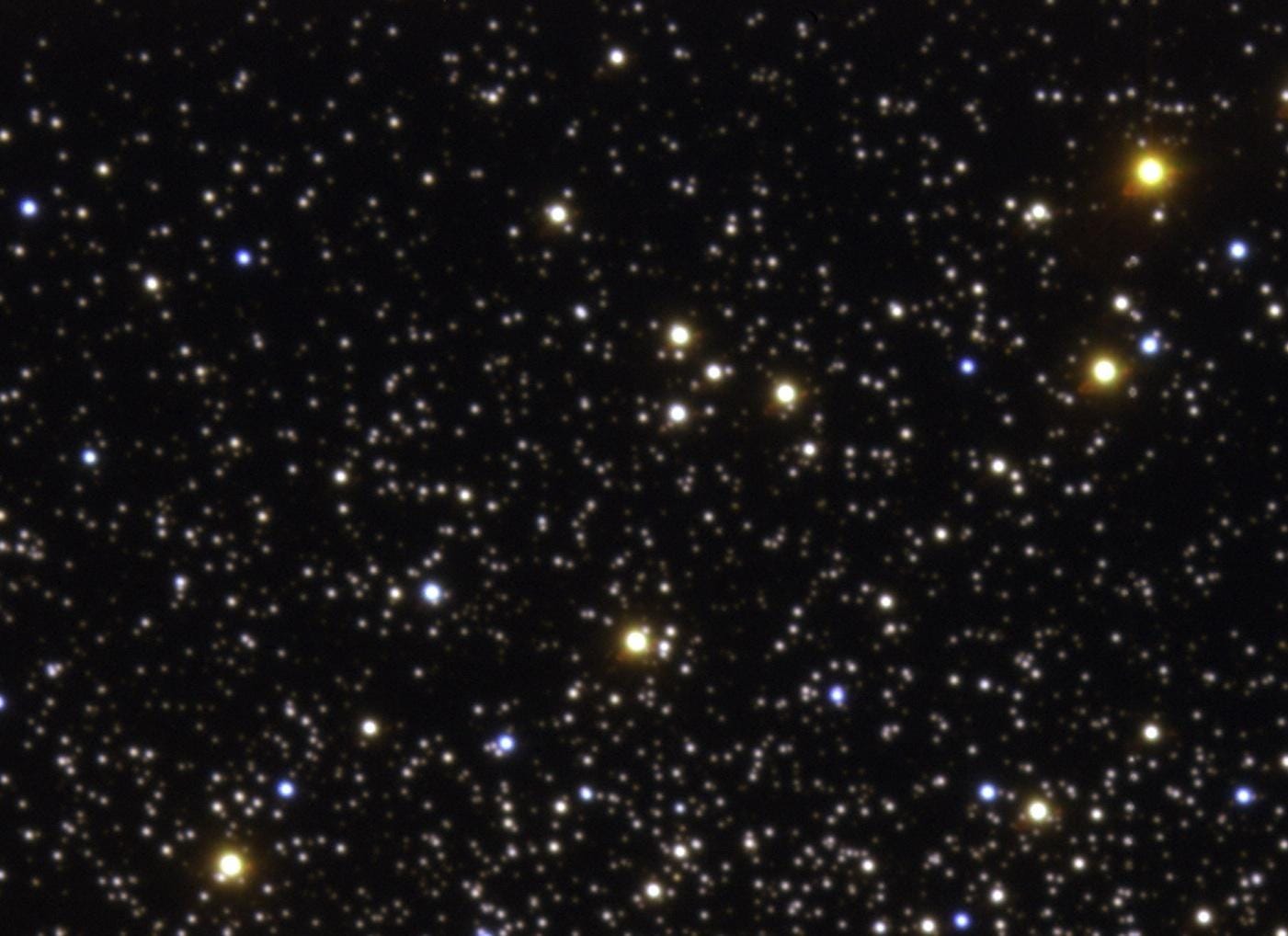
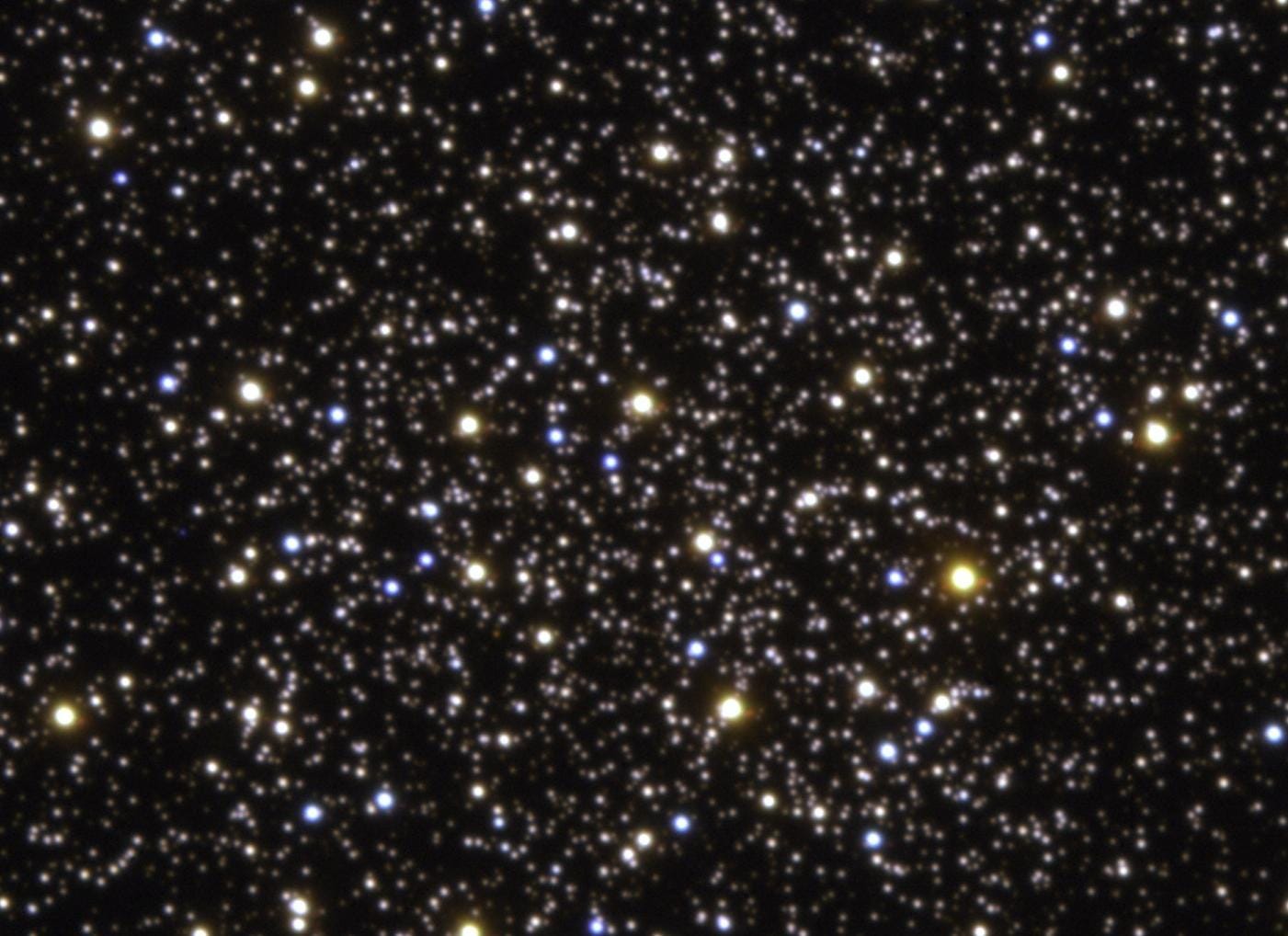
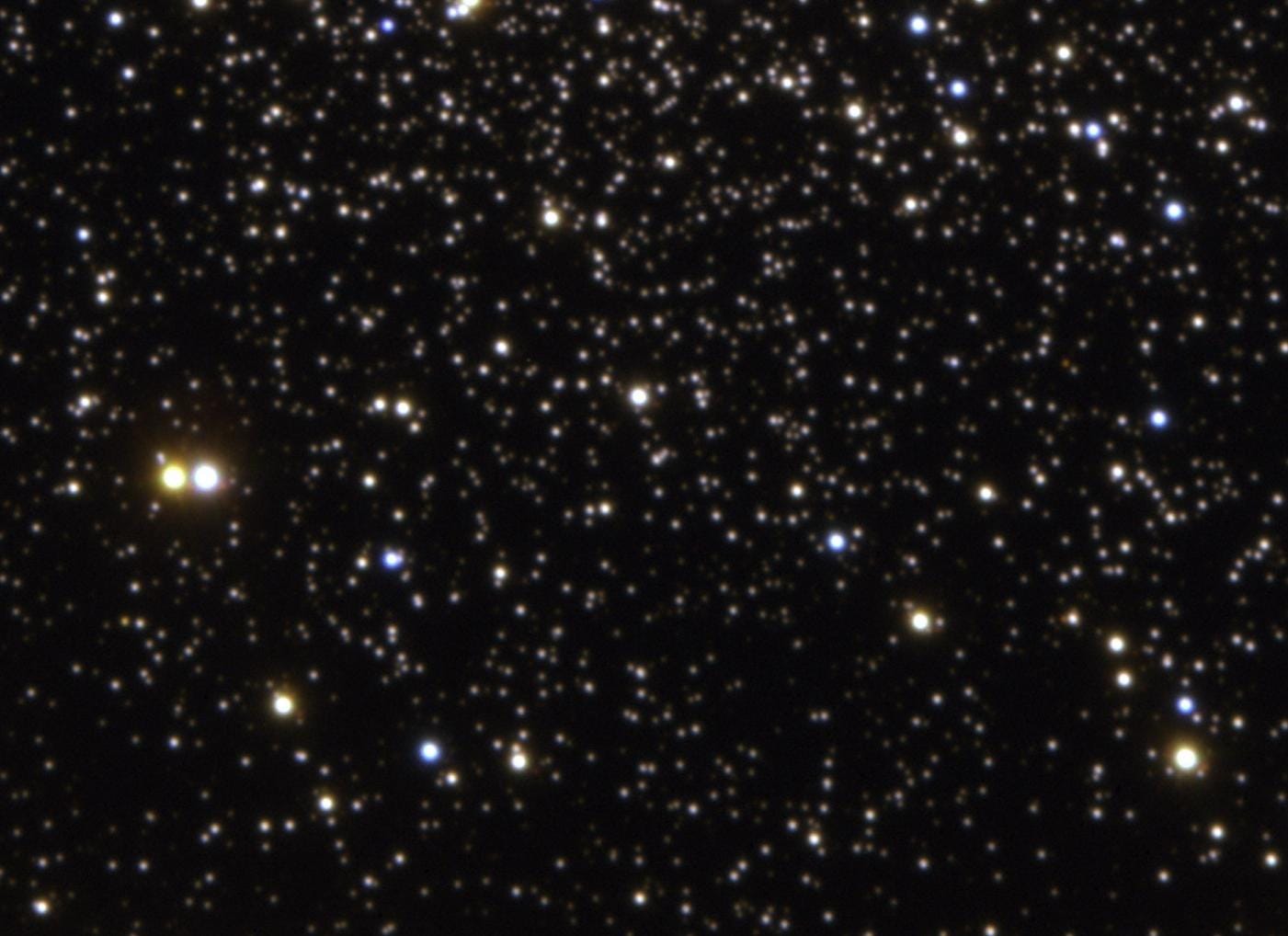
- M12, The Top-Heavy Gumball Globular: August 26, 2013
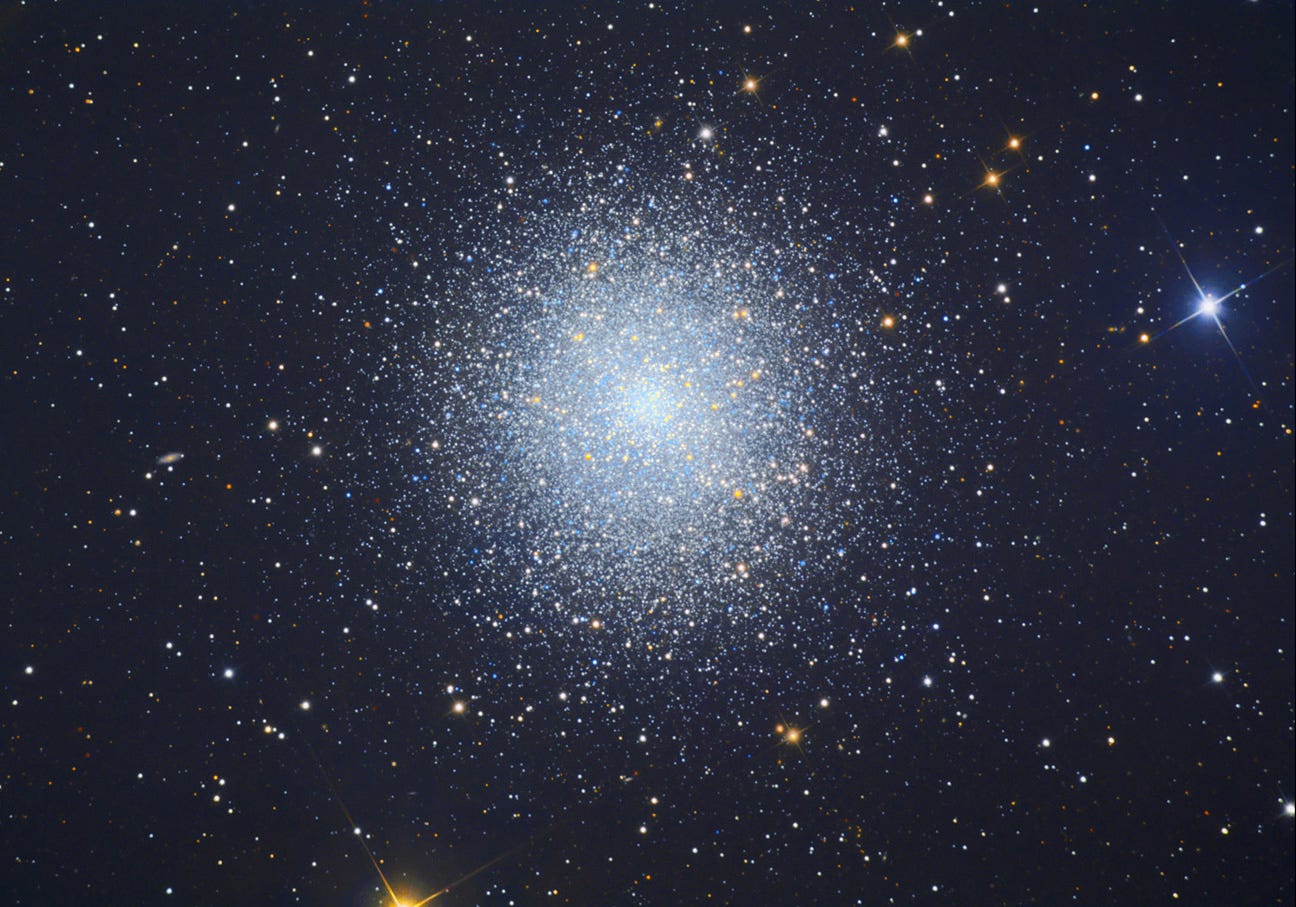
- M13, The Great Globular Cluster in Hercules: December 31, 2012
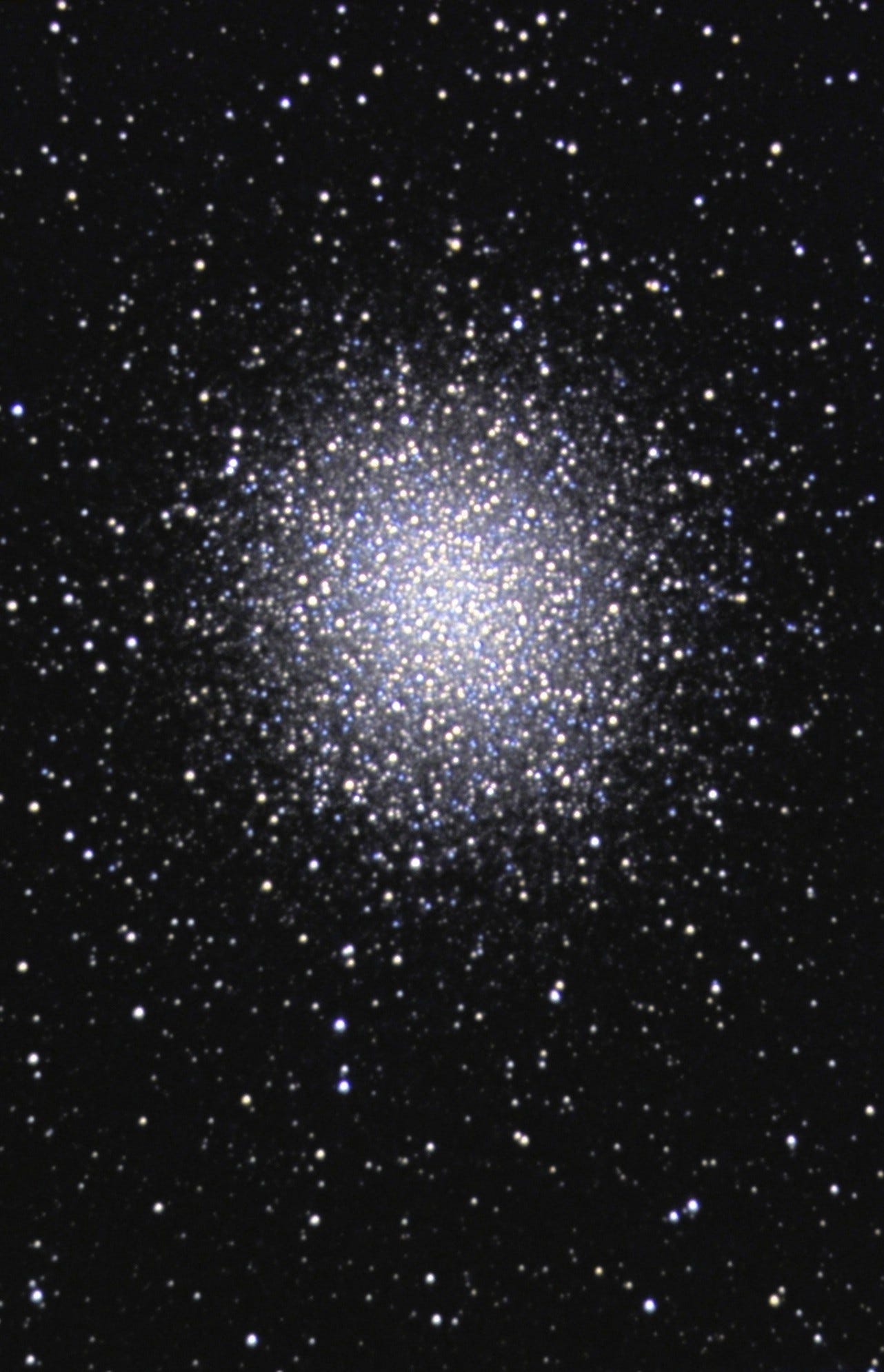
- M14, The Overlooked Globular: June 9, 2014
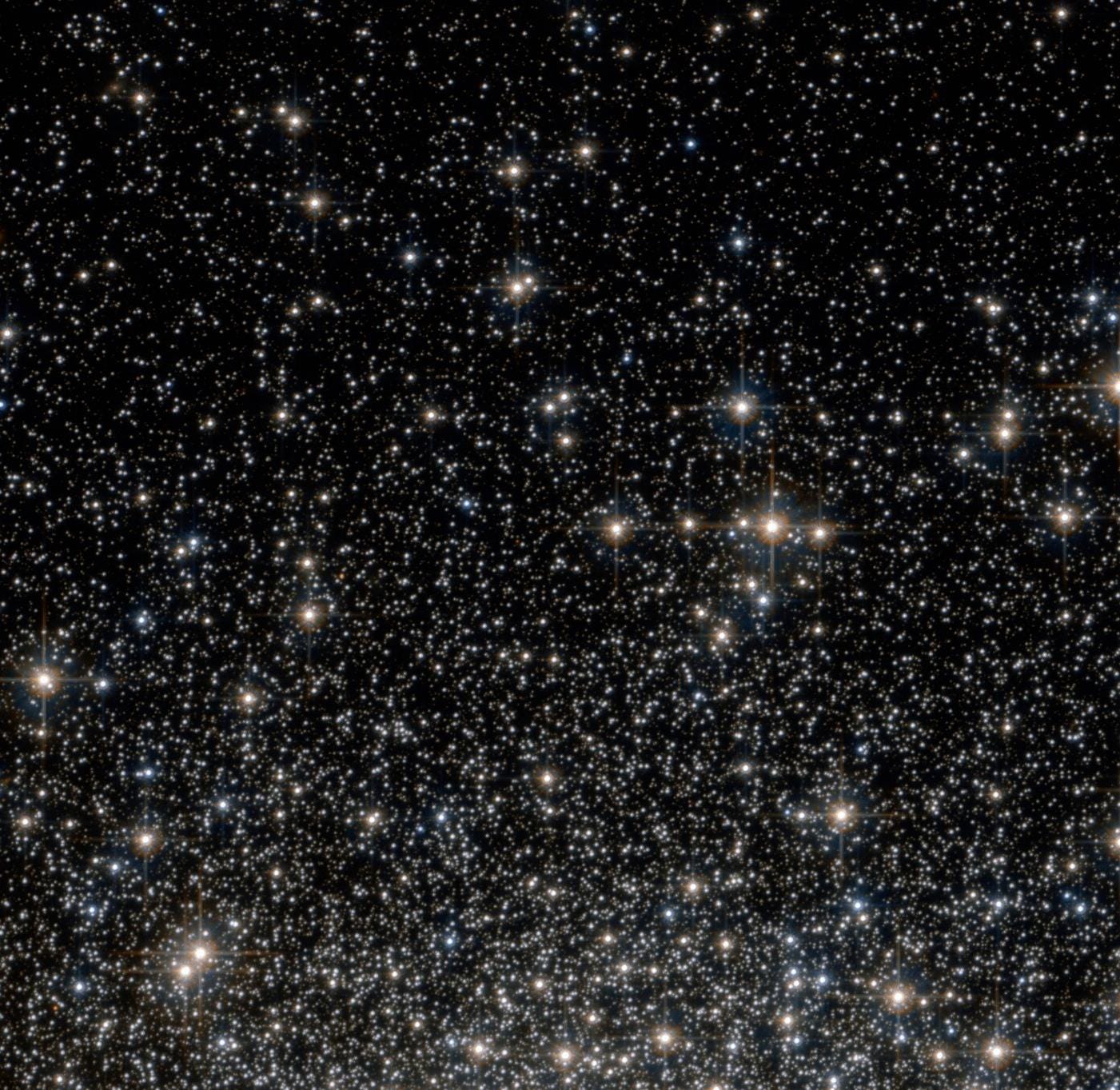
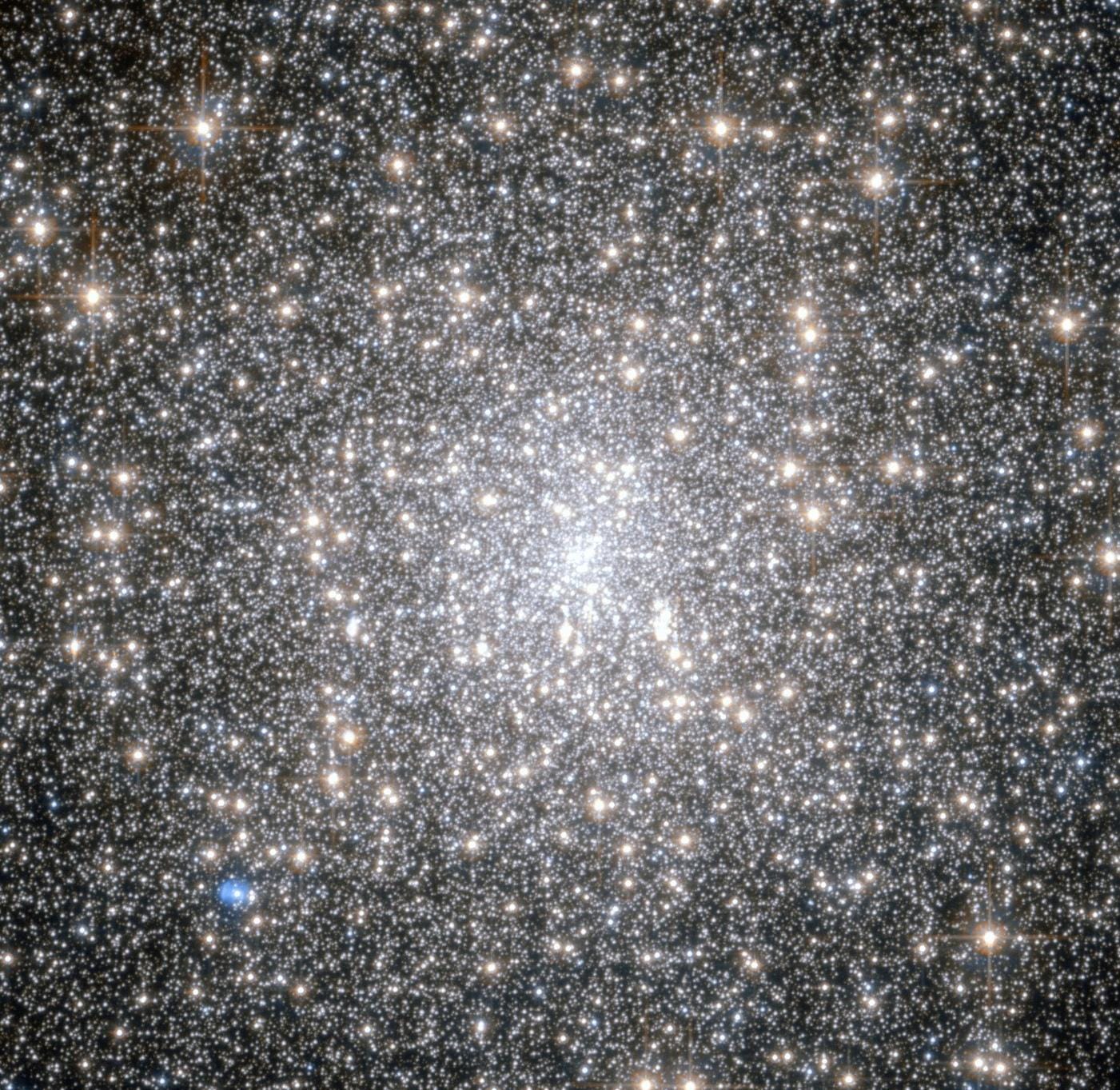
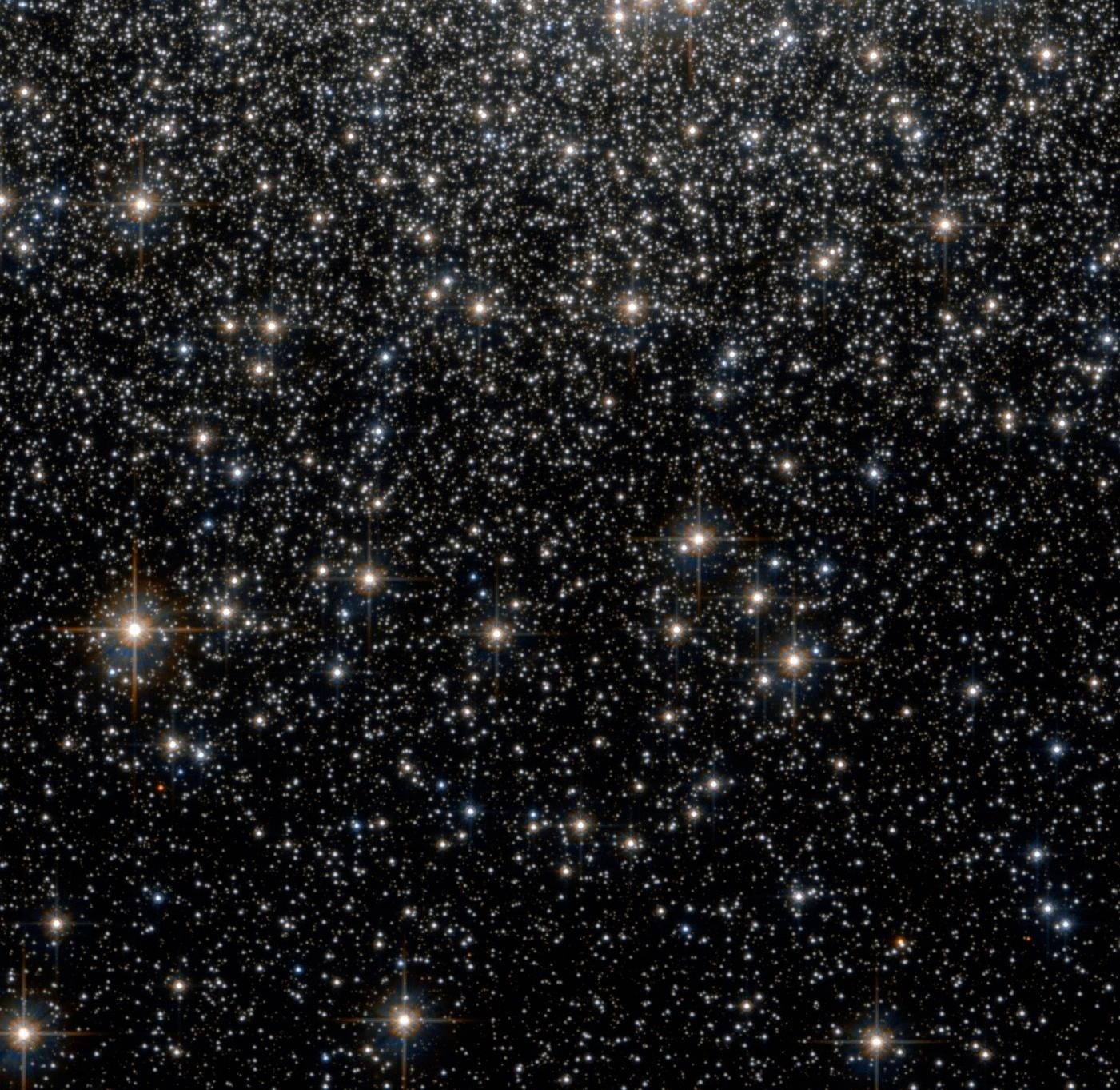
- M15, An Ancient Globular Cluster: November 12, 2012
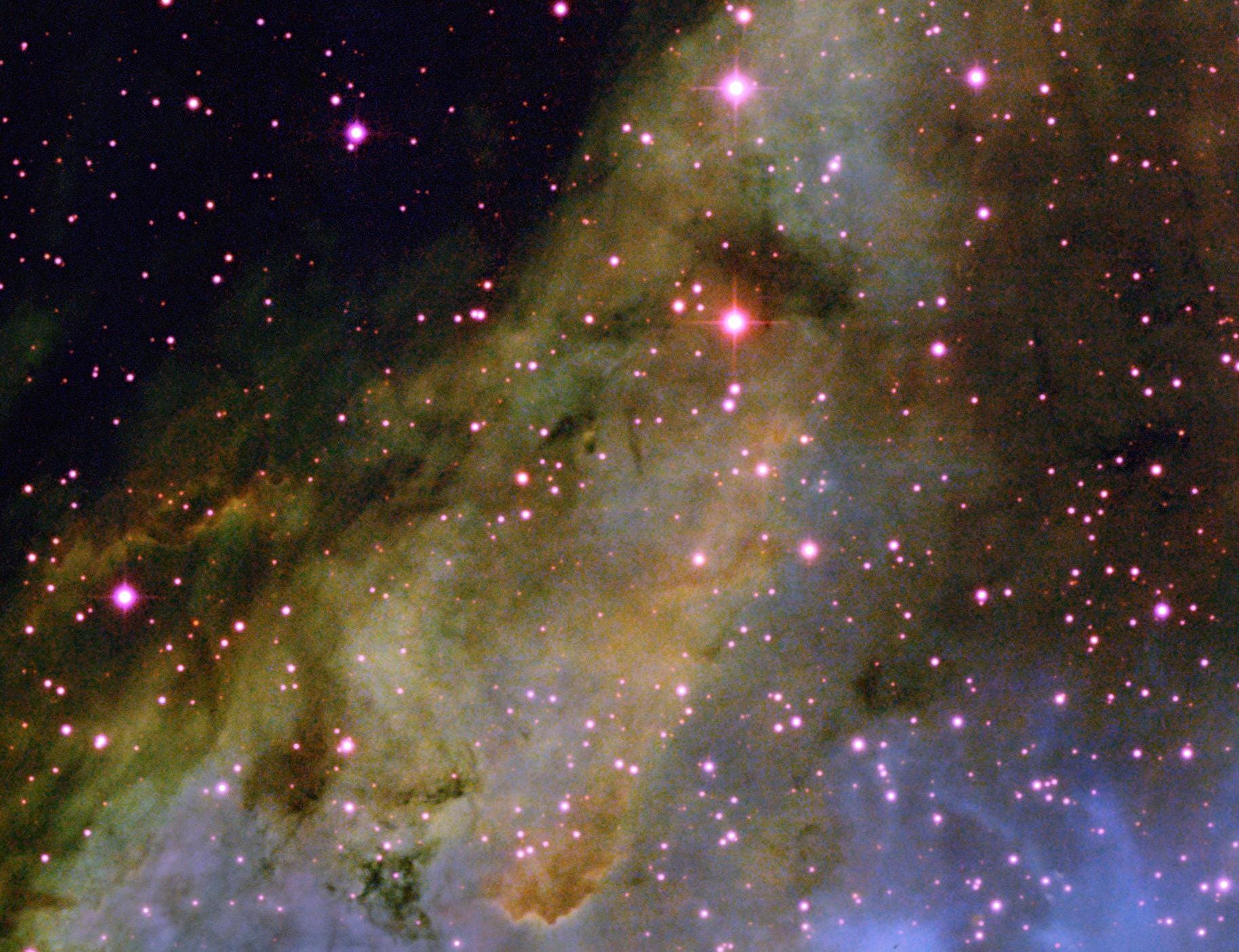
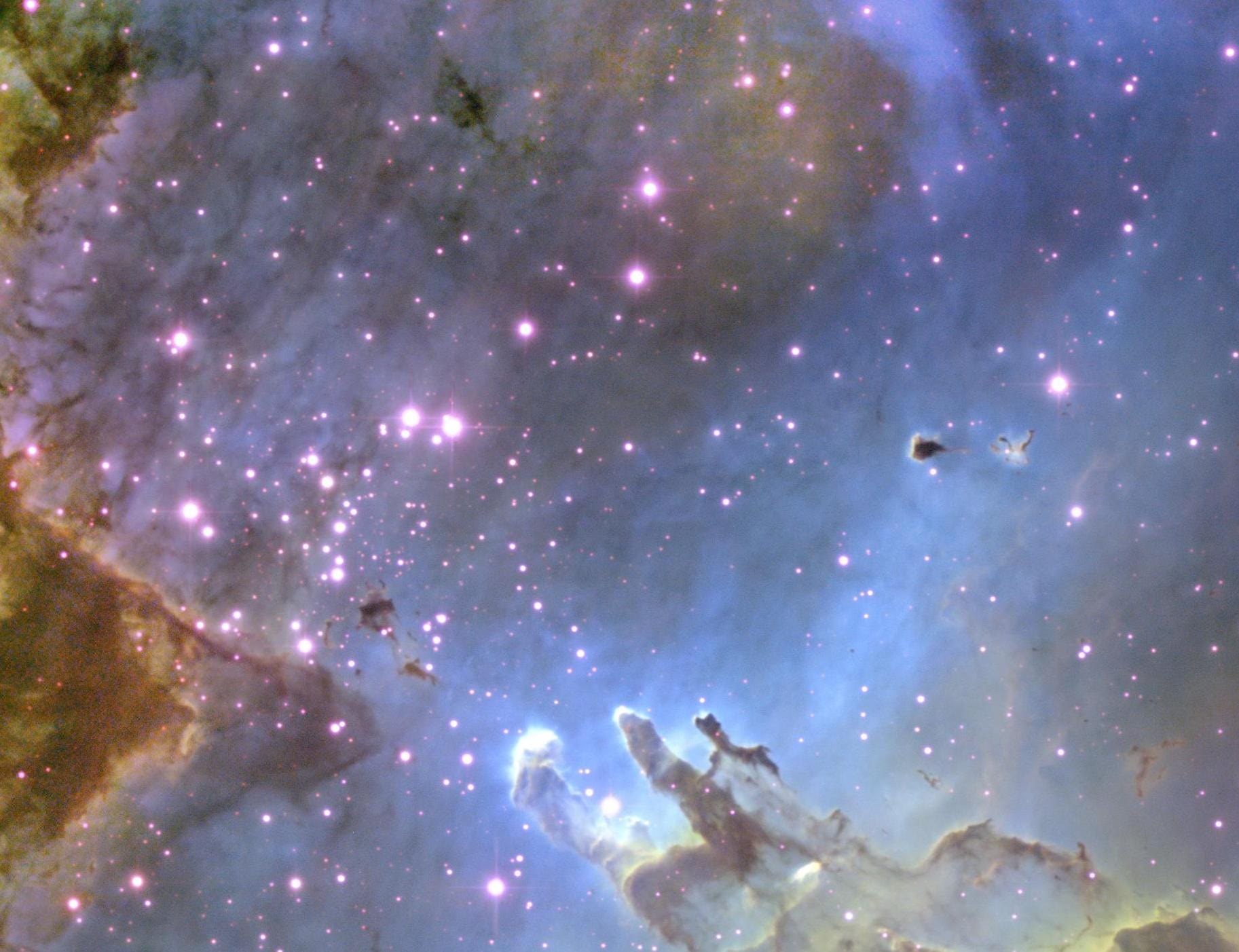
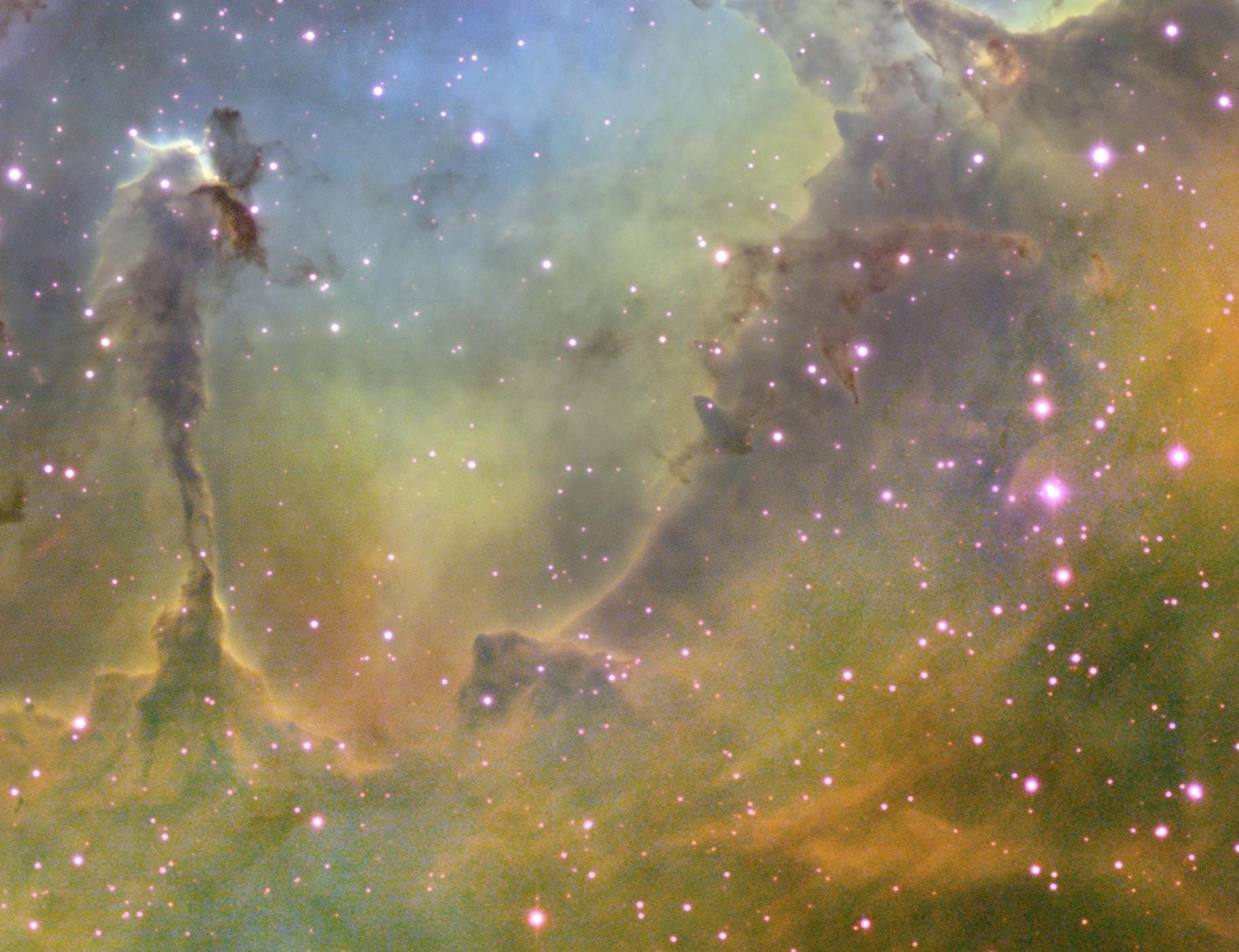
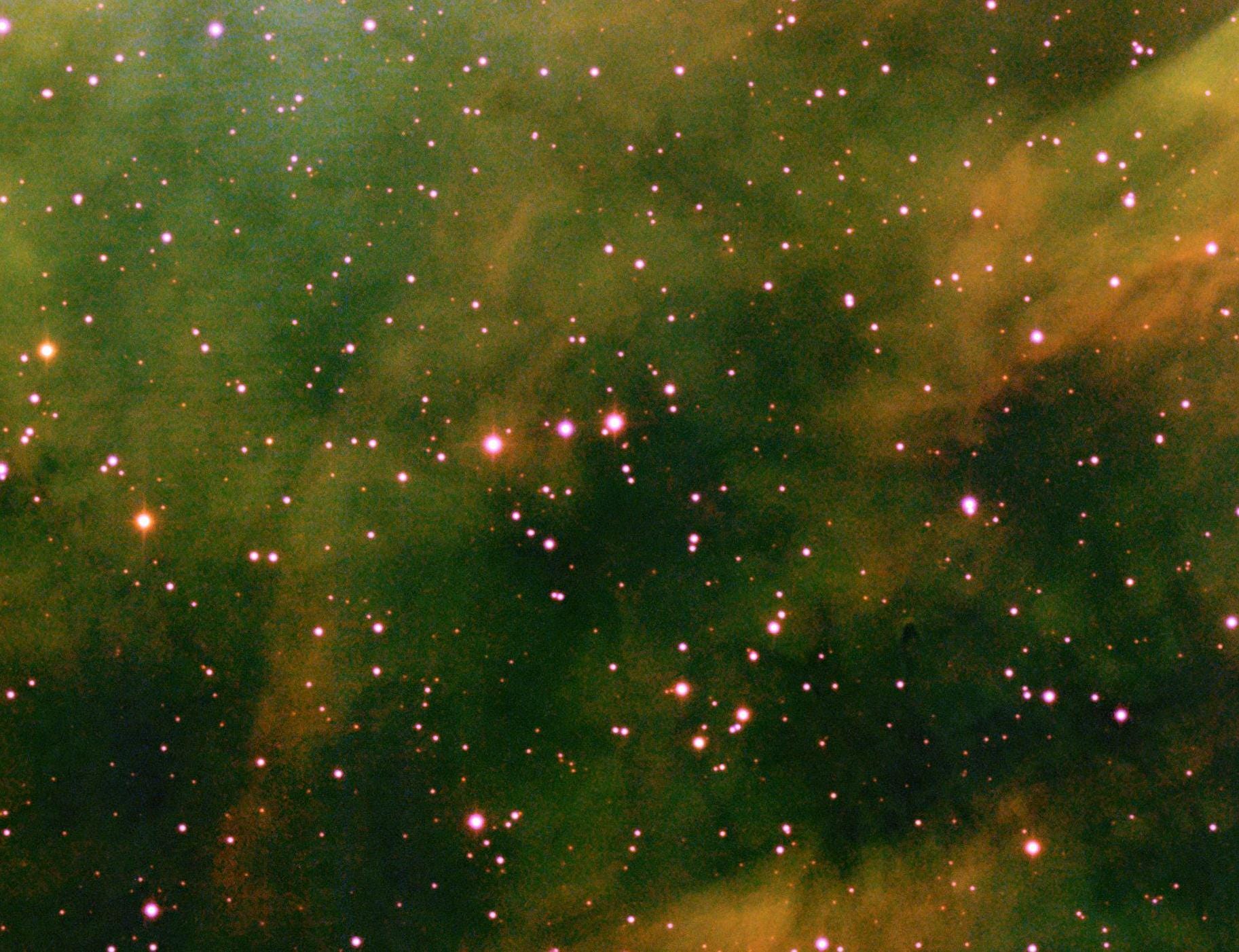
- M16, The Eagle Nebula: October 20, 2014
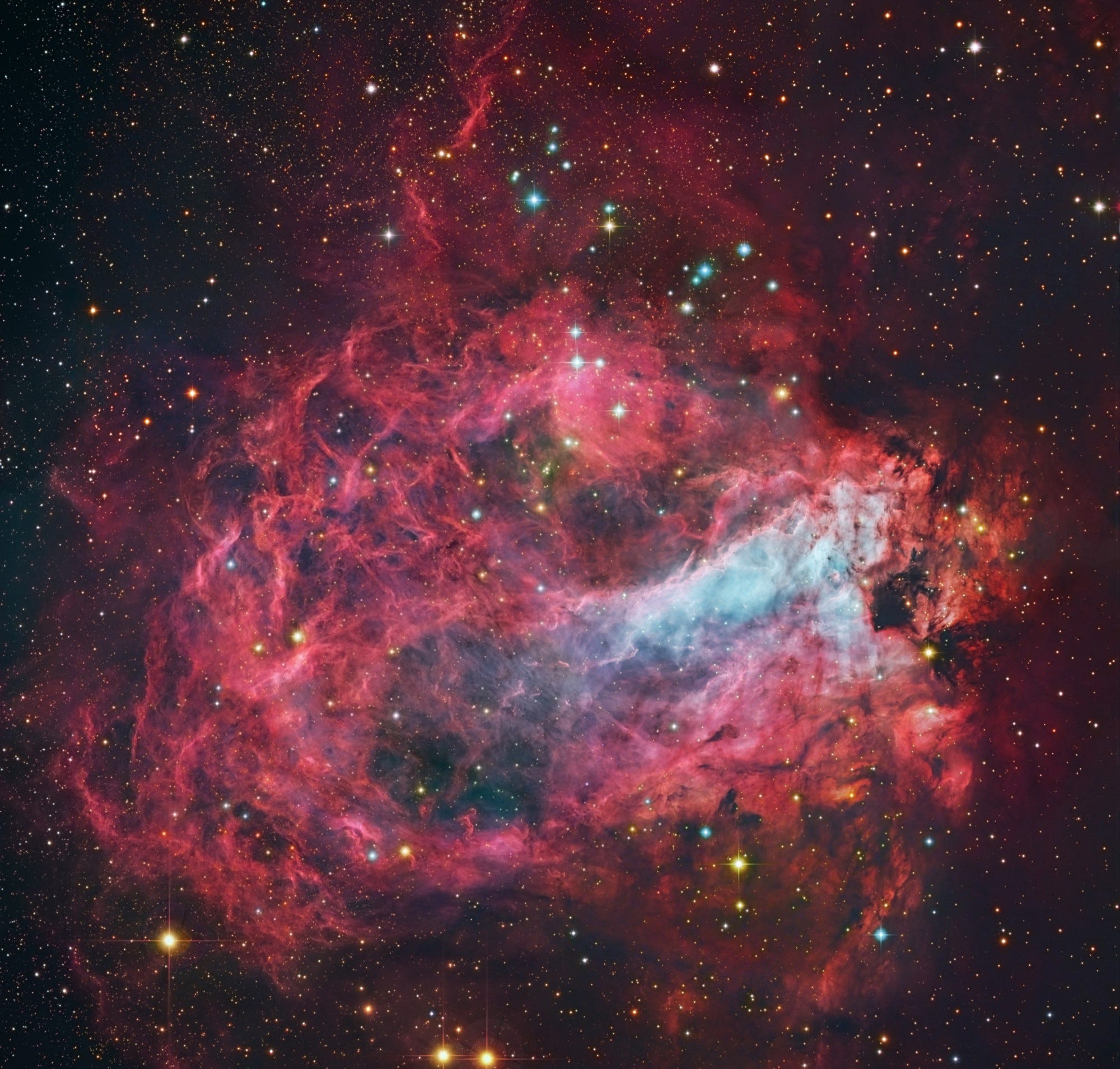
Processing: Robert Gendler & Roberto Colombari, via http://apod.nasa.gov/apod/ap140527.html.
- M17, The Omega Nebula: October 13, 2014
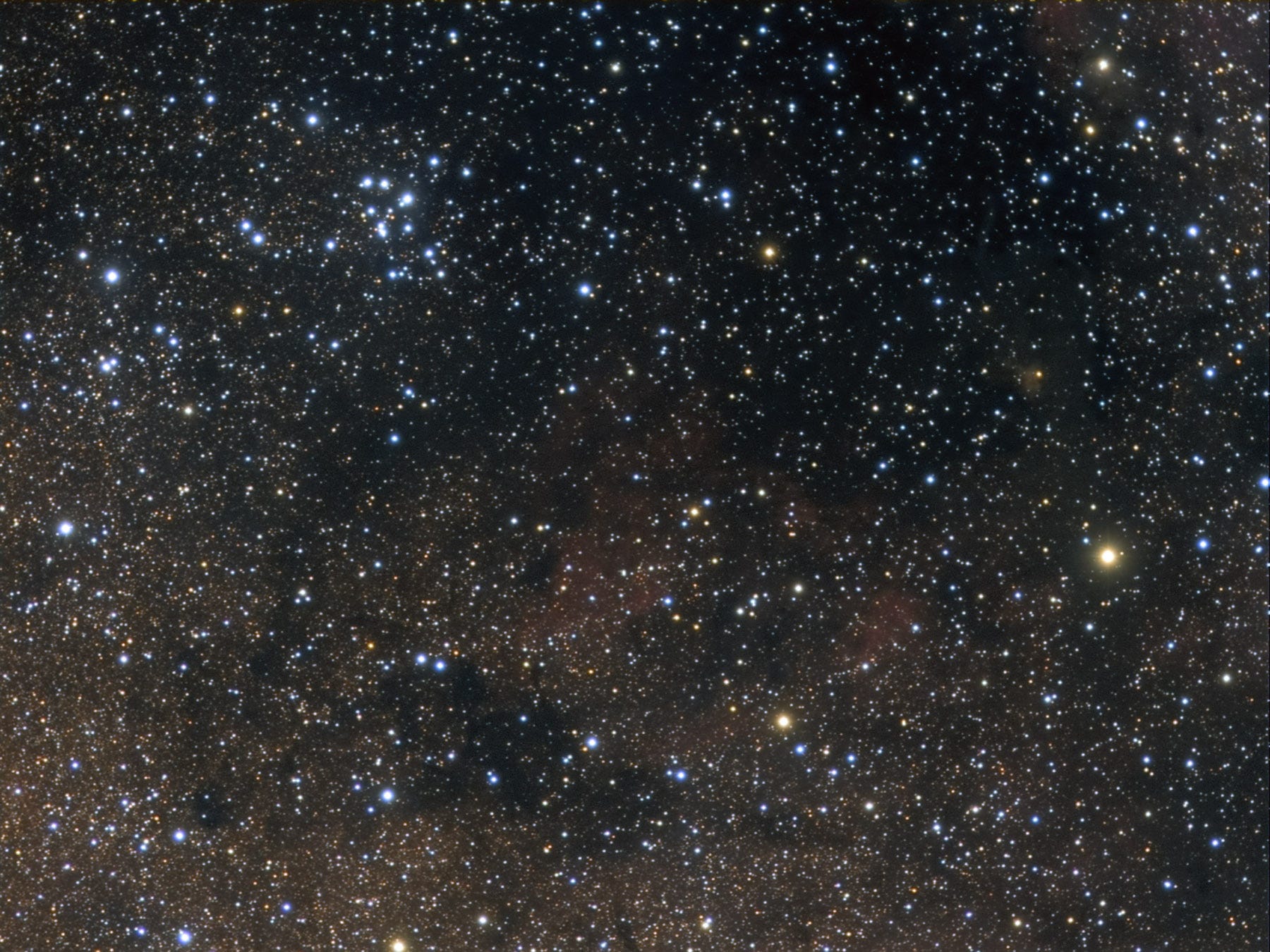
- M18, A Well-Hidden, Young Star Cluster: August 5, 2013
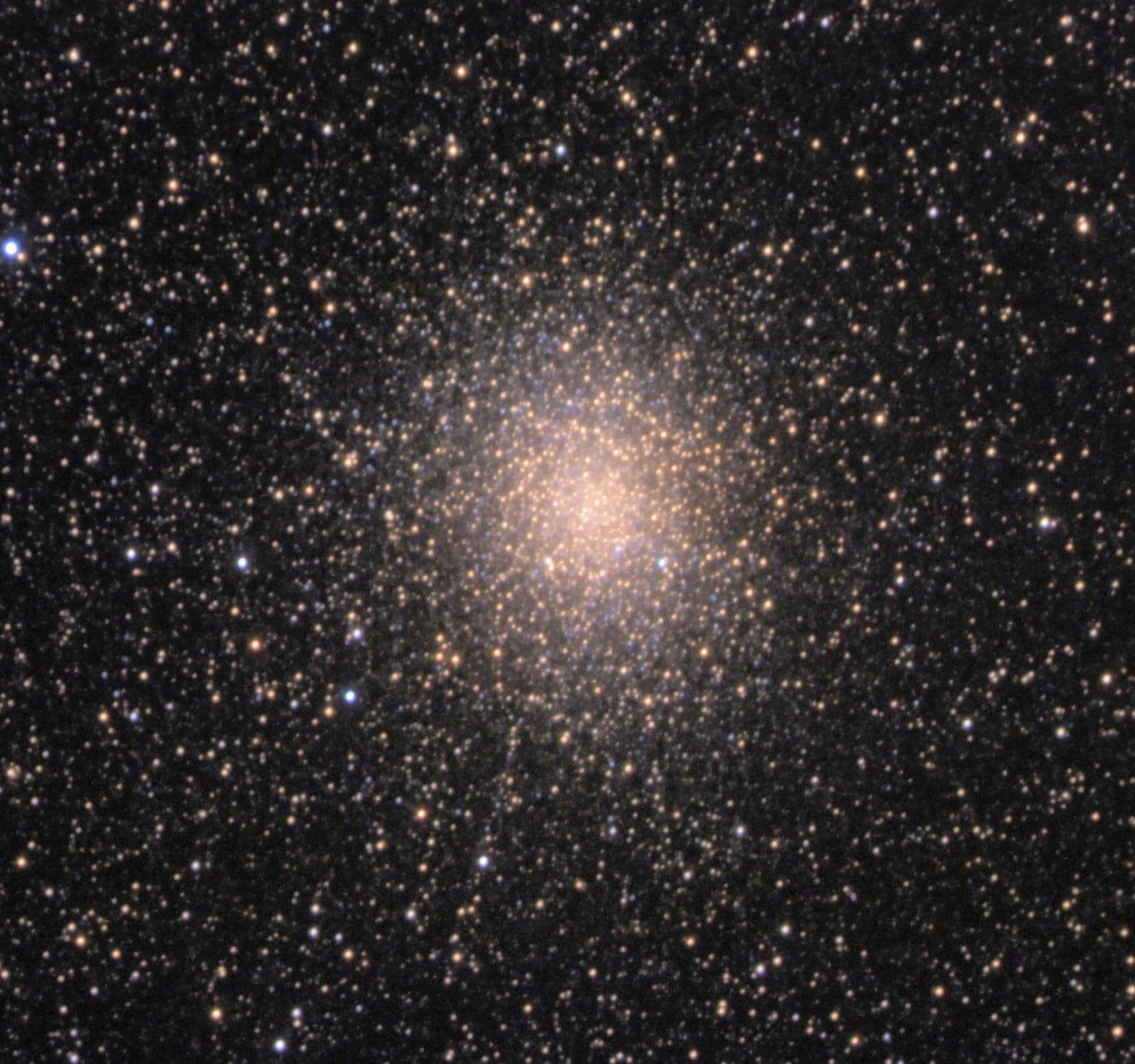
- M19, The Flattened Fake-out Globular: August 25, 2014
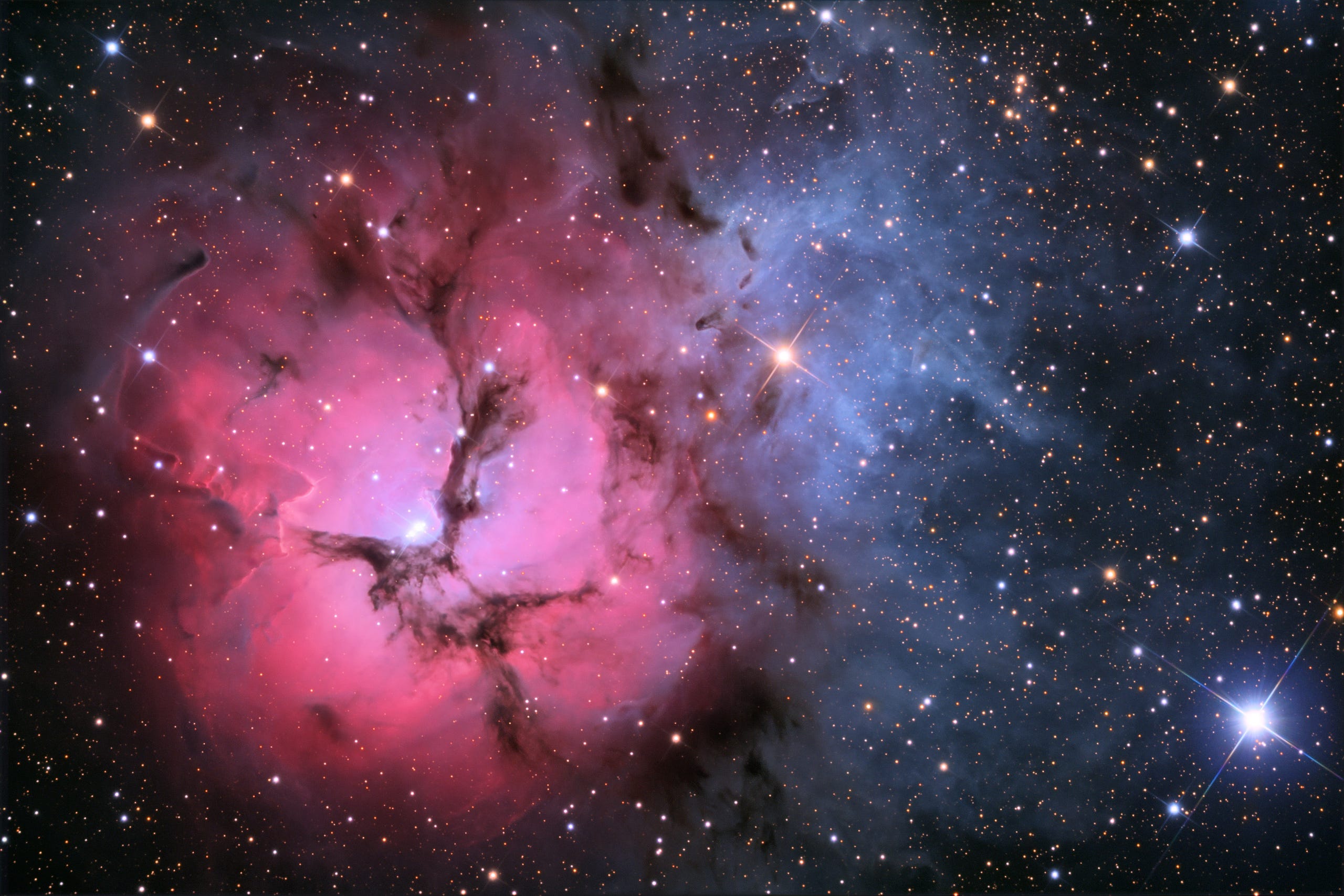
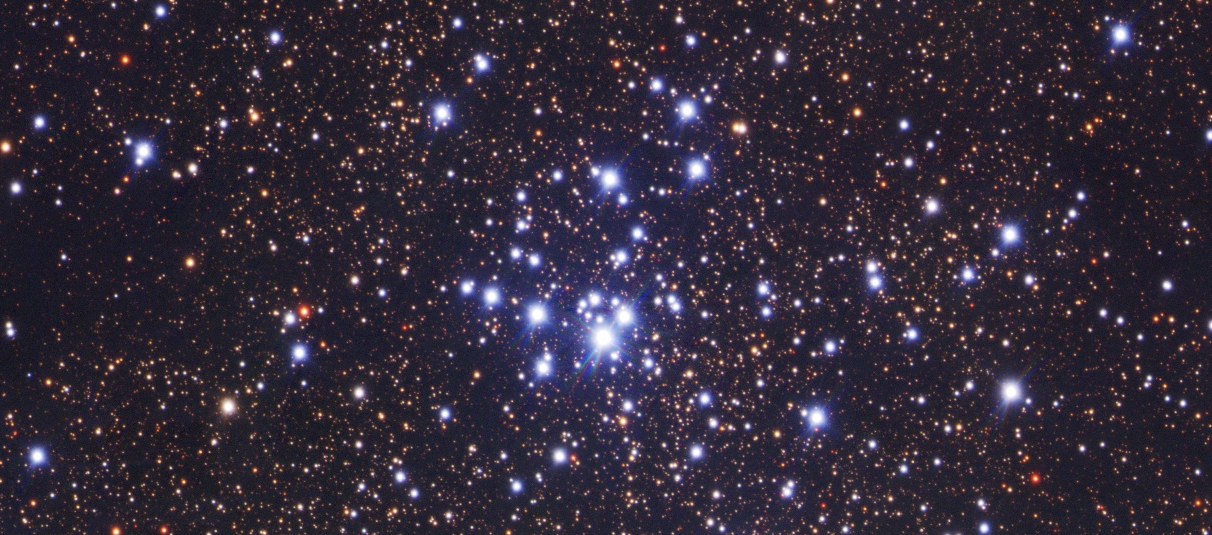
- M21, A Baby Open Cluster in the Galactic Plane: June 24, 2013
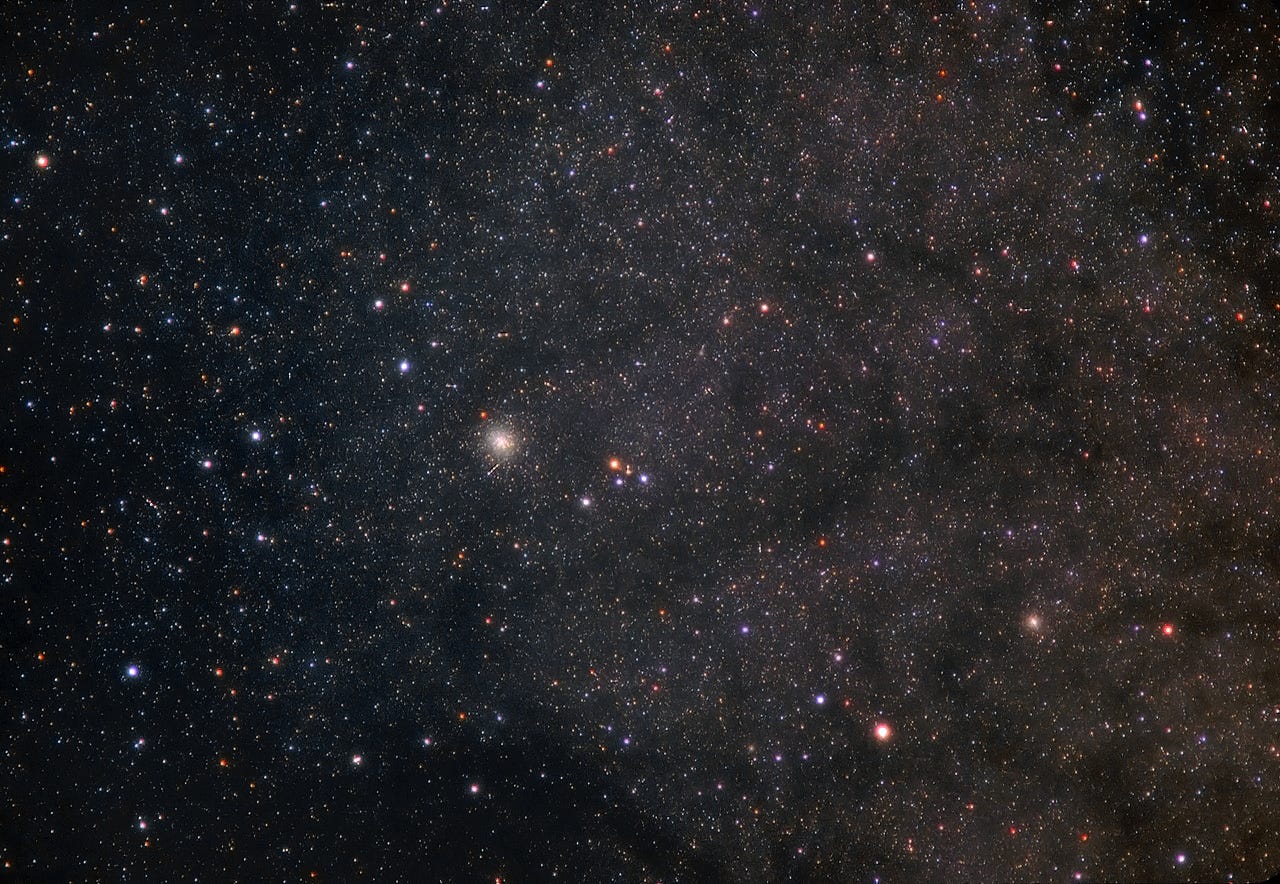
- M22, The Brightest Messier Globular: October 6, 2014
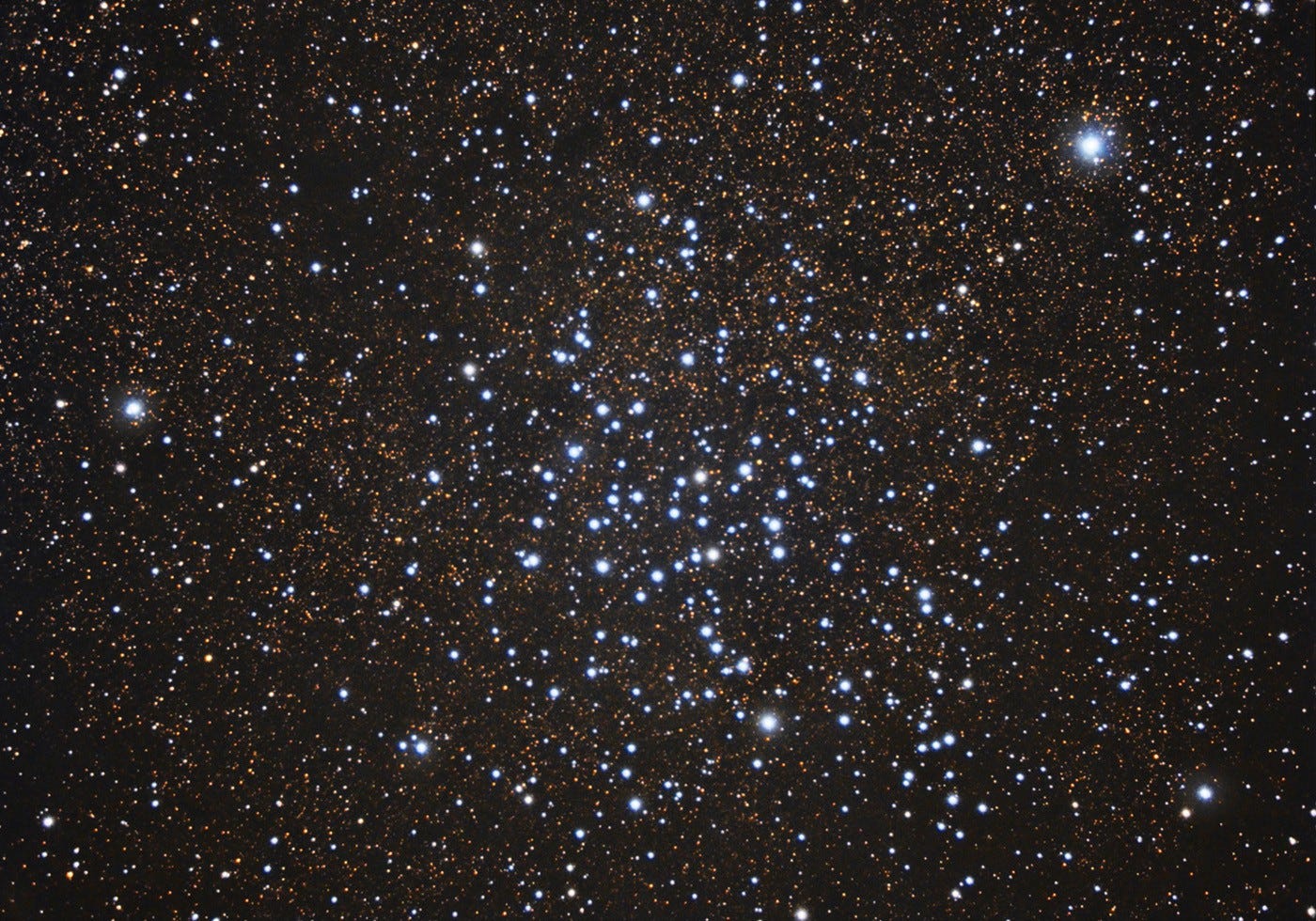
- M23, A Cluster That Stands Out From The Galaxy: July 14, 2014
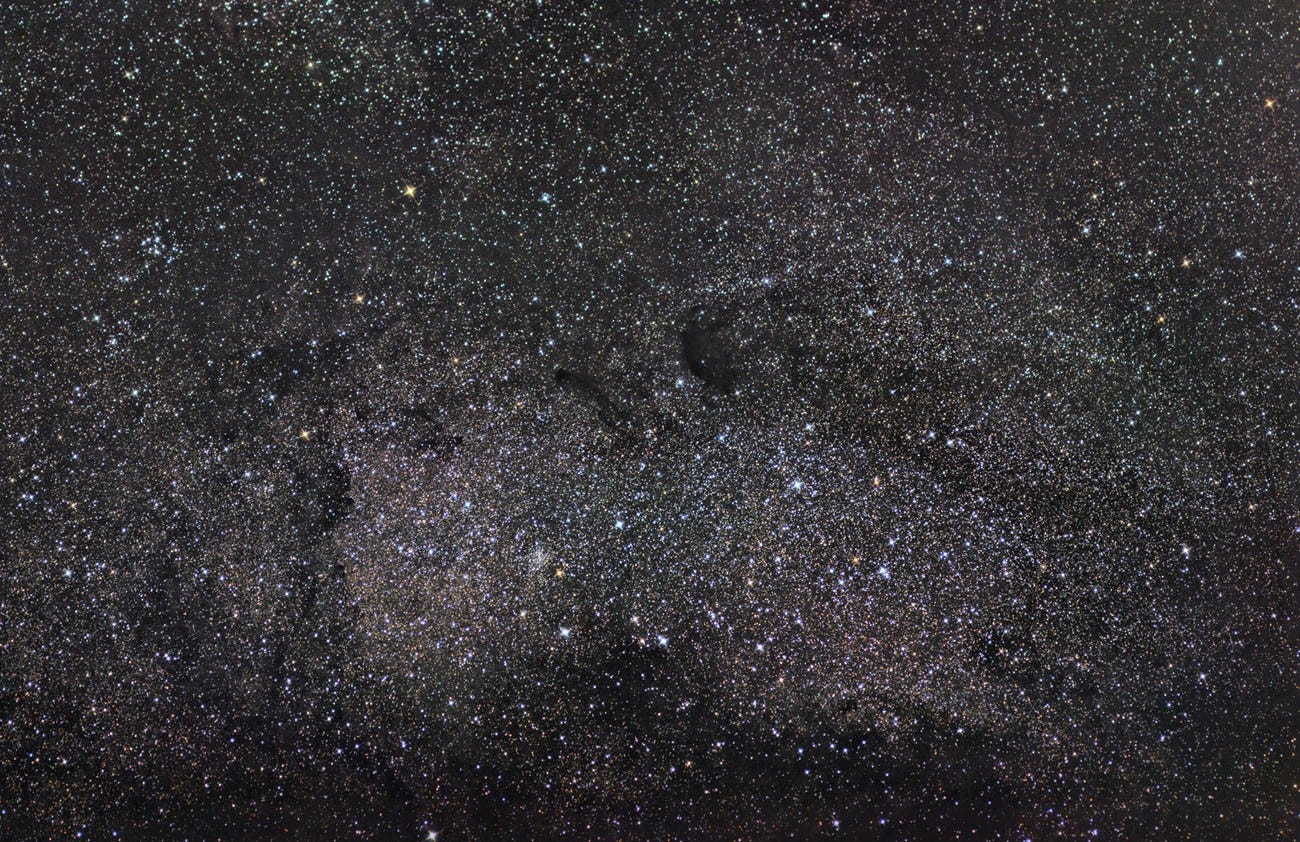
- M24, The Most Curious Object of All: August 4, 2014
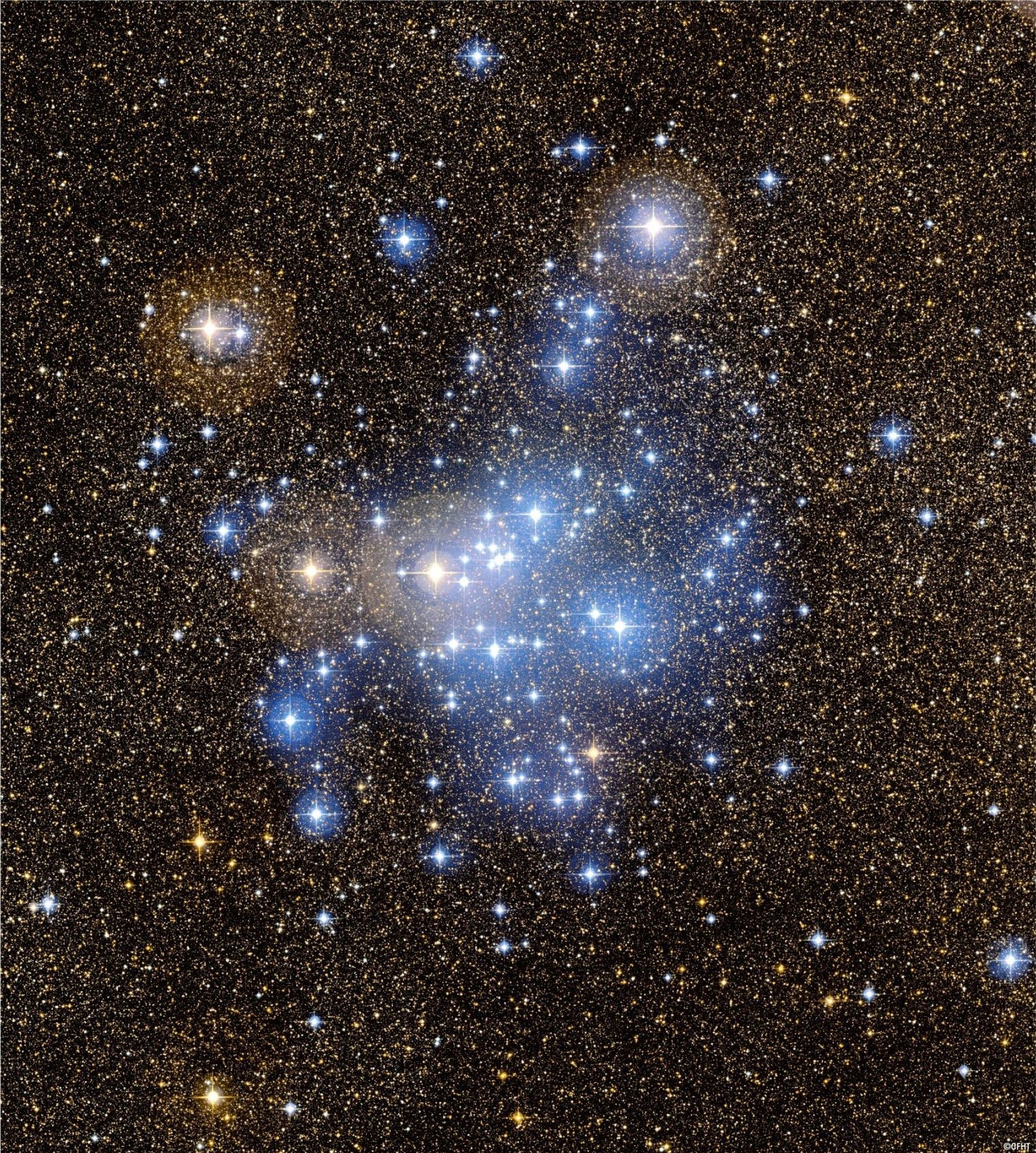
- M25, A Dusty Open Cluster for Everyone: April 8, 2013
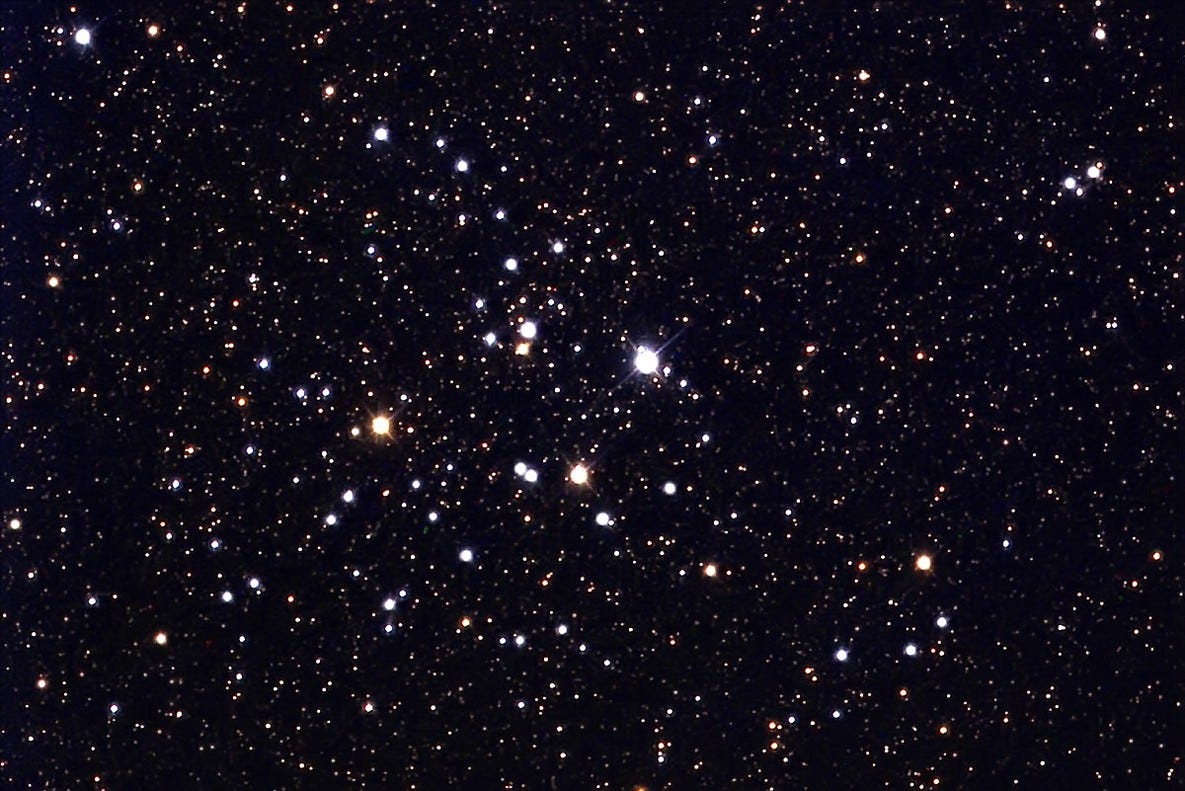
- M26, The Could-Be-Better Cluster: November 3, 2014
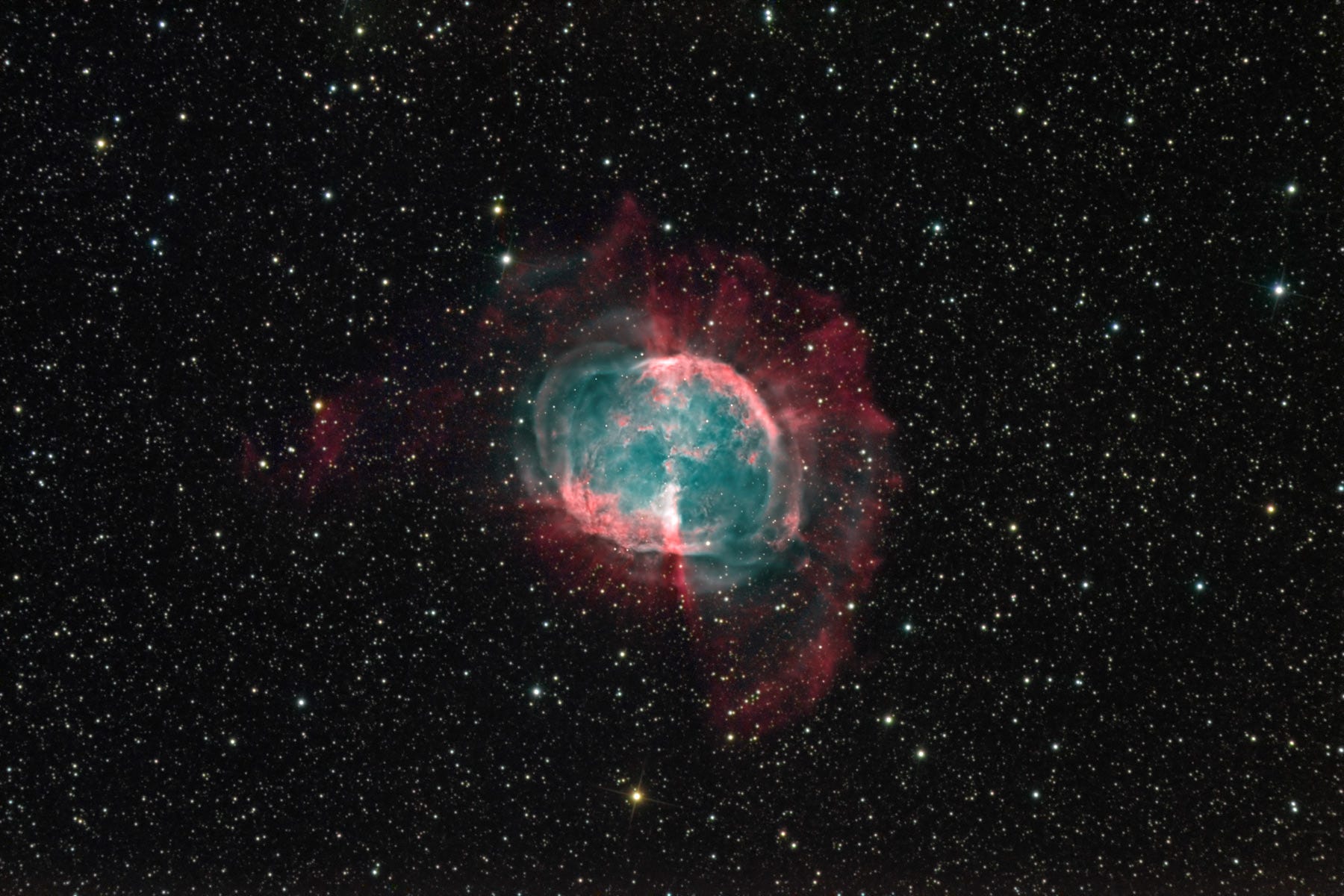
- M27, The Dumbbell Nebula: June 23, 2014
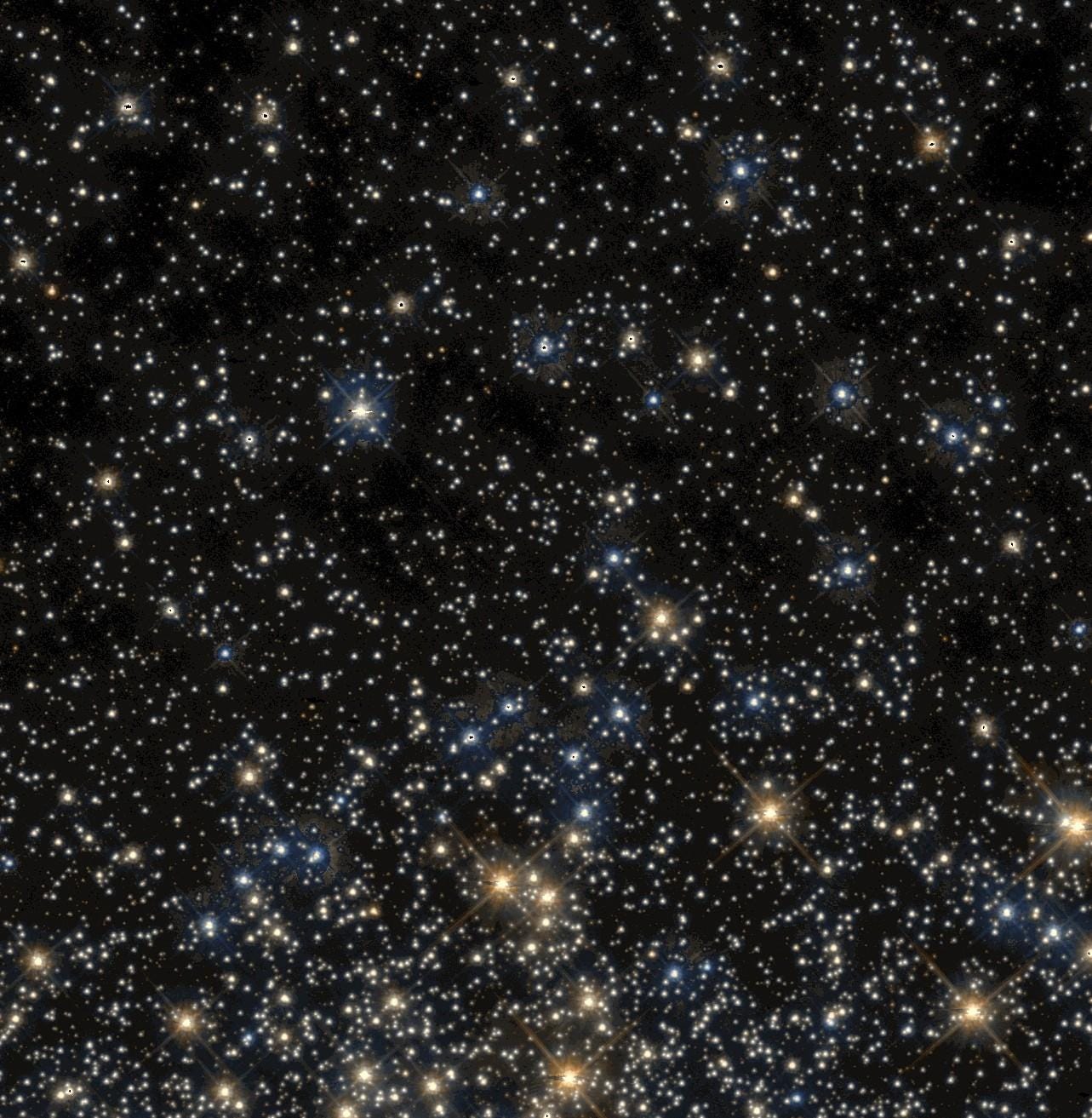
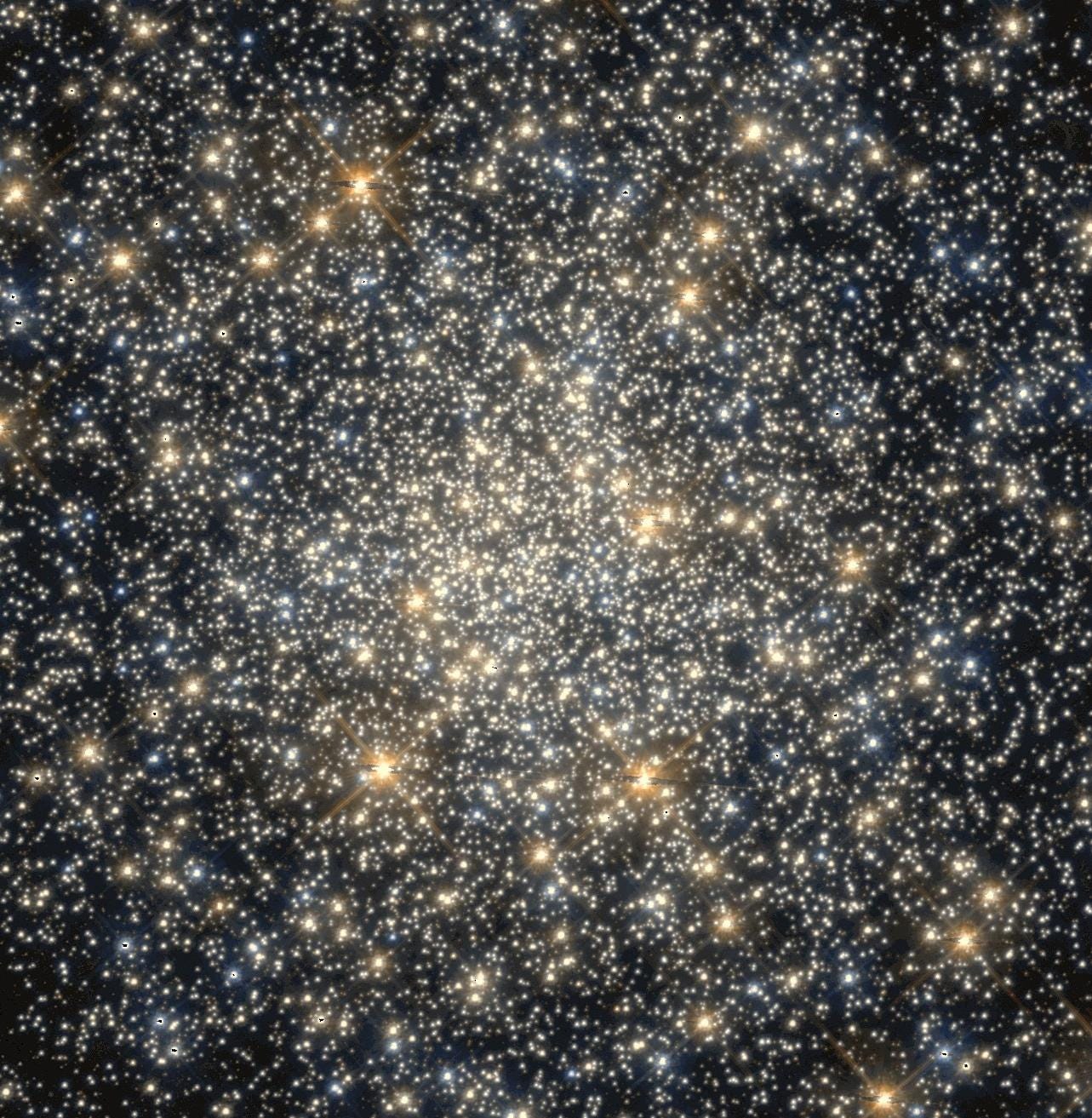
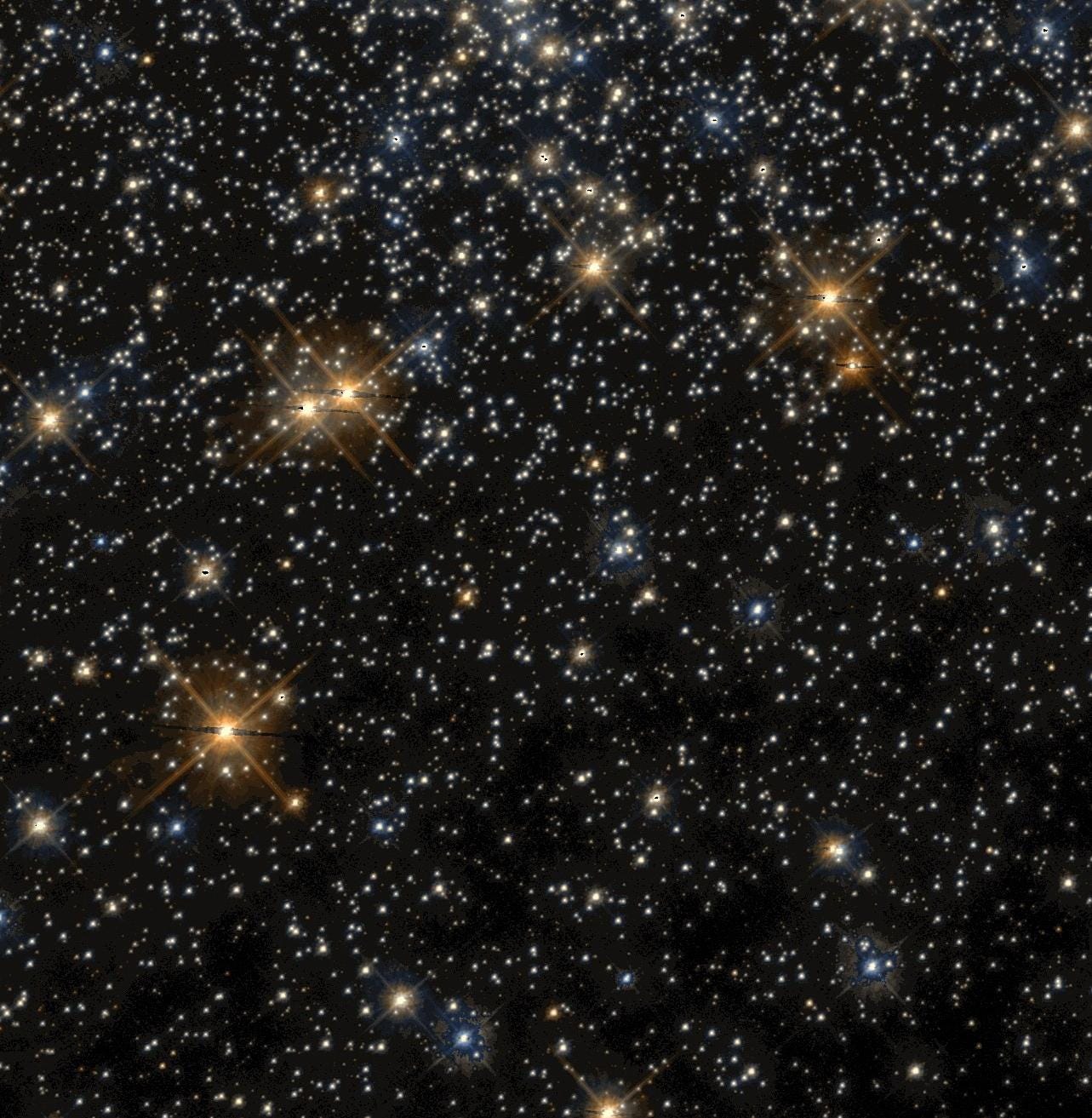
- M28, The Teapot-Dome Cluster: September 8, 2014
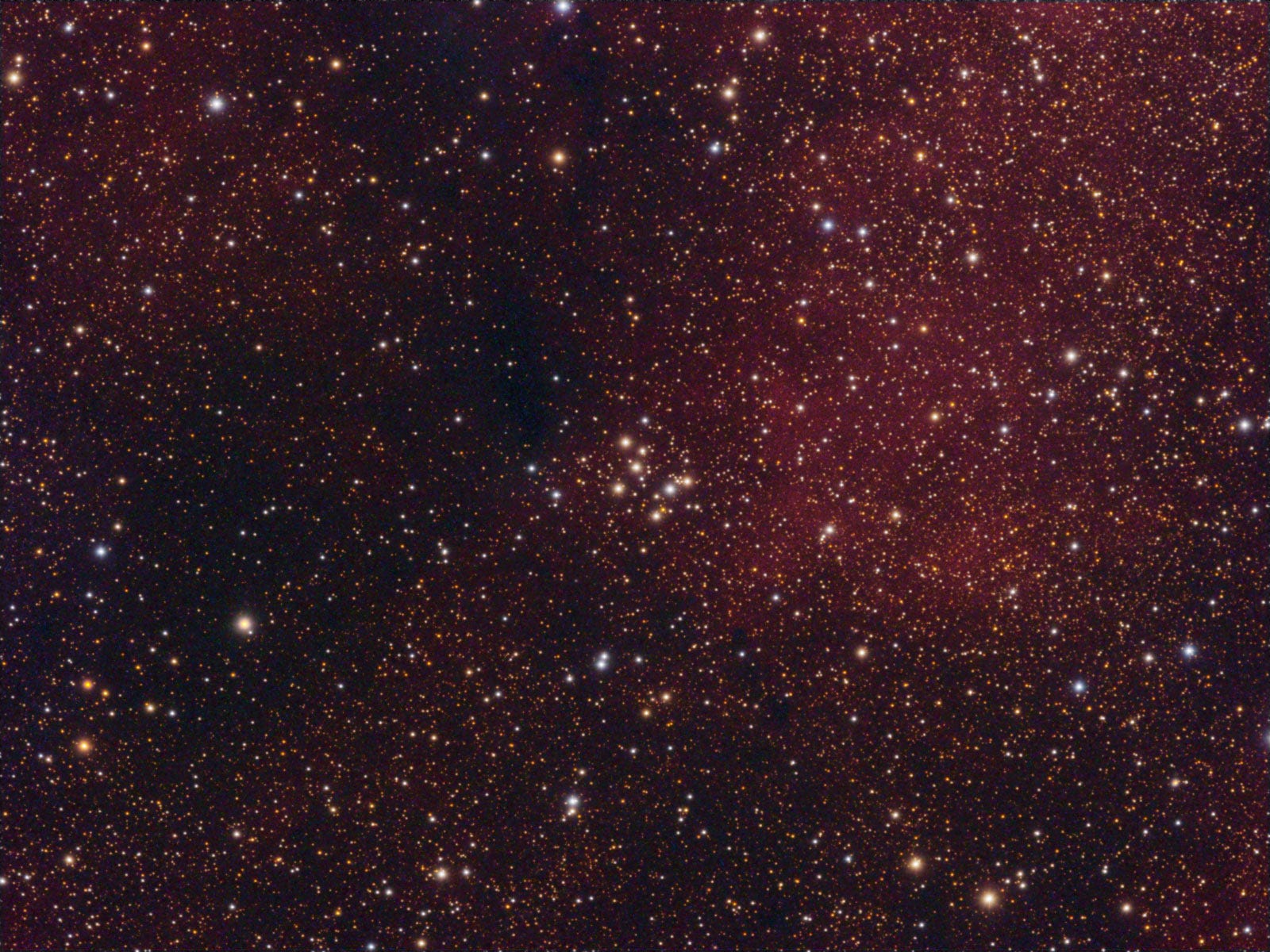
- M29, A Young Open Cluster in the Summer Triangle: June 3, 2013
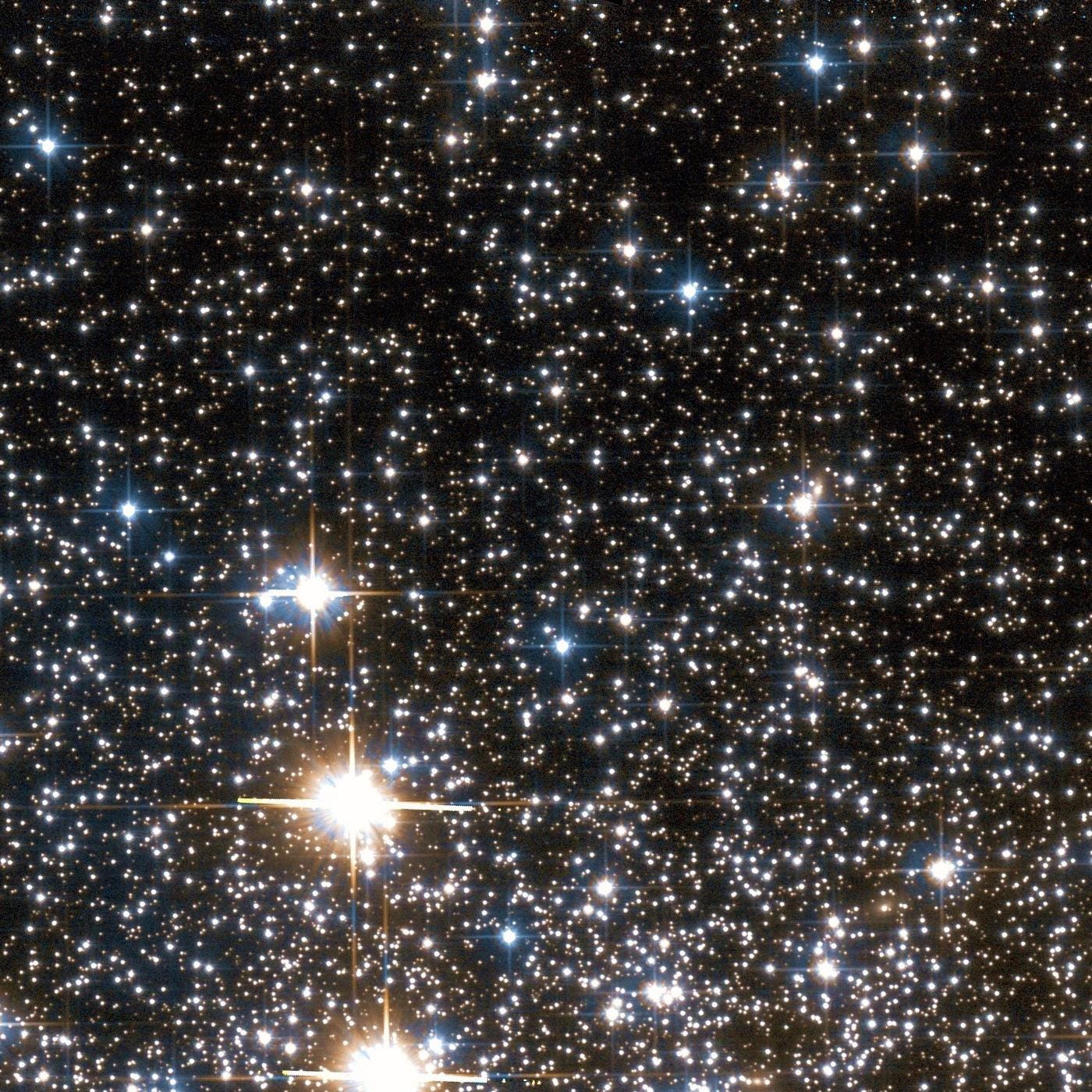
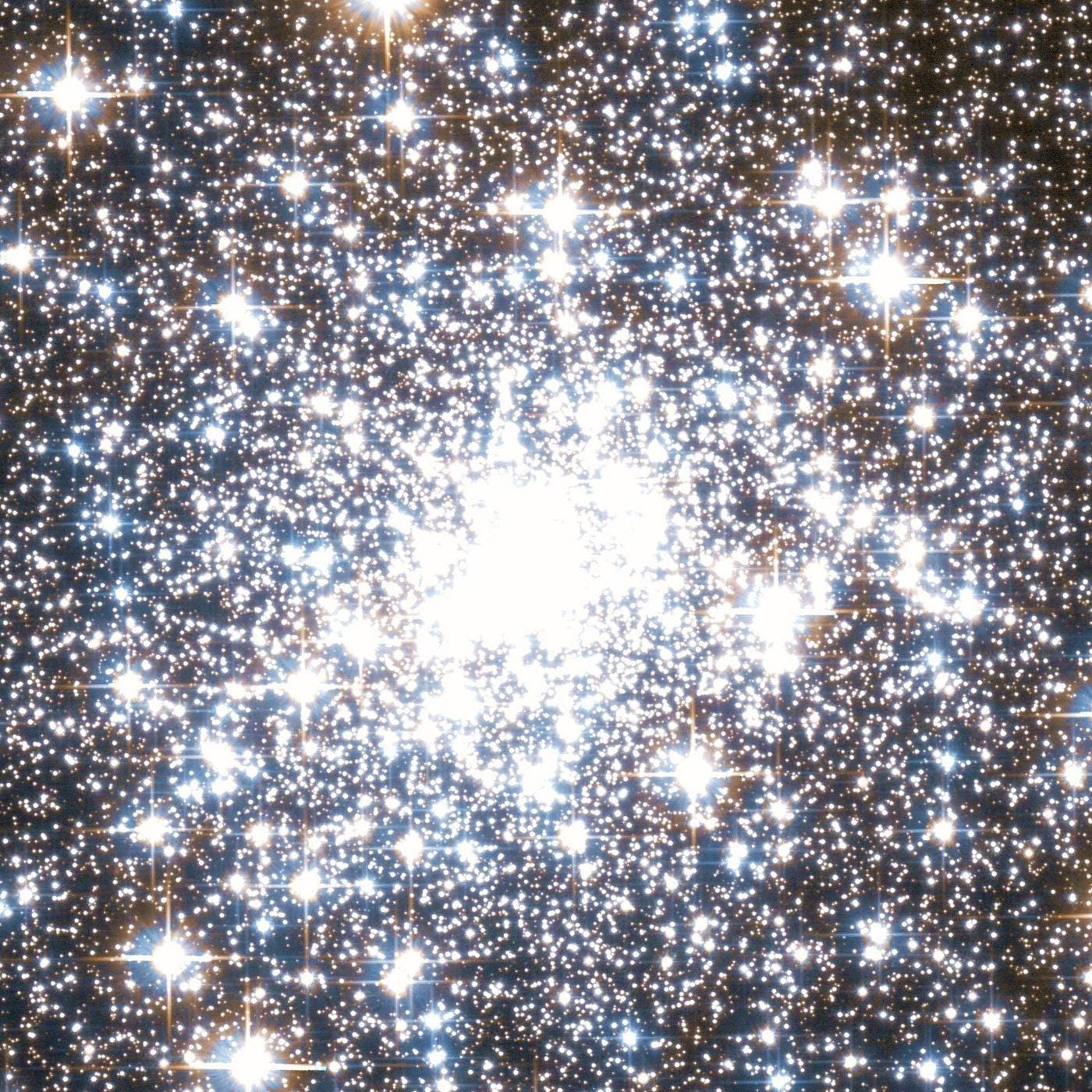
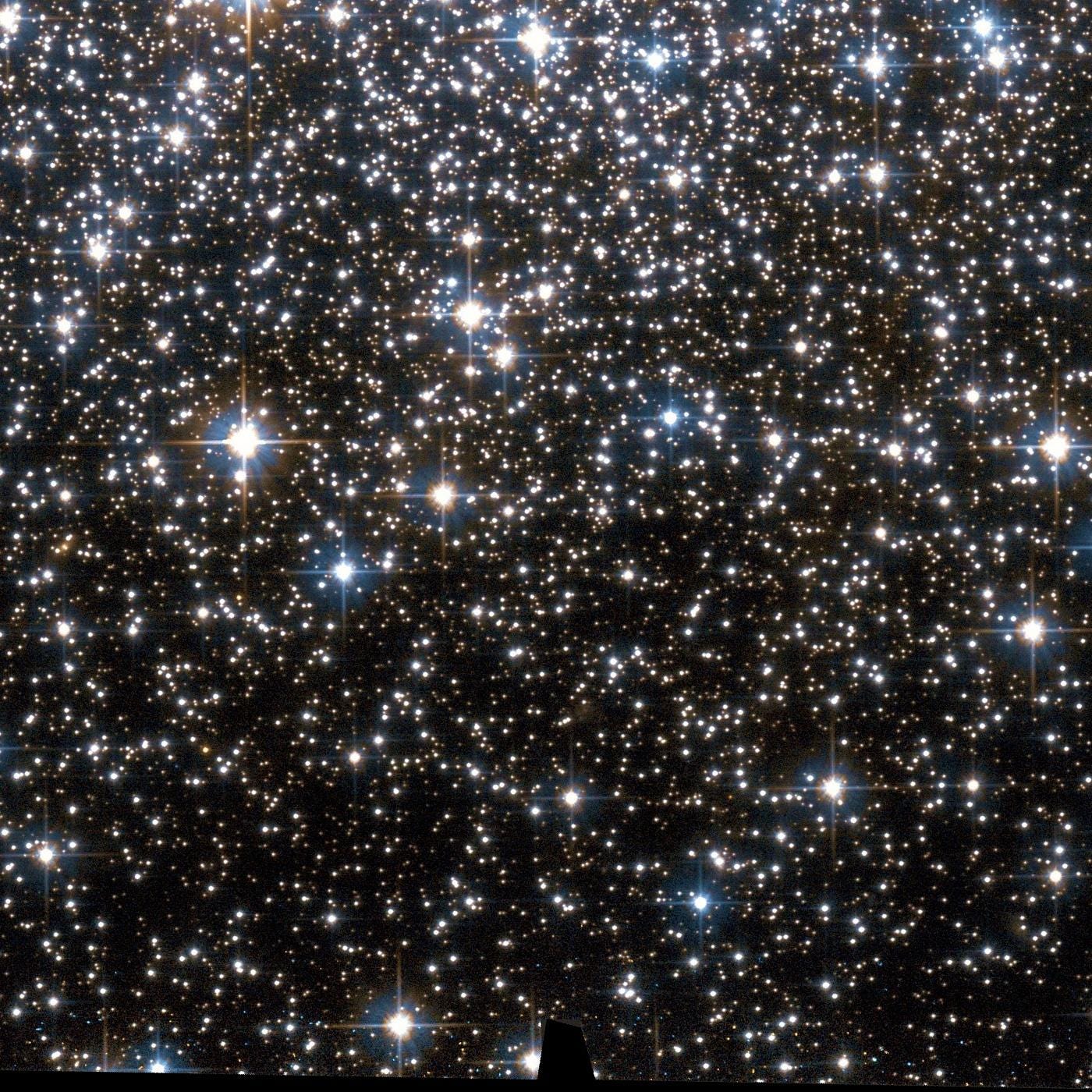
- M30, A Straggling Globular Cluster: November 26, 2012
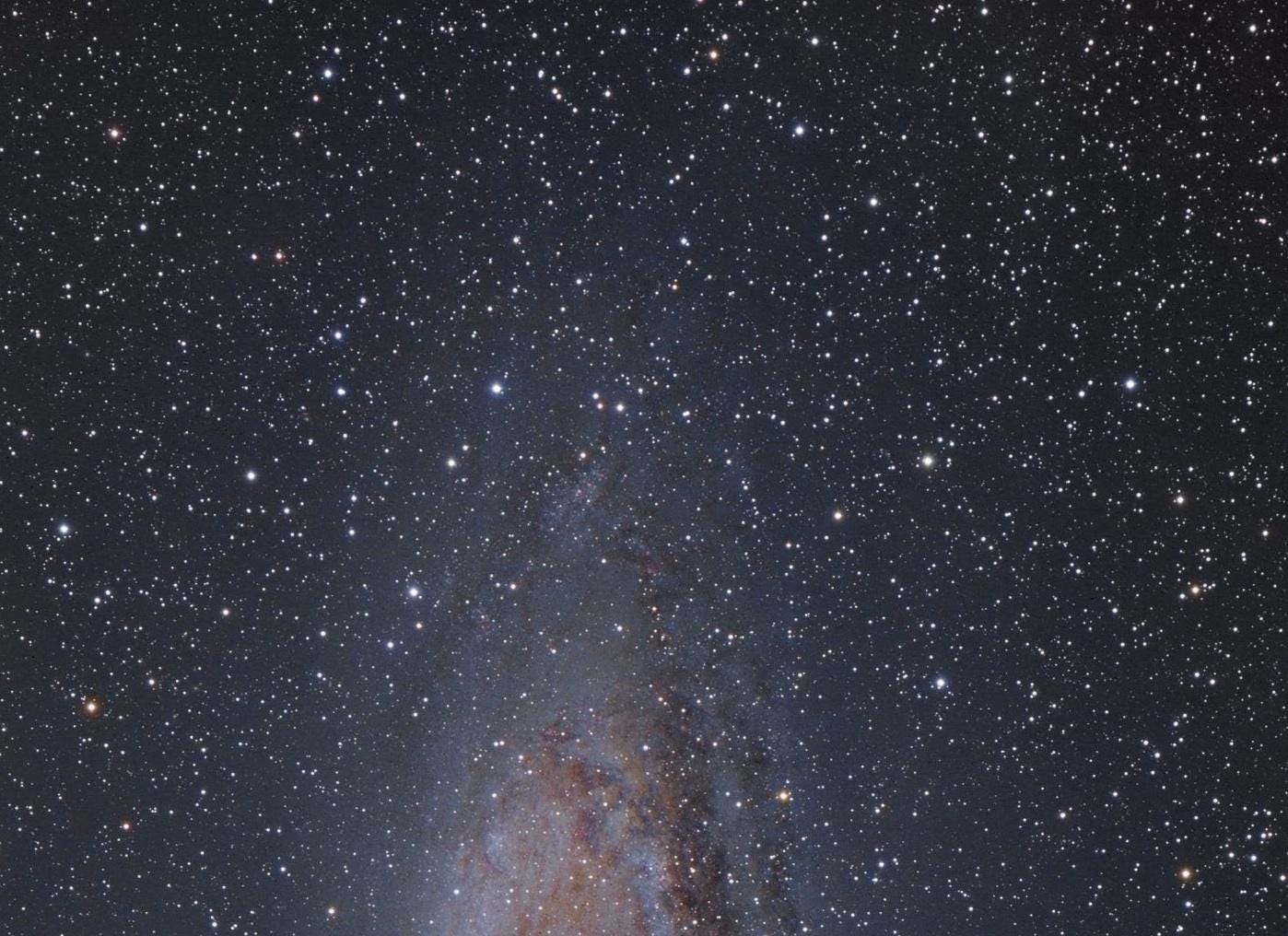
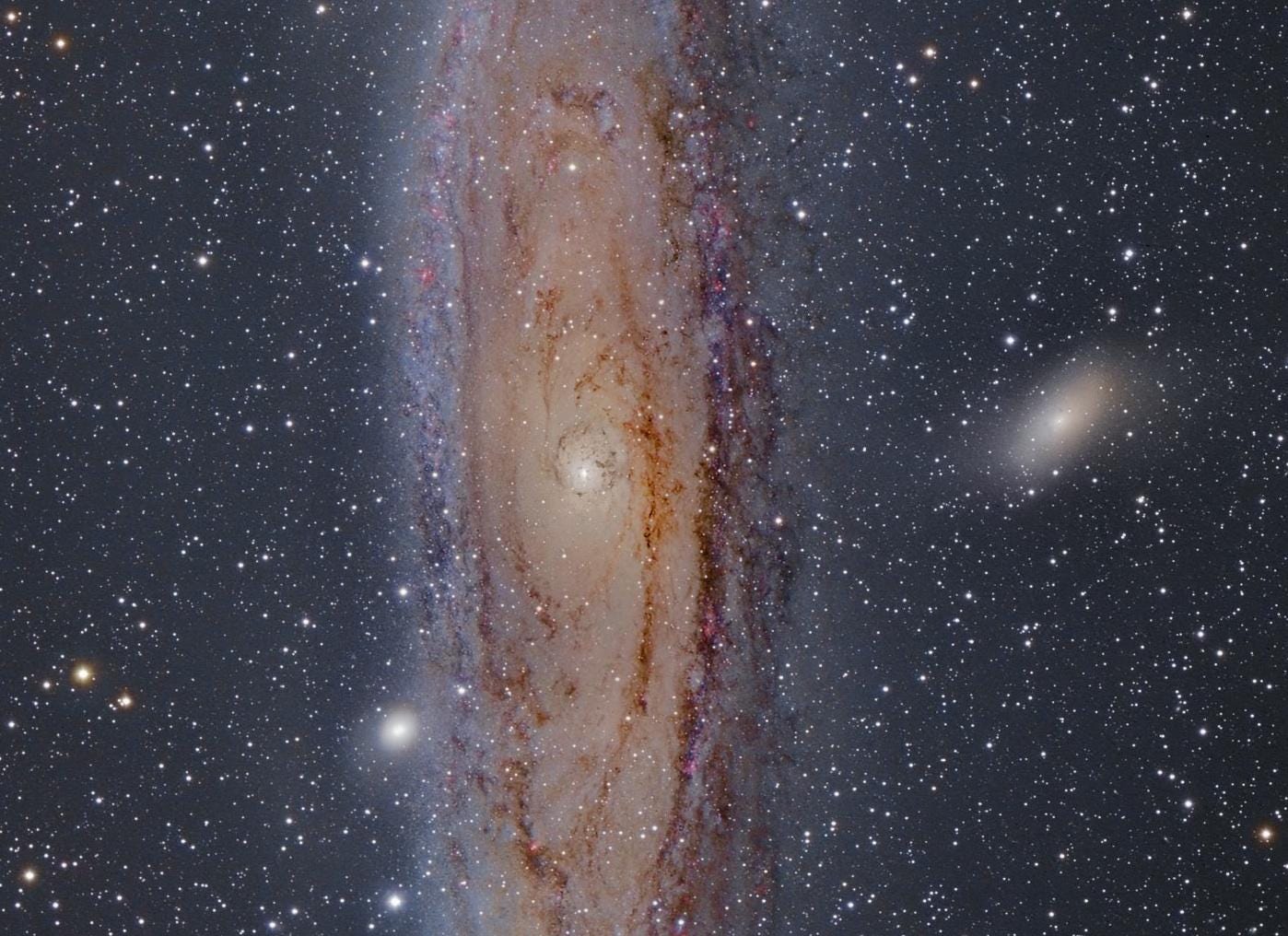
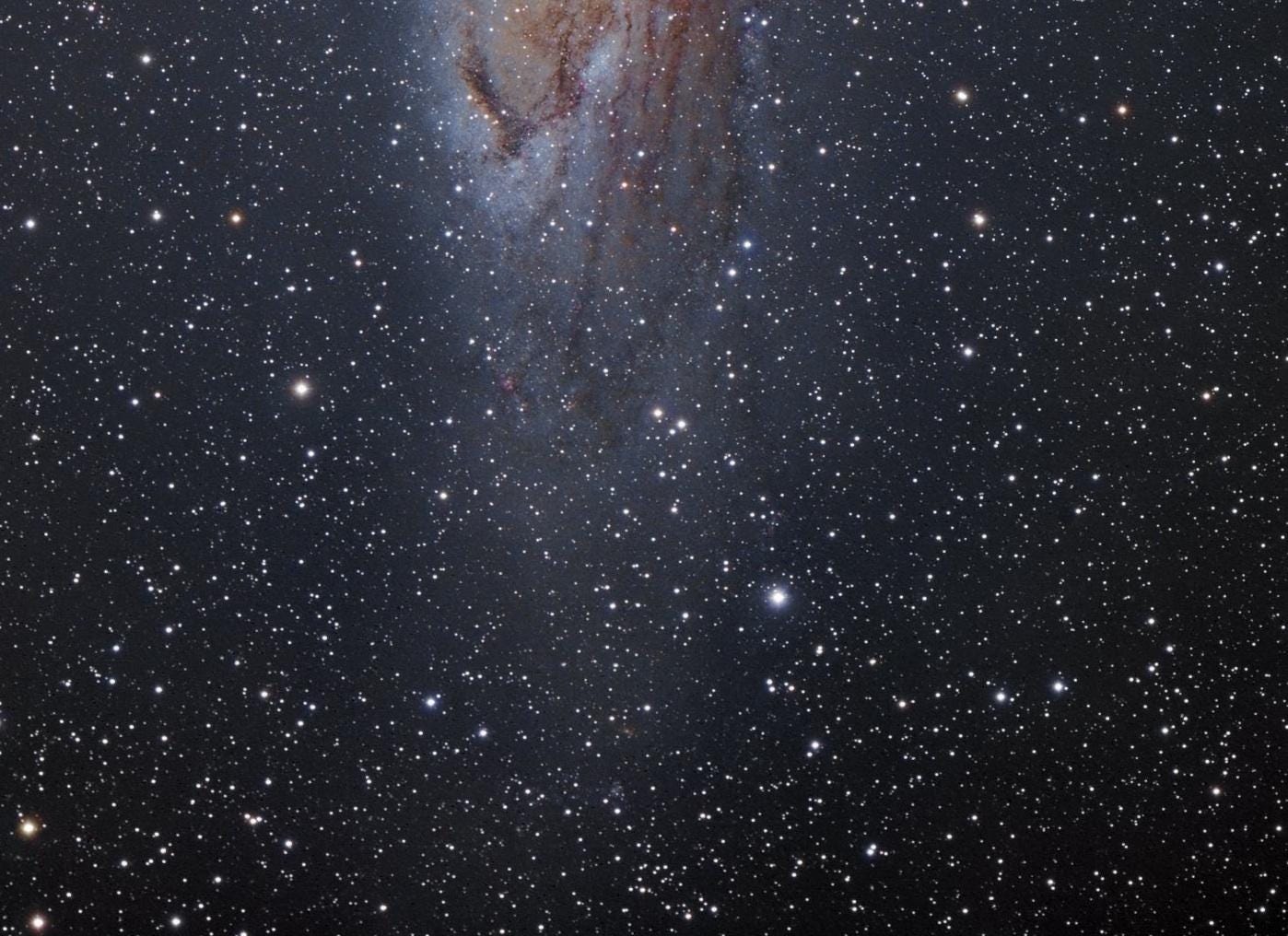
- M31, Andromeda, the Object that Opened Up the Universe: September 2, 2013
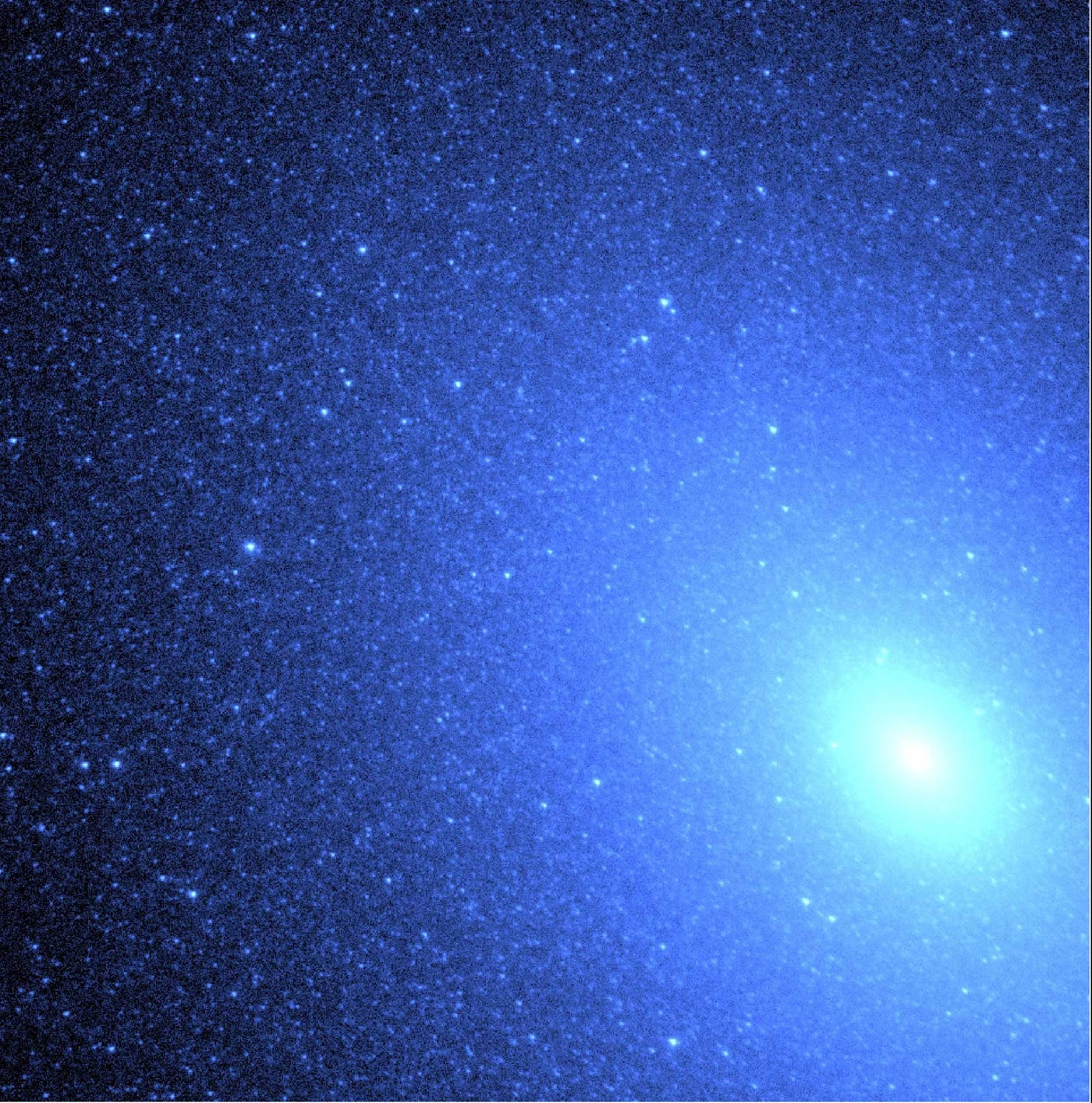
- M32, The Smallest Messier Galaxy: November 4, 2013
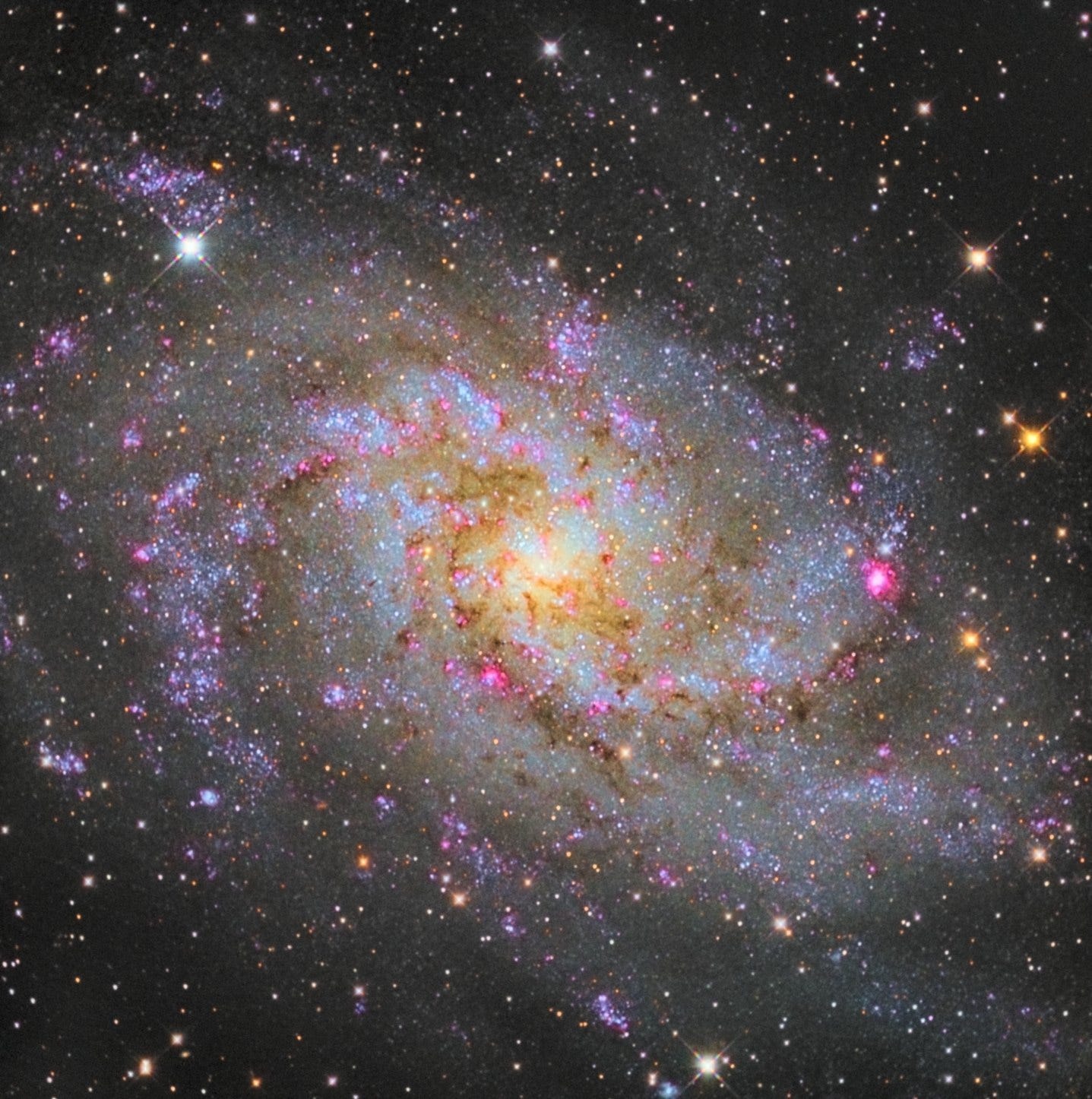
- M33, The Triangulum Galaxy: February 25, 2013
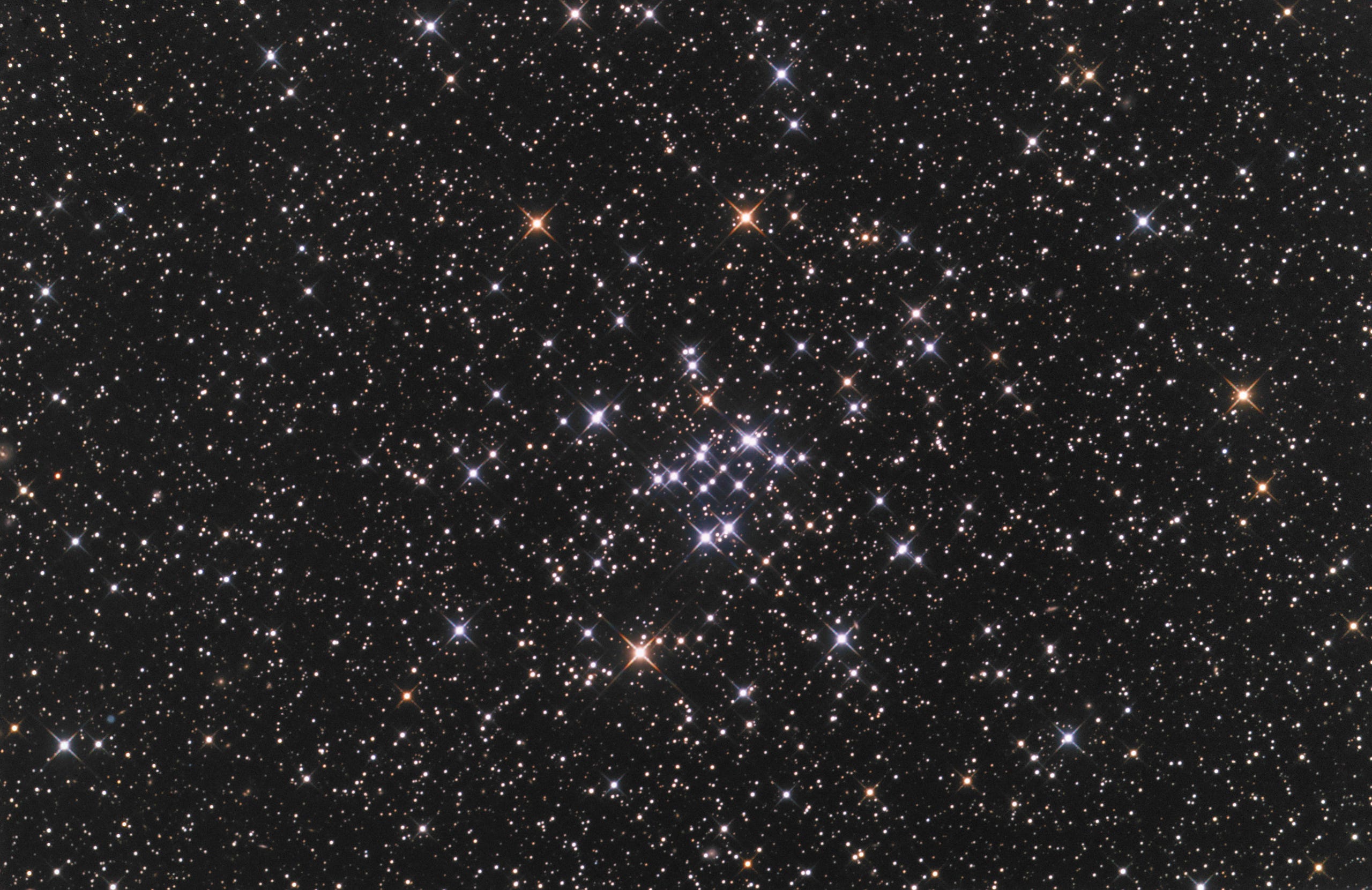
- M34, A Bright, Close Delight of the Winter Skies: October 14, 2013
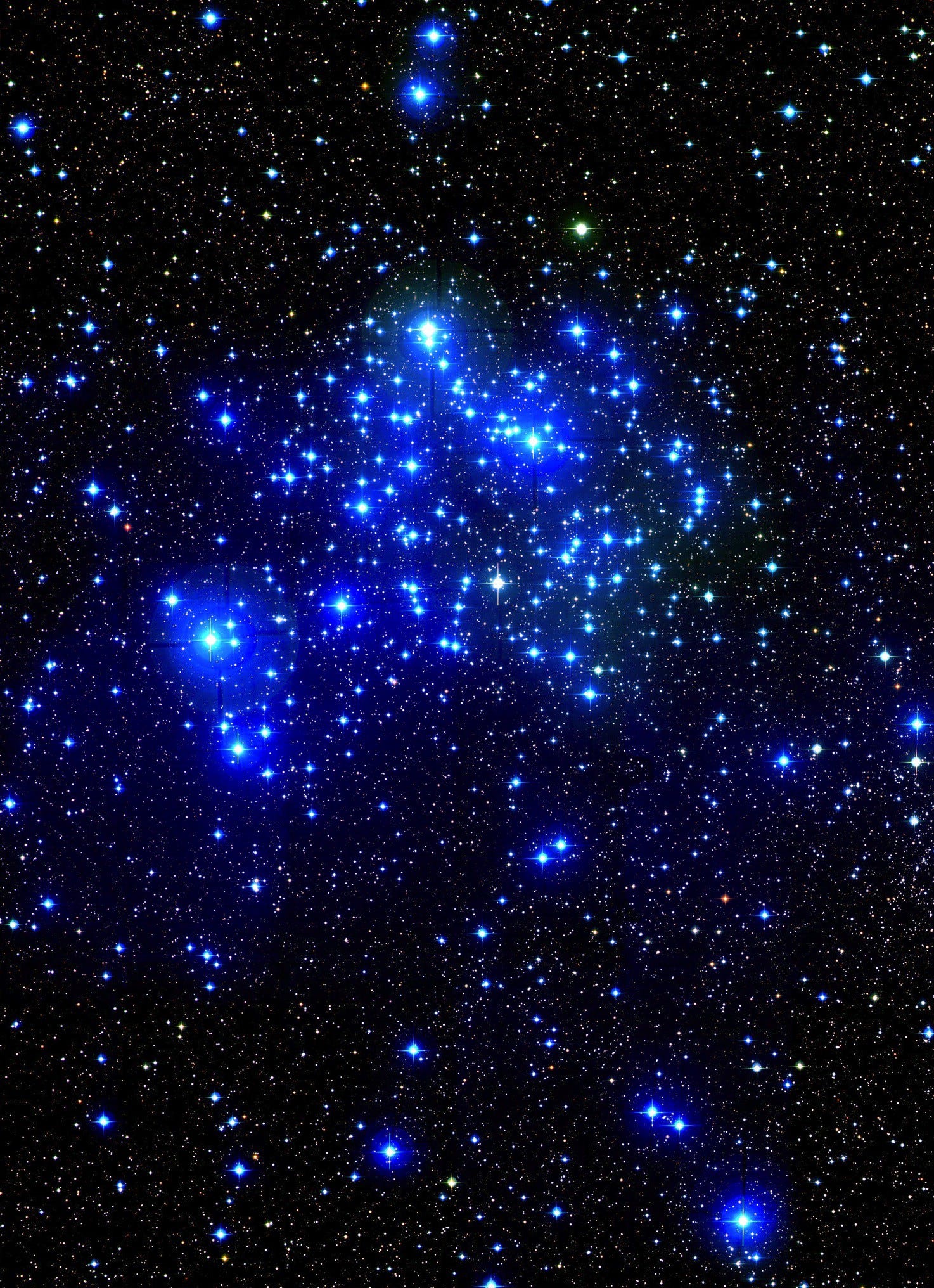
- M35, An All-Season Cluster: November 17, 2014
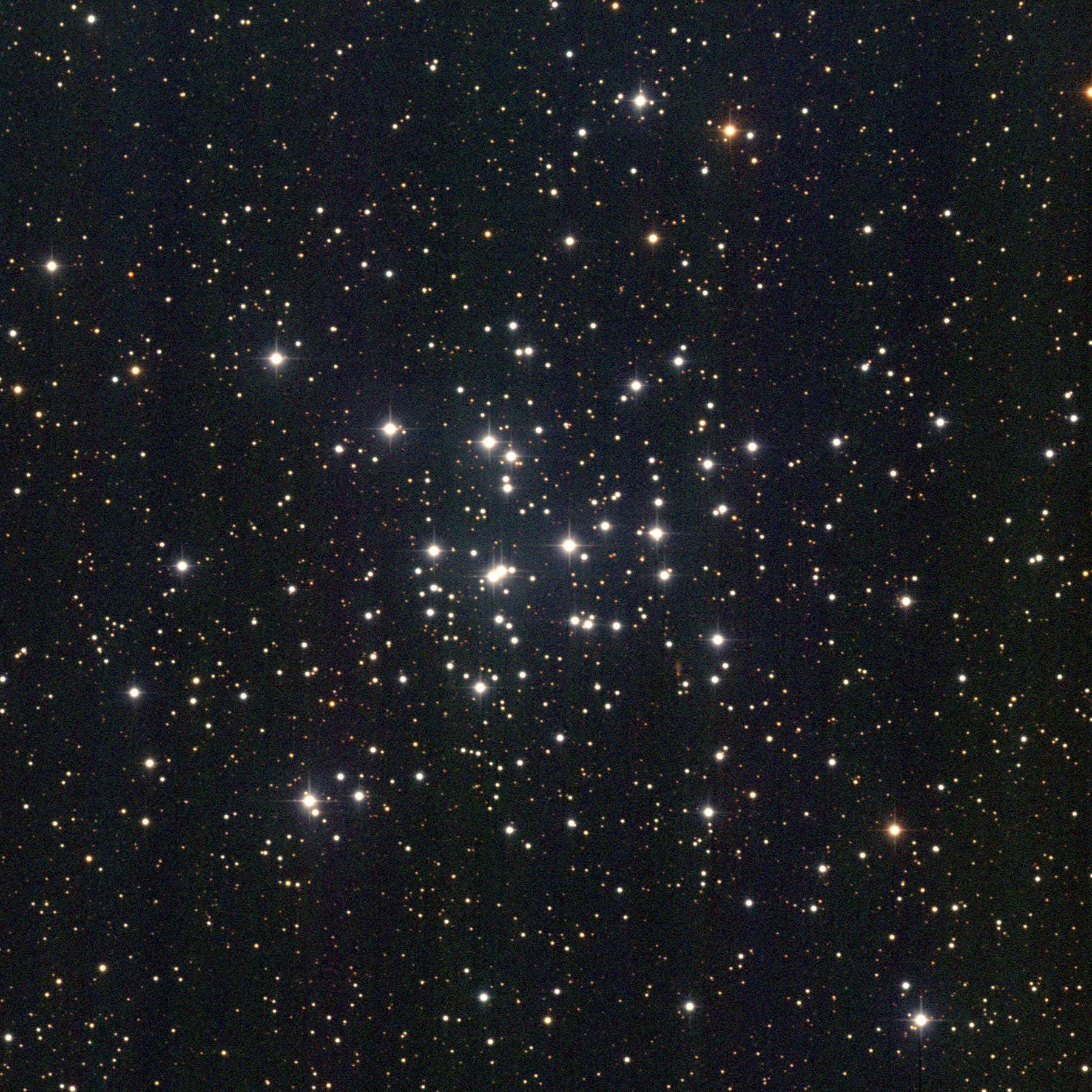
- M36, A High-Flying Cluster in the Winter Skies: November 18, 2013
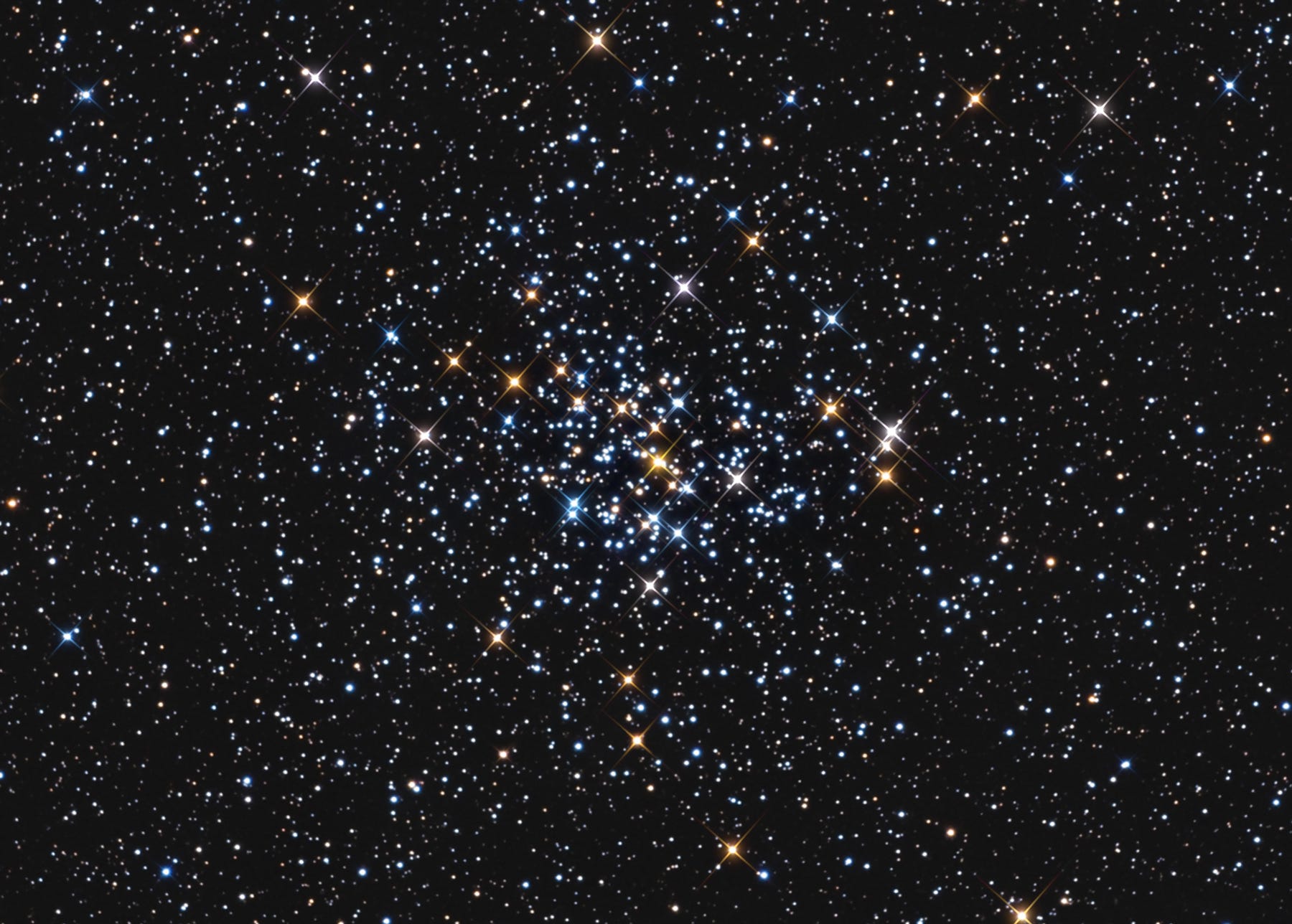
- M37, A Rich Open Star Cluster: December 3, 2012
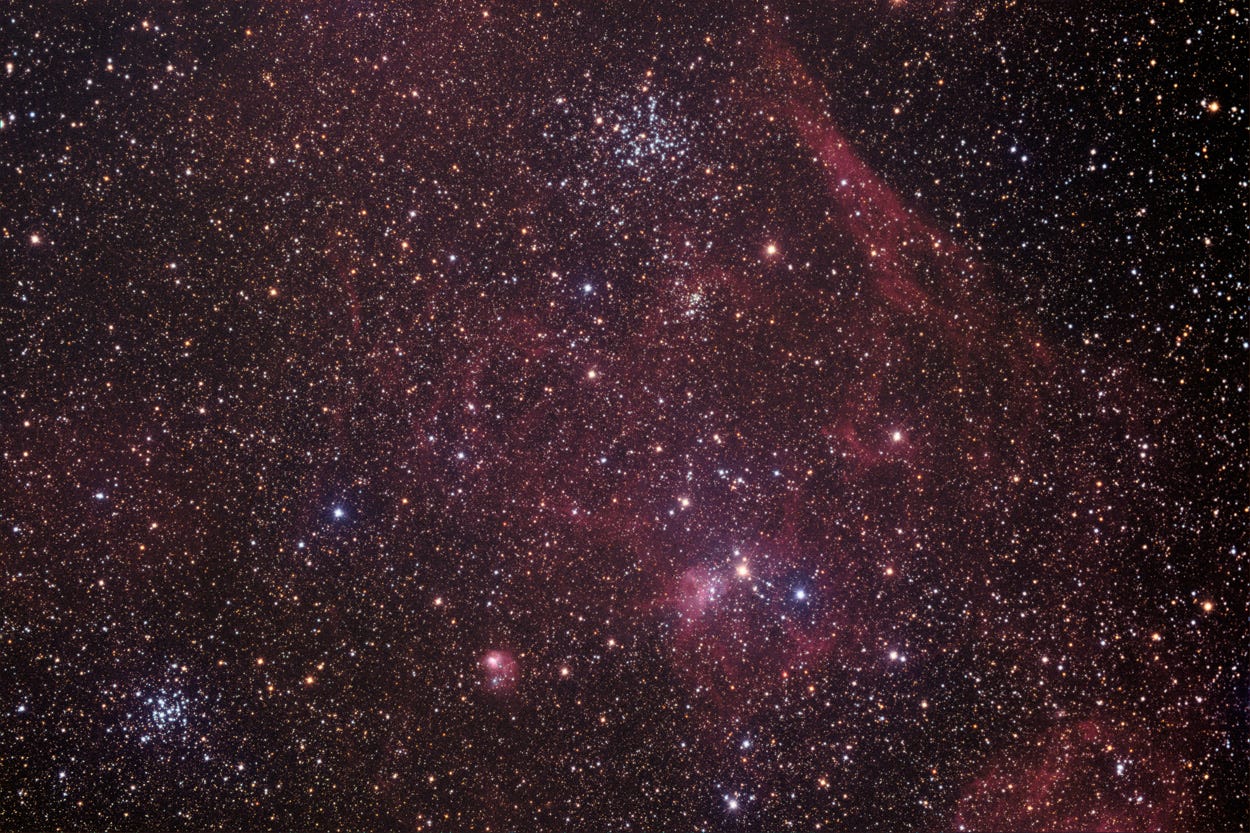
- M38, A Real-Life Pi-in-the-Sky Cluster: April 29, 2013
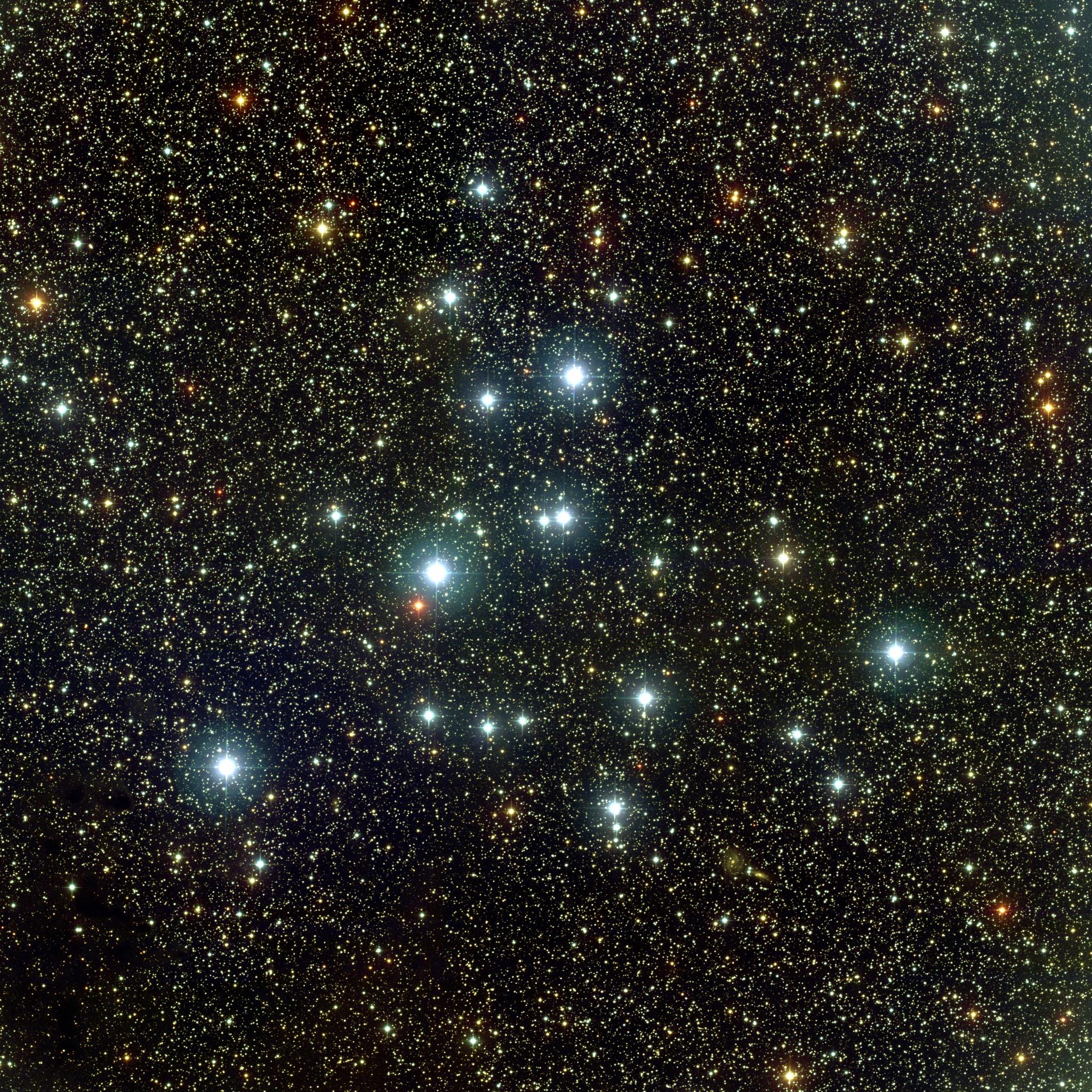
- M39, The Closest Messier Original: November 11, 2013
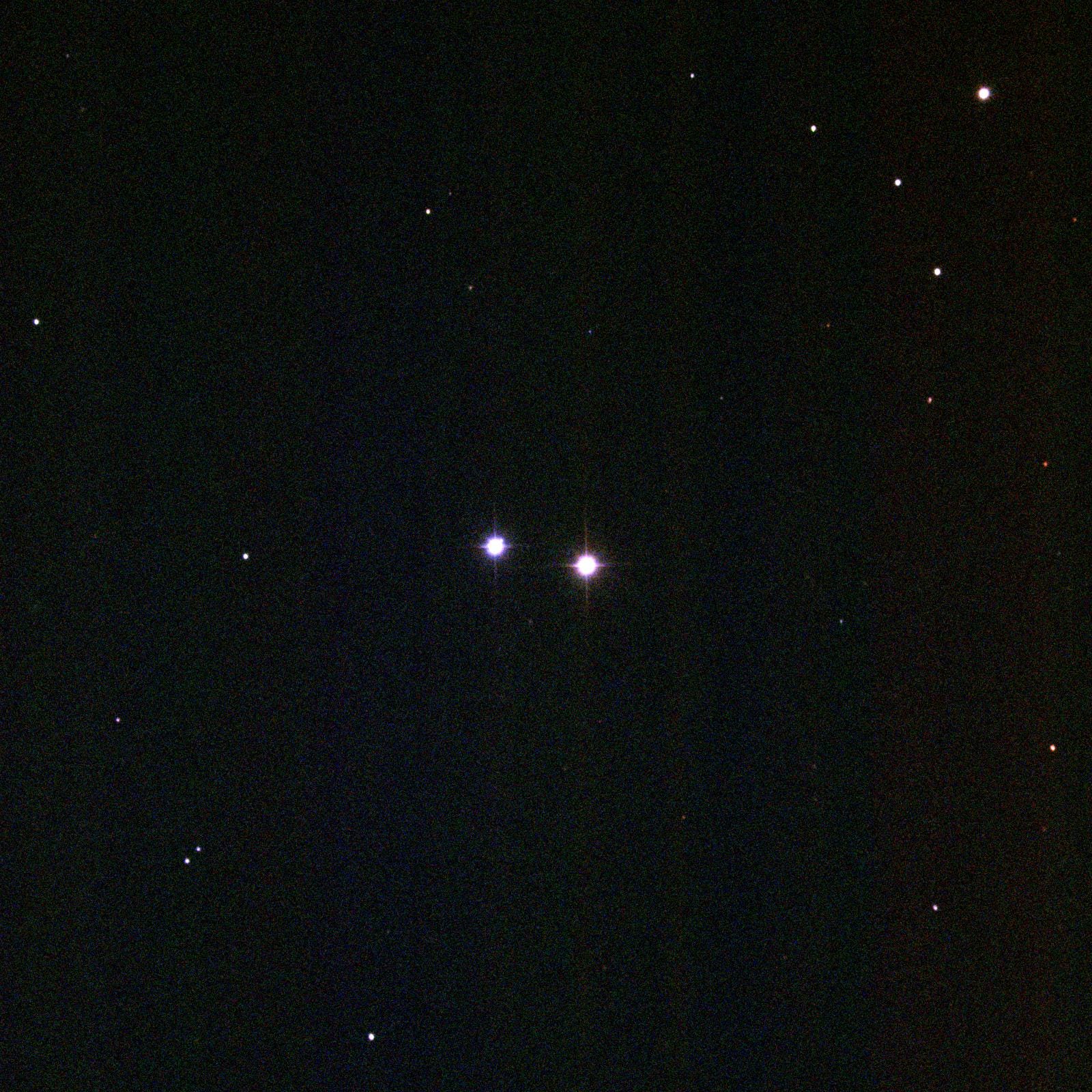
- M40, Messier’s Greatest Mistake: April 1, 2013
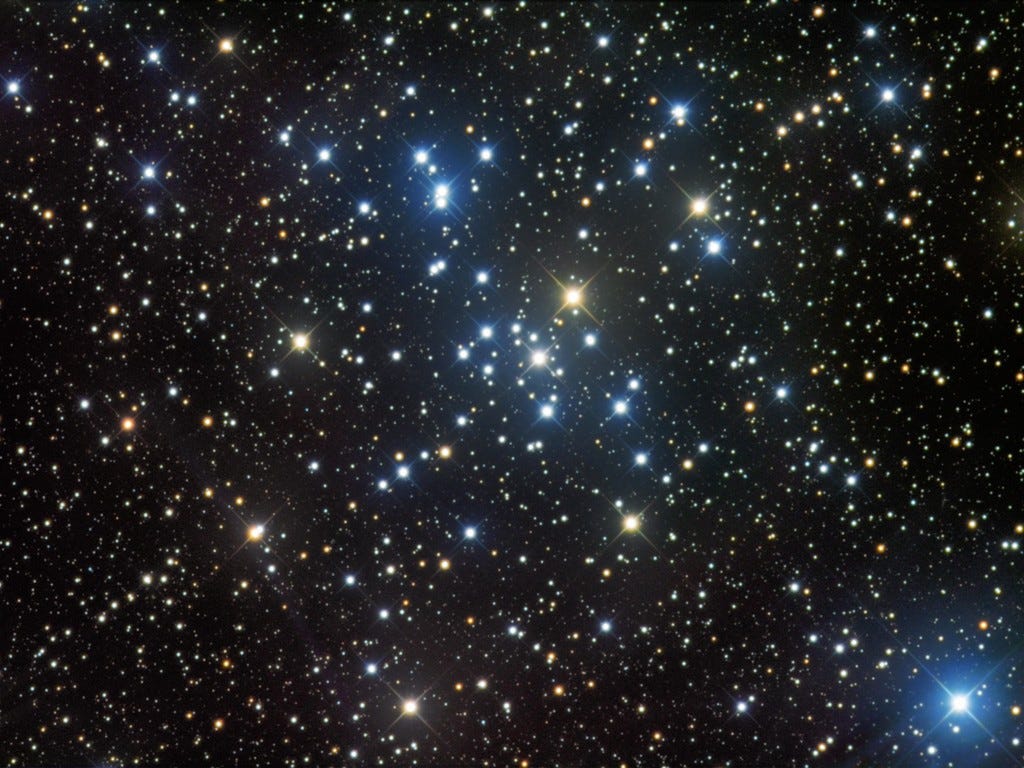
- M41, The Dog Star’s Secret Neighbor: January 7, 2013
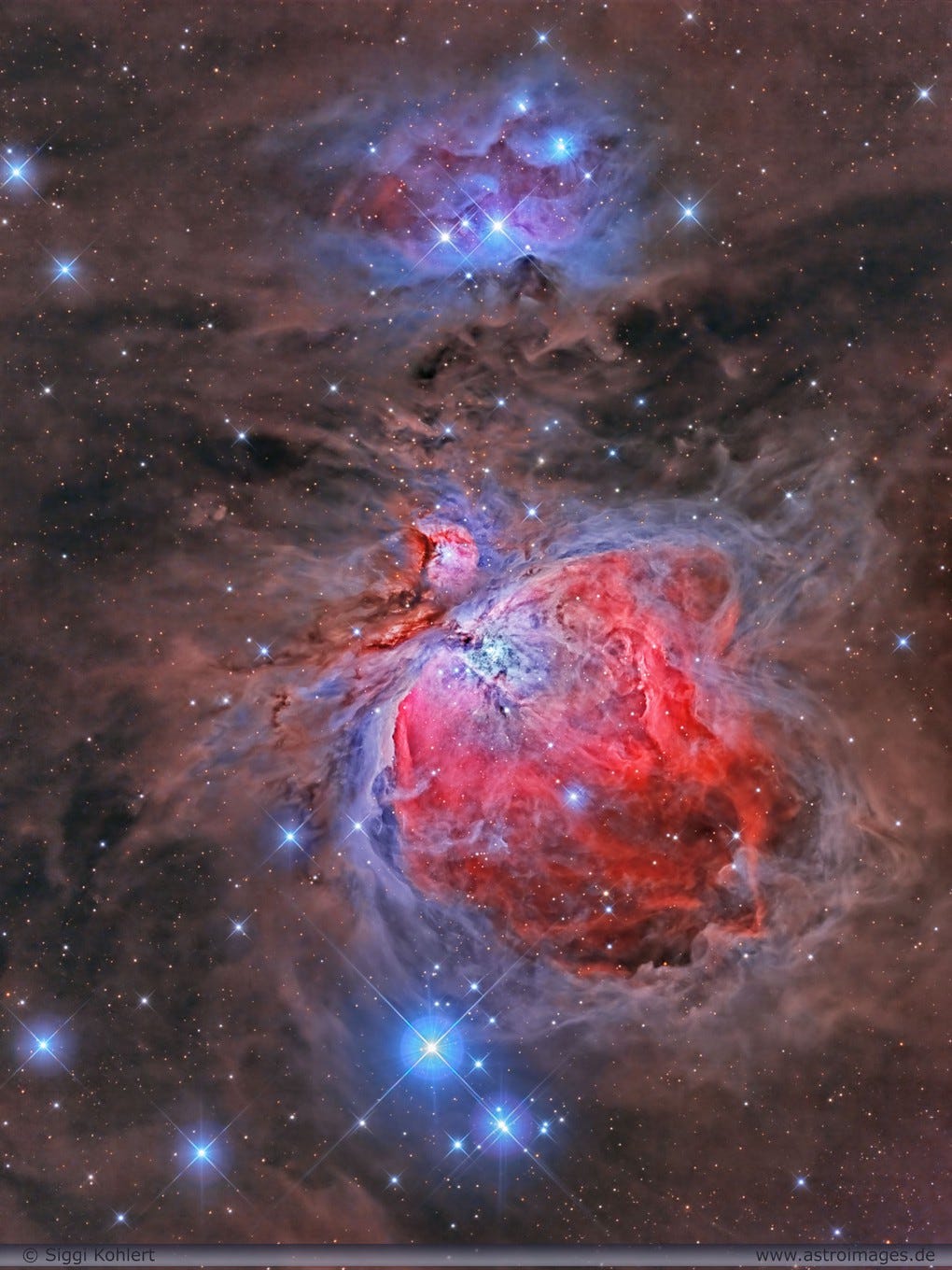
- M42, The Great Orion Nebula: February 3, 2014
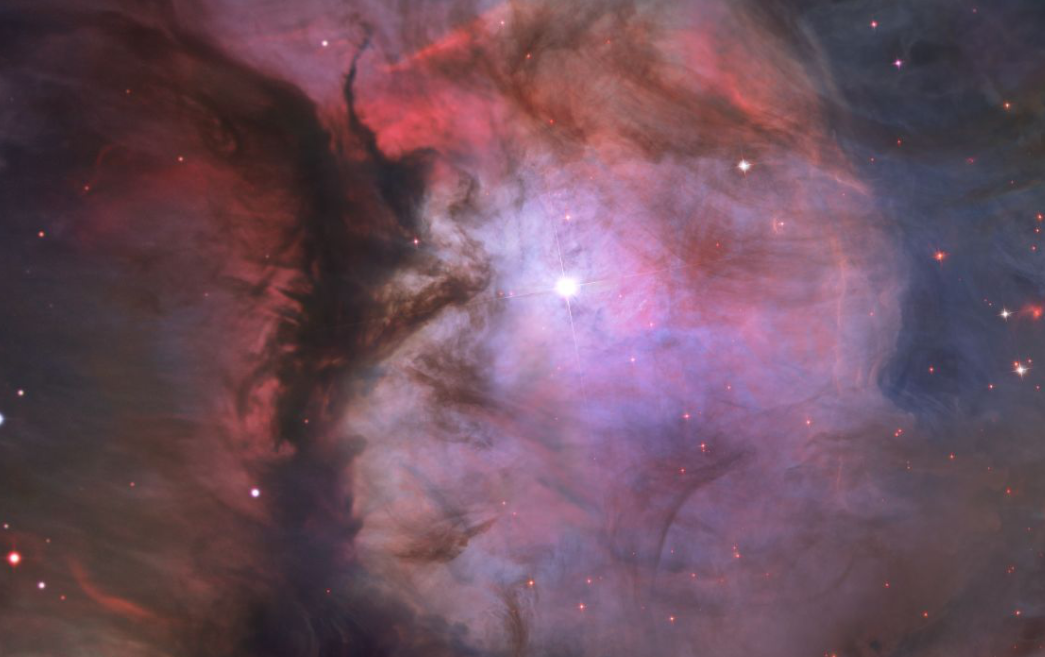
- M43, Orion’s Second Nebula: November 24, 2014
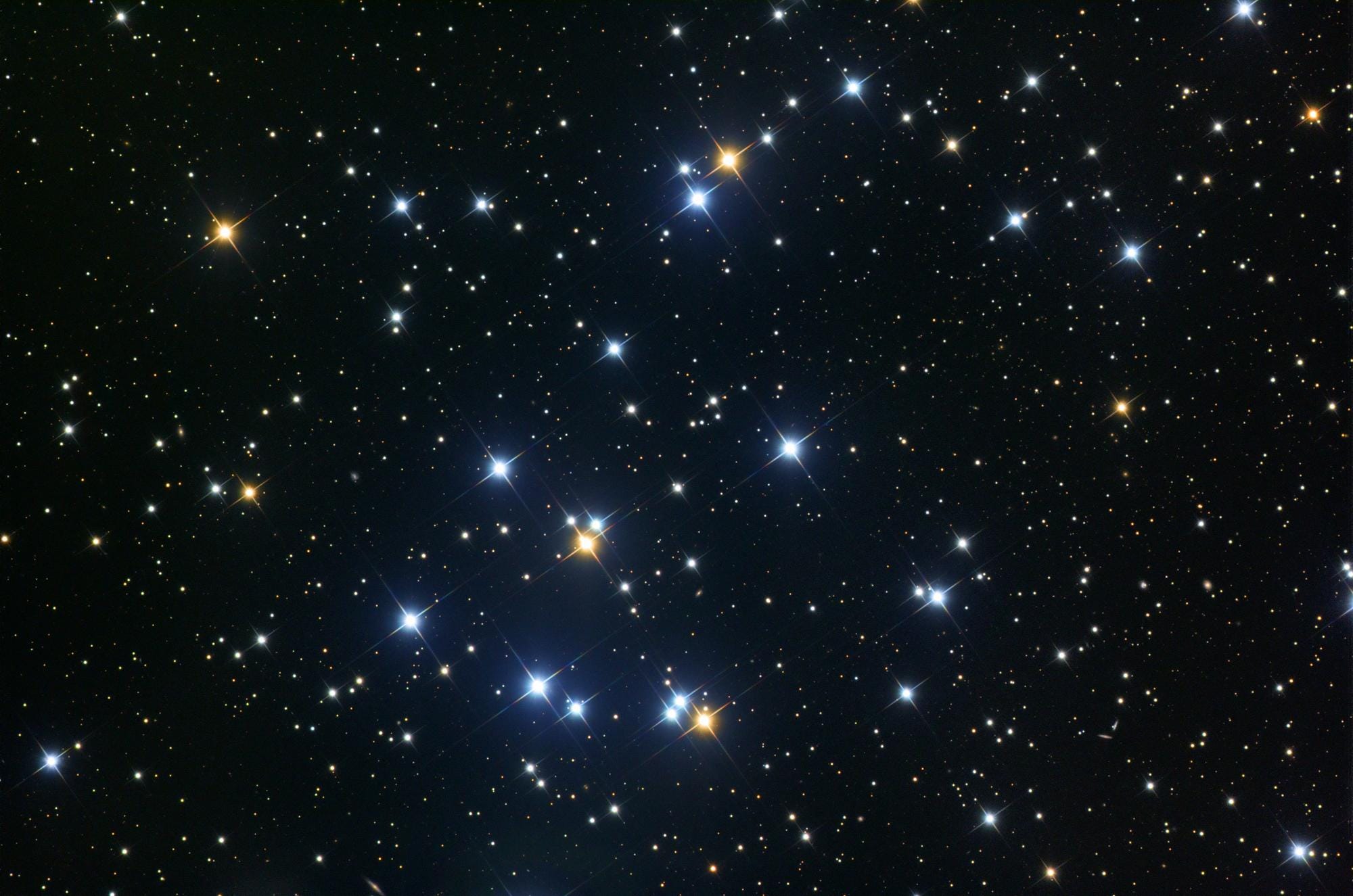
- M44, The Beehive Cluster / Praesepe: December 24, 2012
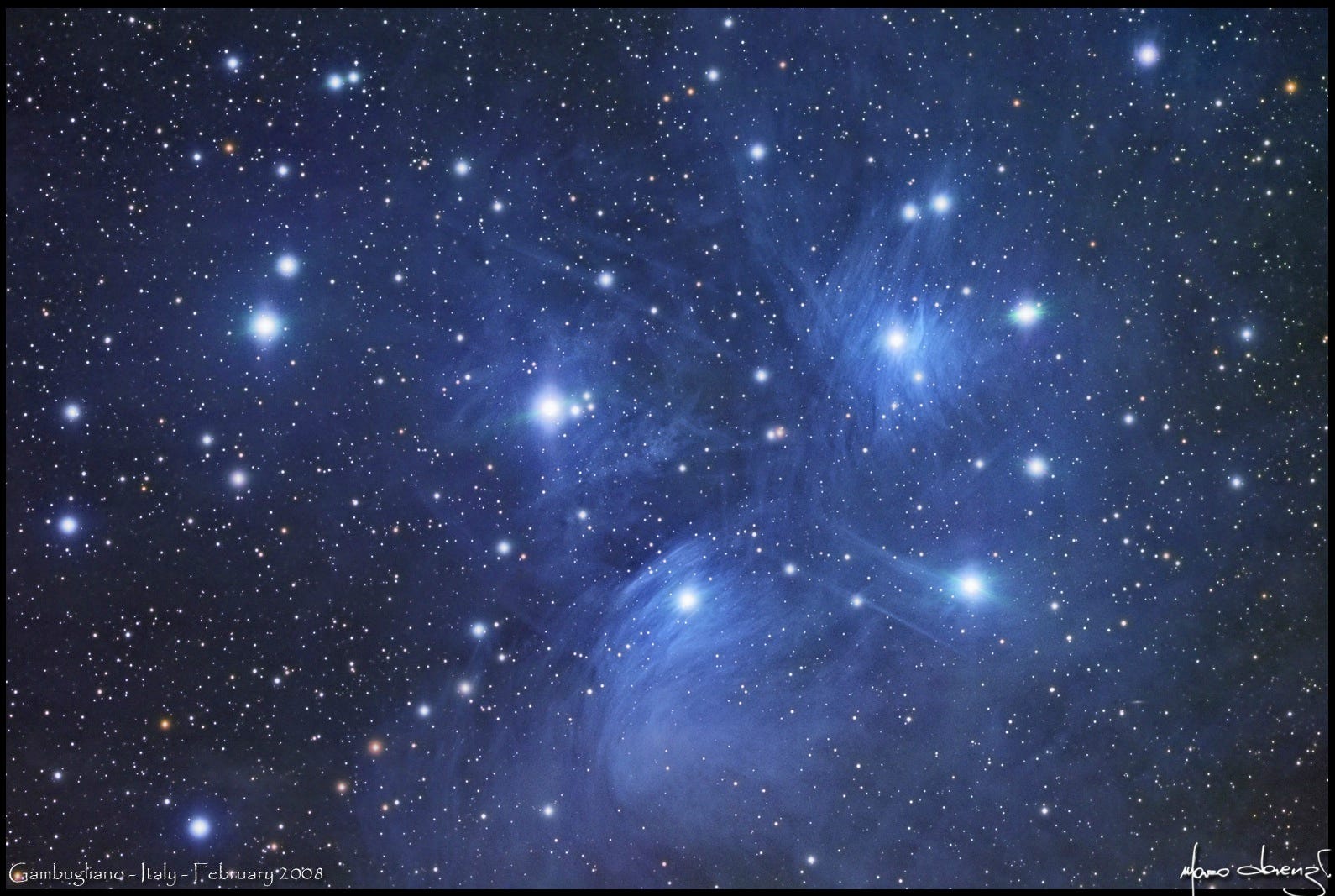
- M45, The Pleiades: October 29, 2012
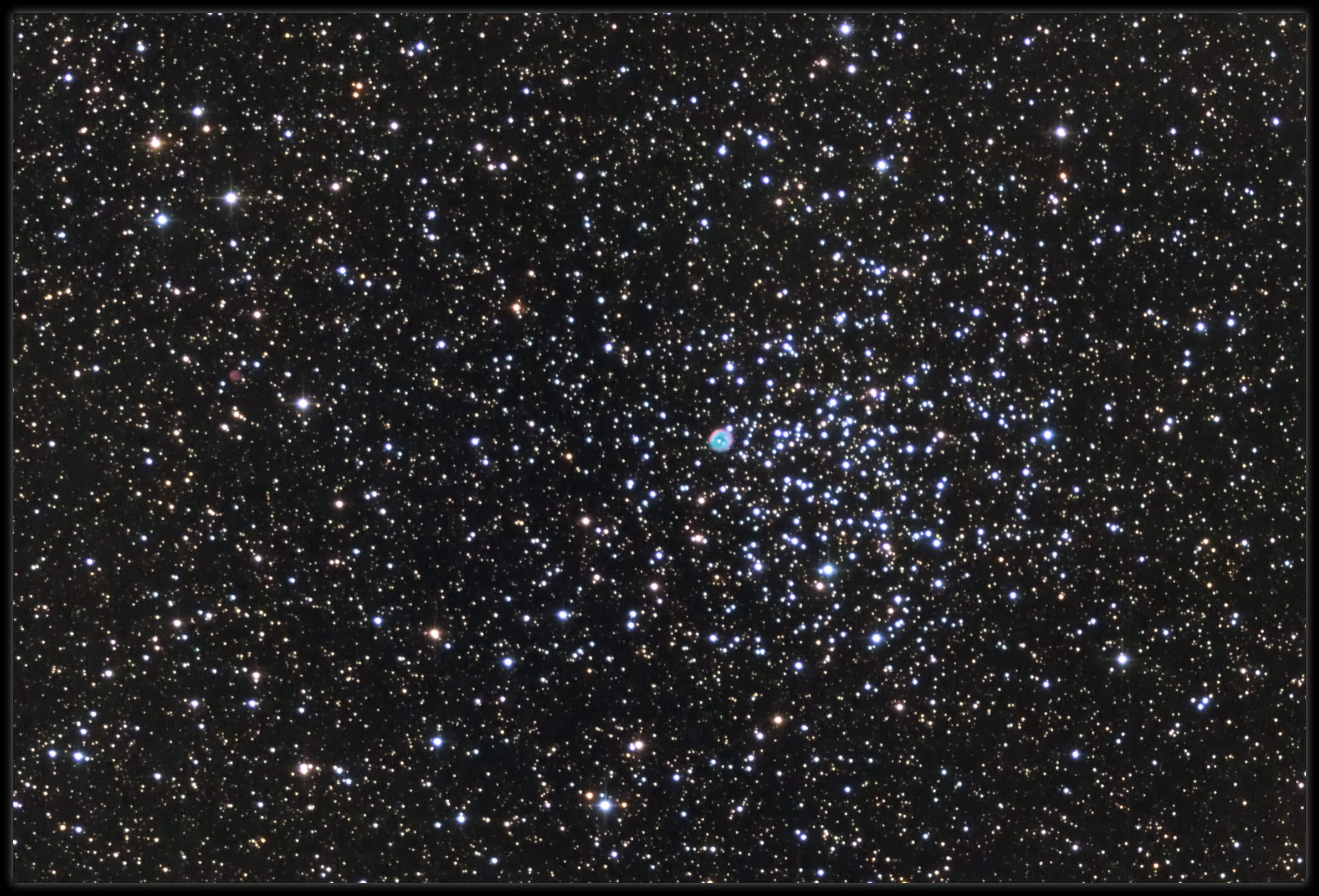
- M46, The ‘Little Sister’ Cluster: December 23, 2013
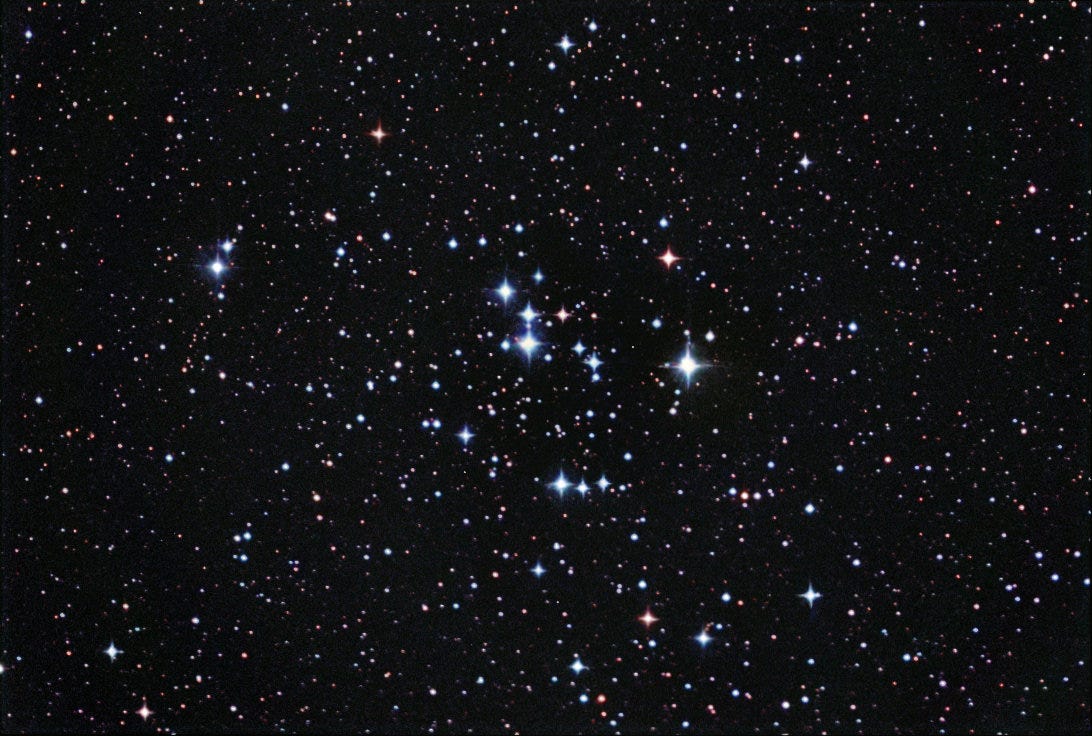
- M47, A Big, Blue, Bright Baby Cluster: December 16, 2013
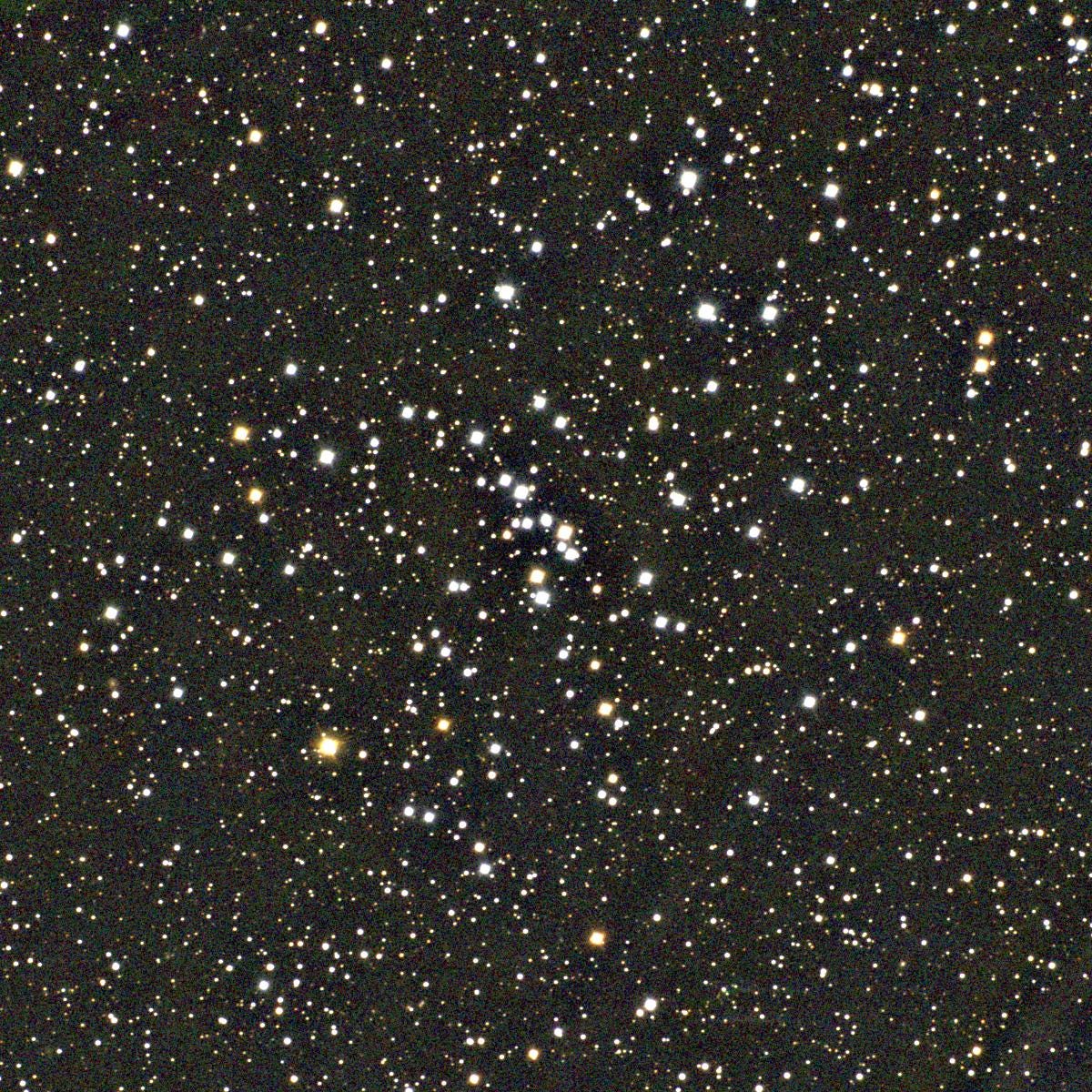
- M48, A Lost-and-Found Star Cluster: February 11, 2013
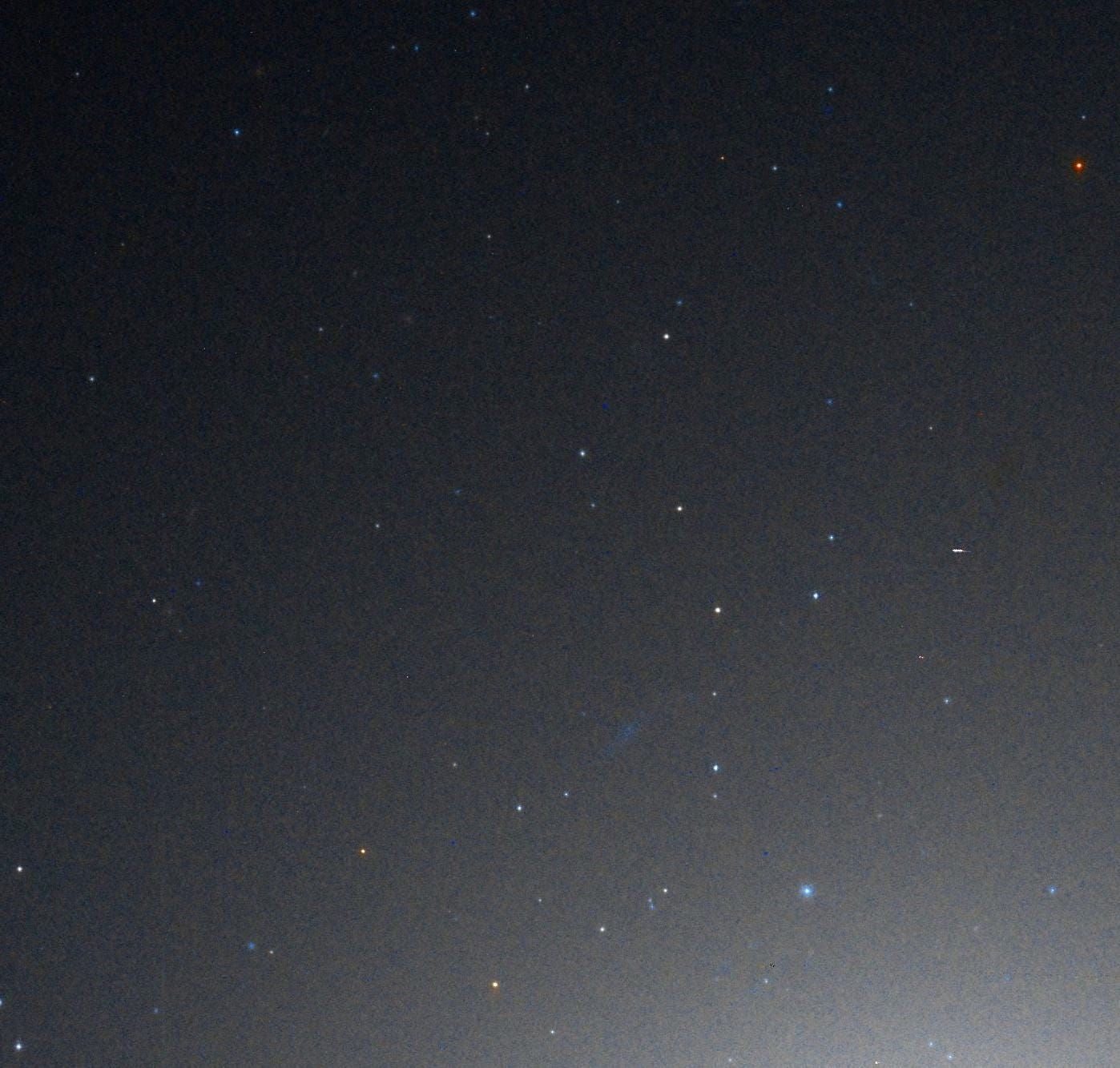
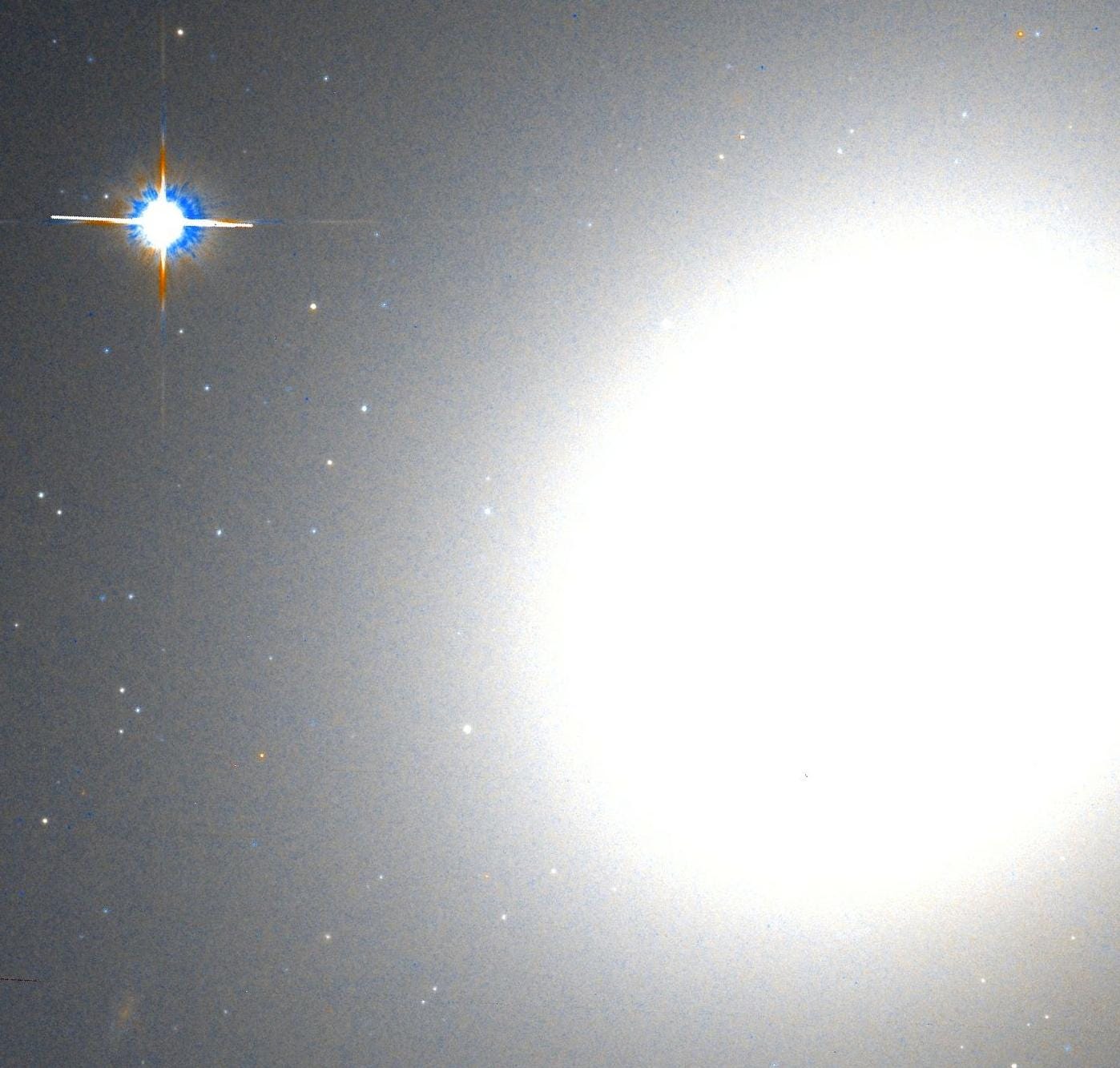
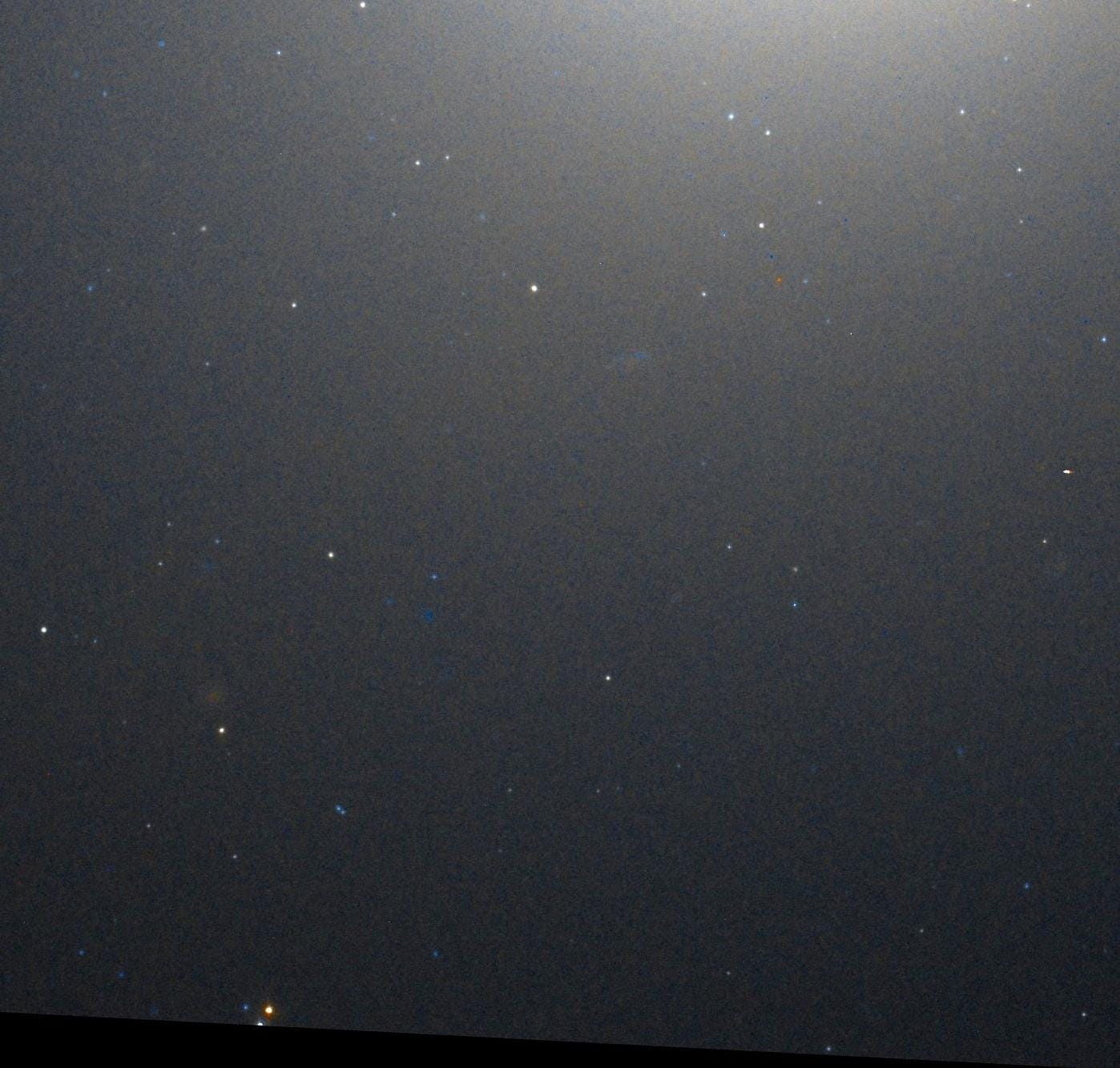
- M49, Virgo’s Brightest Galaxy: March 3, 2014
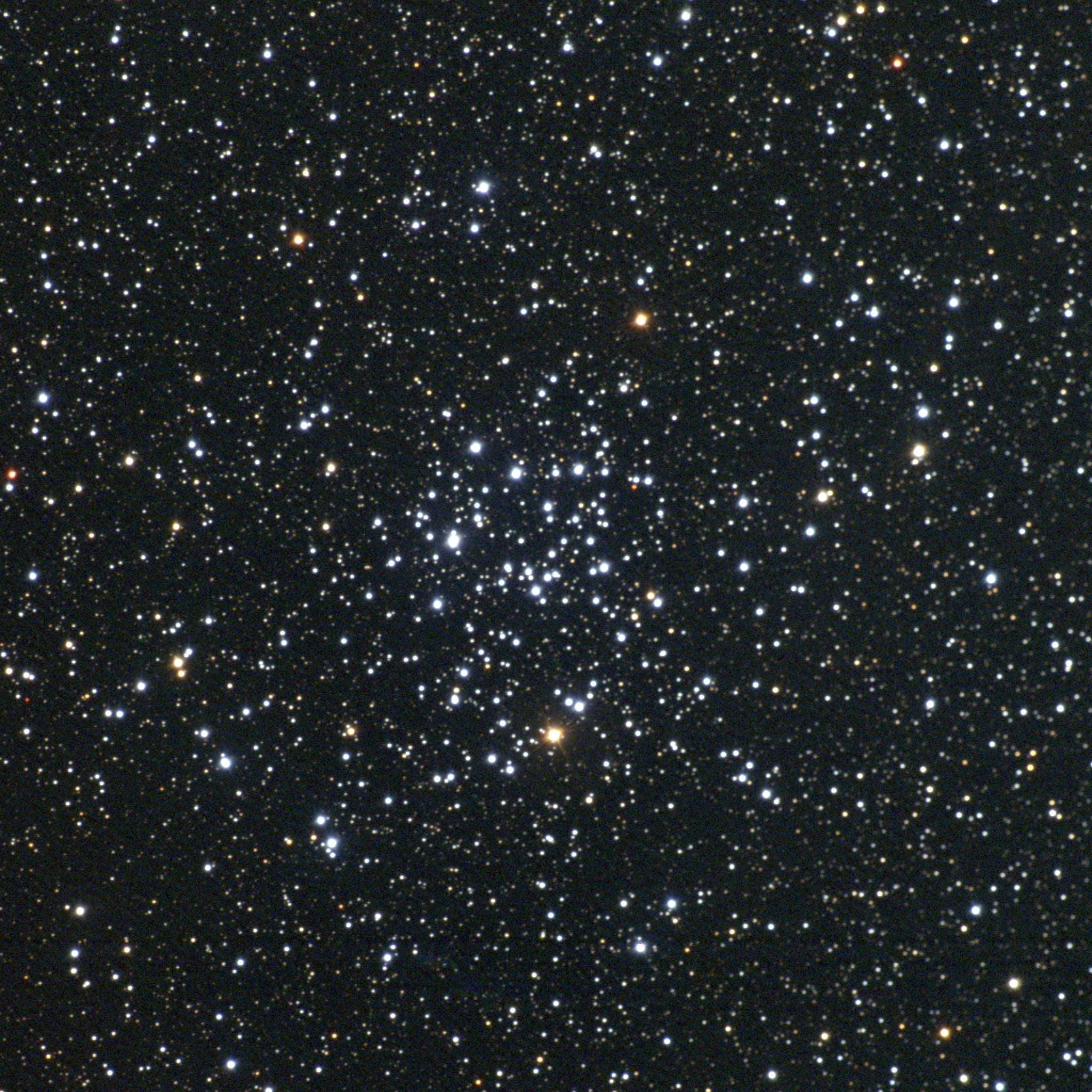
- M50, Brilliant Stars for a Winter’s Night: December 2, 2013
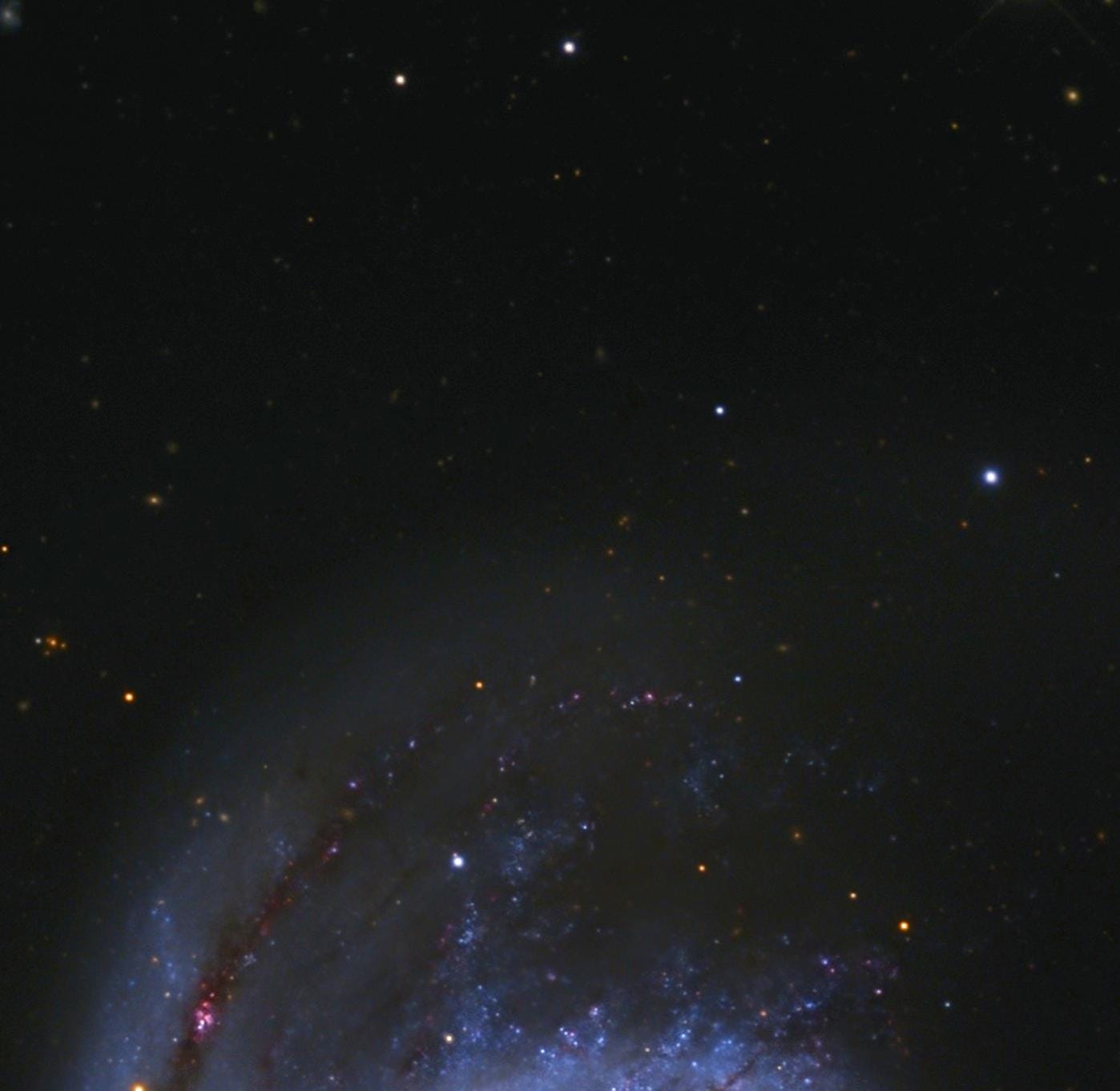
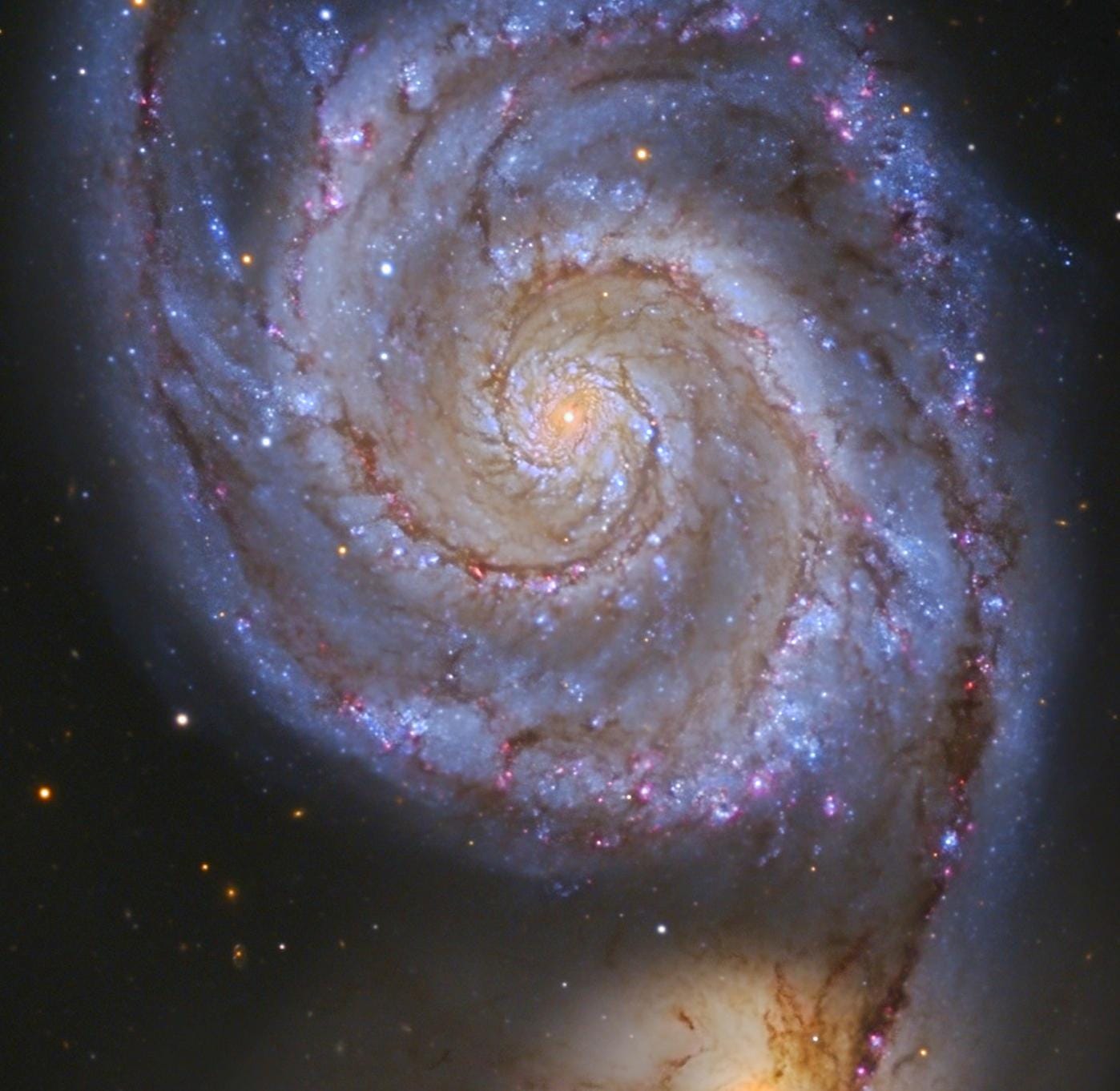
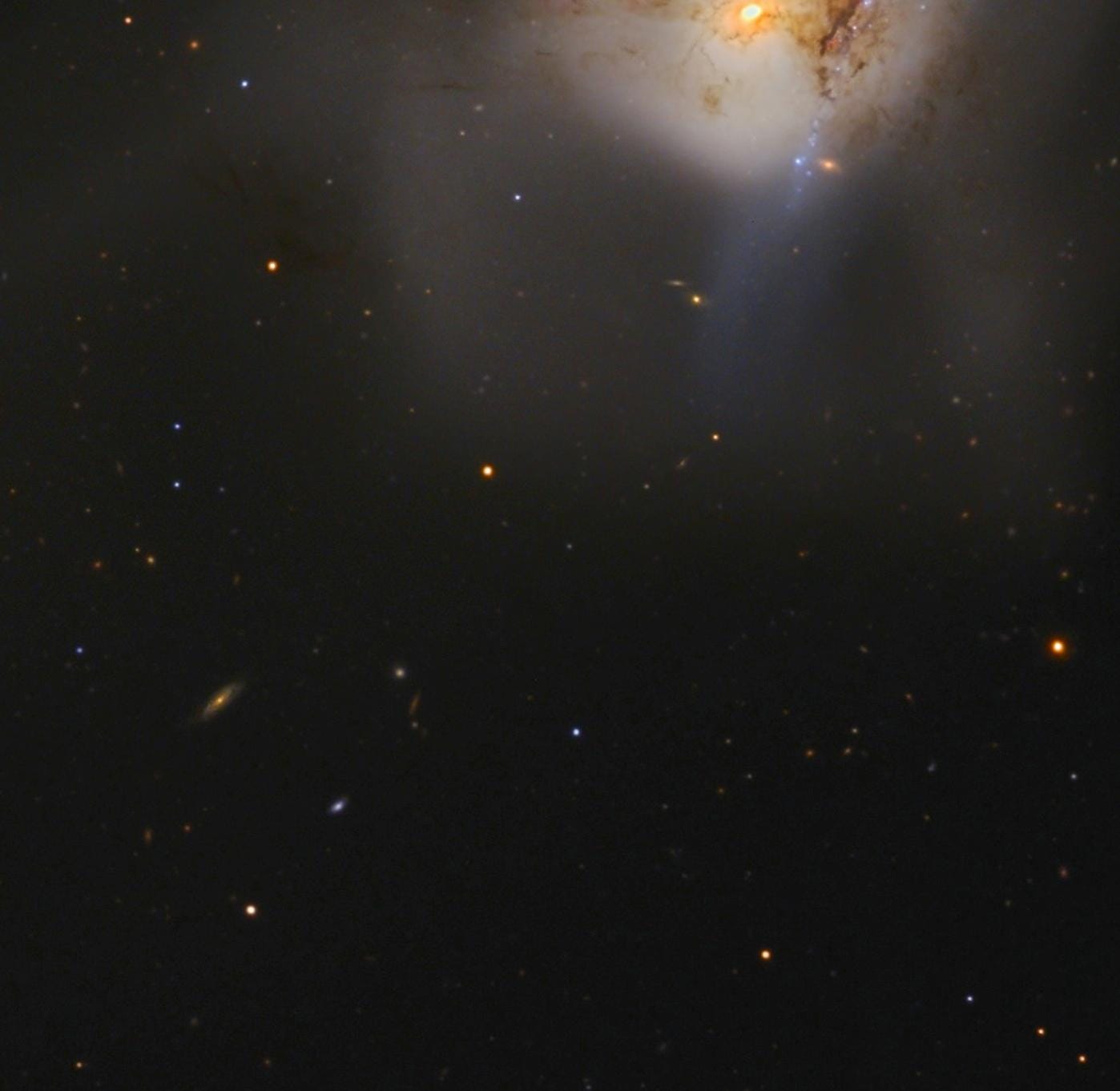
- M51, The Whirlpool Galaxy: April 15th, 2013
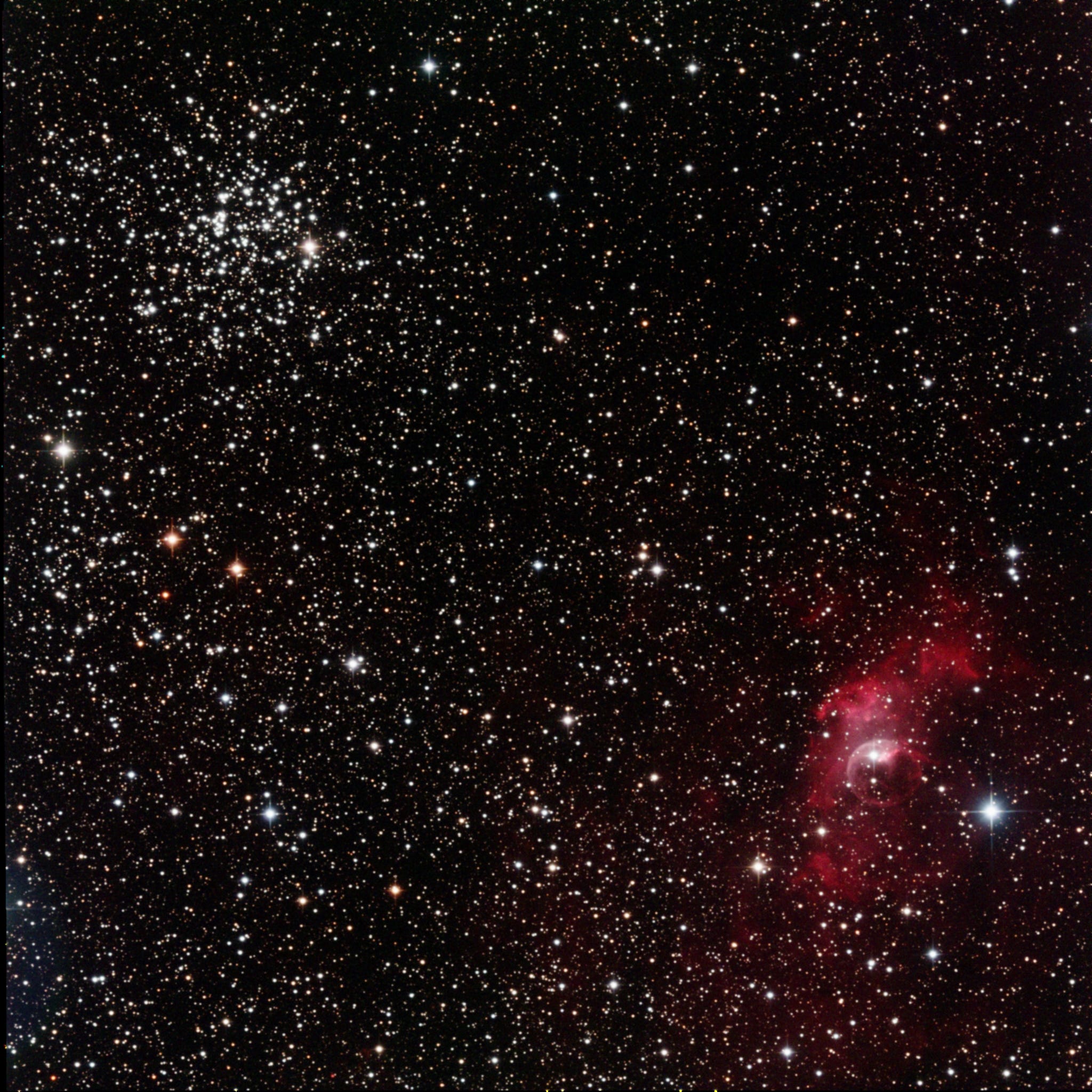
- M52, A Star Cluster on the Bubble: March 4, 2013
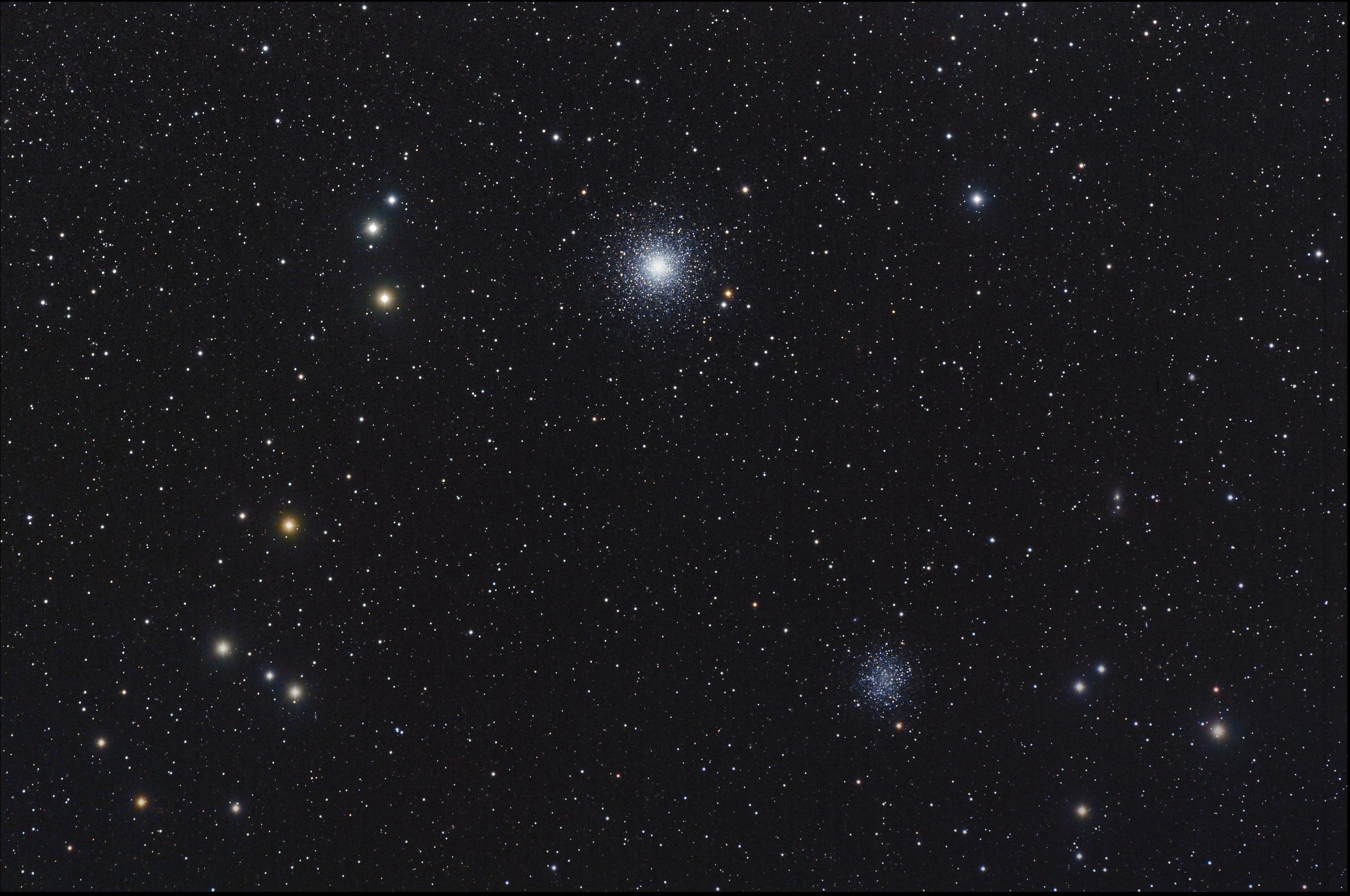
- M53, The Most Northern Galactic Globular: February 18, 2013

- M54, The First Extragalactic Globular: September 22, 2014
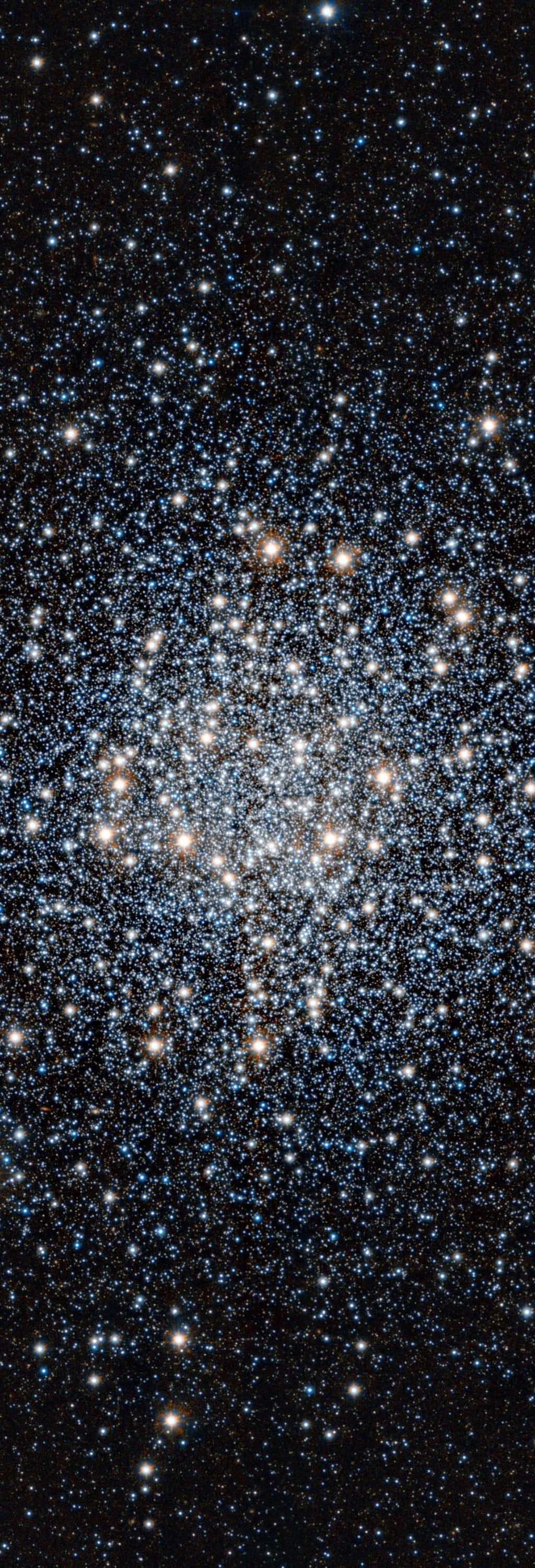
- M55, The Most Elusive Globular Cluster: September 29, 2014
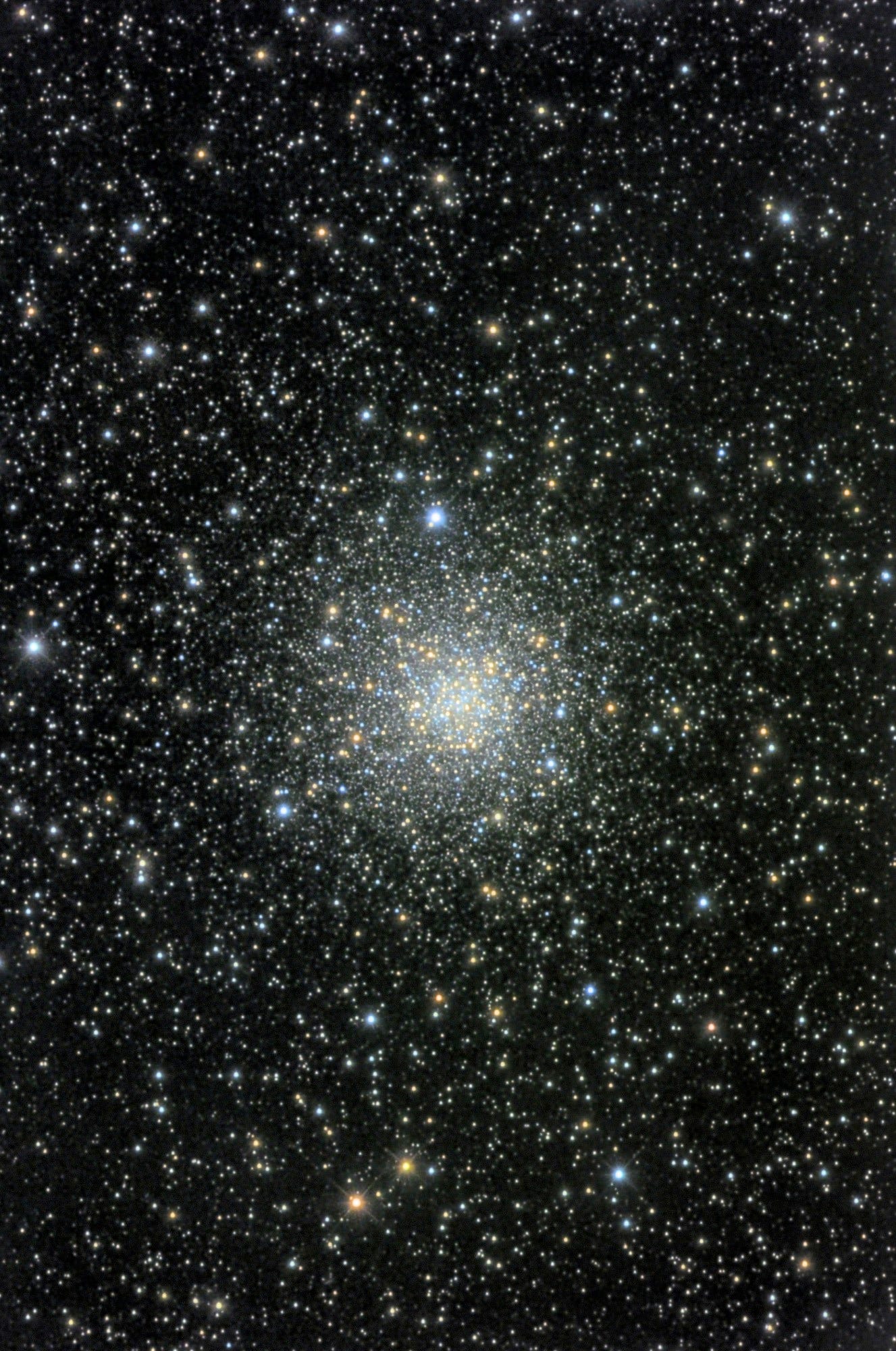
- M56, The Methuselah of Messier Objects: August 12, 2013
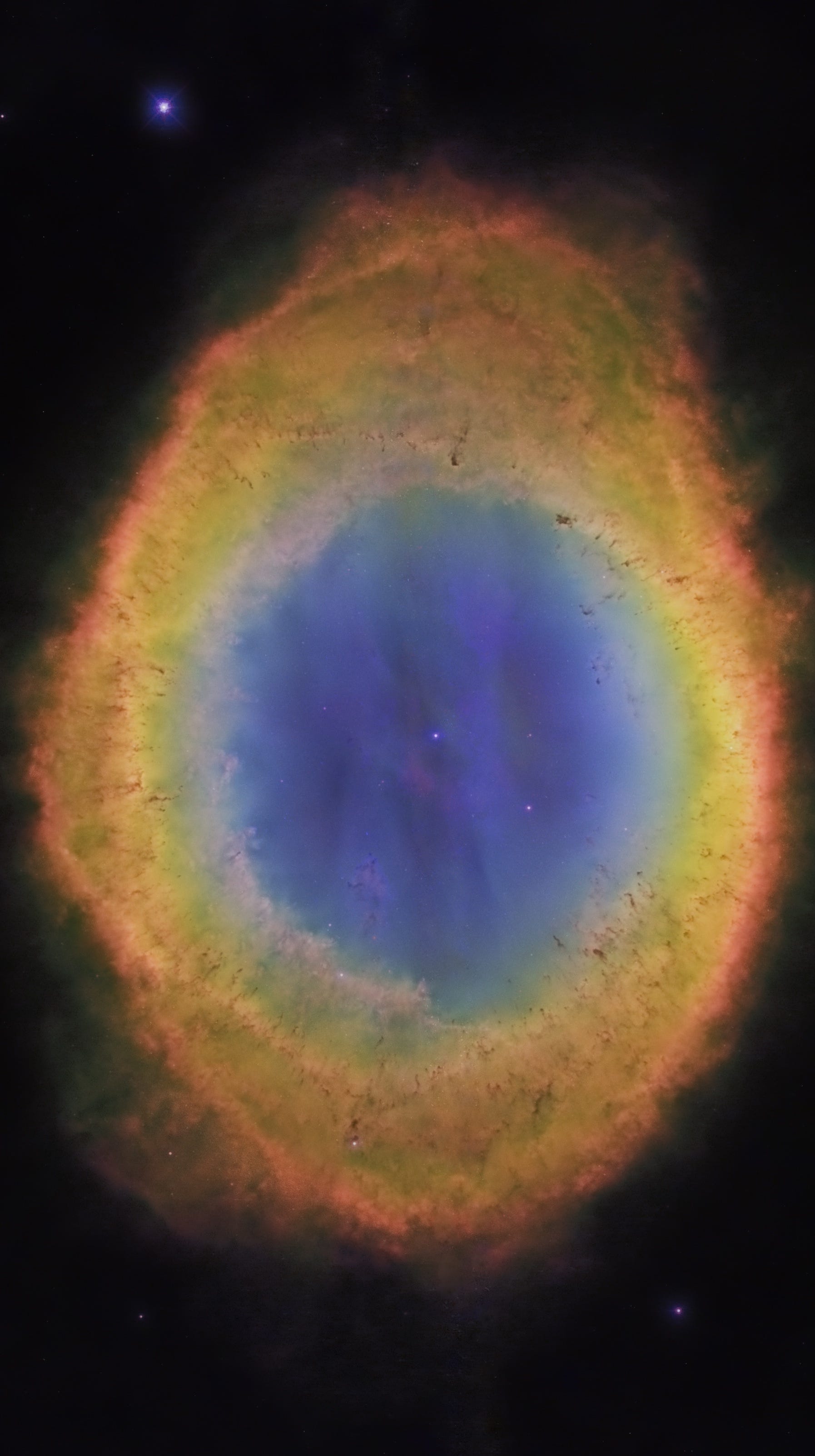
- M57, The Ring Nebula: July 1, 2013
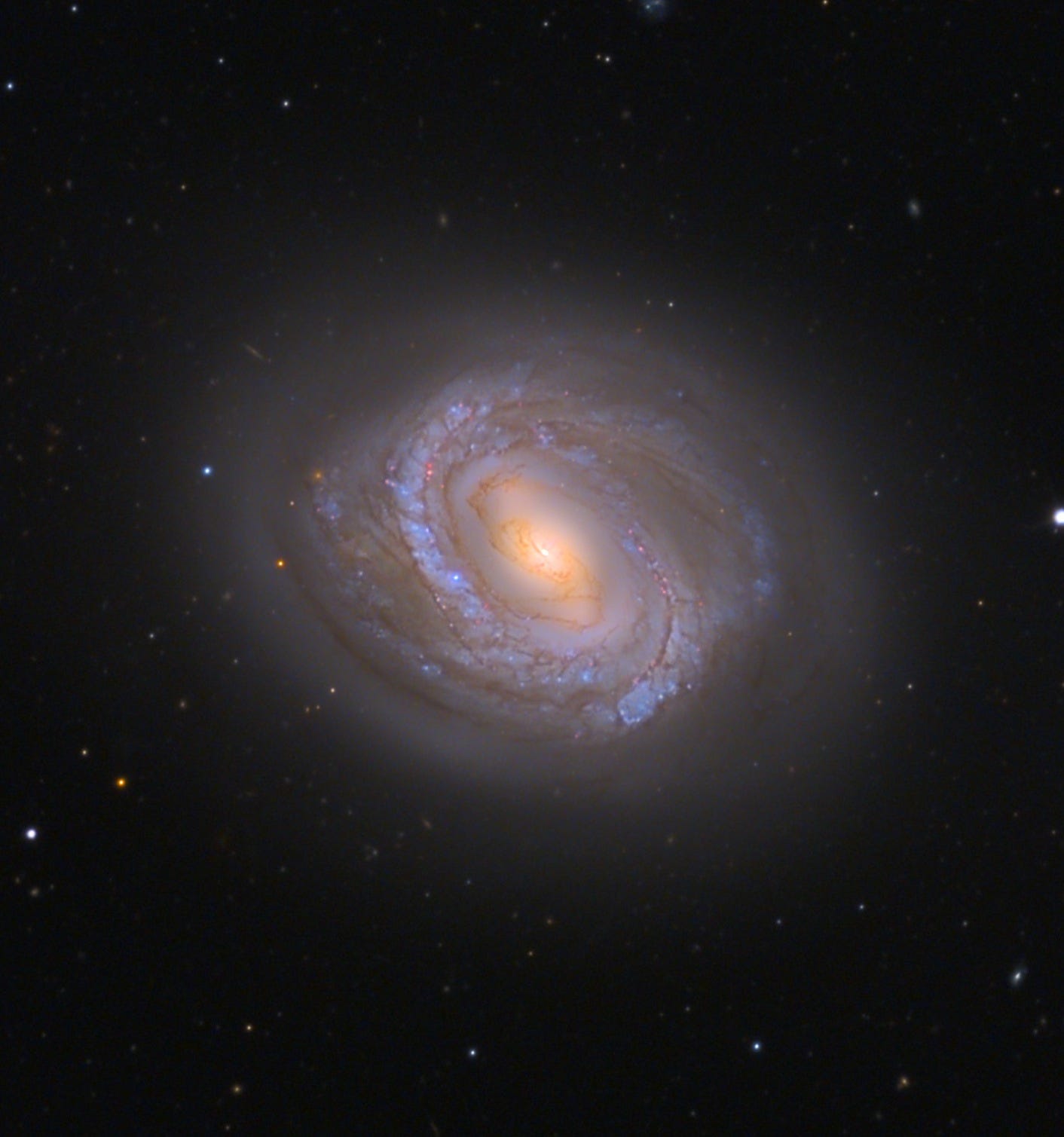
- M58, The Farthest Messier Object (for now): April 7, 2014
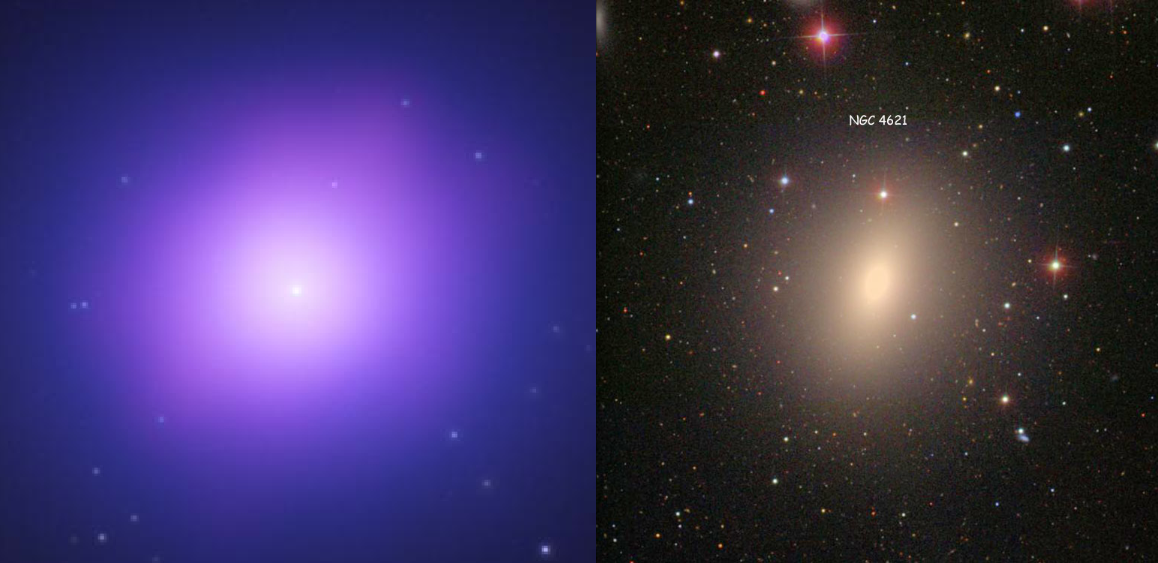
- M59, An Elliptical Rotating Wrongly: April 28, 2014
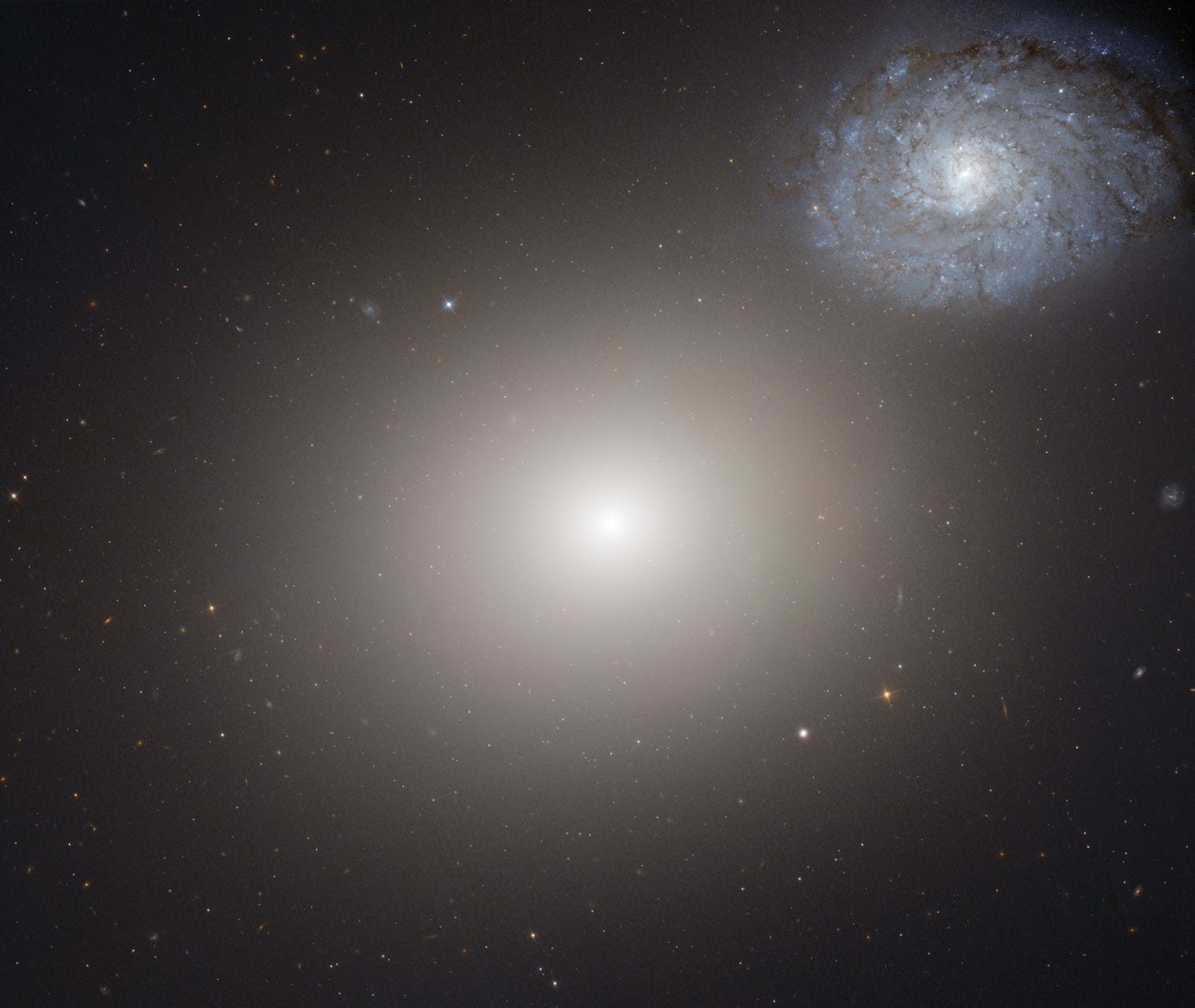
- M60, The Gateway Galaxy to Virgo: February 4, 2013
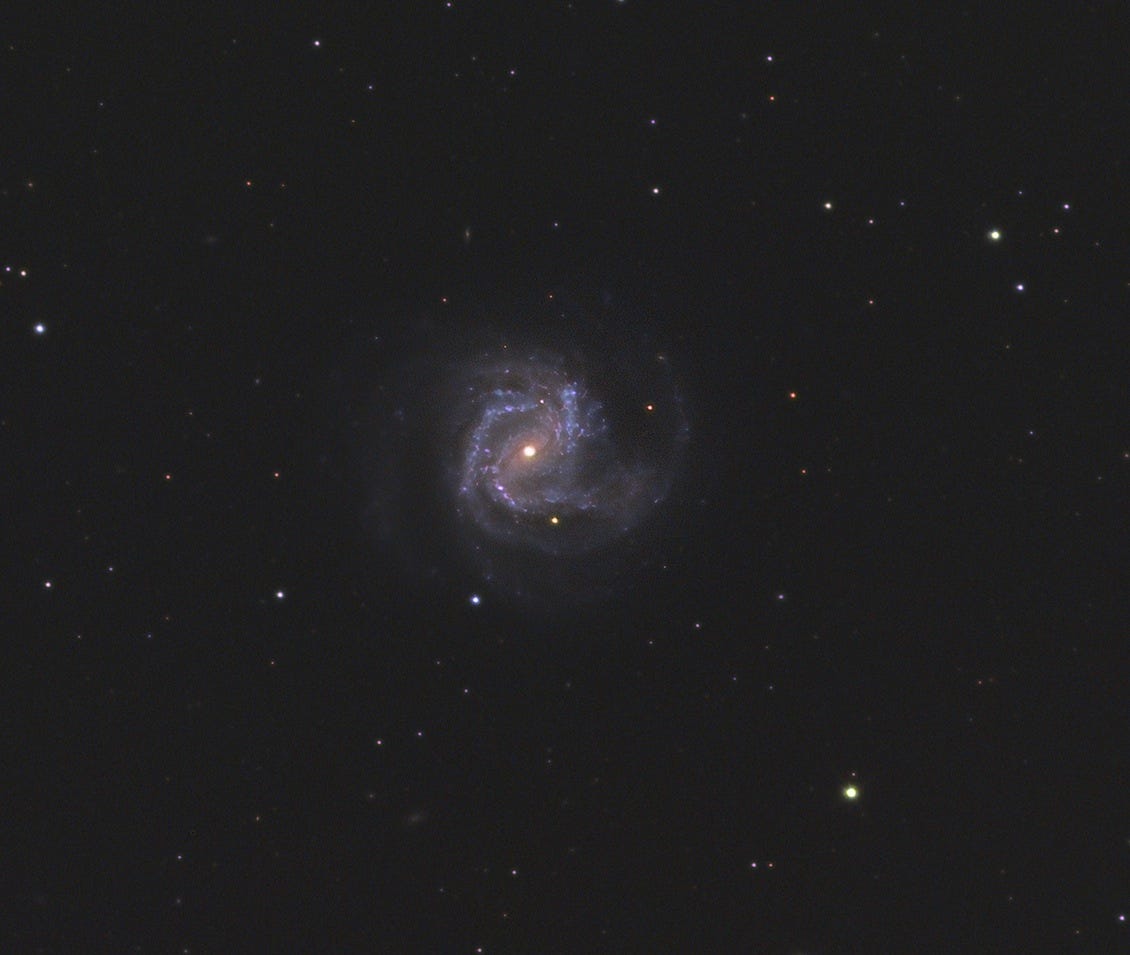
- M61, A Star-Forming Spiral: April 14, 2014
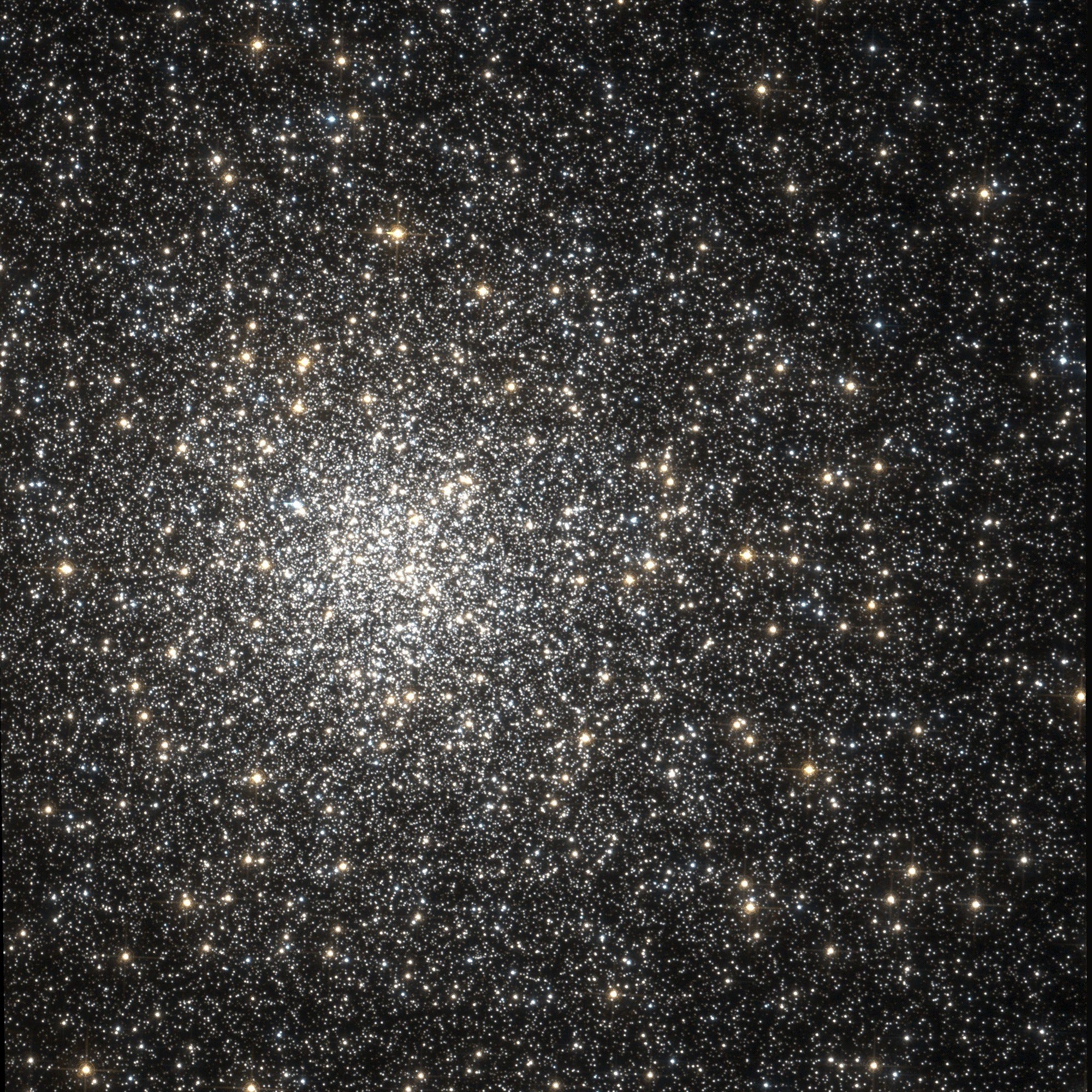
- M62, The Galaxy’s First Globular With A Black Hole: August 11, 2014
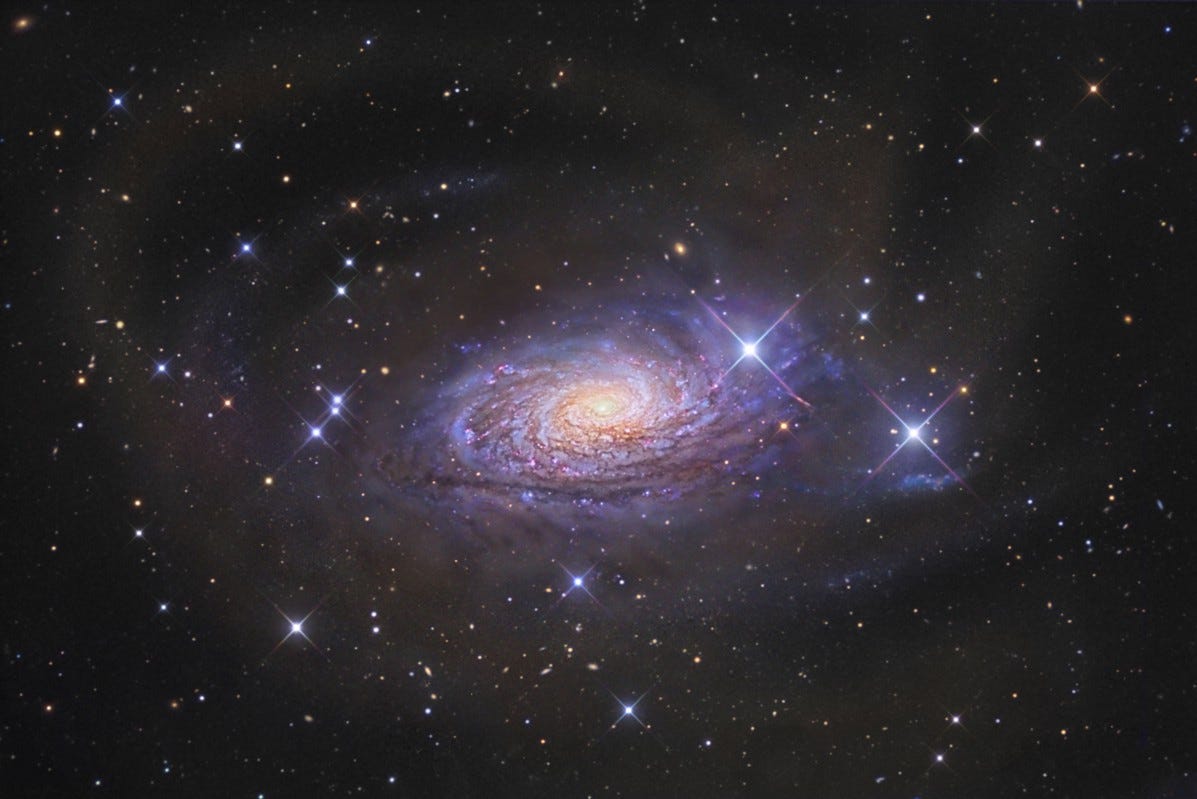
- M63, The Sunflower Galaxy: January 6, 2014
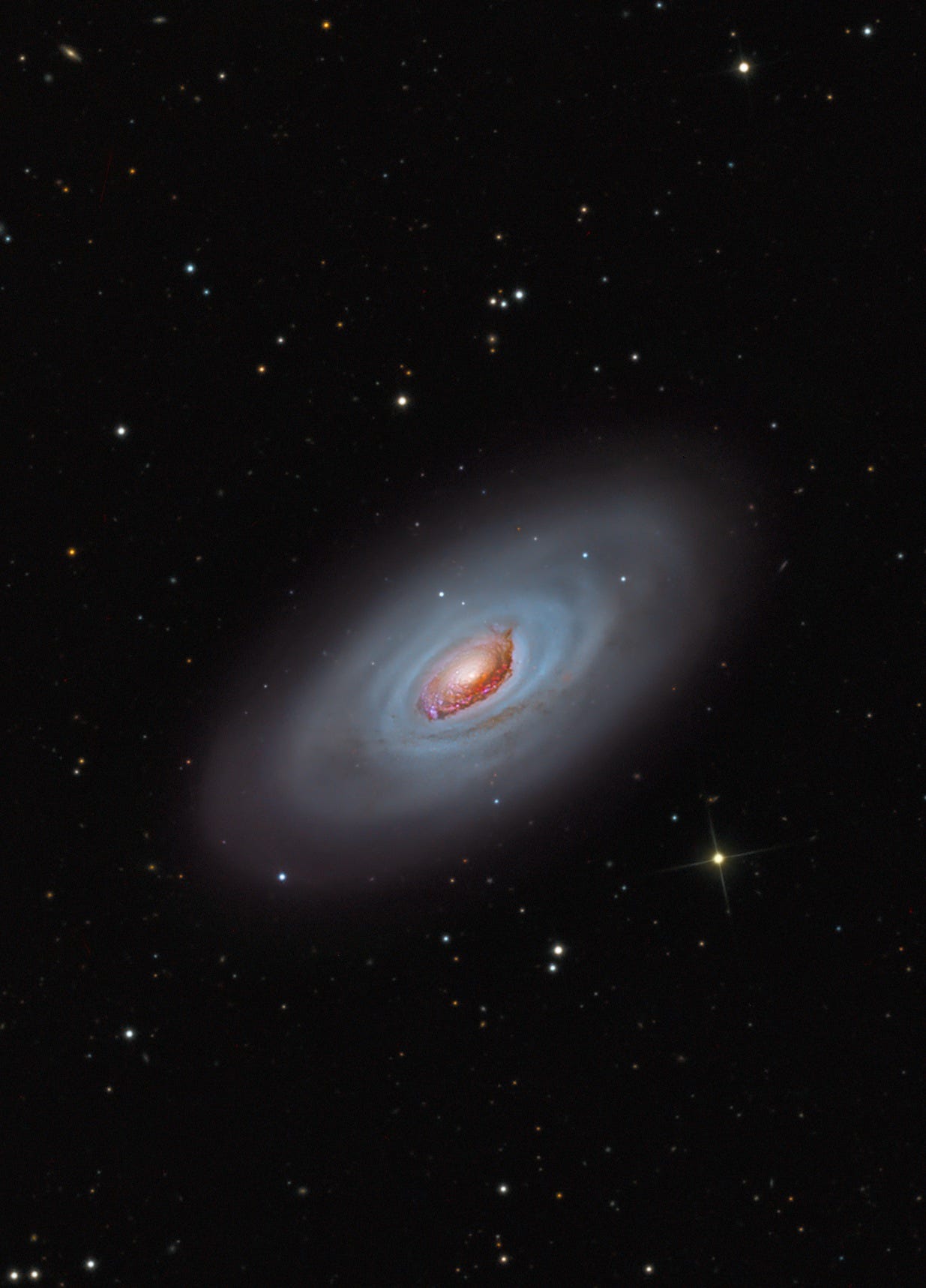
- M64, The Black Eye Galaxy: February 24, 2014
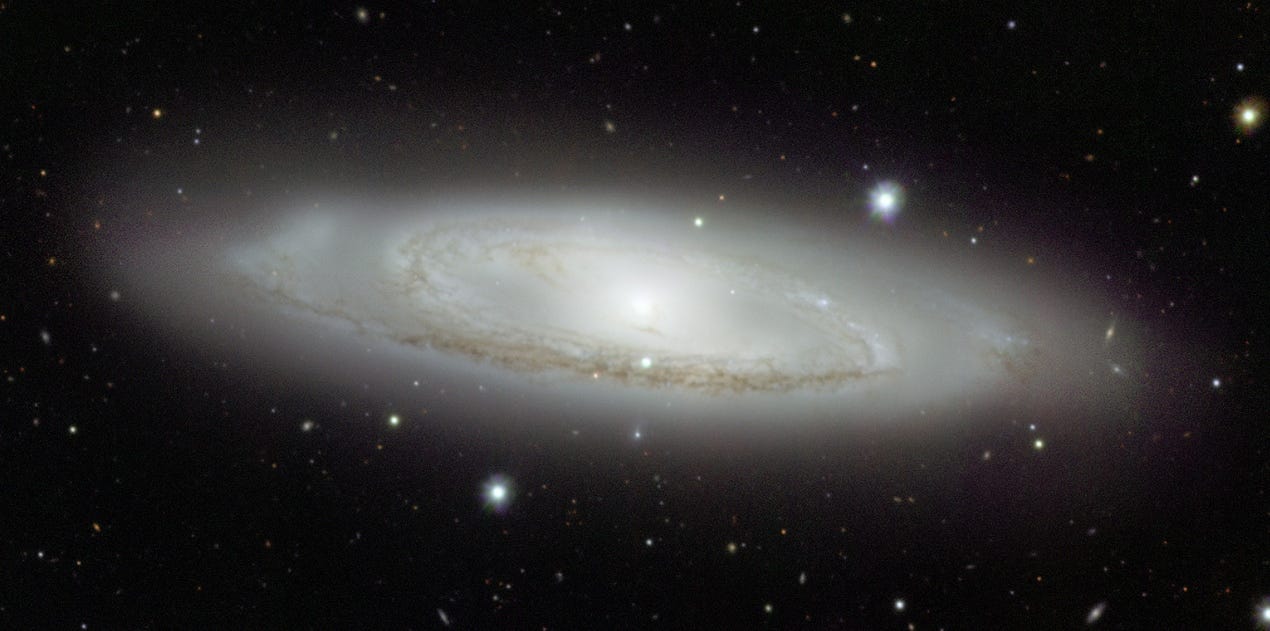
- M65, The First Messier Supernova of 2013: March 25, 2013
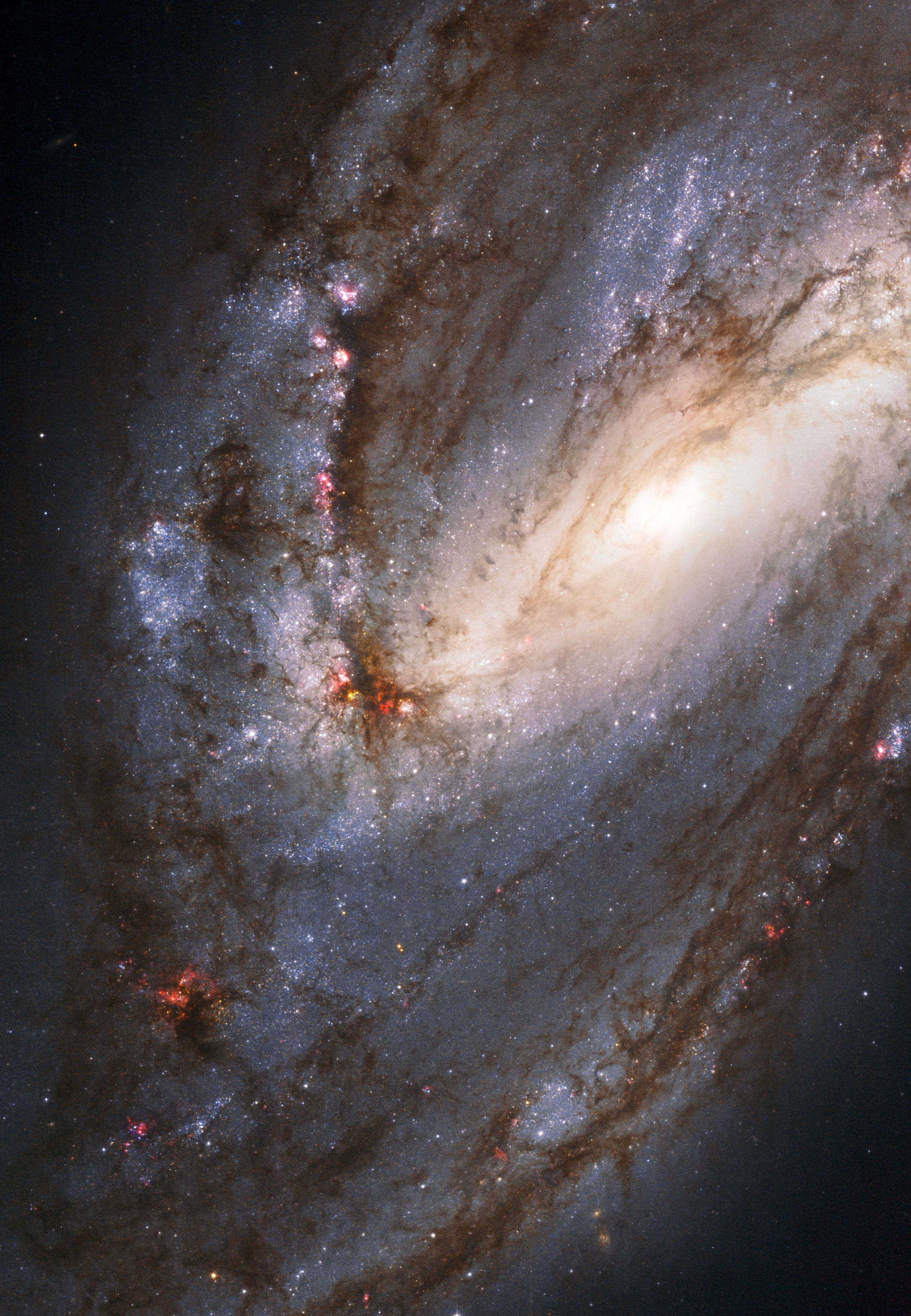
- M66, The King of the Leo Triplet: January 27, 2014
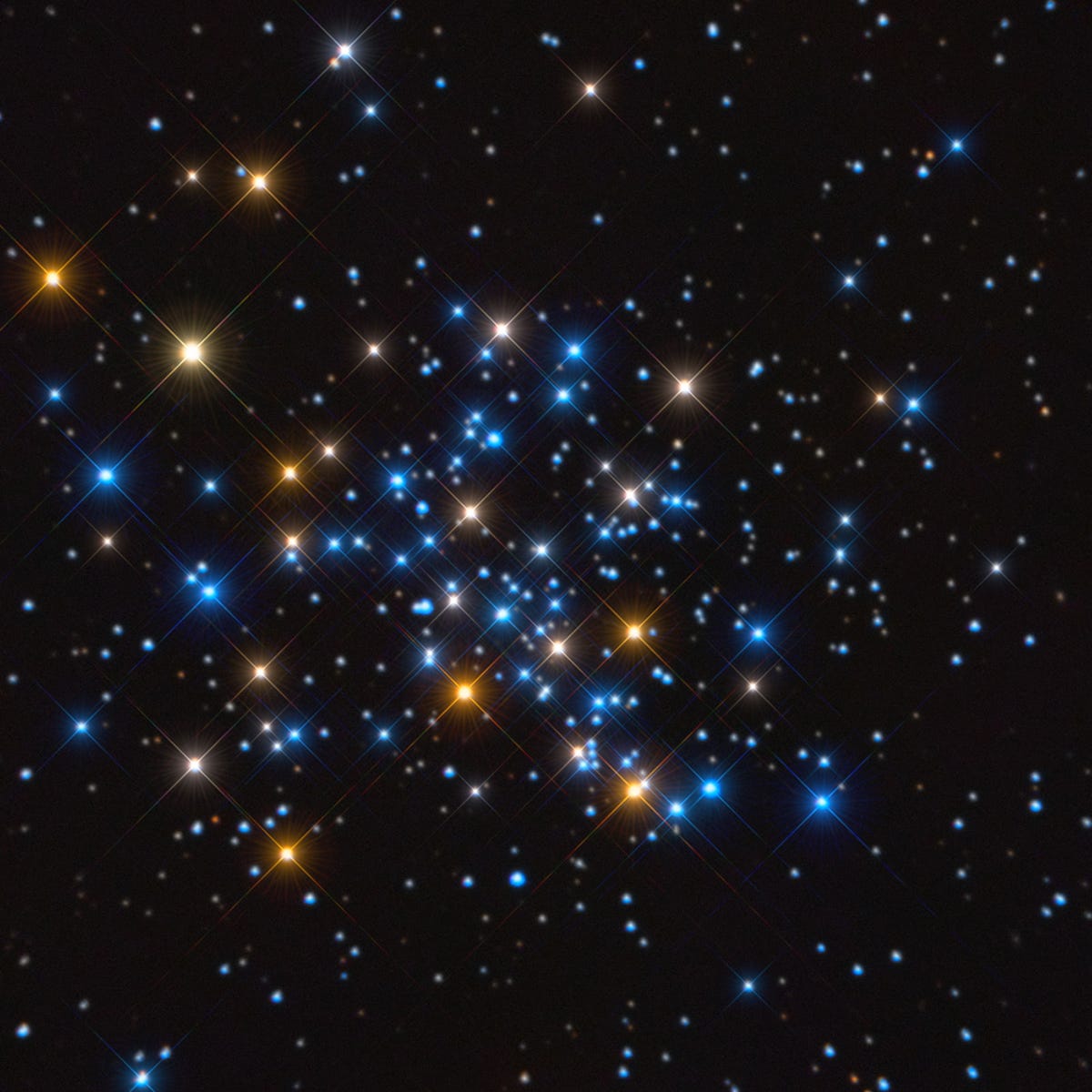
- M67, Messier’s Oldest Open Cluster: January 14, 2013
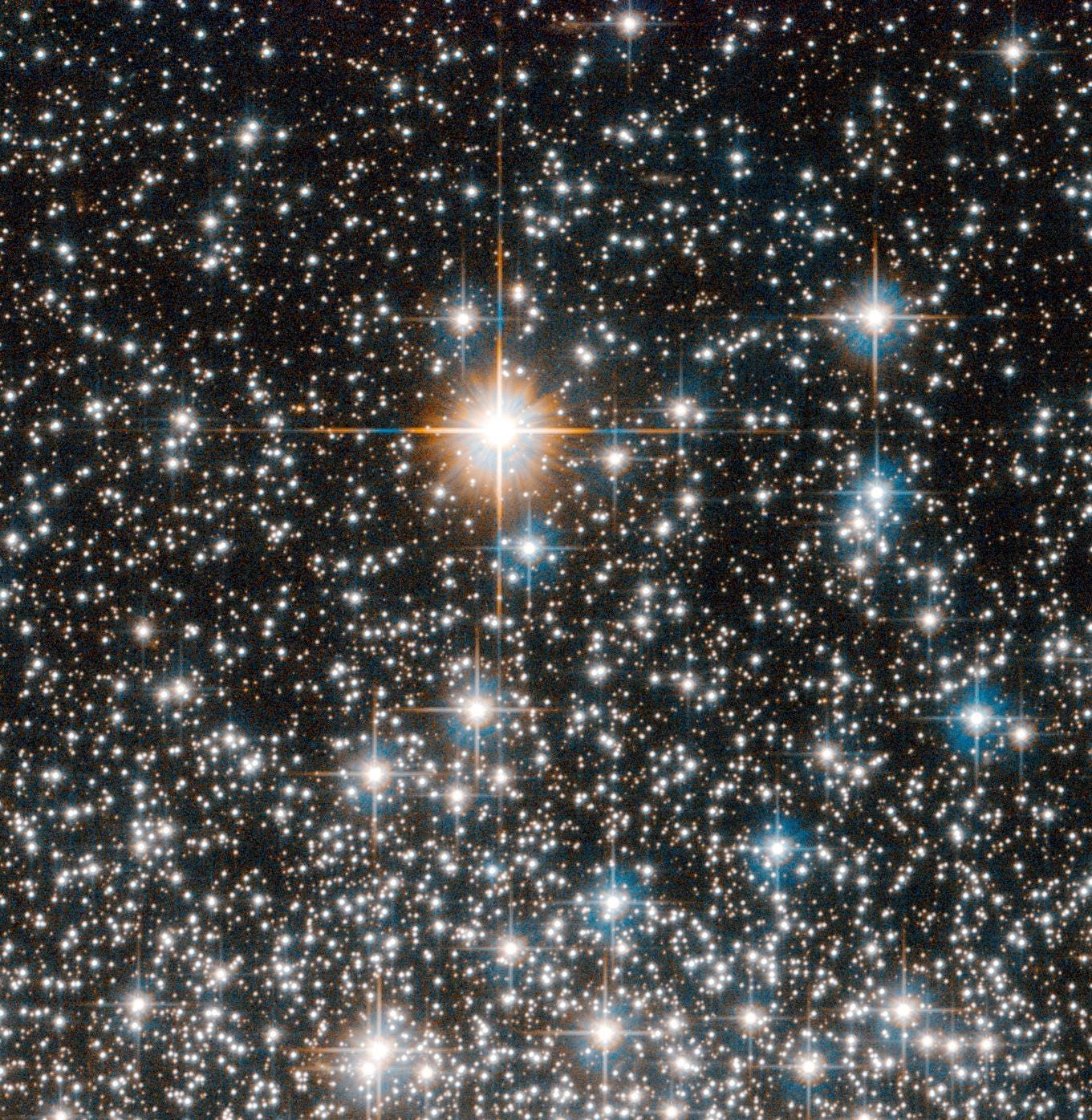
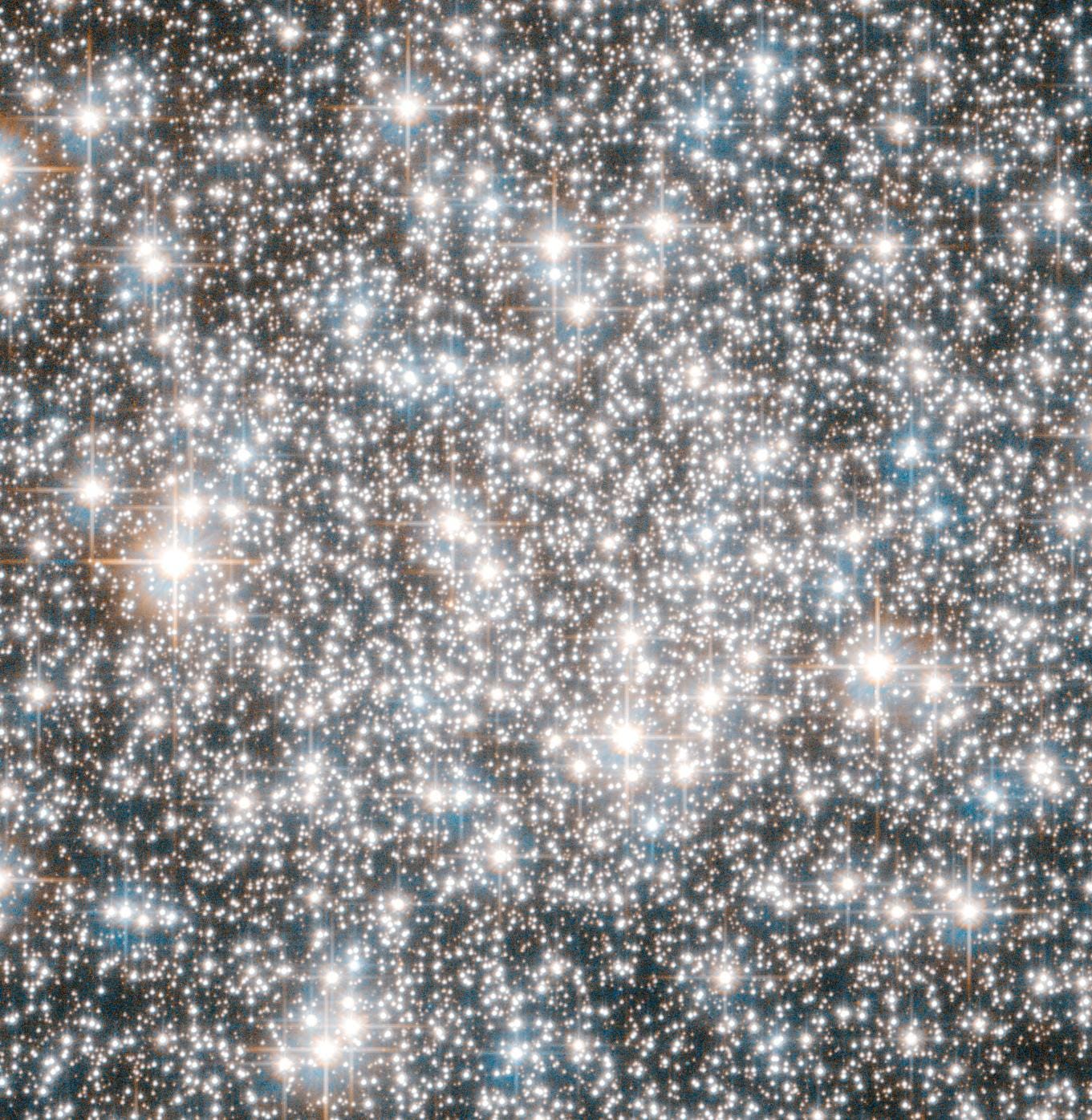
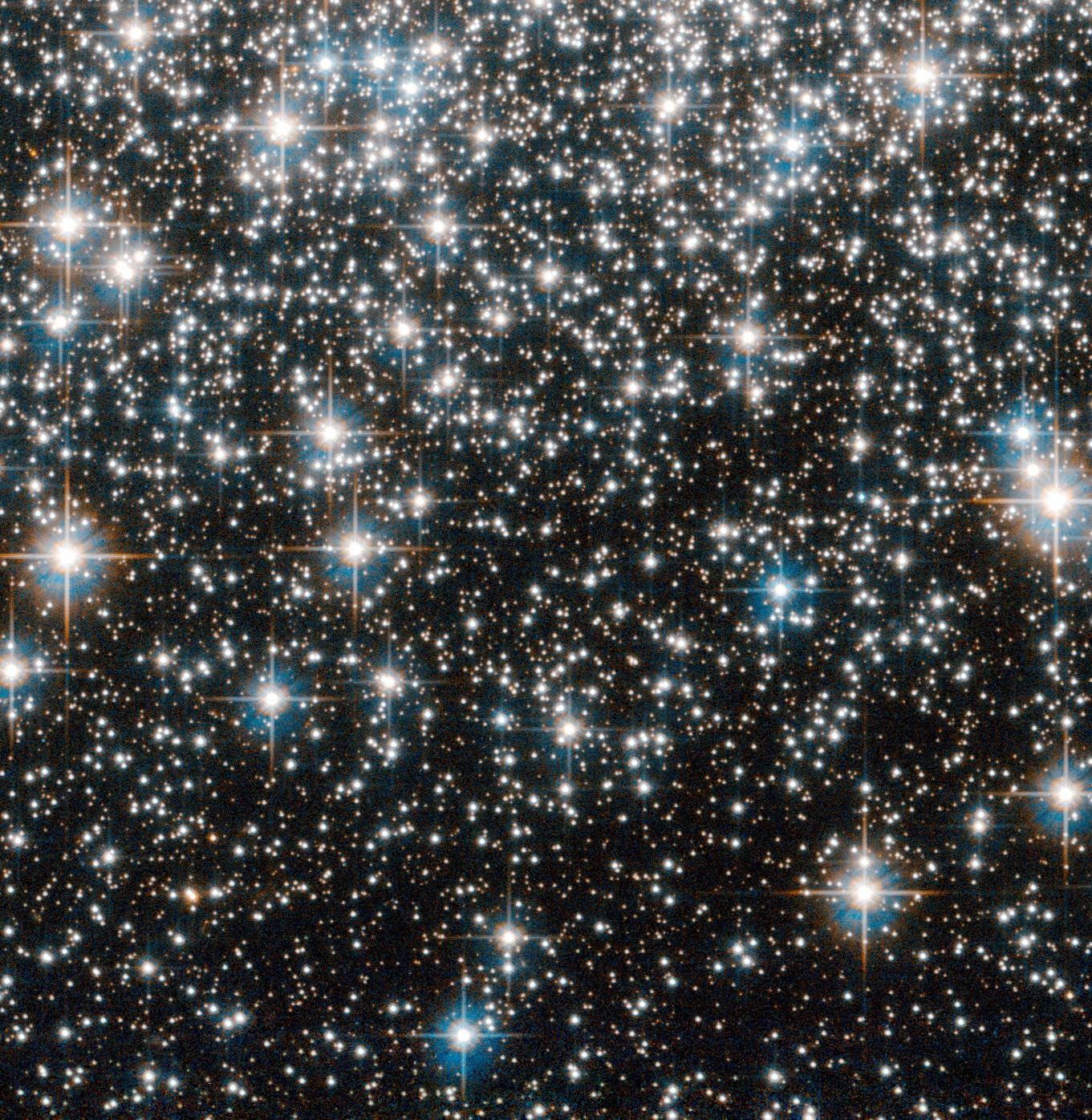
- M68, The Wrong-Way Globular Cluster: March 17, 2014

- M69, A Titan in a Teapot: September 1, 2014

- M70, A Miniature Marvel: September 15, 2014
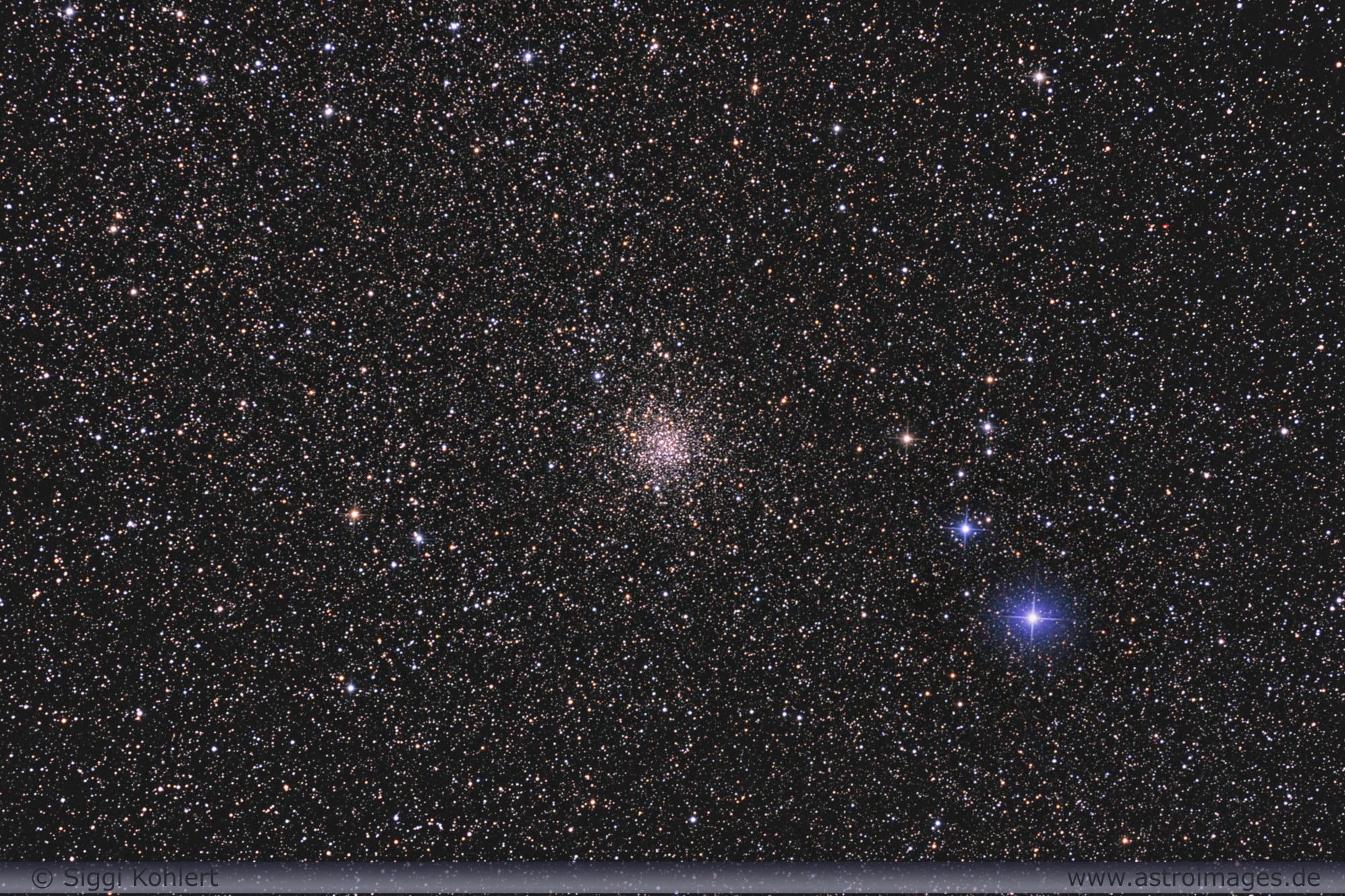
- M71, A Very Unusual Globular Cluster: July 15, 2013
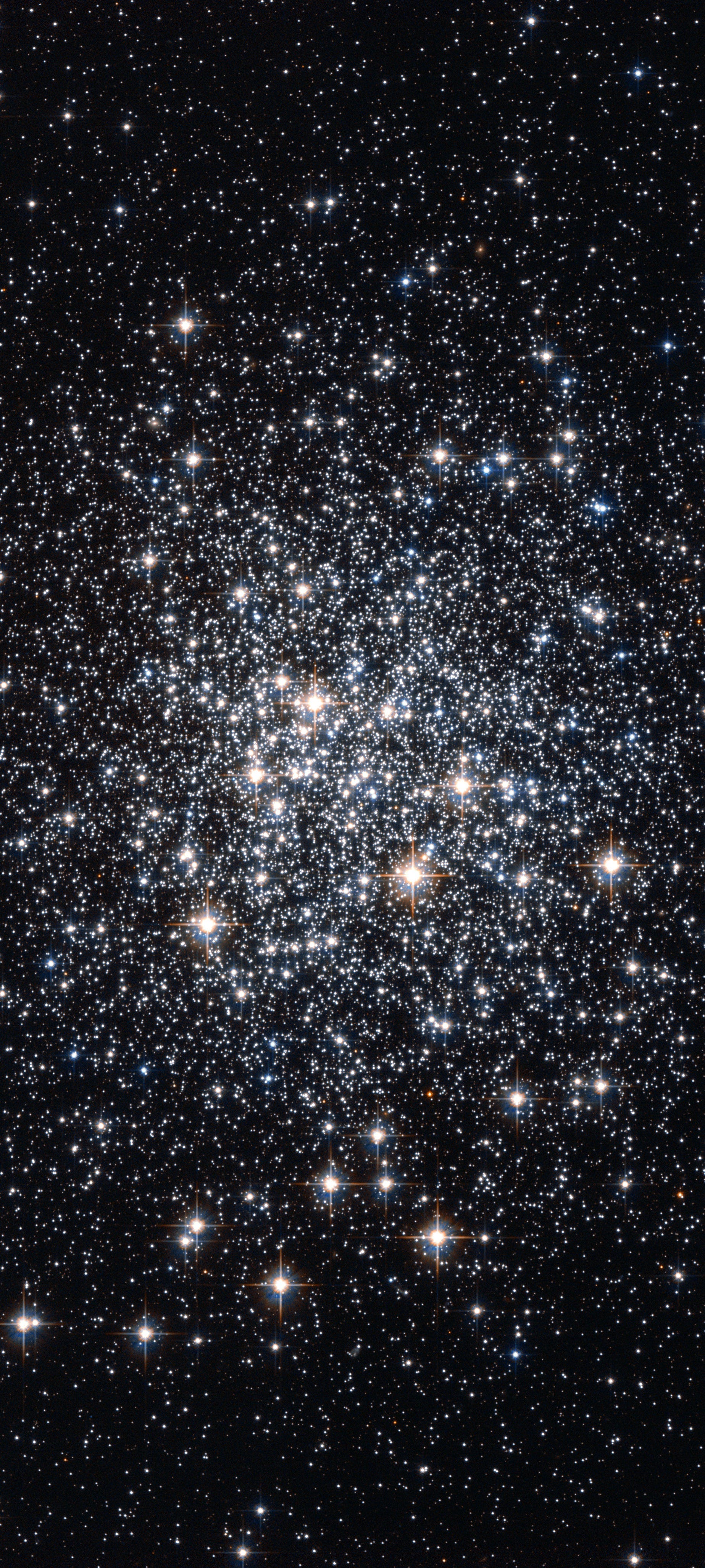
- M72, A Diffuse, Distant Globular at the End-of-the-Marathon: March 18, 2013
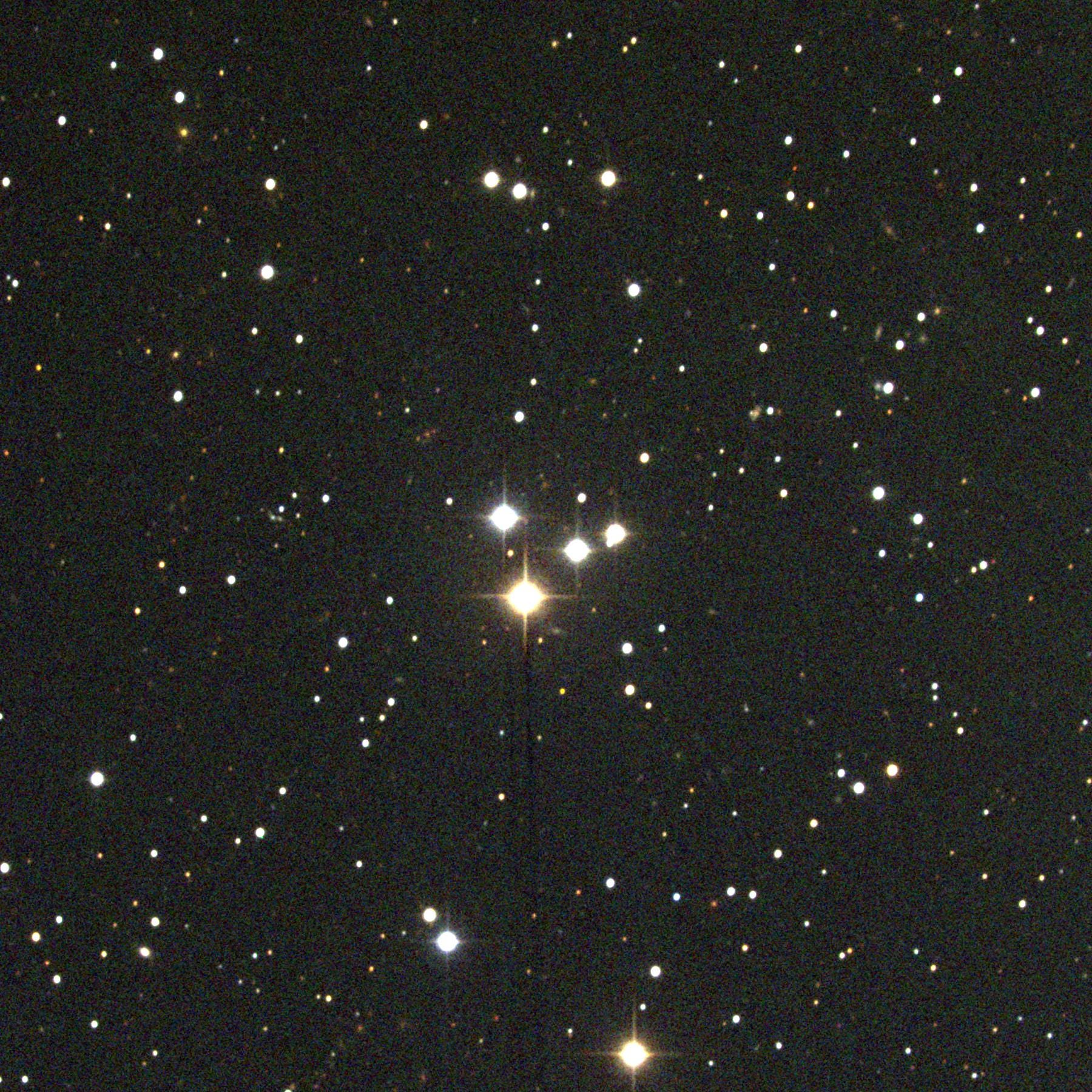
- M73, A Four-Star Controversy Resolved: October 21, 2013
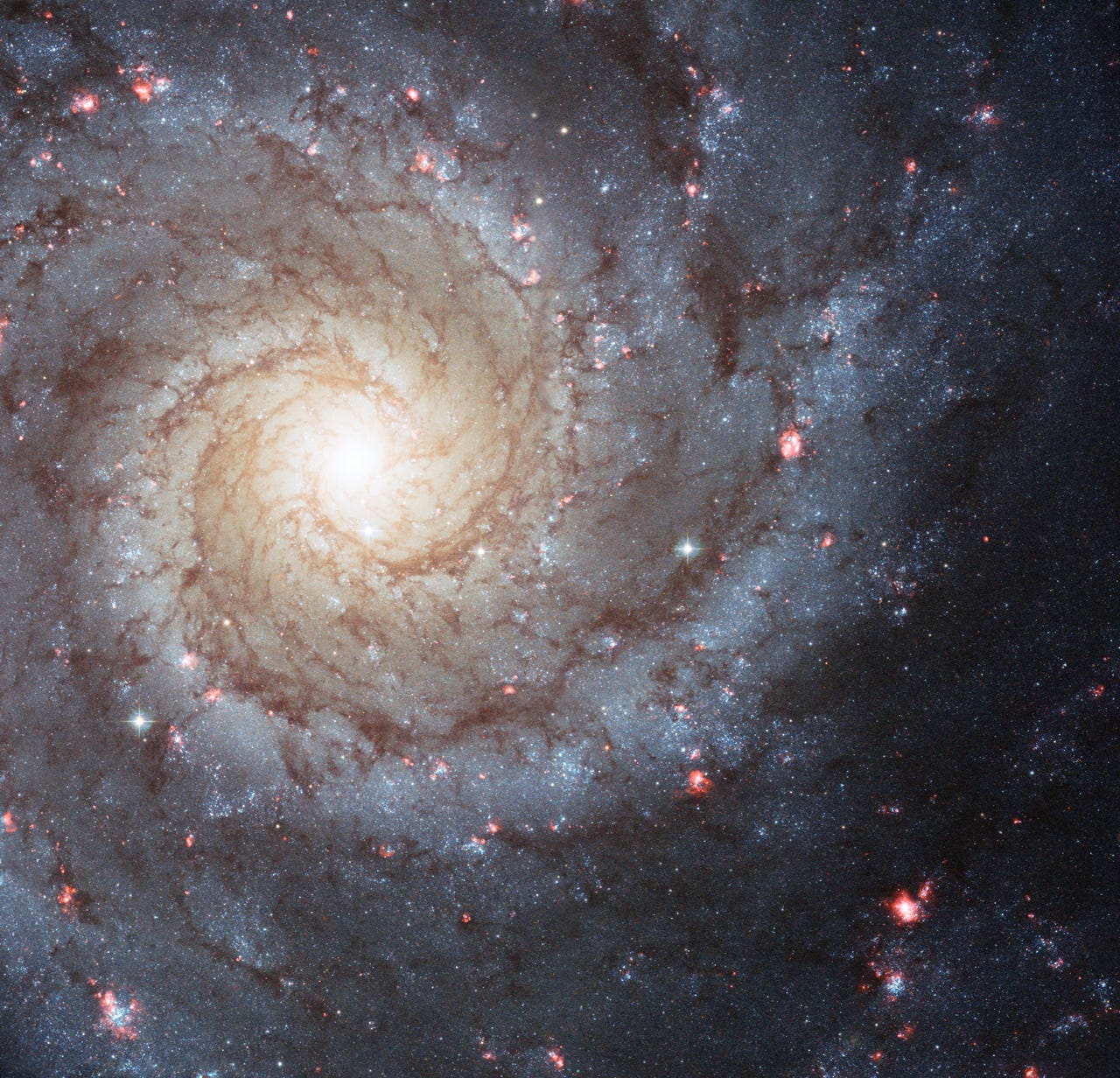
- M74, The Phantom Galaxy at the Beginning-of-the-Marathon: March 11, 2013
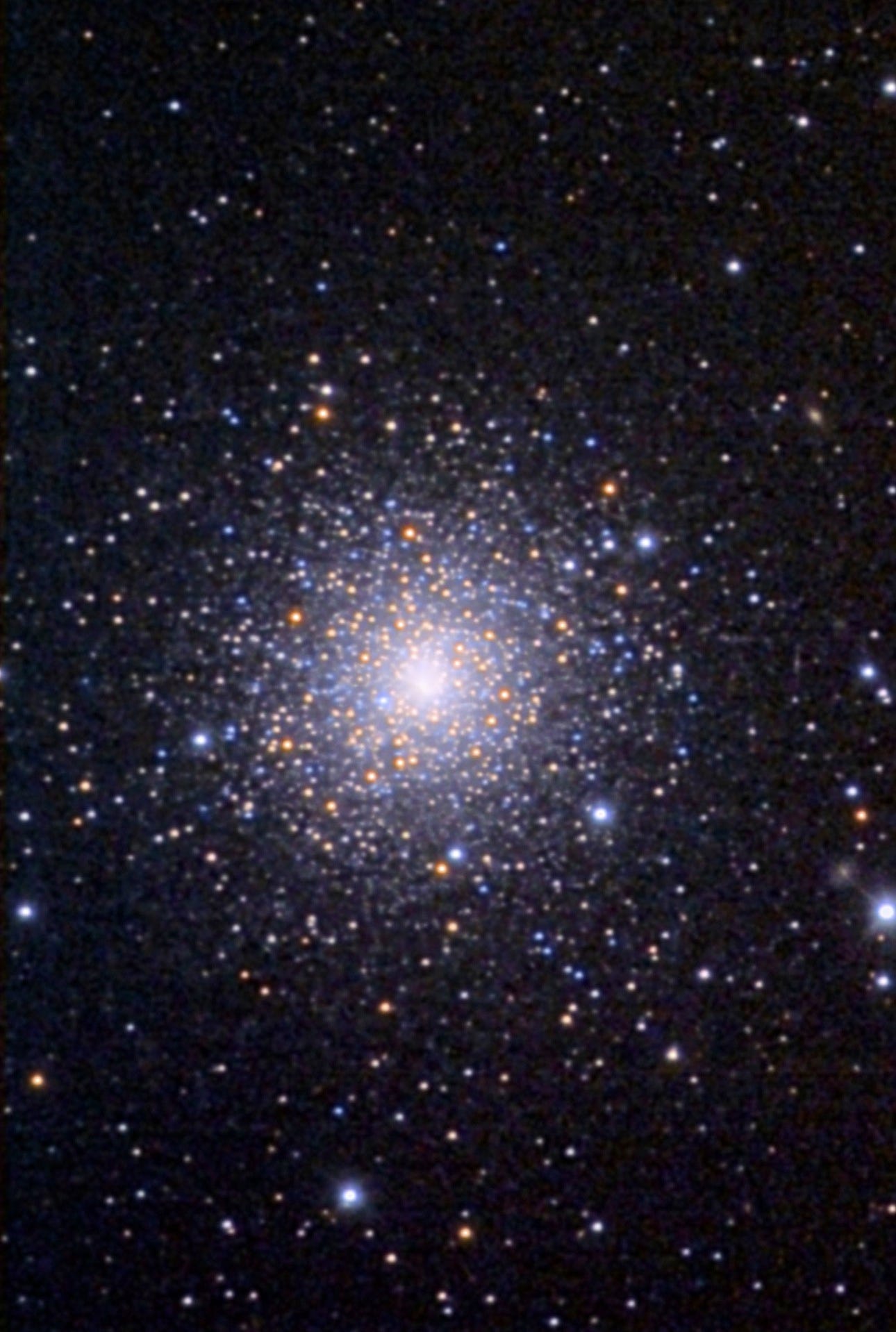
- M75, The Most Concentrated Messier Globular: September 23, 2013
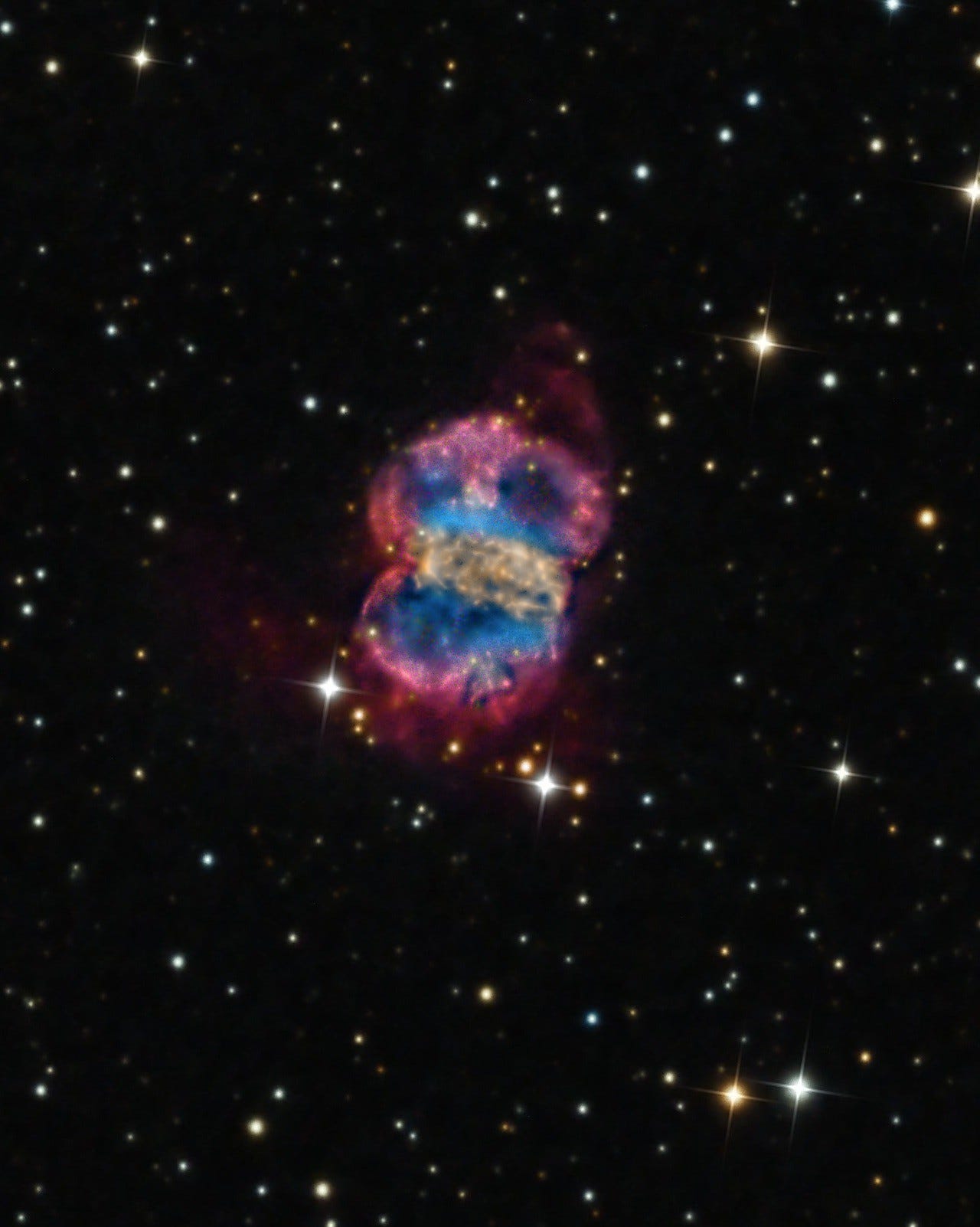
- M76, The Little Dumbbell Nebula: November 10, 2014
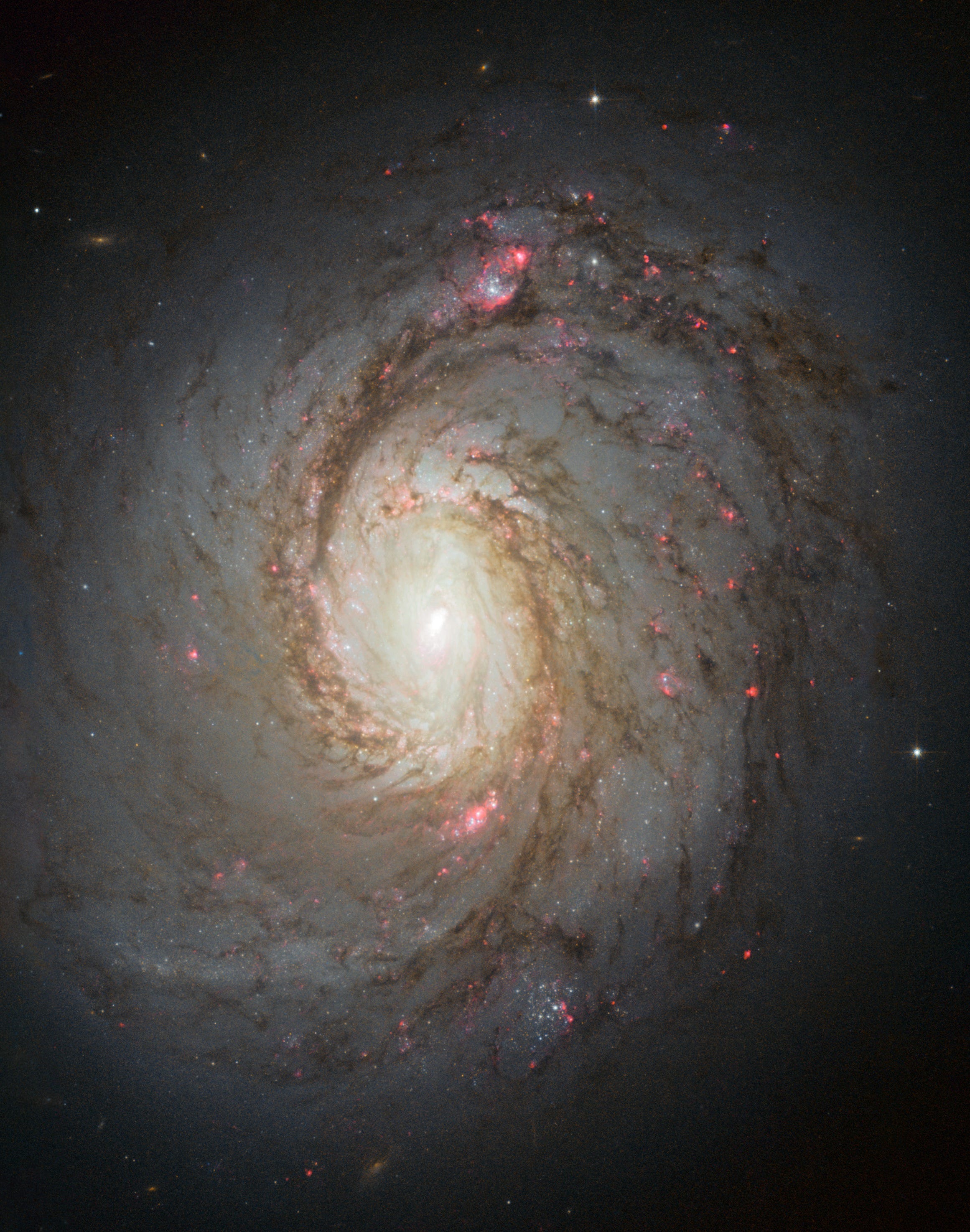
- M77, A Secretly Active Spiral Galaxy: October 7, 2013
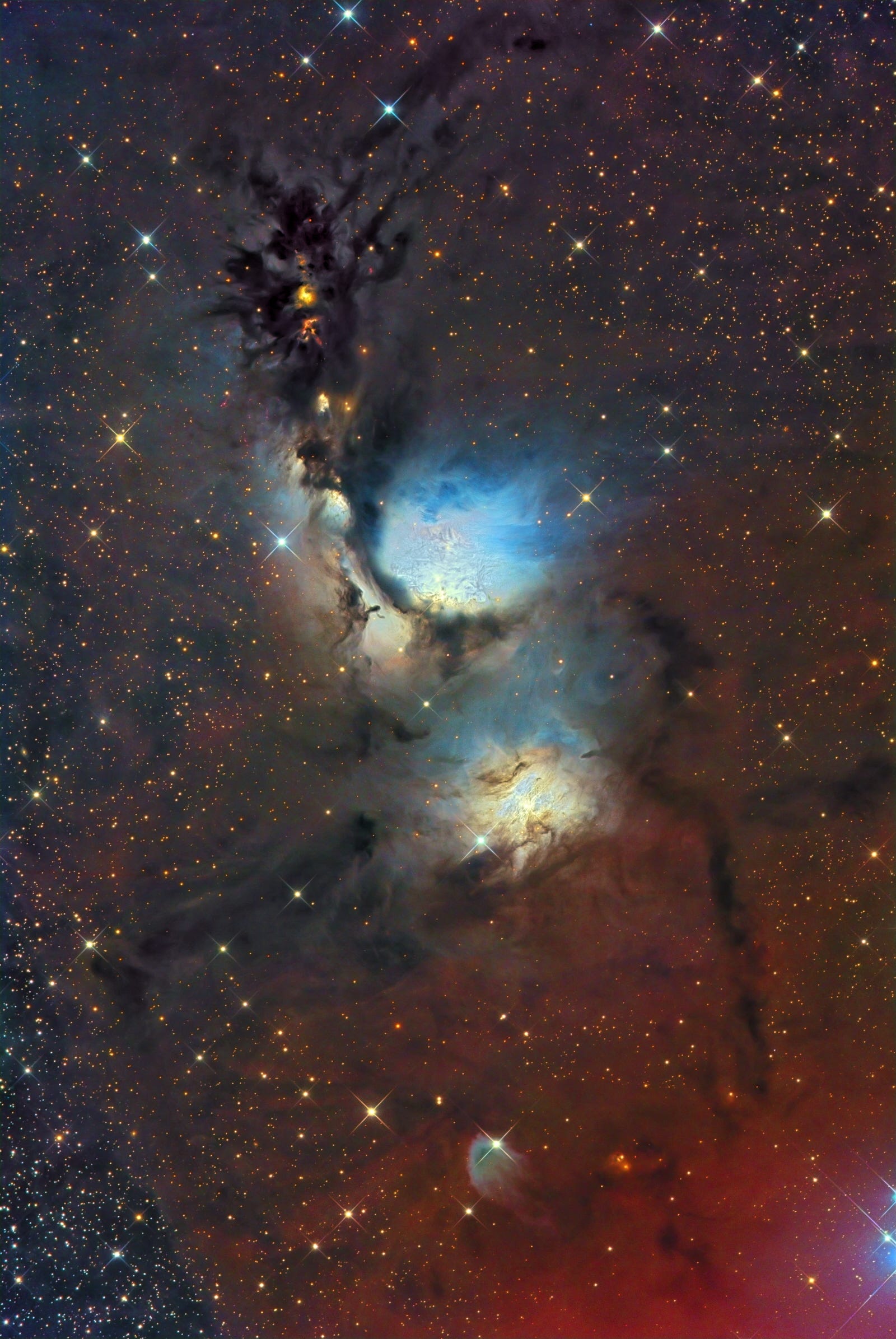
- M78, A Reflection Nebula: December 10, 2012
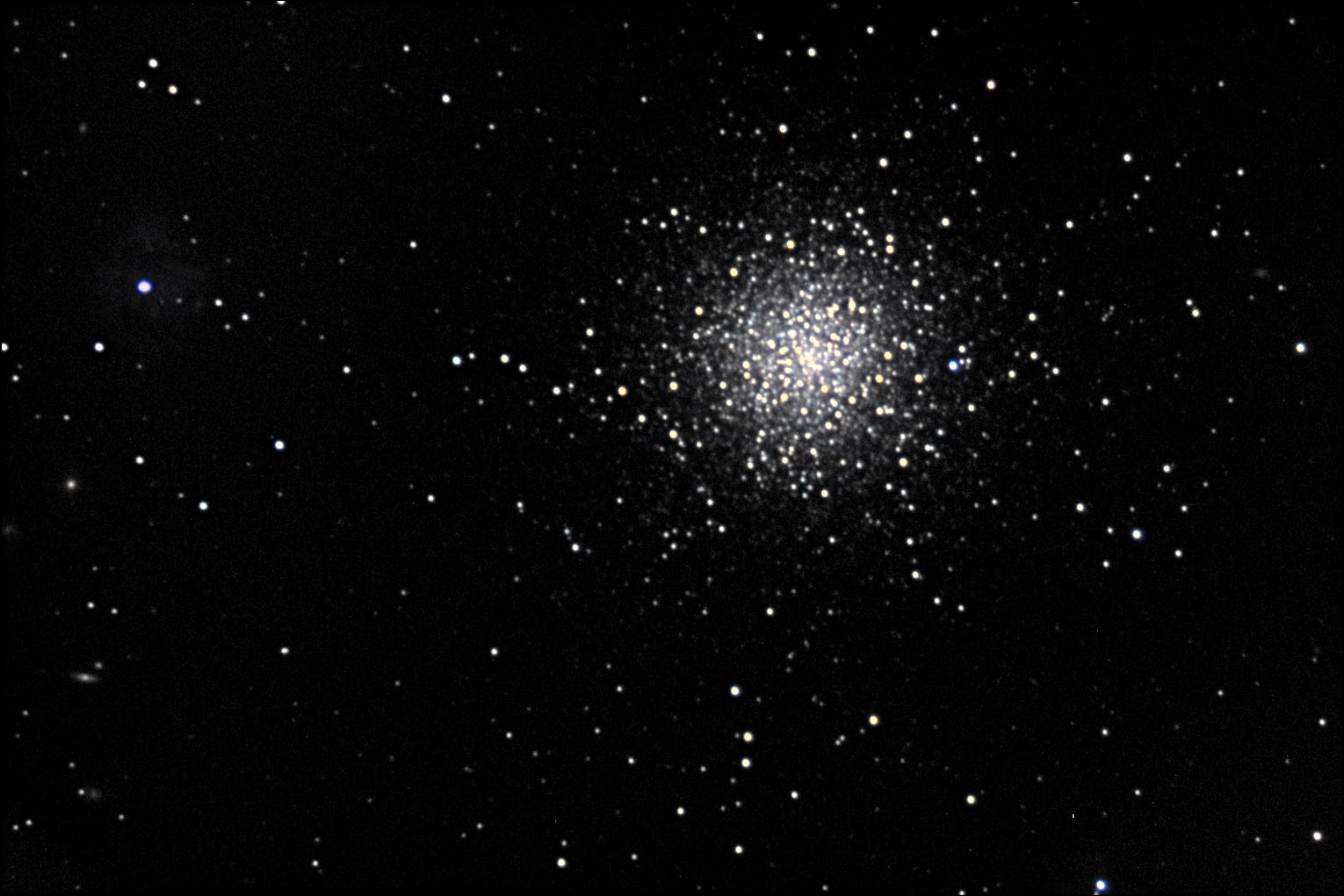
- M79, A Cluster Beyond Our Galaxy: November 25, 2013
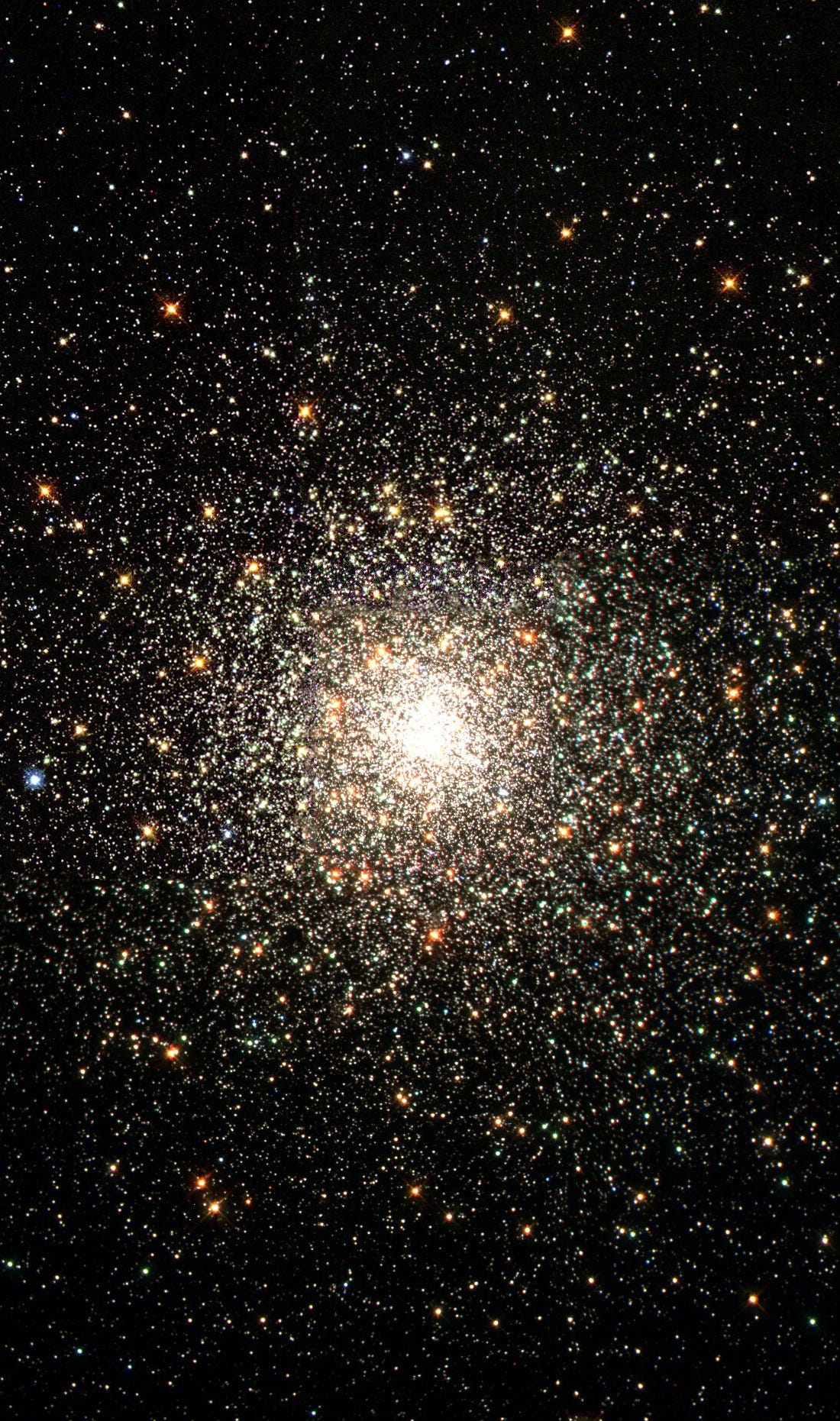
- M80, A Southern Sky Surprise: June 30, 2014
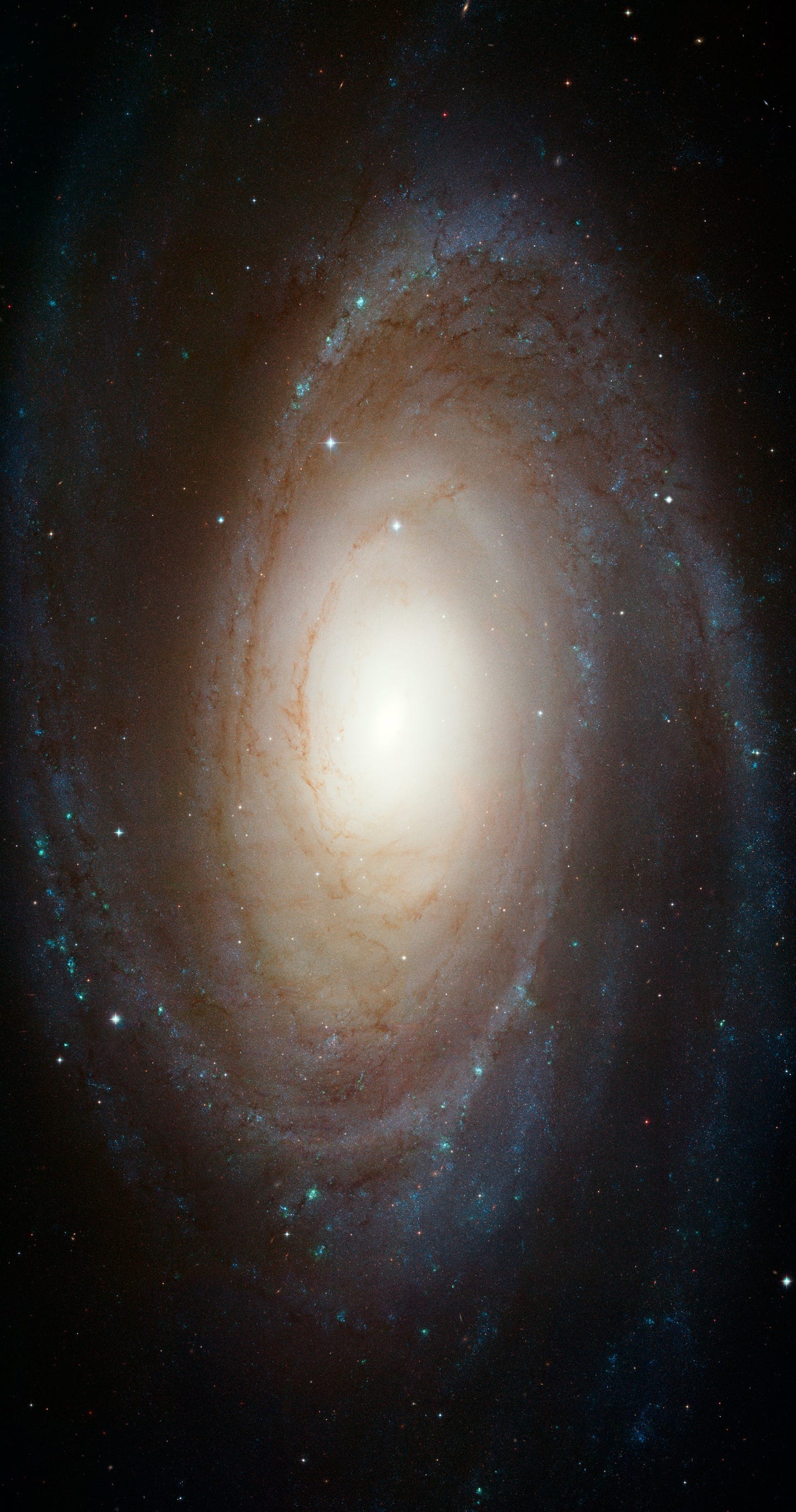
- M81, Bode’s Galaxy: November 19, 2012
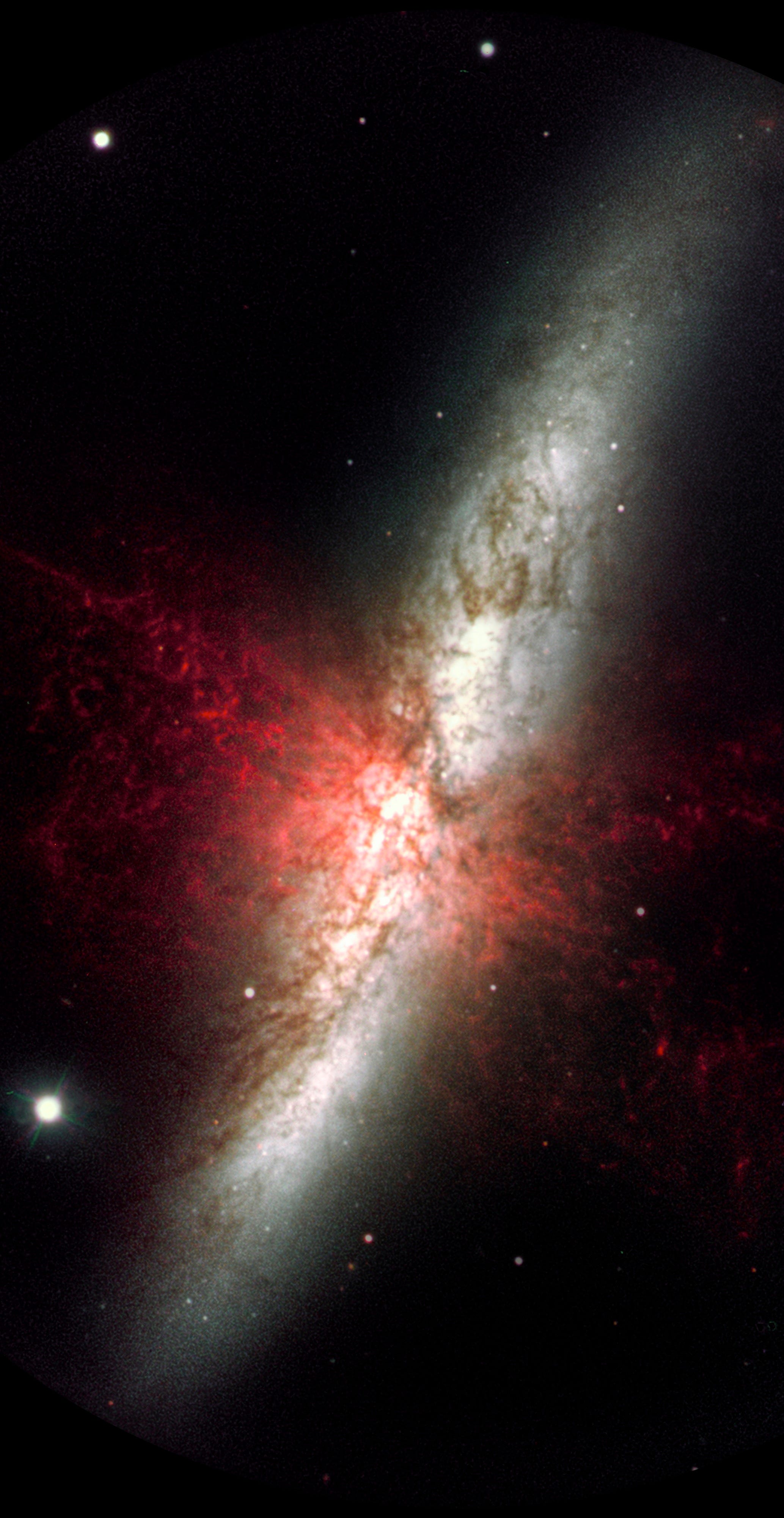
- M82, The Cigar Galaxy: May 13, 2013
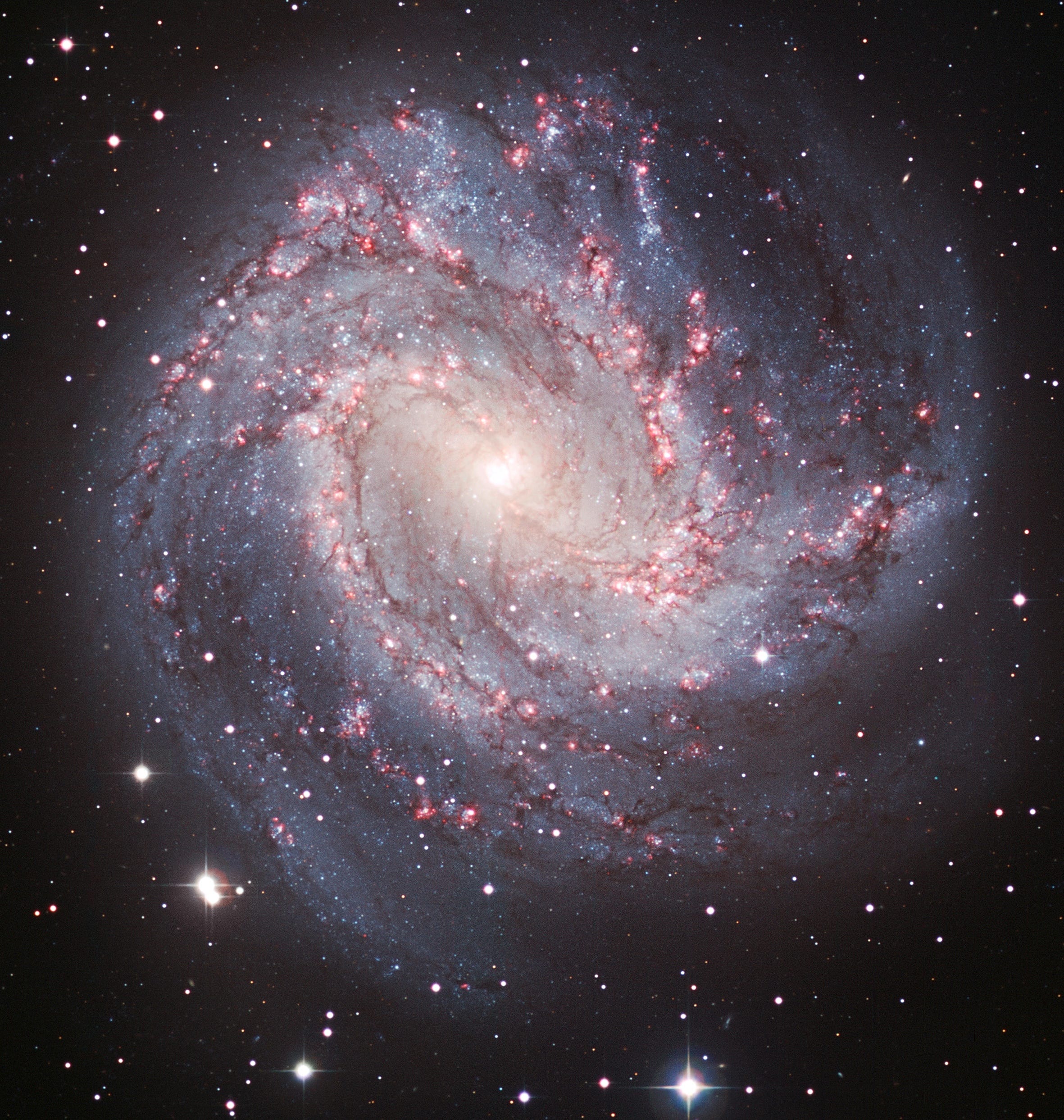
- M83, The Southern Pinwheel Galaxy, January 21, 2013
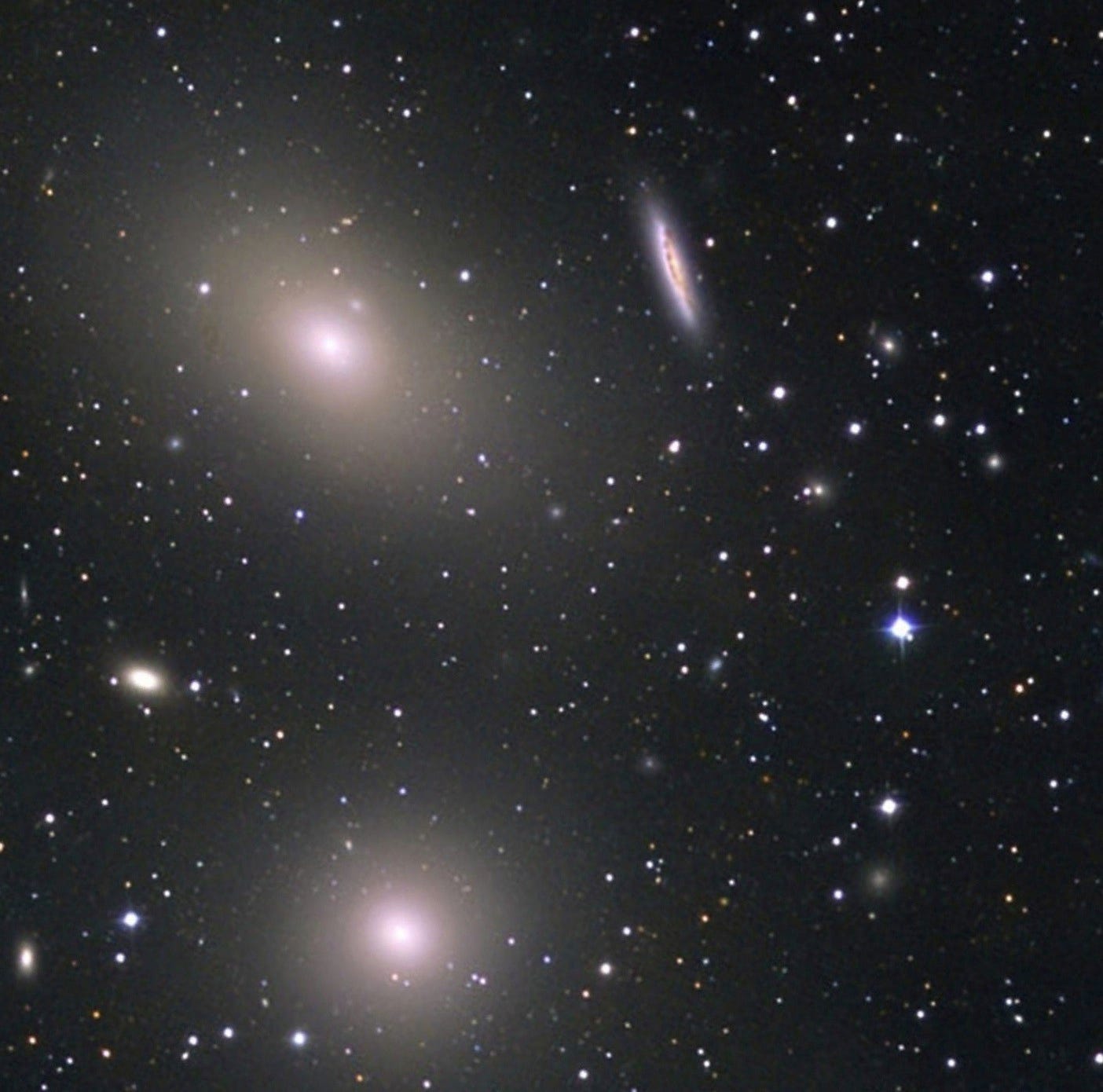
- M84, The Galaxy at the Head-of-the-Chain, May 26, 2014
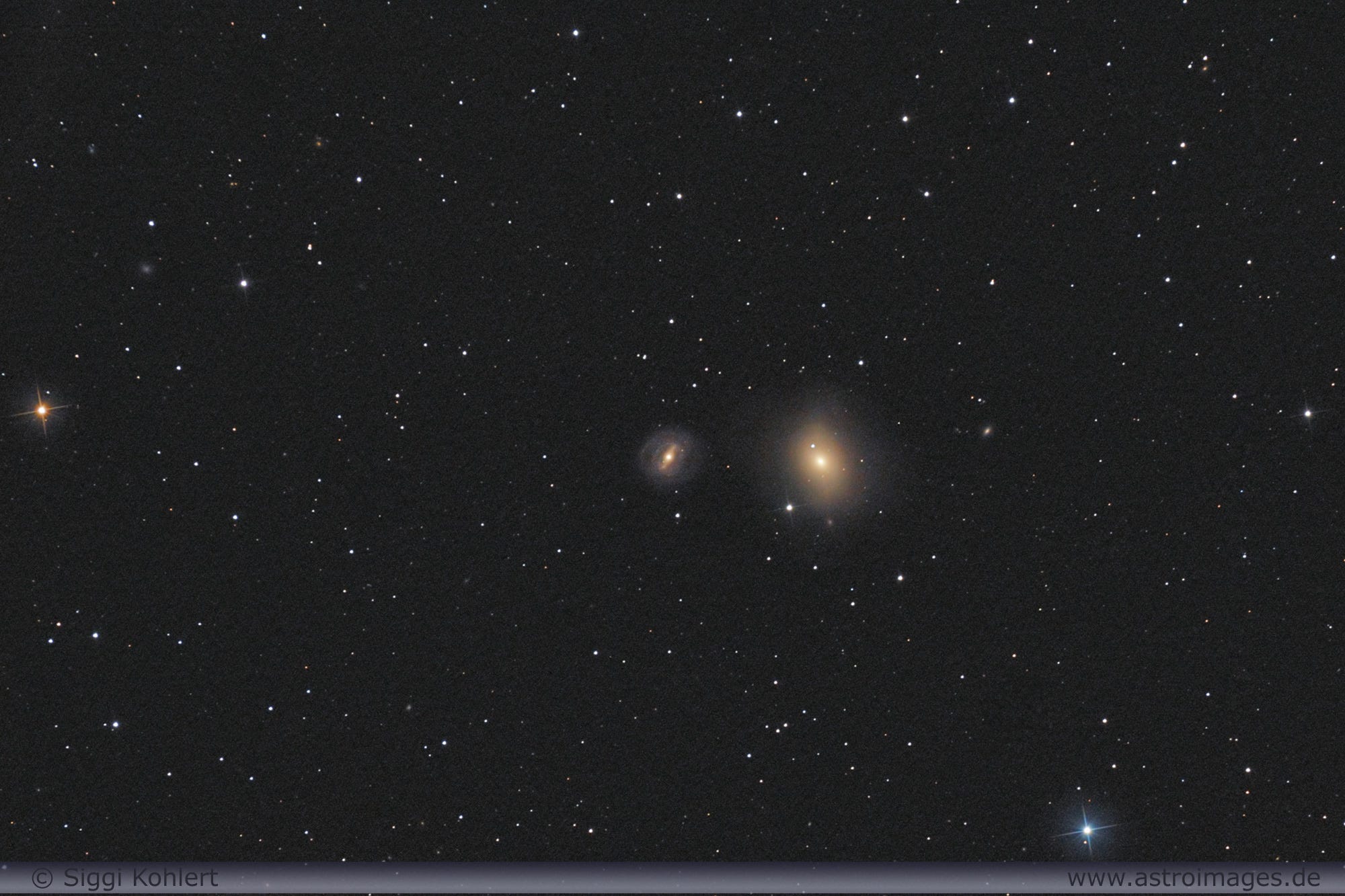
- M85, The Most Northern Member of the Virgo Cluster, February 10, 2014
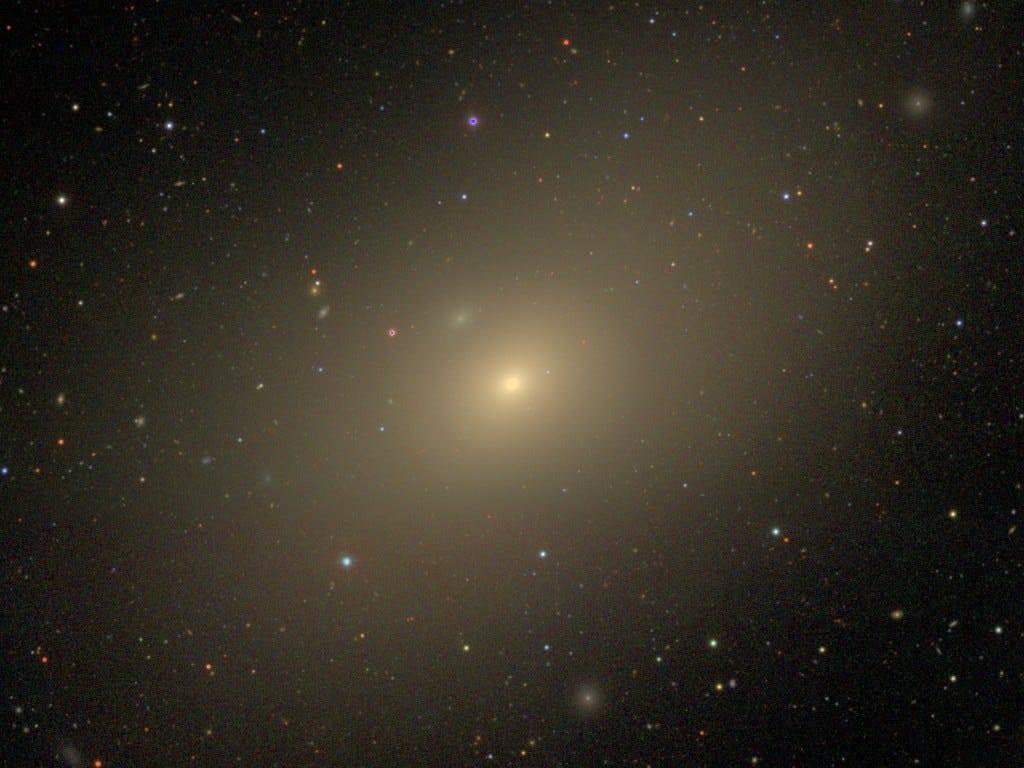
- M86, The Most Blueshifted Messier Object, June 10, 2013
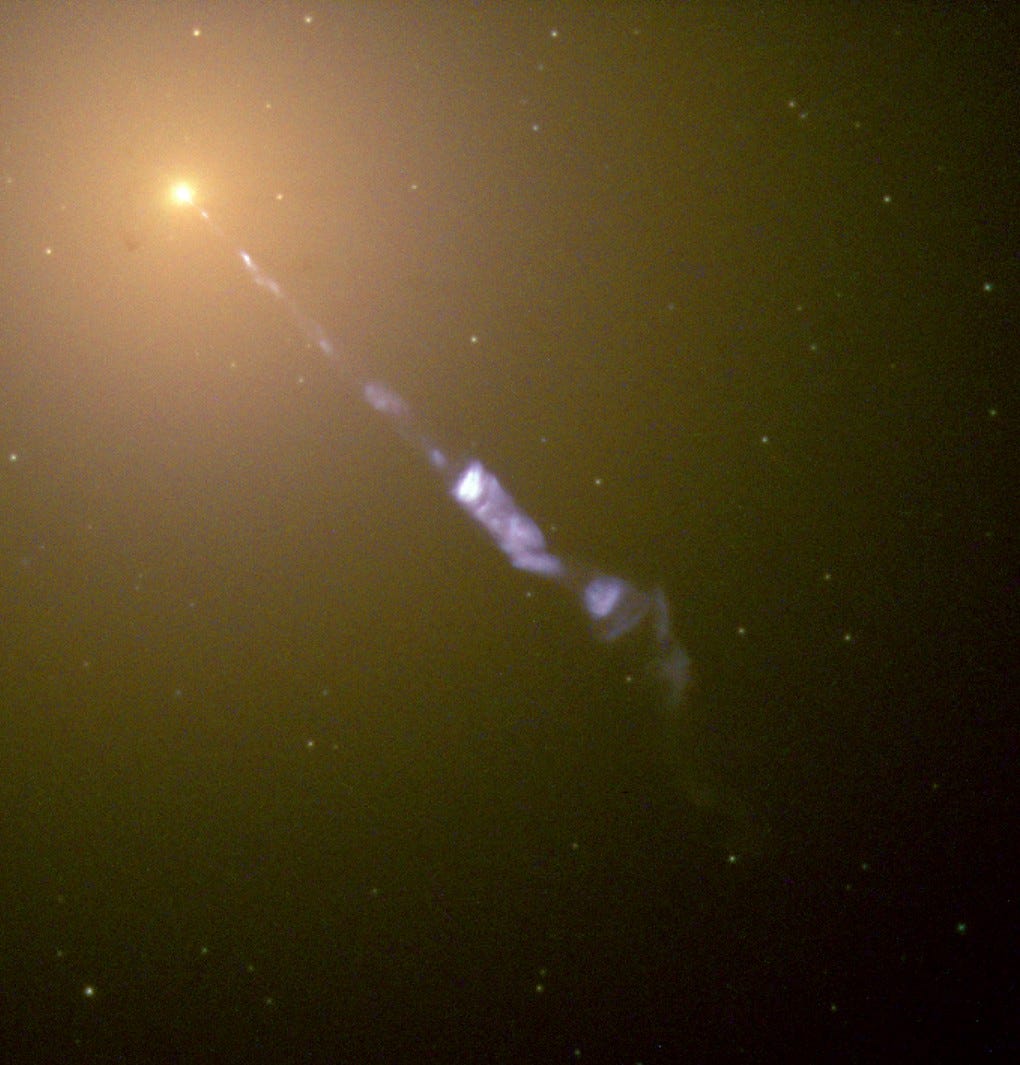
- M87, The Biggest One of them All, March 31, 2014
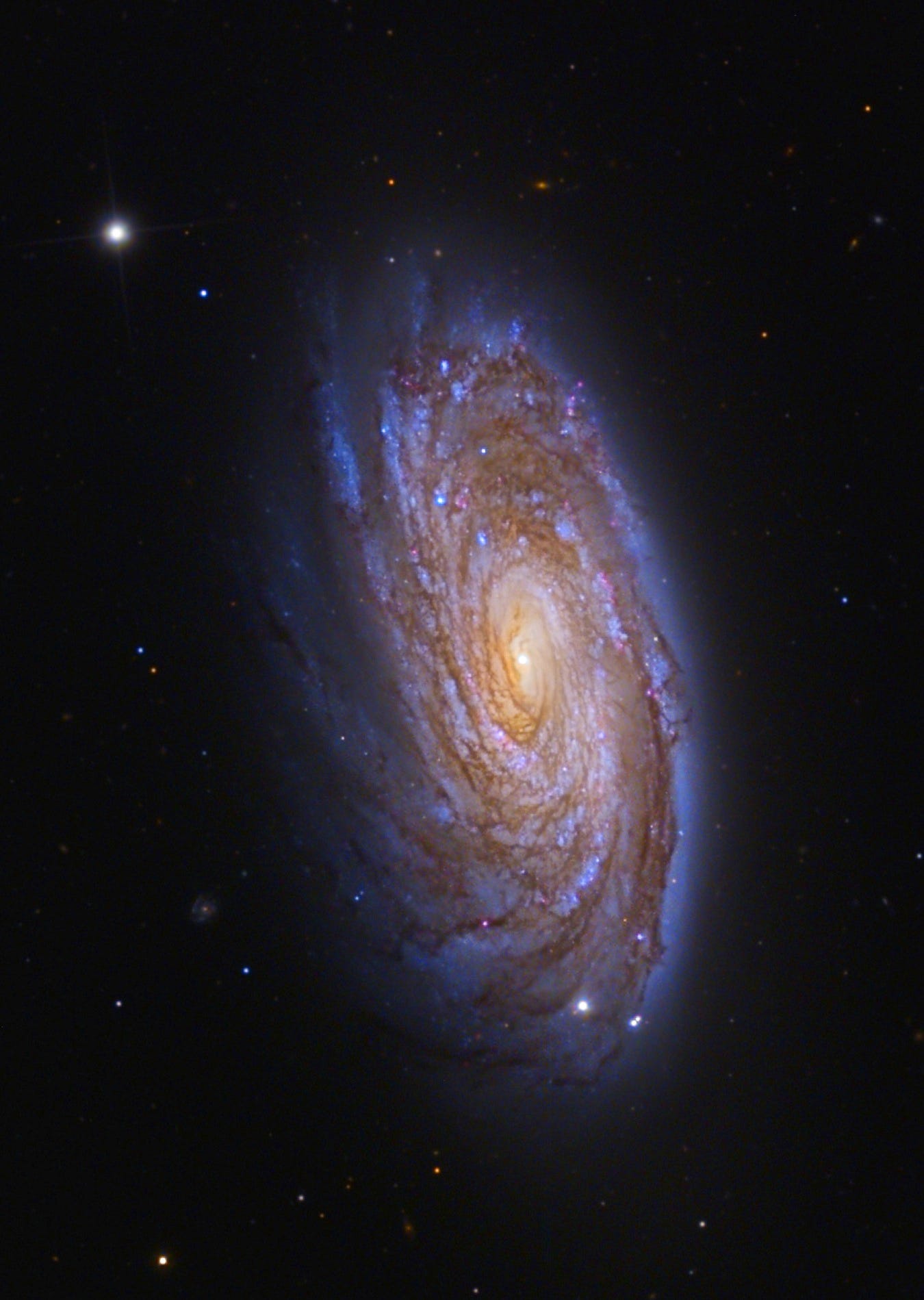
- M88, A Perfectly Calm Spiral in a Gravitational Storm, March 24, 2014
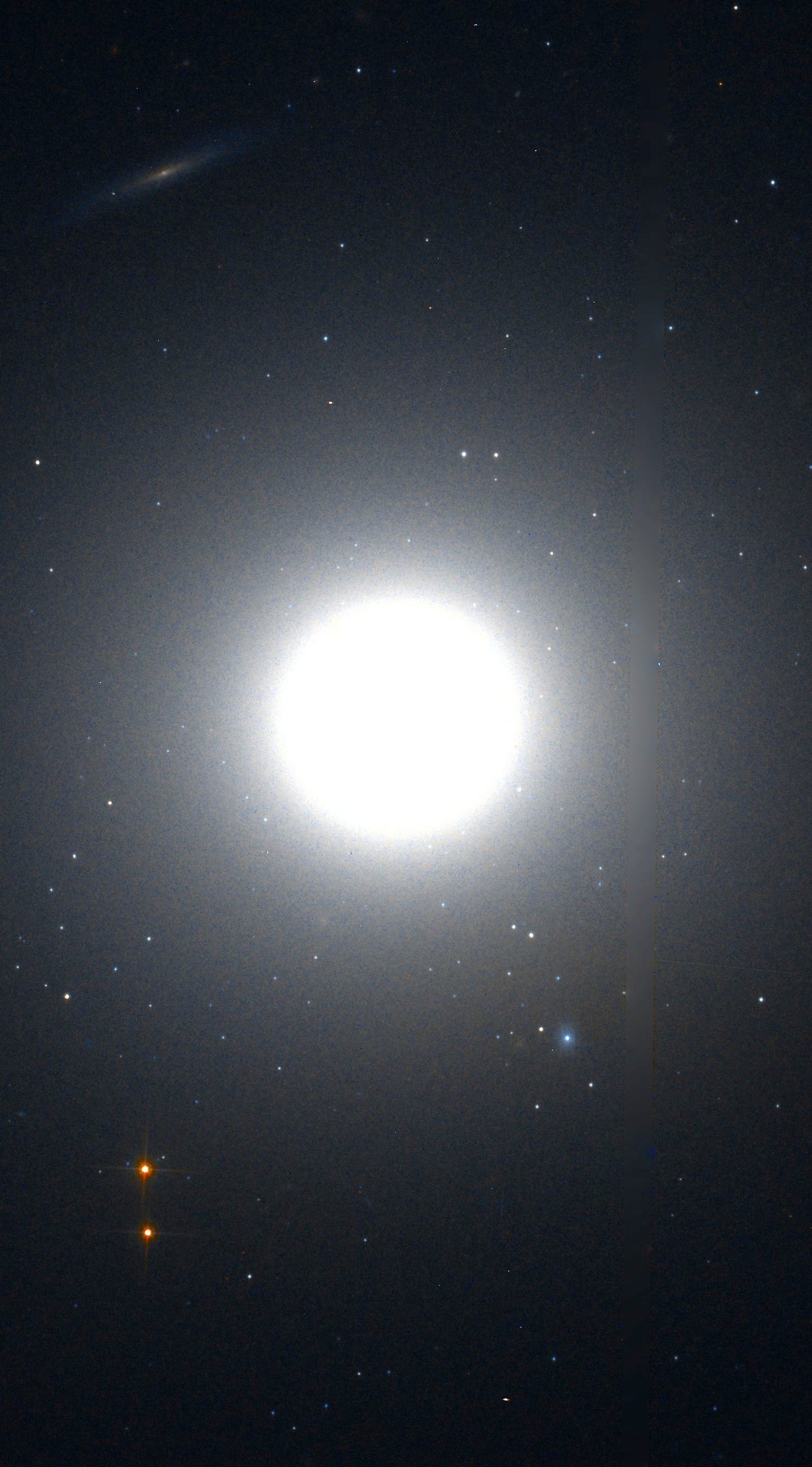
- M89, The Most Perfect Elliptical, July 21, 2014
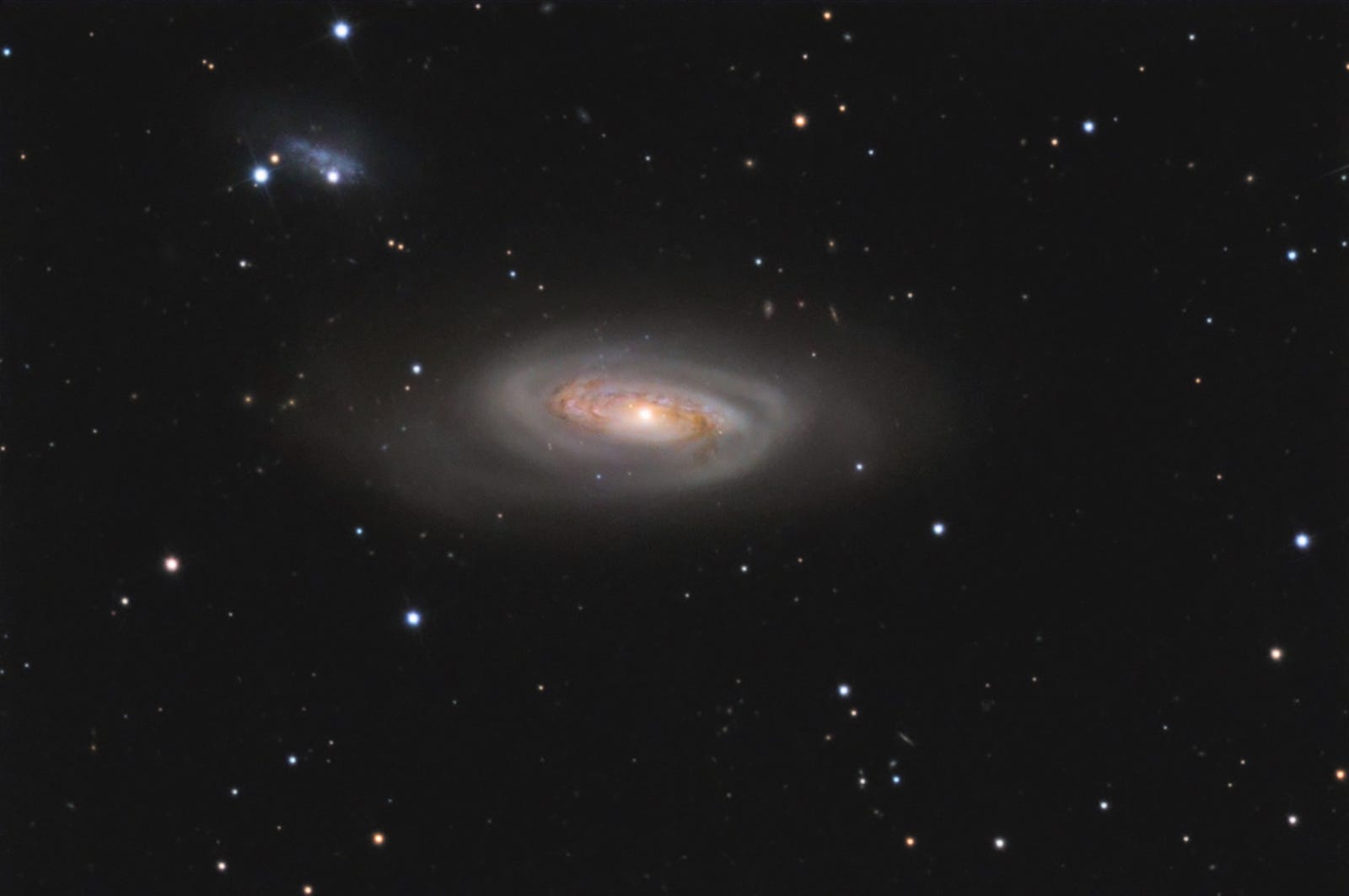
- M90, The Better-You-Look, The Better-It-Gets Galaxy, May 19, 2014
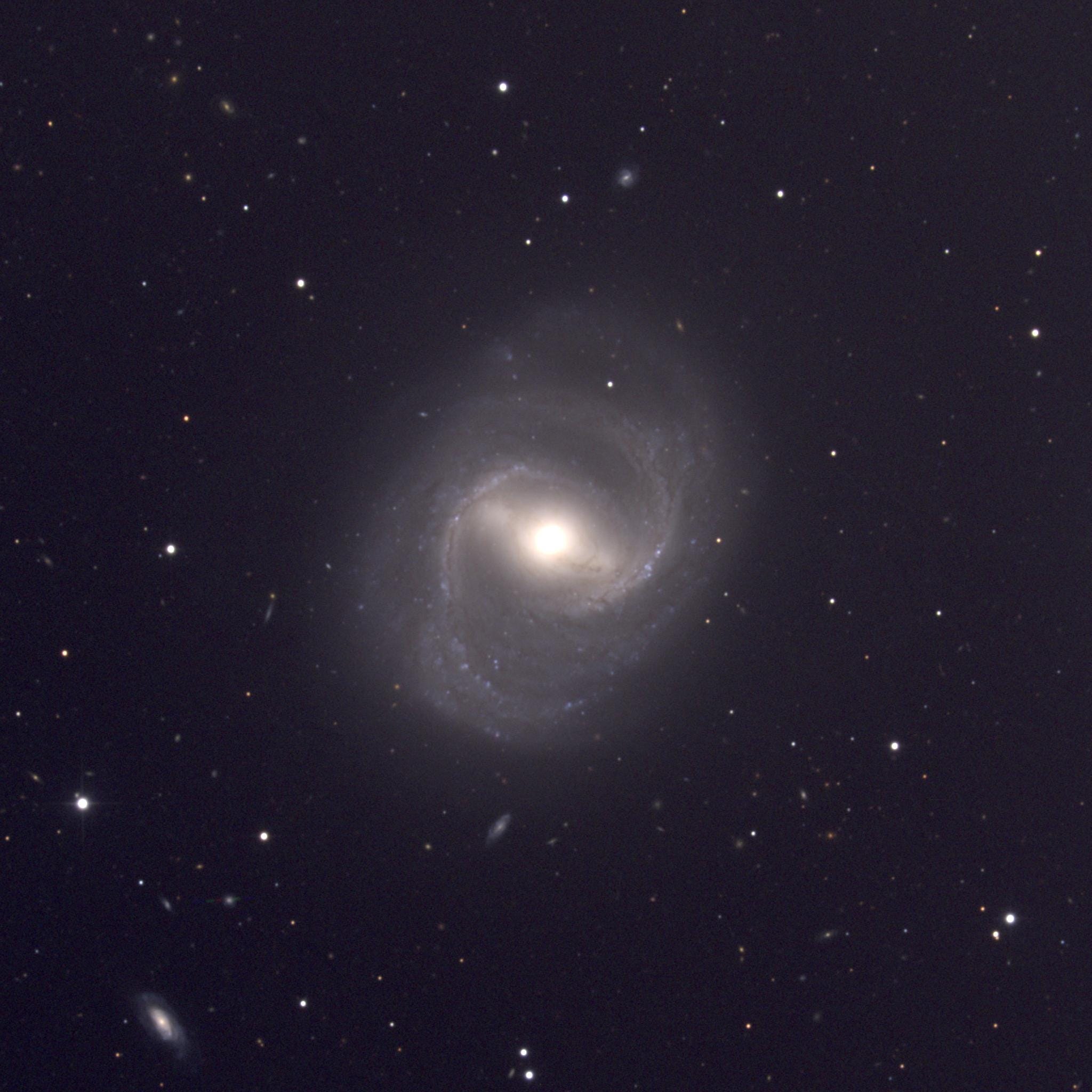
- M91, A Spectacular Solstice Spiral, June 16, 2014
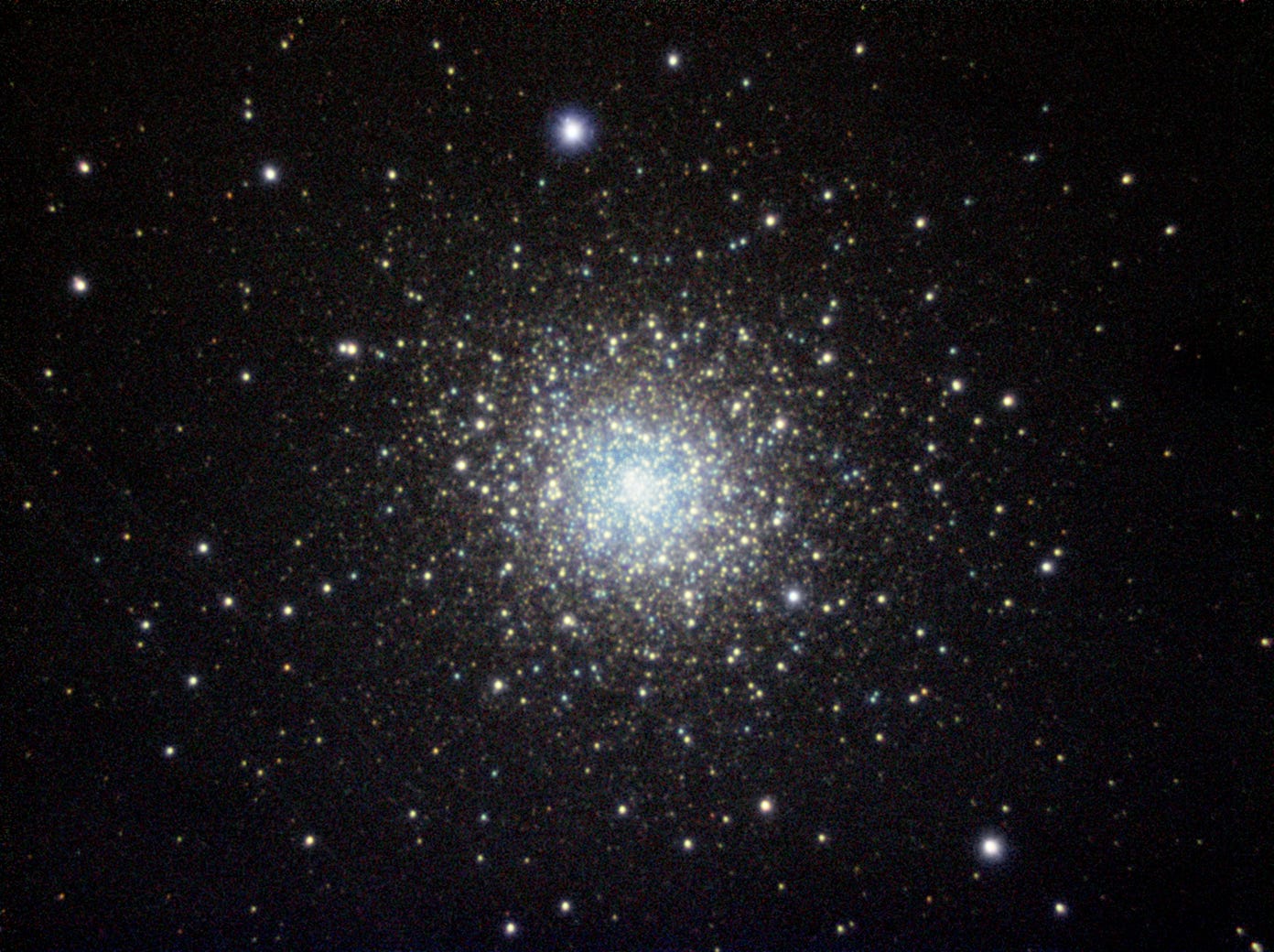
- M92, The Second Greatest Globular in Hercules, April 22, 2013
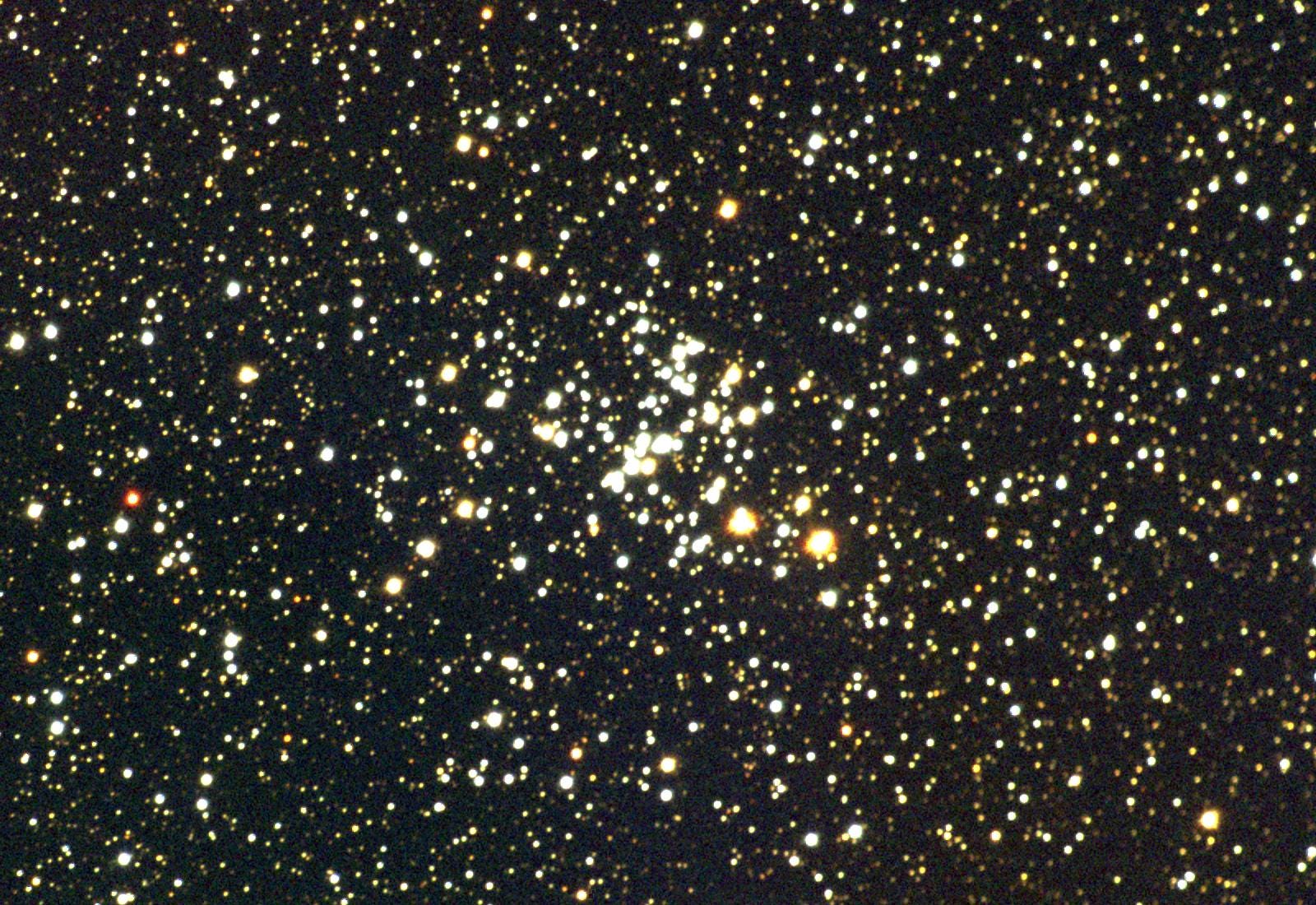
- M93, Messier’s Last Original Open Cluster, January 13, 2014
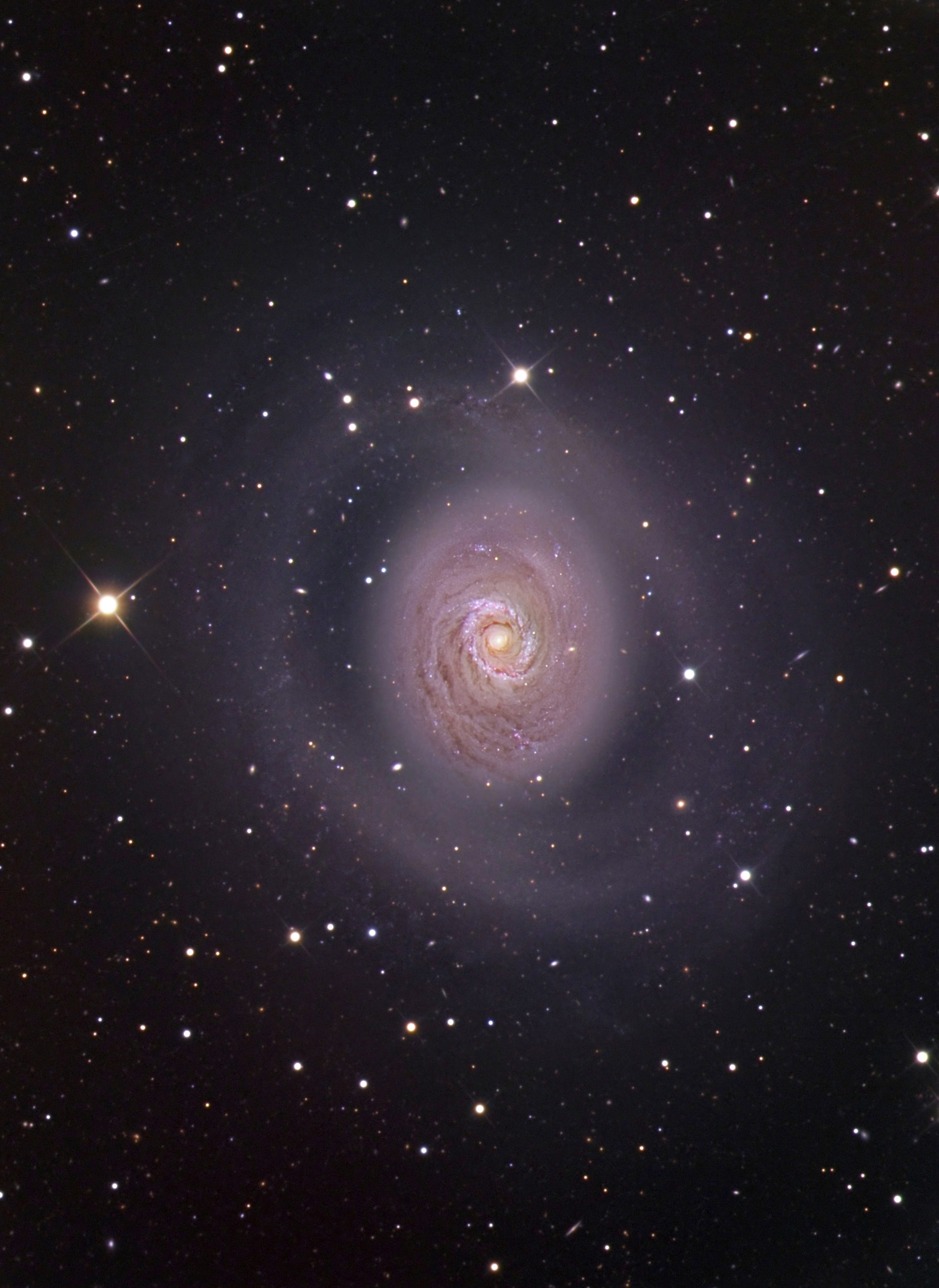
- M94, A double-ringed mystery galaxy, August 19, 2013
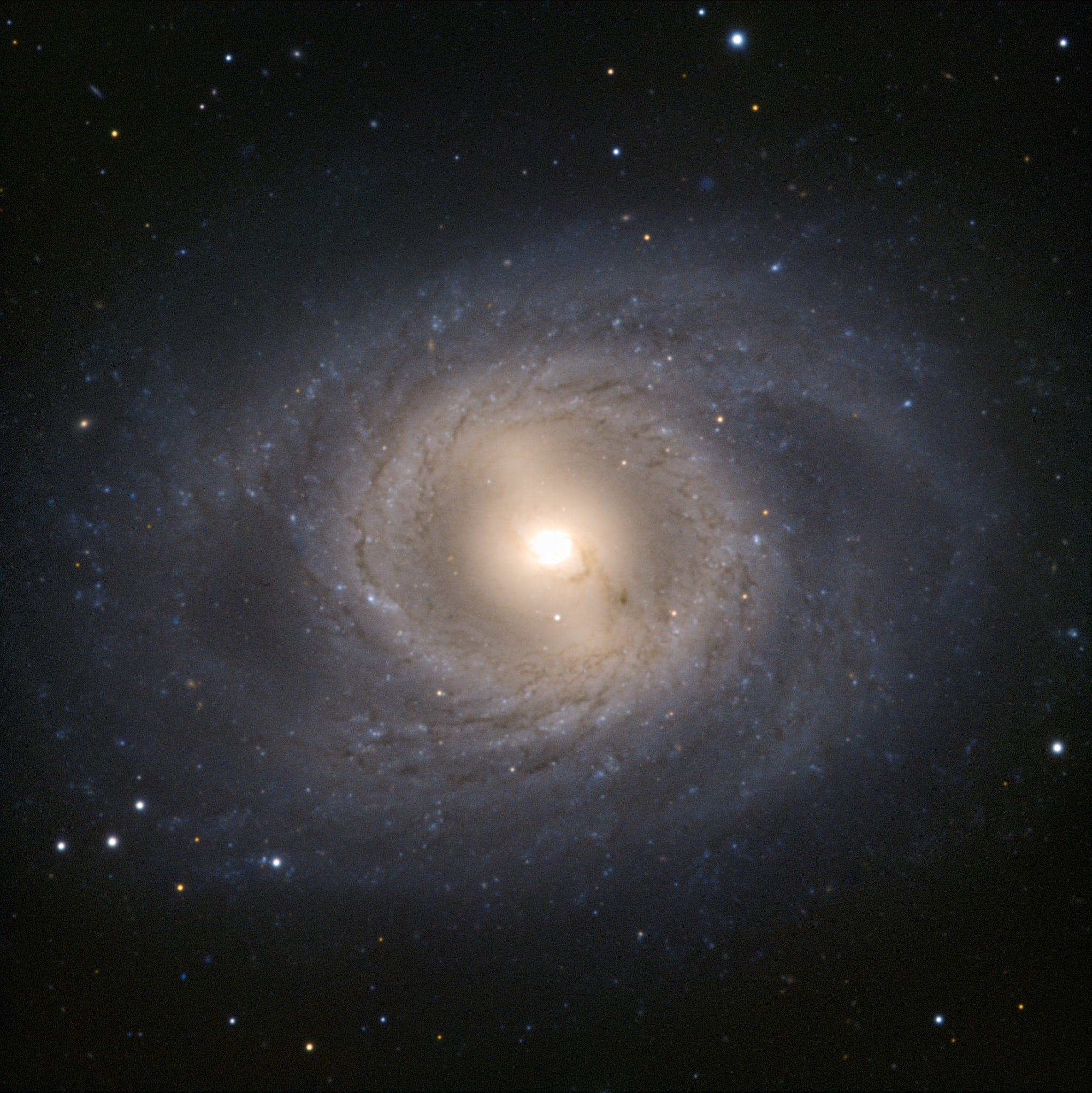
- M95, A Barred Spiral Eye Gazing At Us, January 20, 2014

- M96, A Galactic Highlight to Ring in the New Year, December 30, 2013
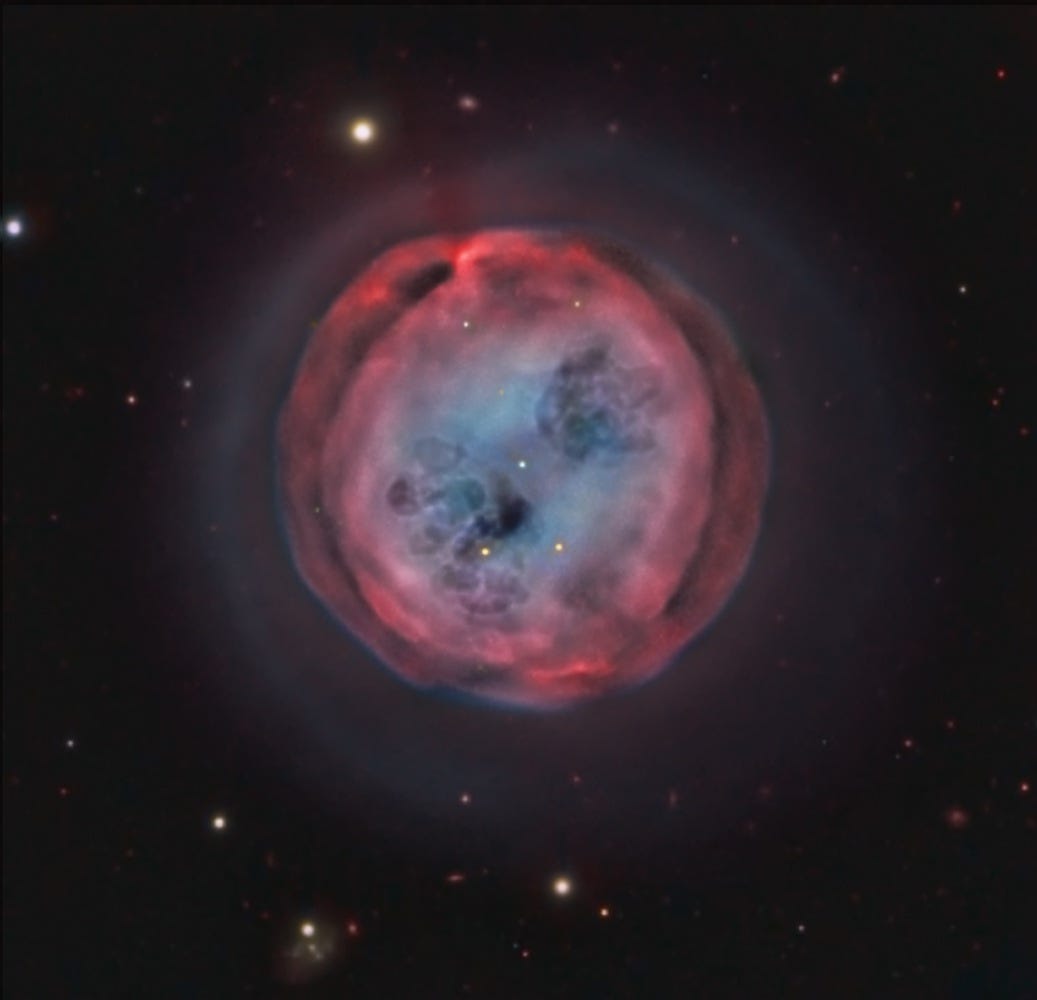
- M97, The Owl Nebula, January 28, 2013
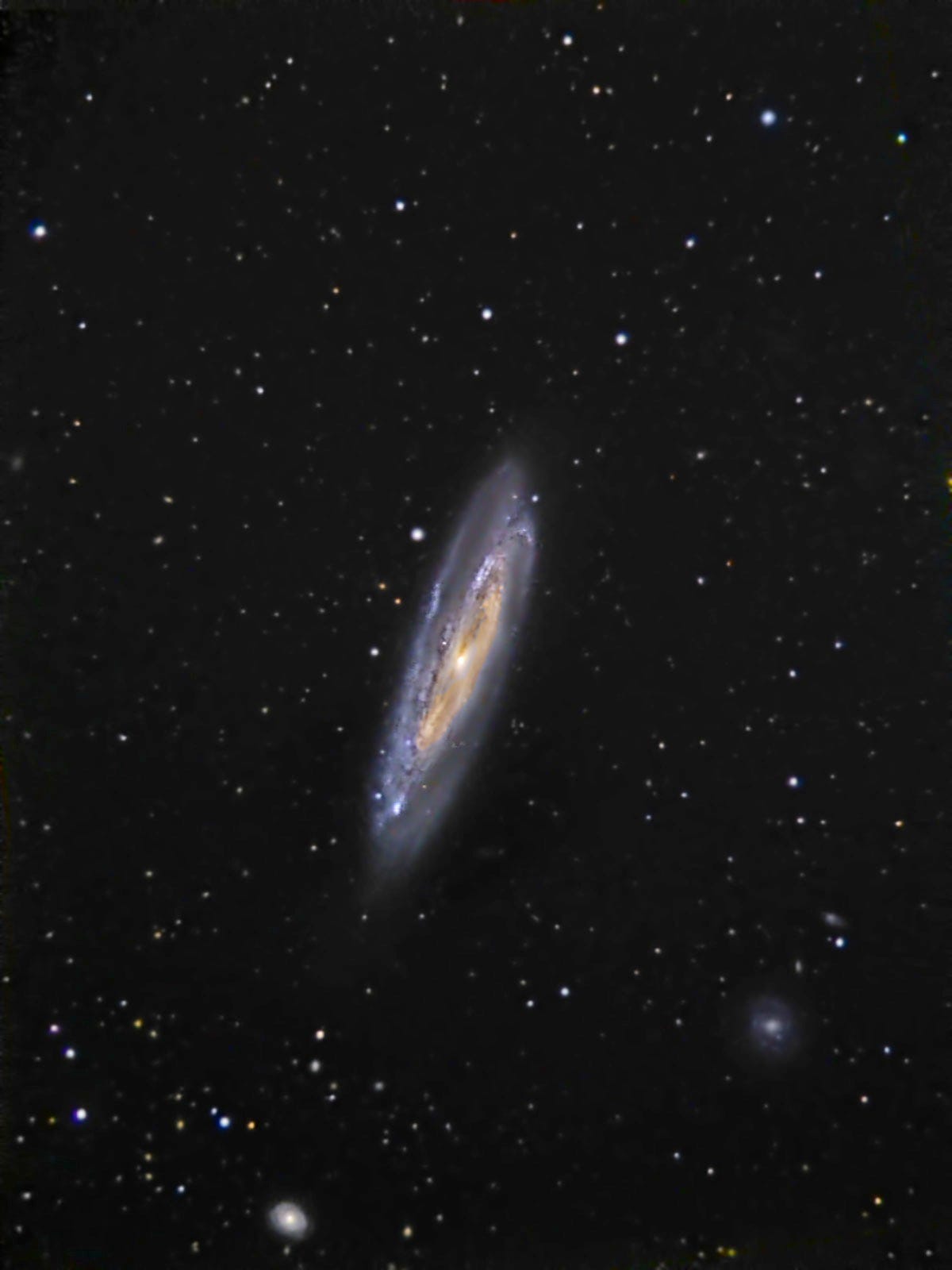
- M98, A Spiral Sliver Headed Our Way, March 10, 2014
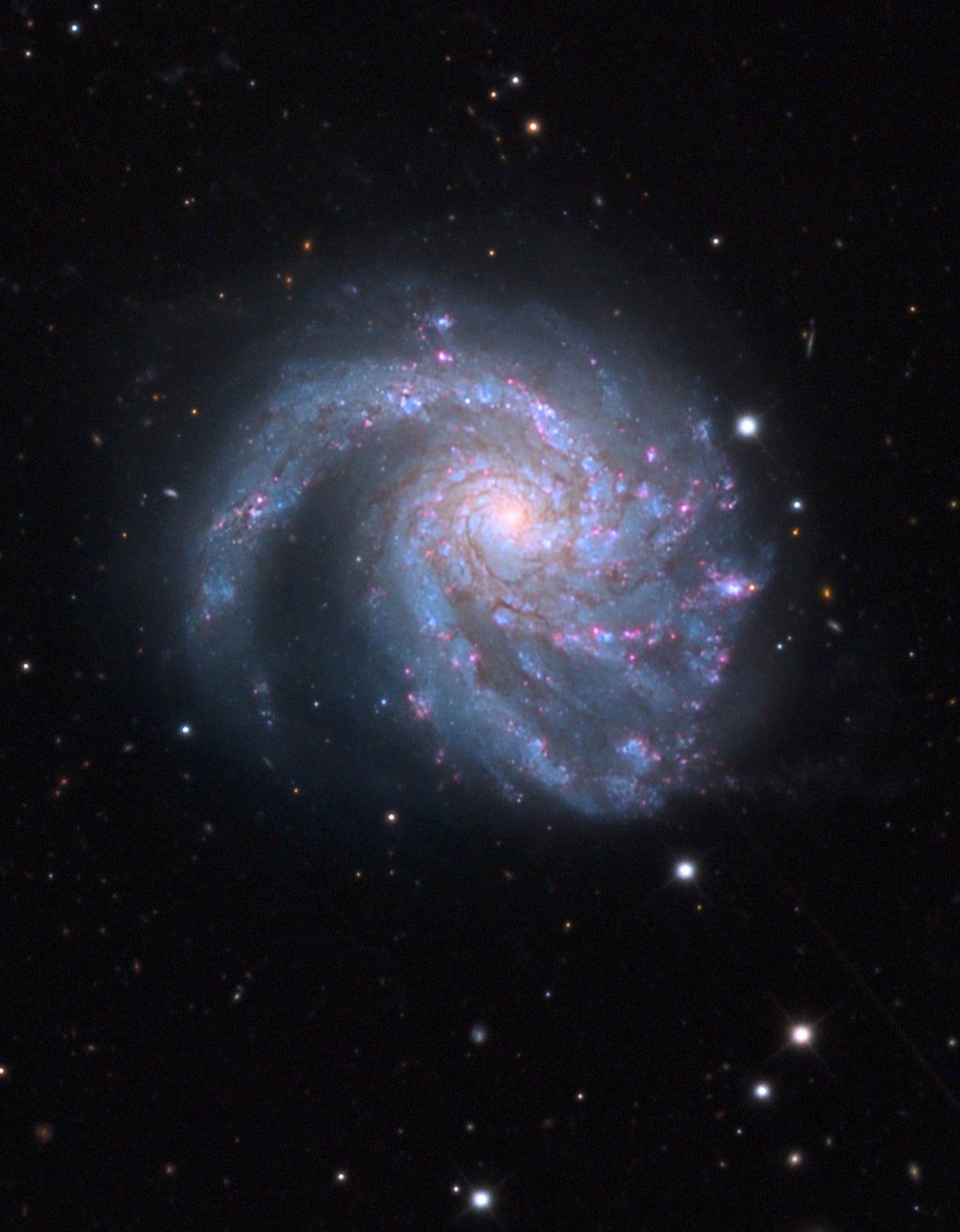
- M99, The Great Pinwheel of Virgo, July 29, 2013
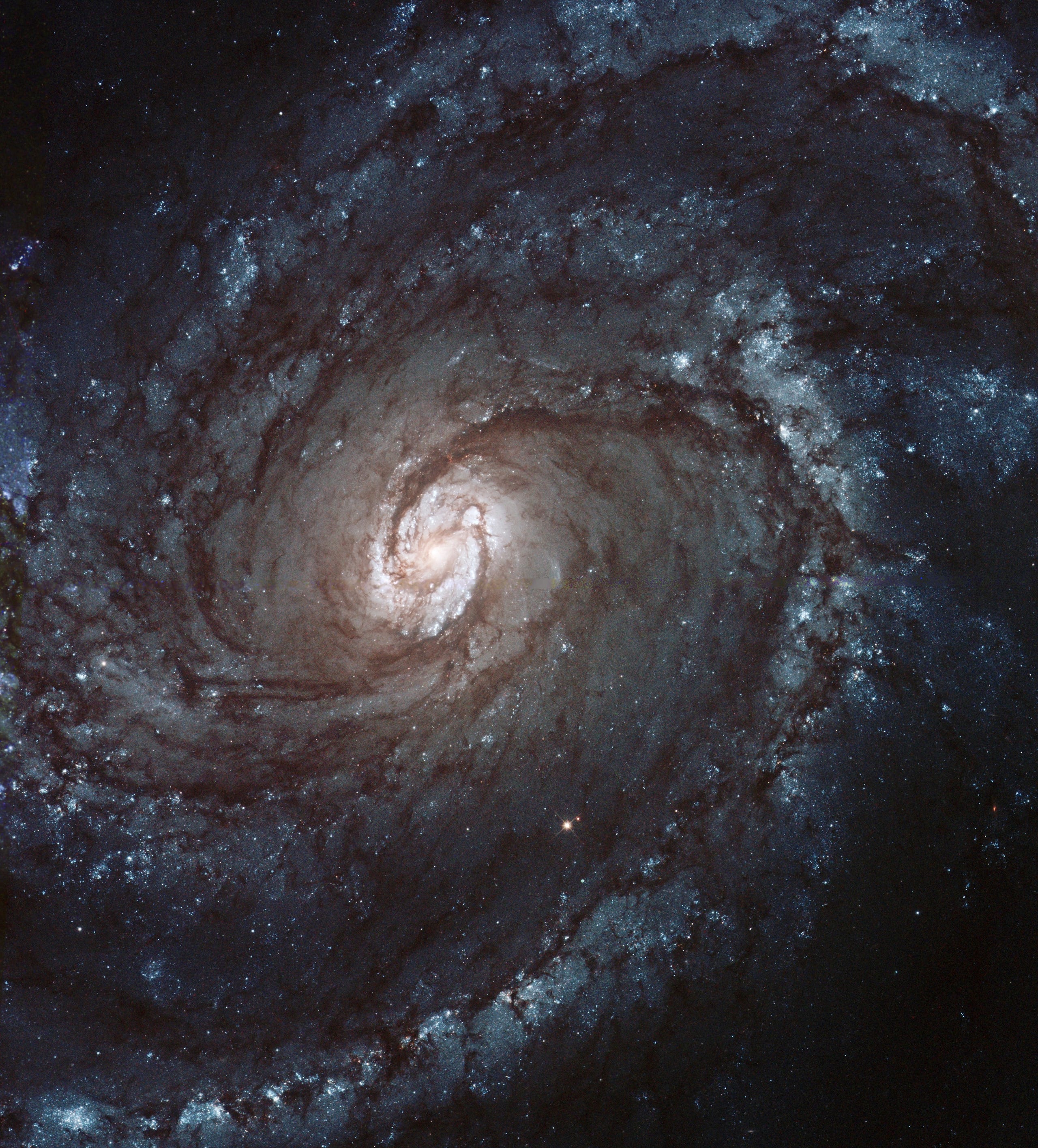
- M100, Virgo’s Final Galaxy, July 28, 2014
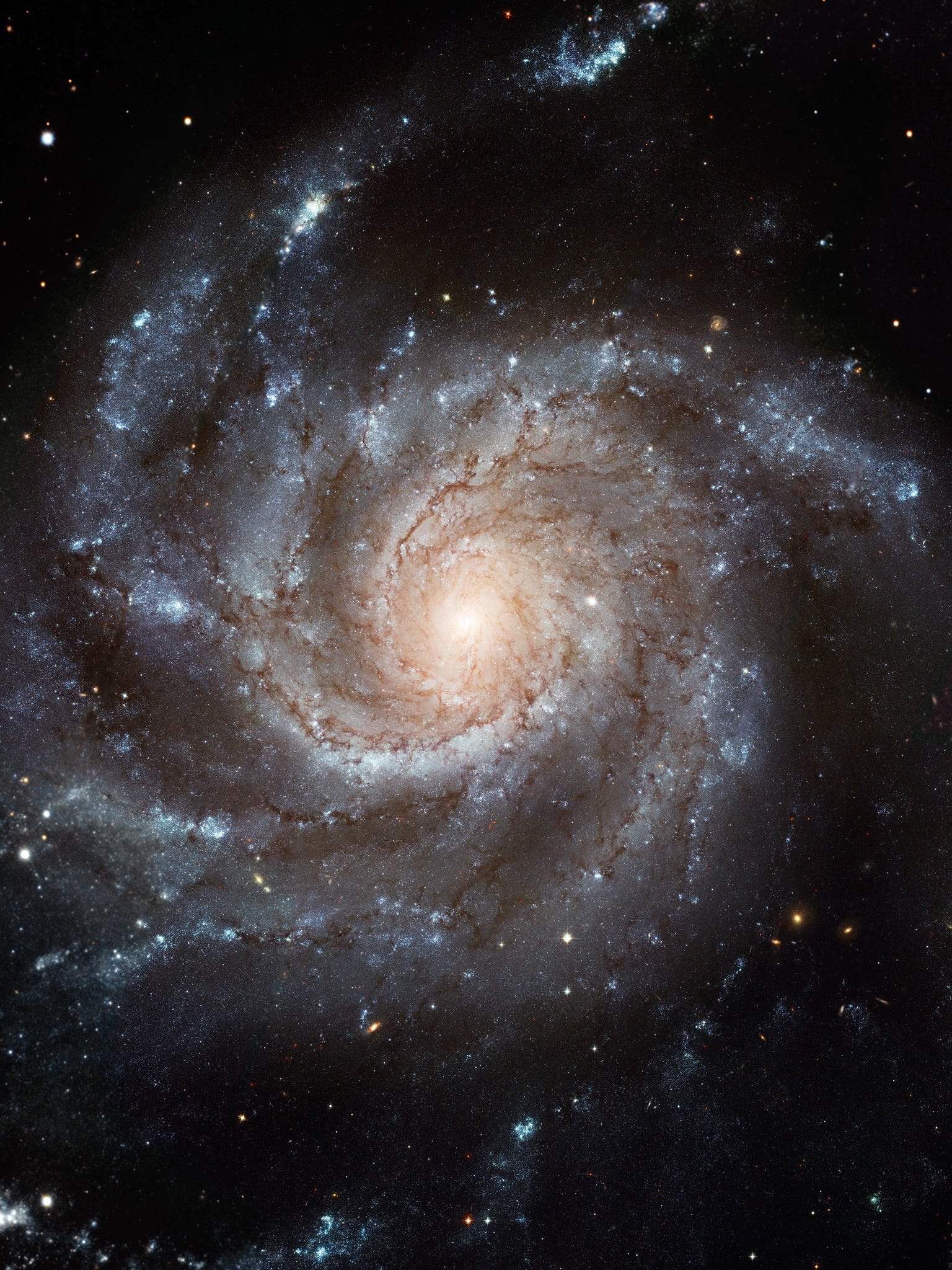
- M101, The Pinwheel Galaxy, October 28, 2013
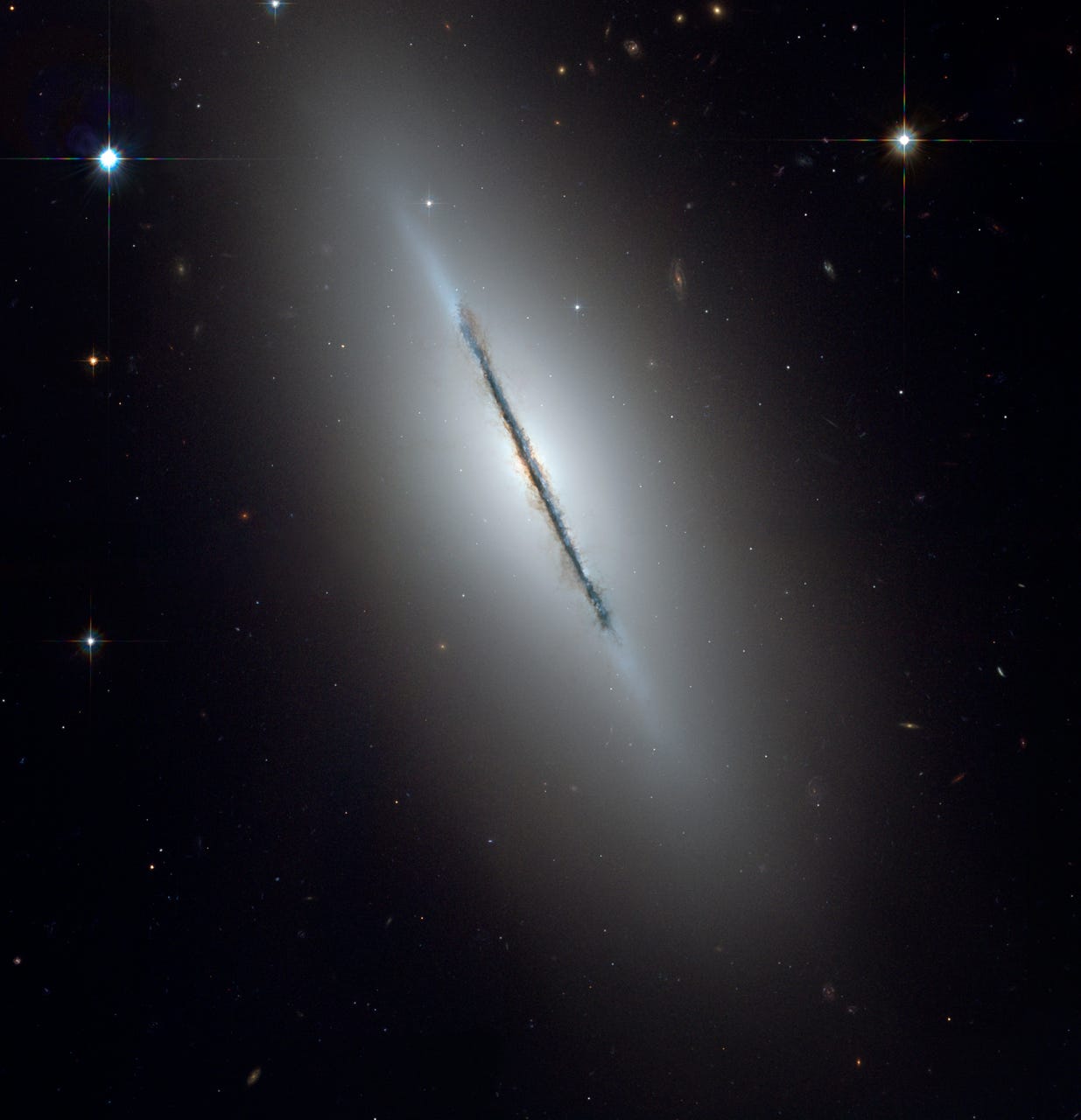
- M102, A Great Galactic Controversy: December 17, 2012
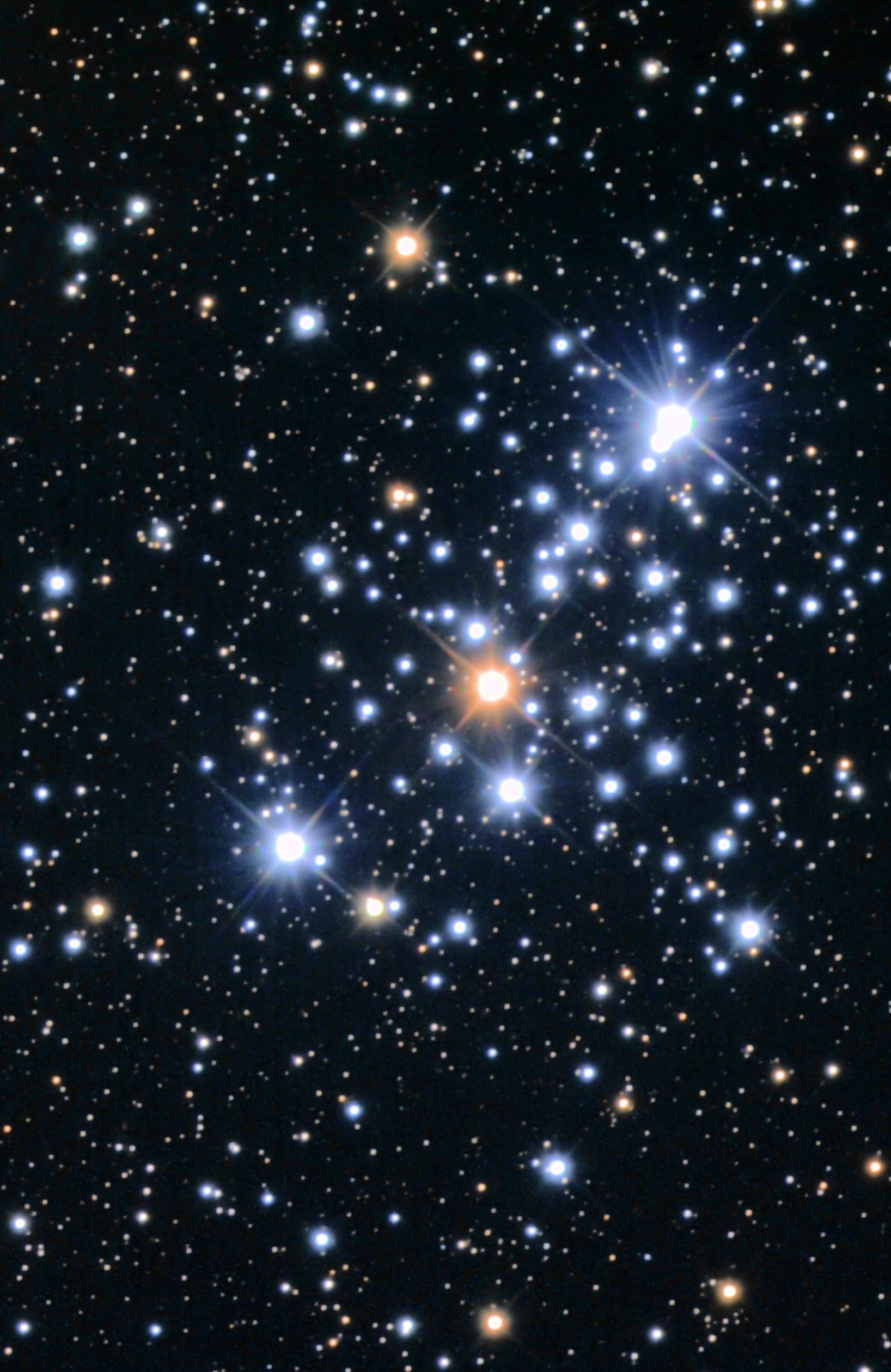
- M103, The Last ‘Original’ Object: September 16, 2013
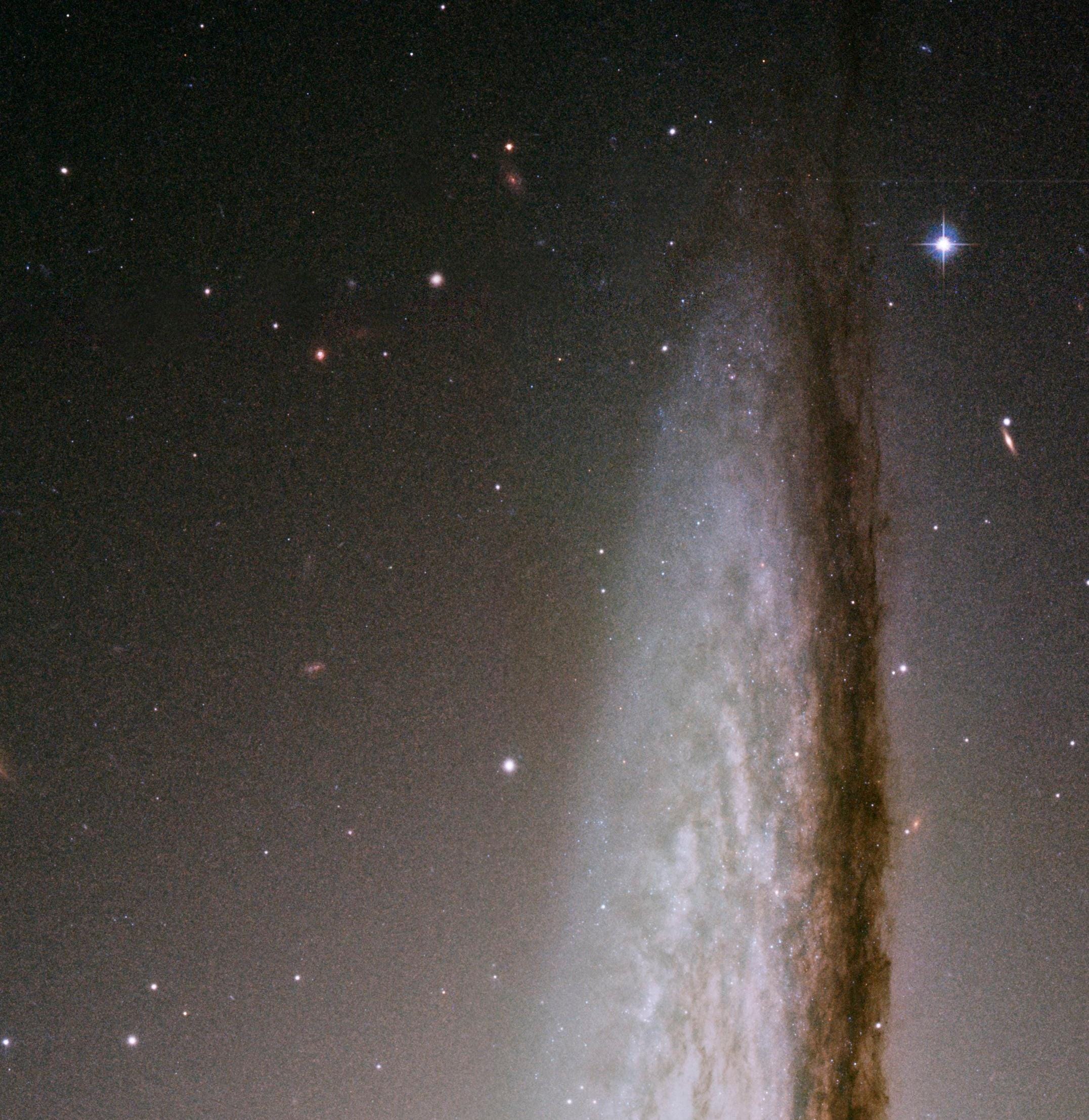
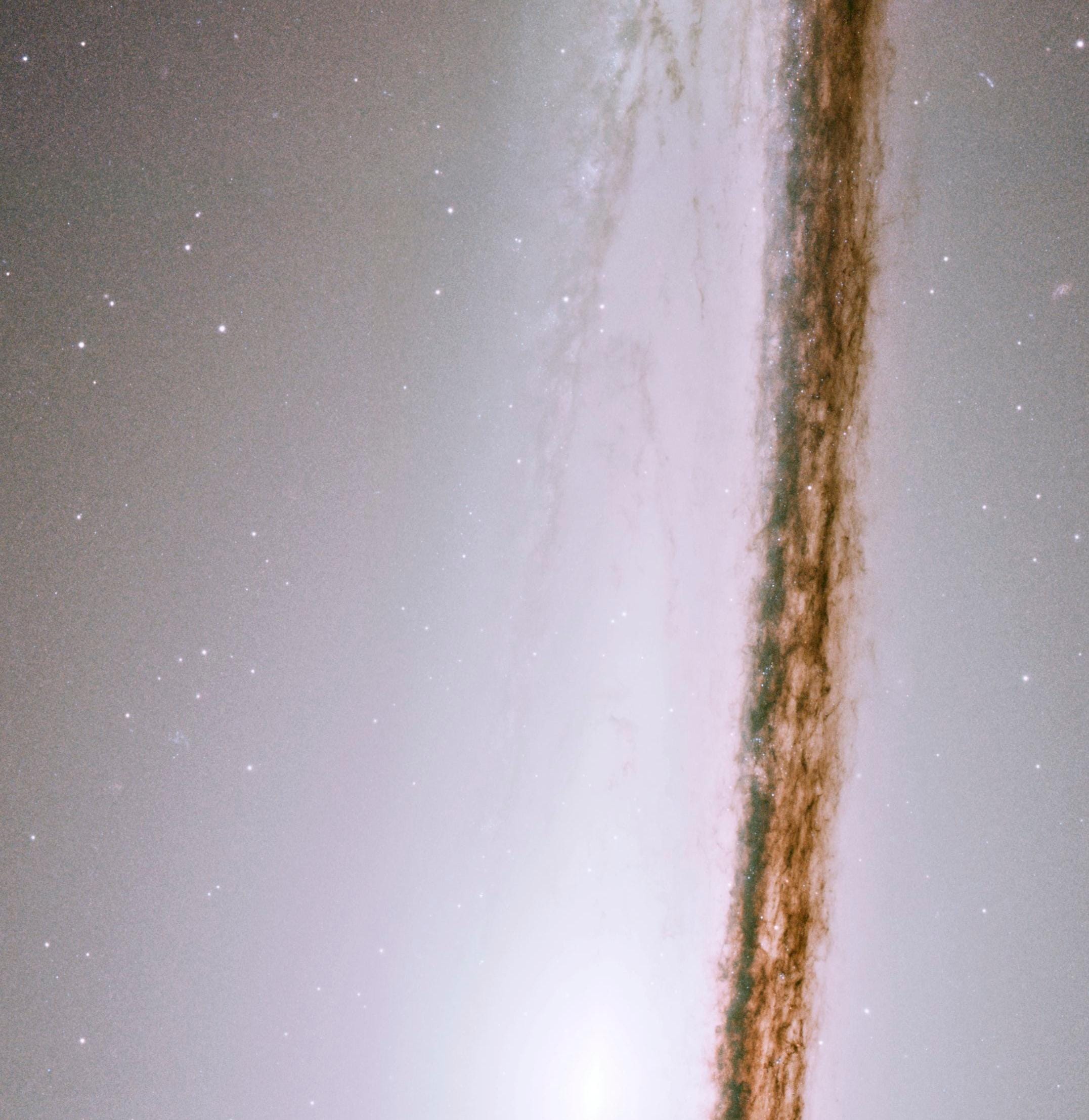
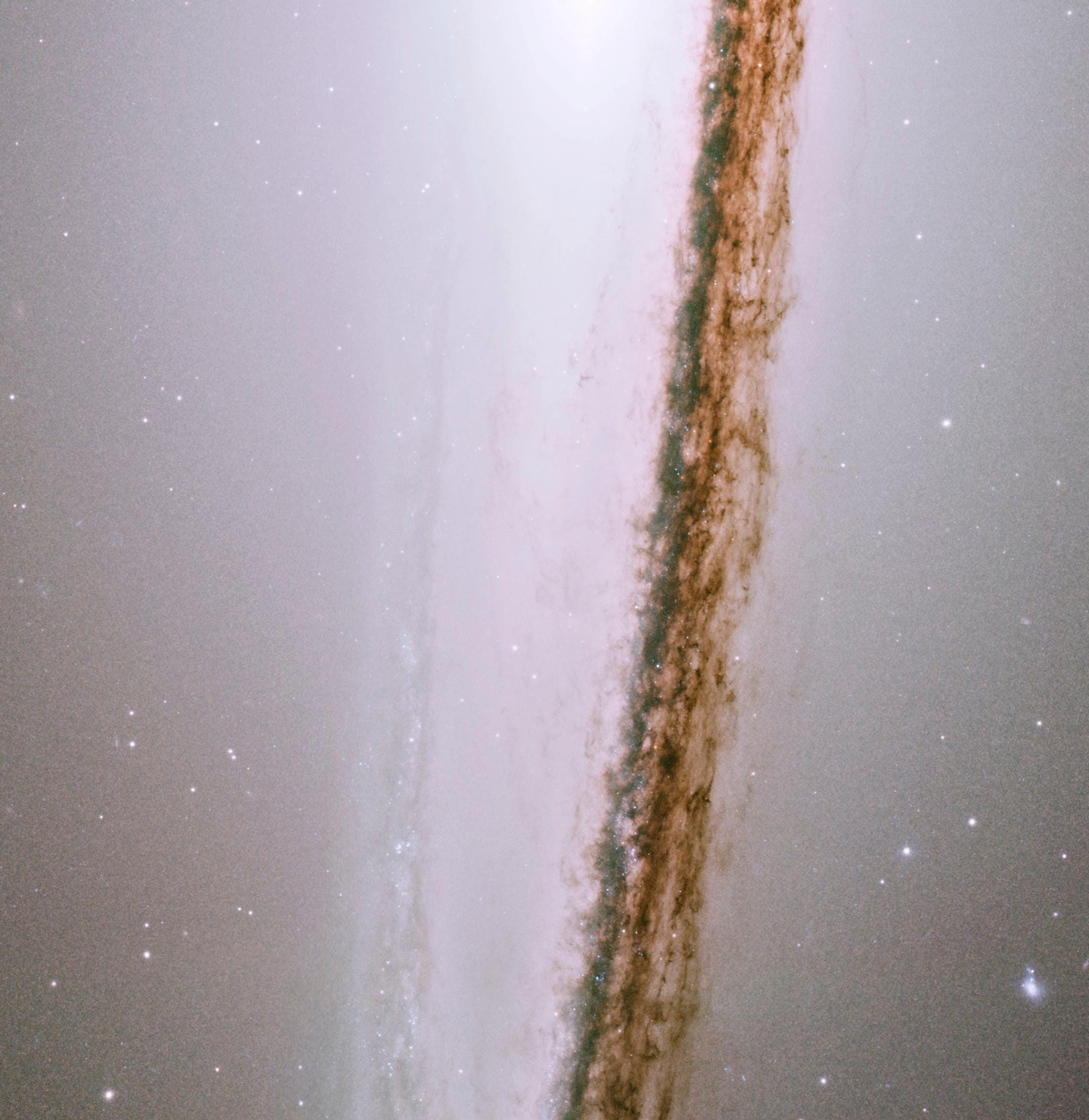
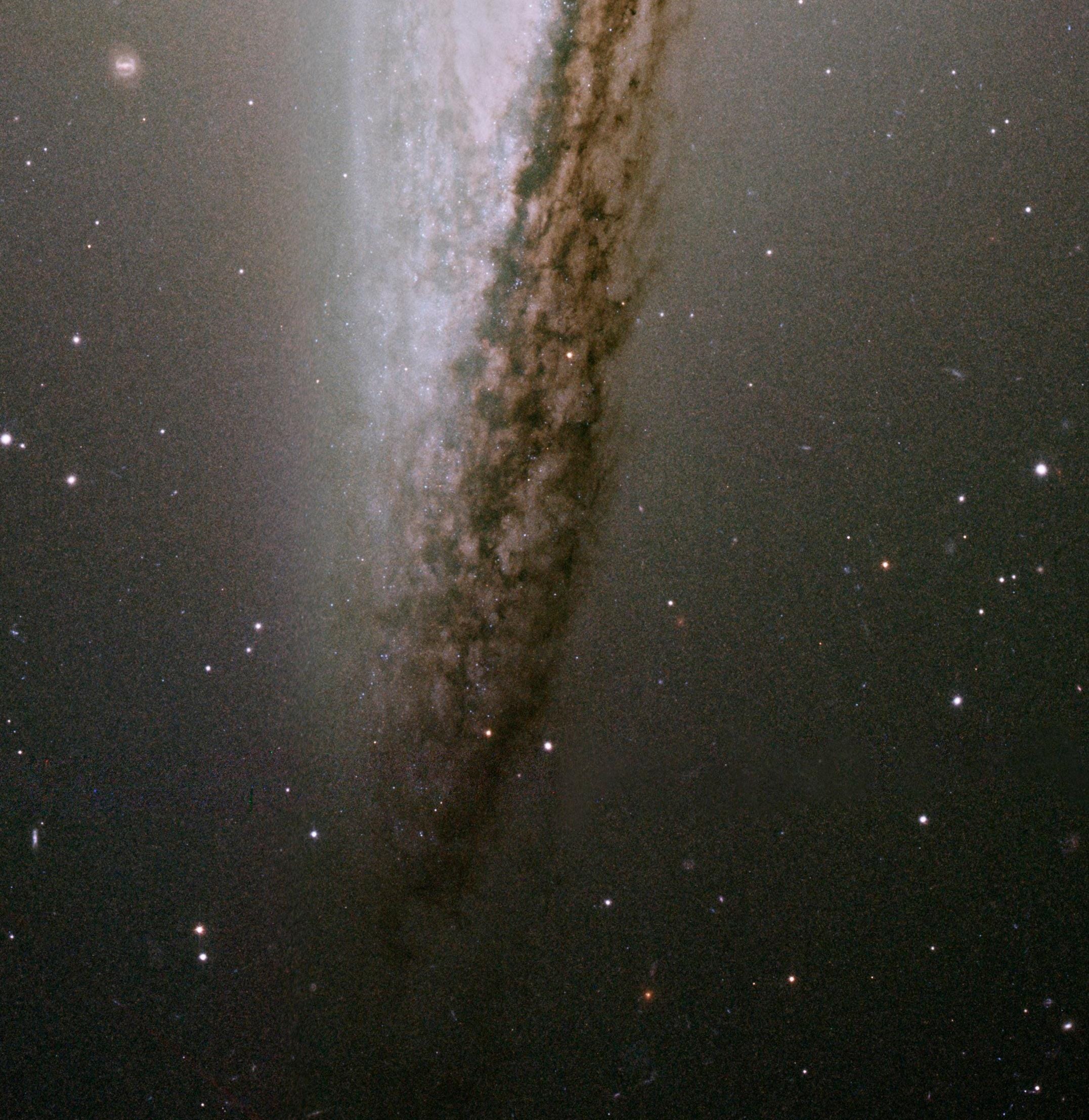
- M104, The Sombrero Galaxy: May 27, 2013
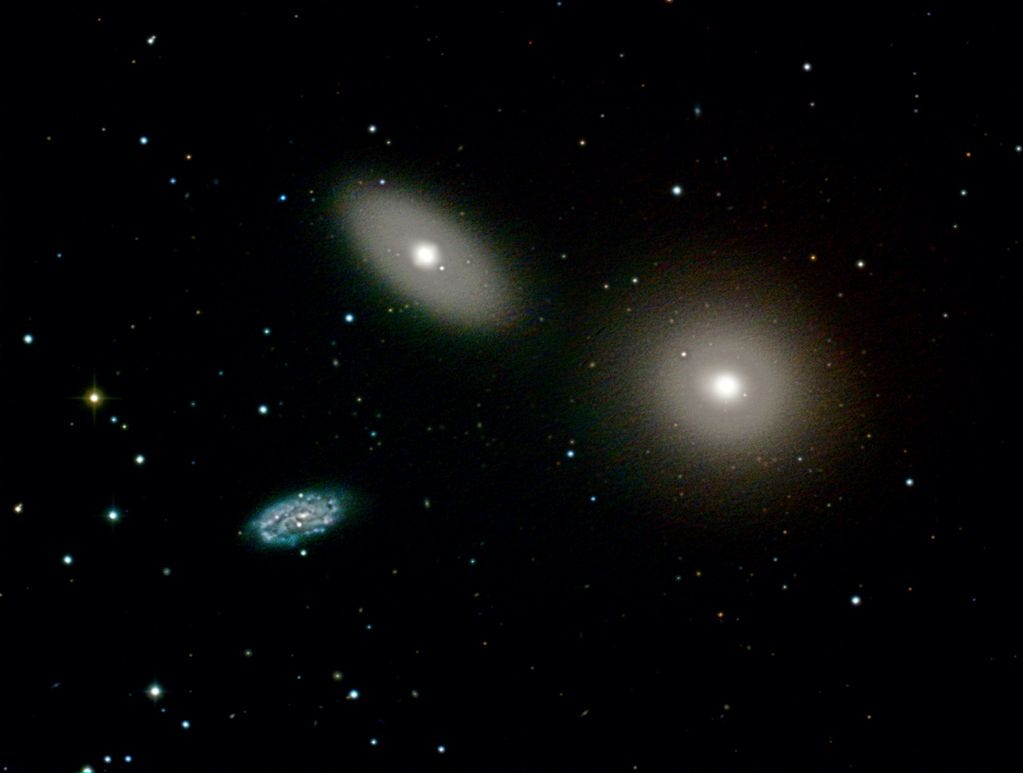
- M105, A Most Unusual Elliptical: April 21, 2014
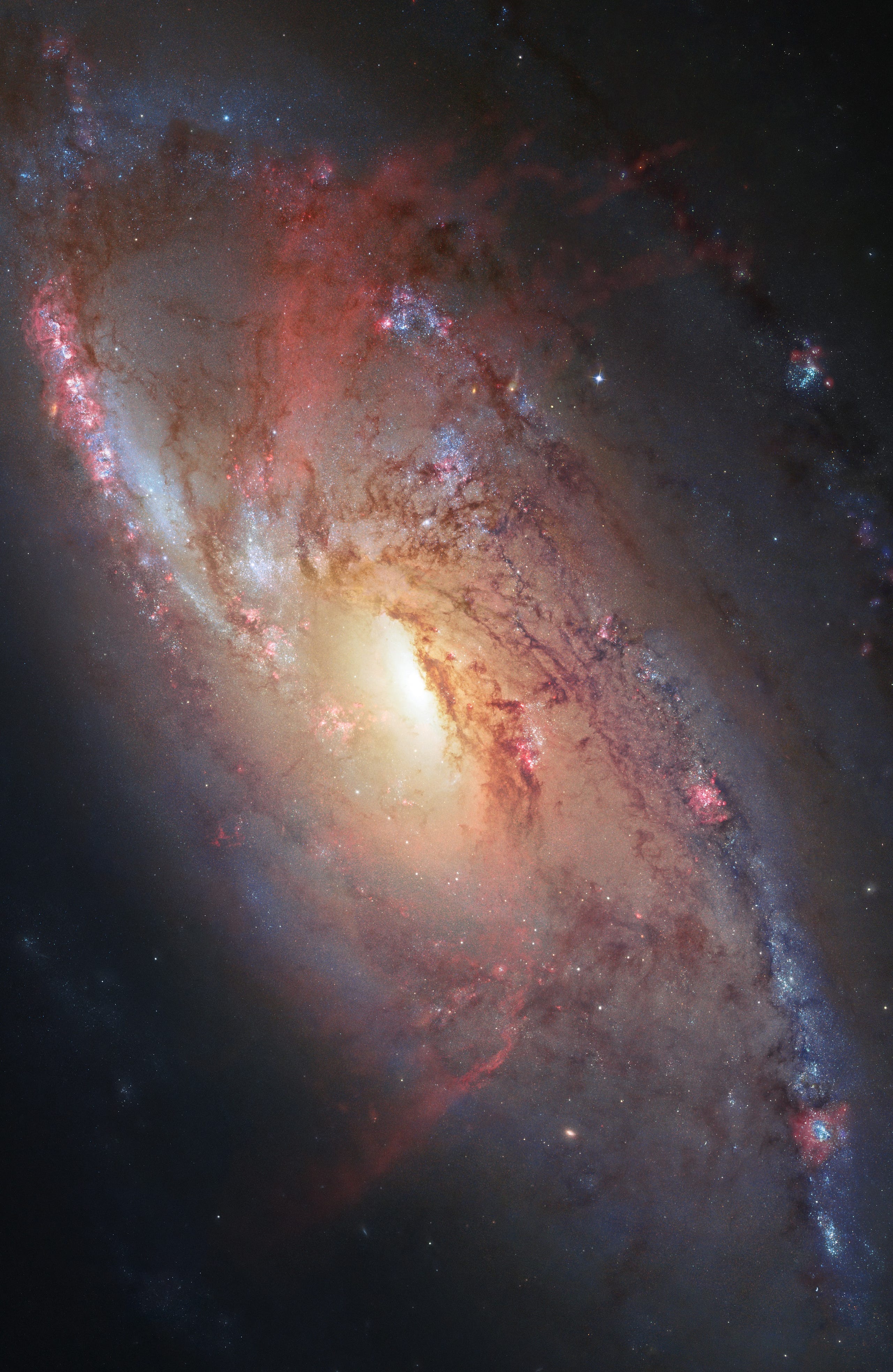
- M106, A Spiral with an Active Black Hole: December 9, 2013

- M107, The Globular that Almost Didn’t Make it: June 2, 2014
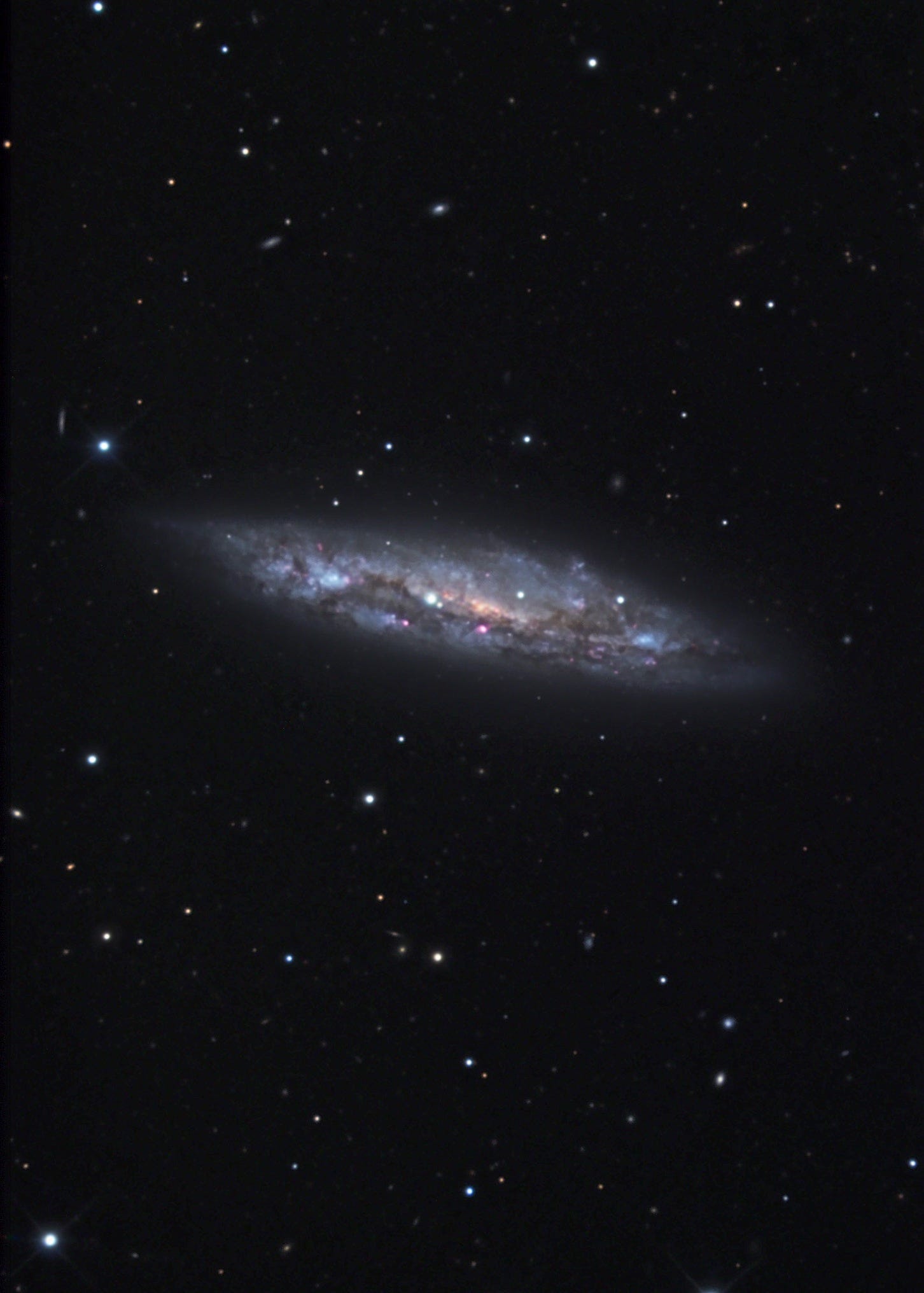
- M108, A Galactic Sliver in the Big Dipper: July 22, 2013
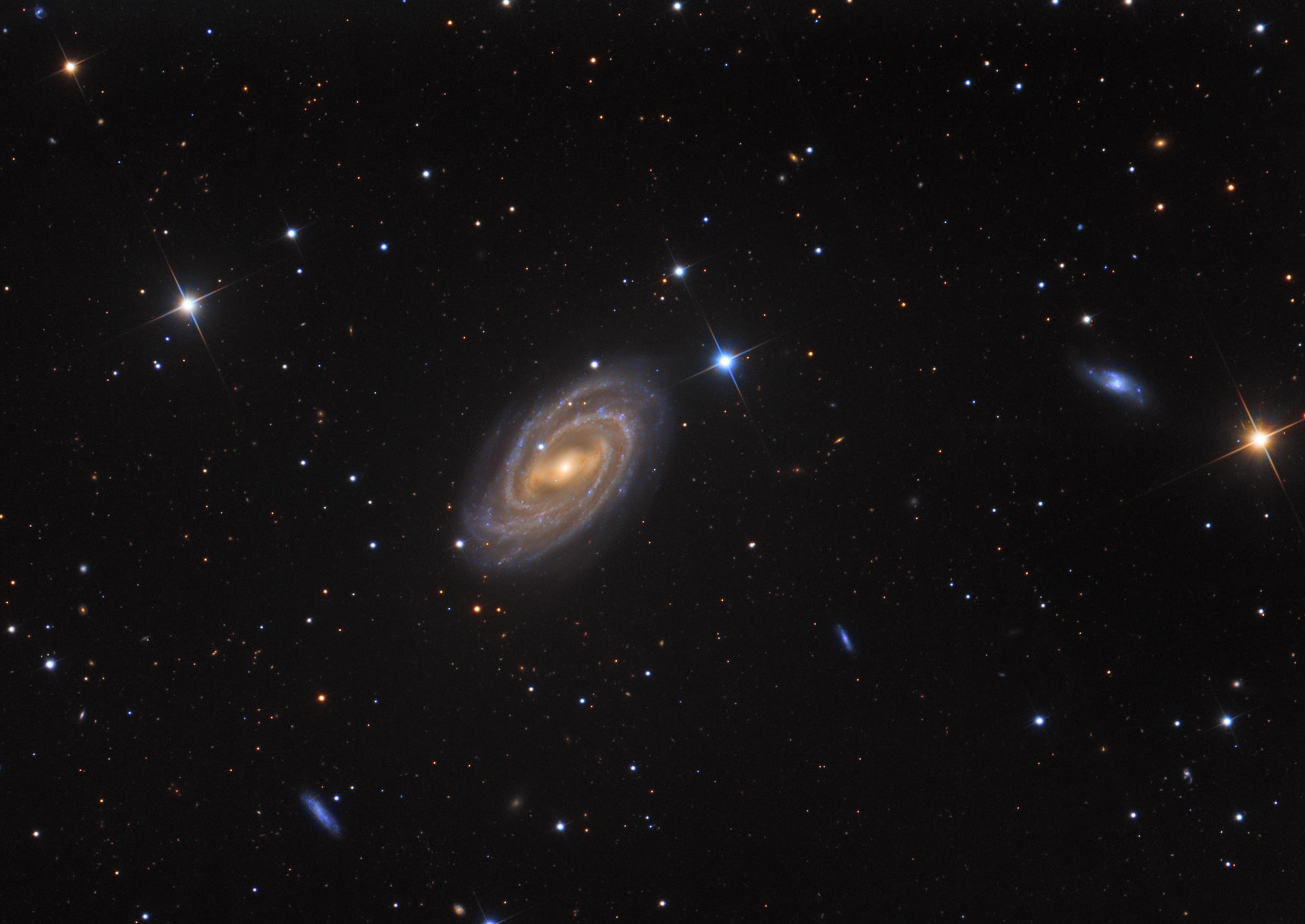
- M109, The Farthest Messier Spiral: September 30, 2013
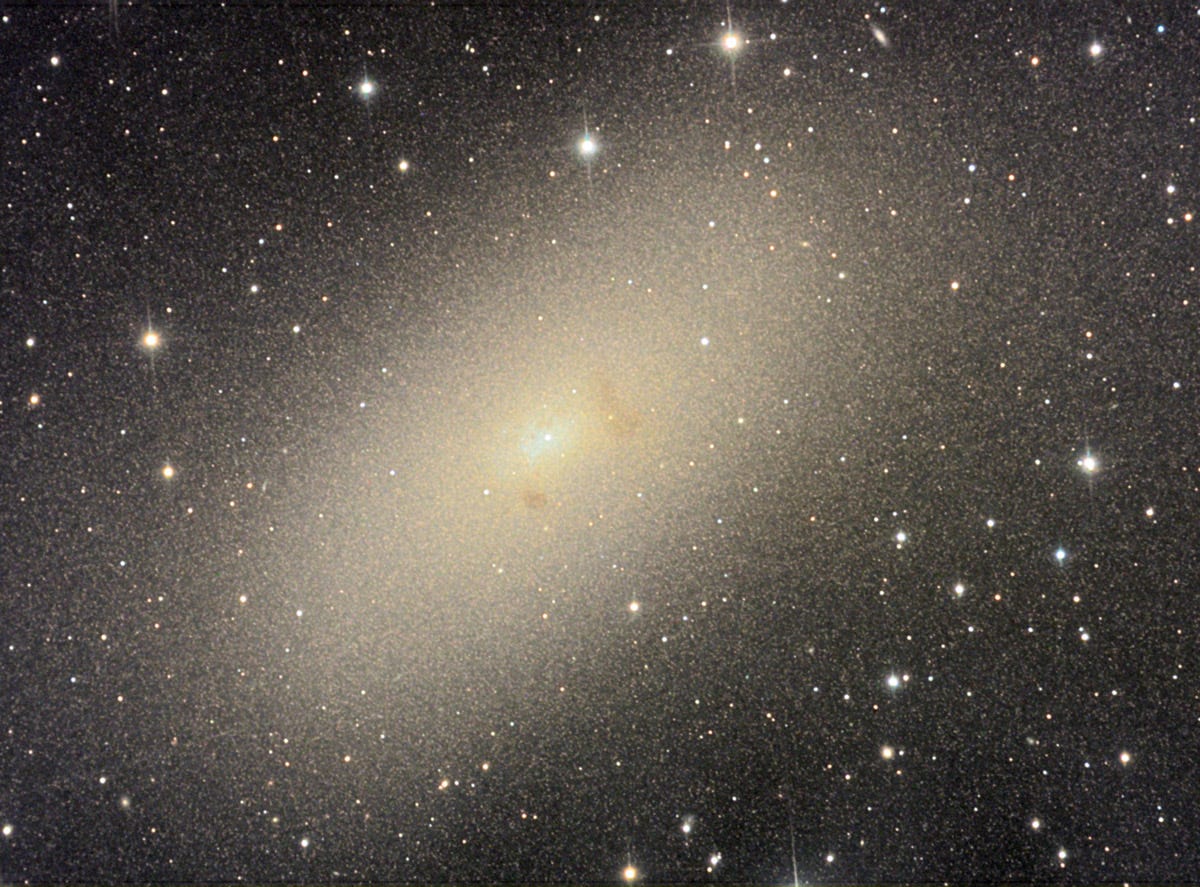
- M110, Messier’s Final Galaxy: October 27, 2014
It’s easy to simply say thing like “oh, another star cluster” or “big deal, another globular,” but if you take the time to actually peer into, examine and learn about each one, you start to very quickly see how diverse and varied each type of object can be. That glimpse into what this Universe is truly like, and how the laws of nature and the particles that exist come together to form all that we can perceive is what science is all about.
I hope you enjoyed this journey through the first major astronomical catalogue, and hope you’ll continue to join me for the next part of the journey. We’re just getting started!
Leave your comments at the Starts With A Bang forum on Scienceblogs!





